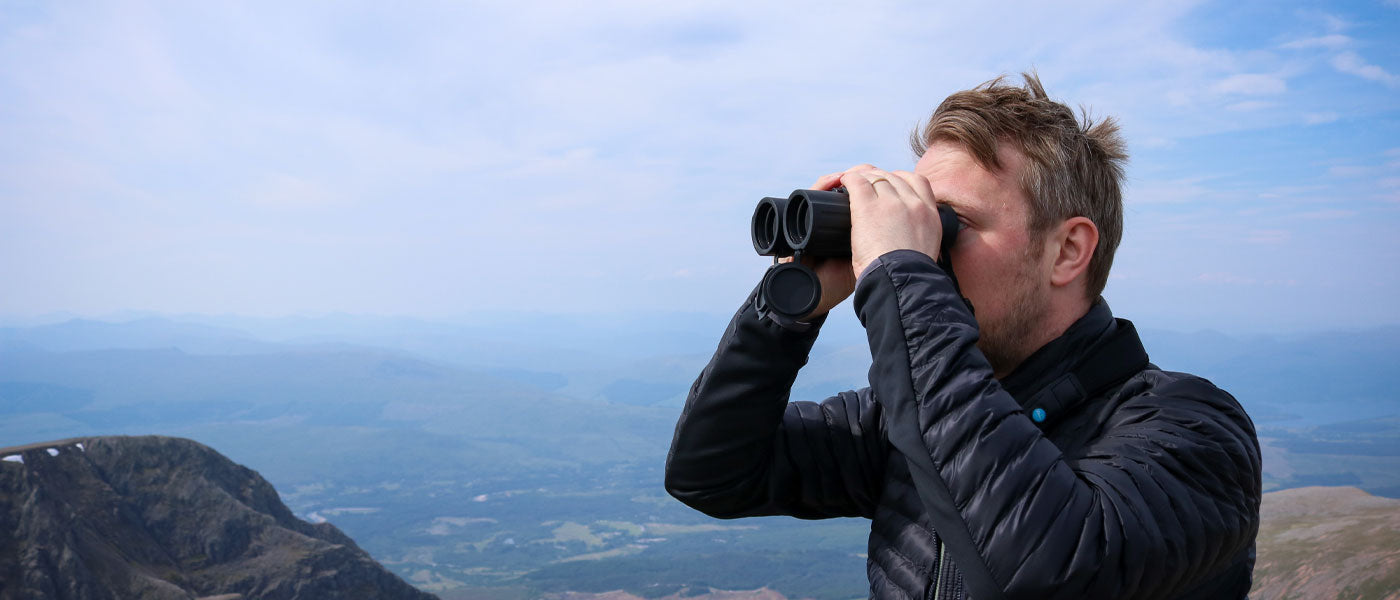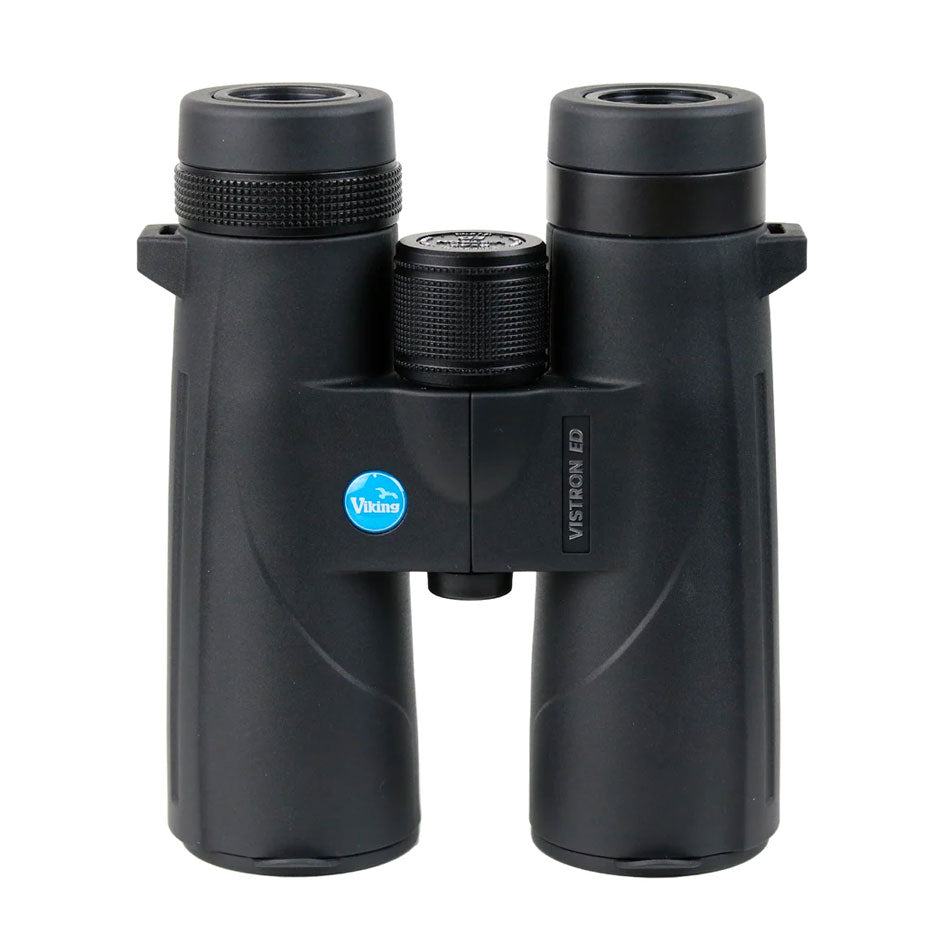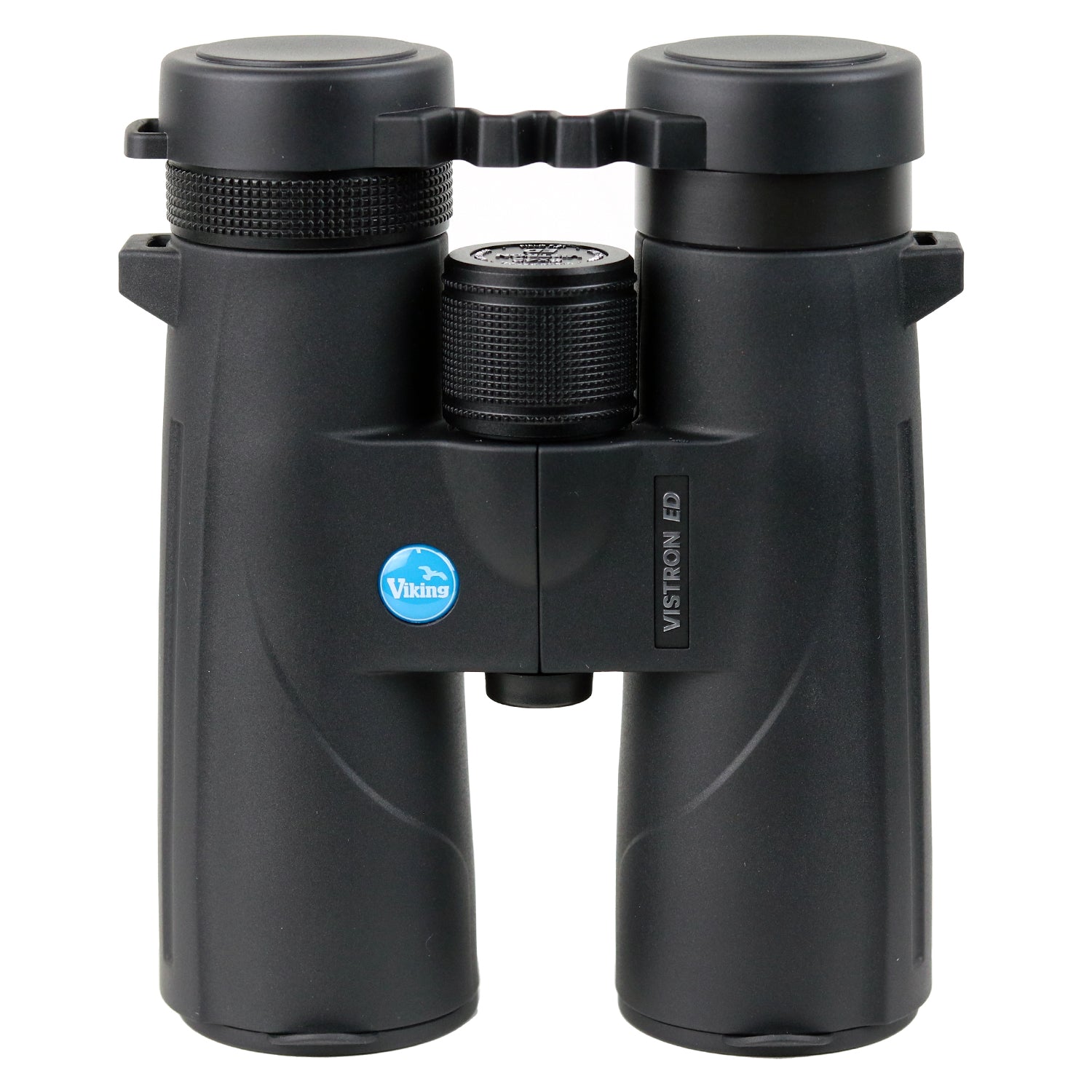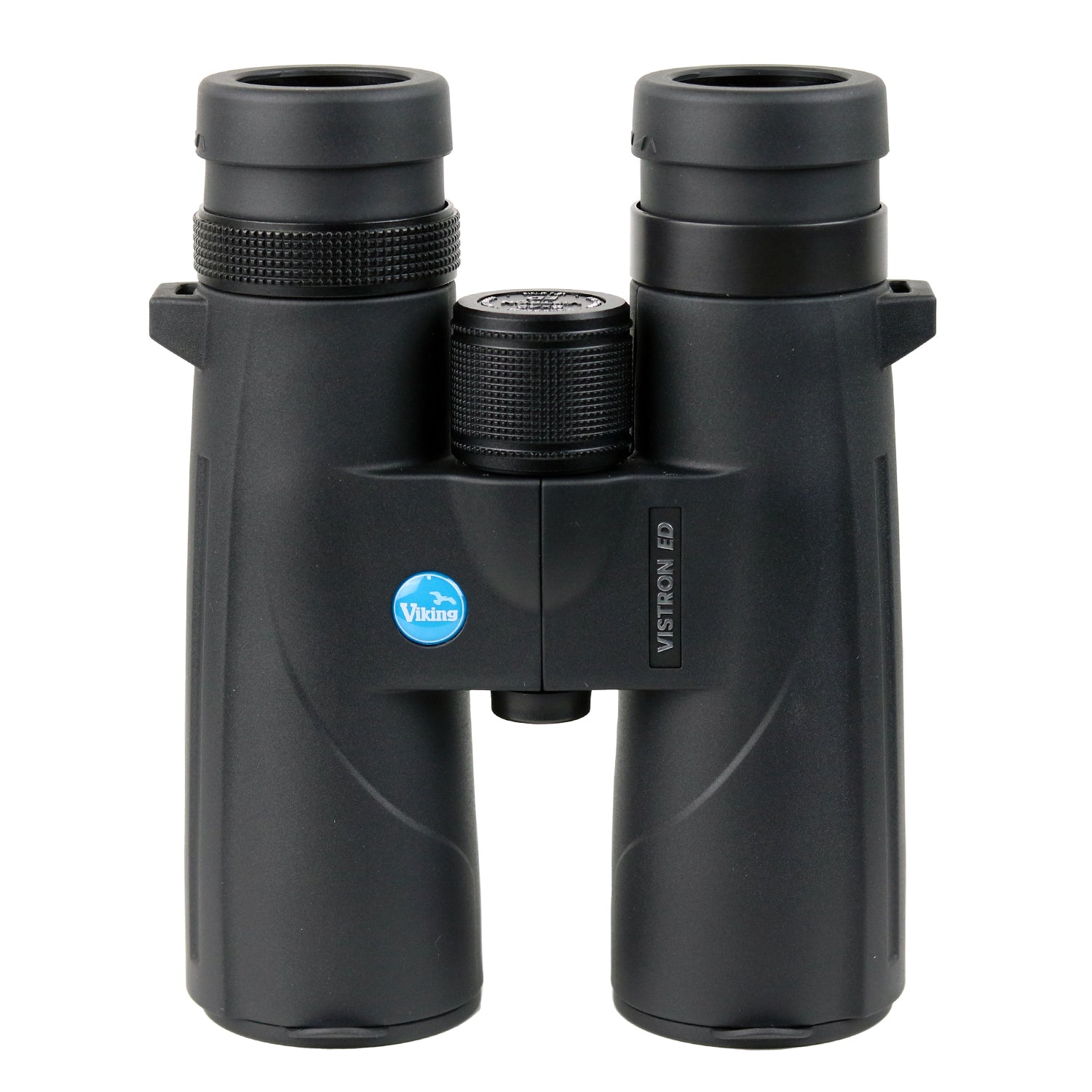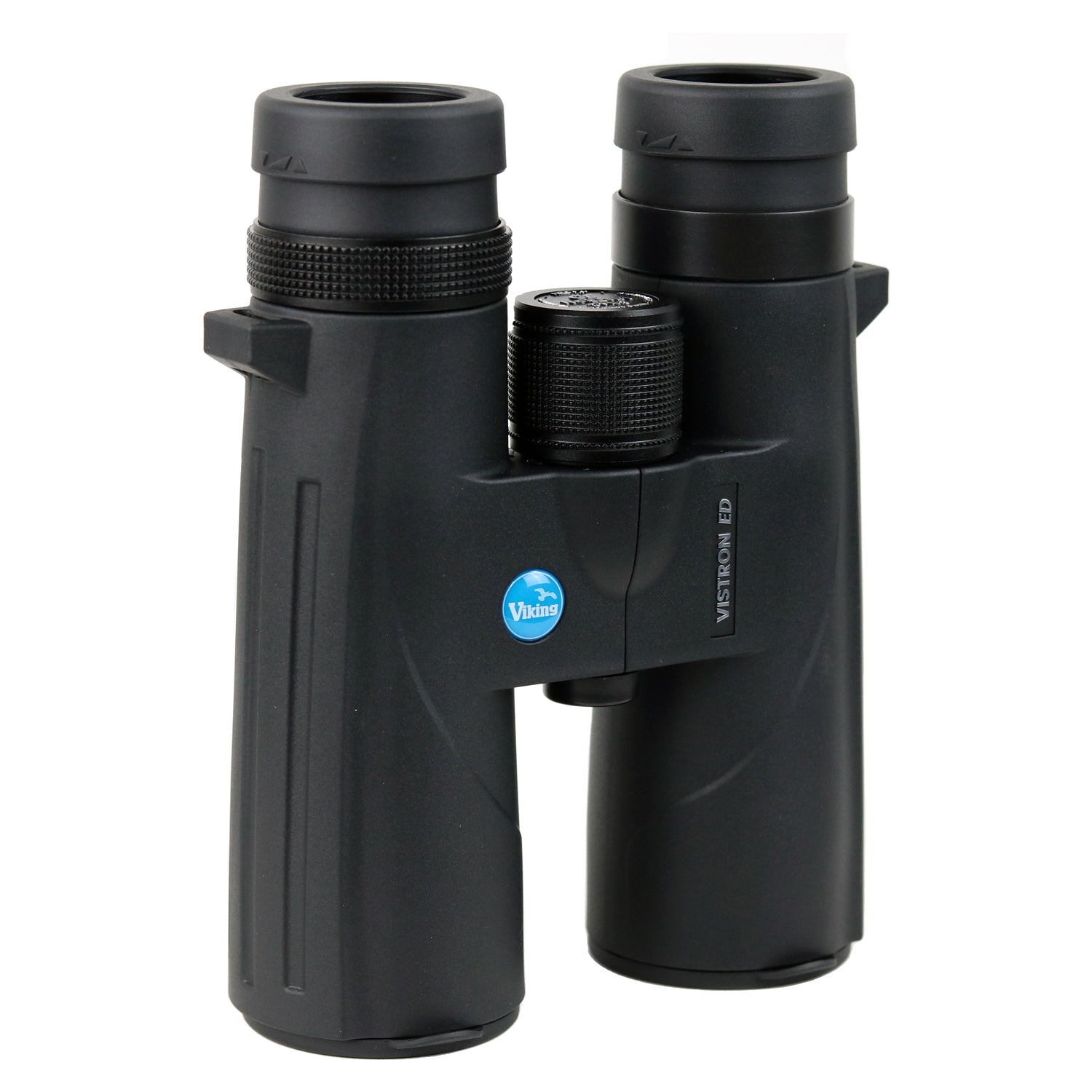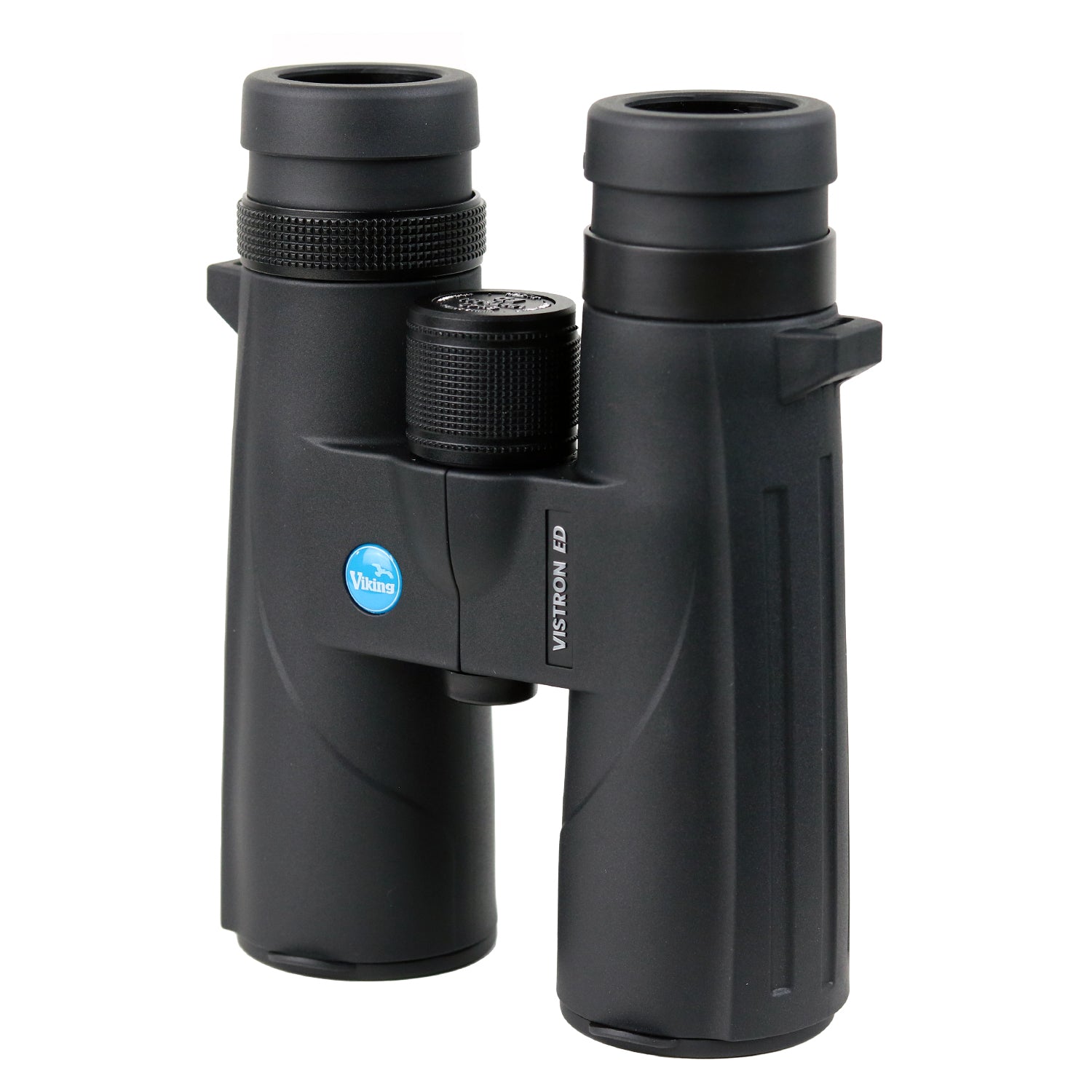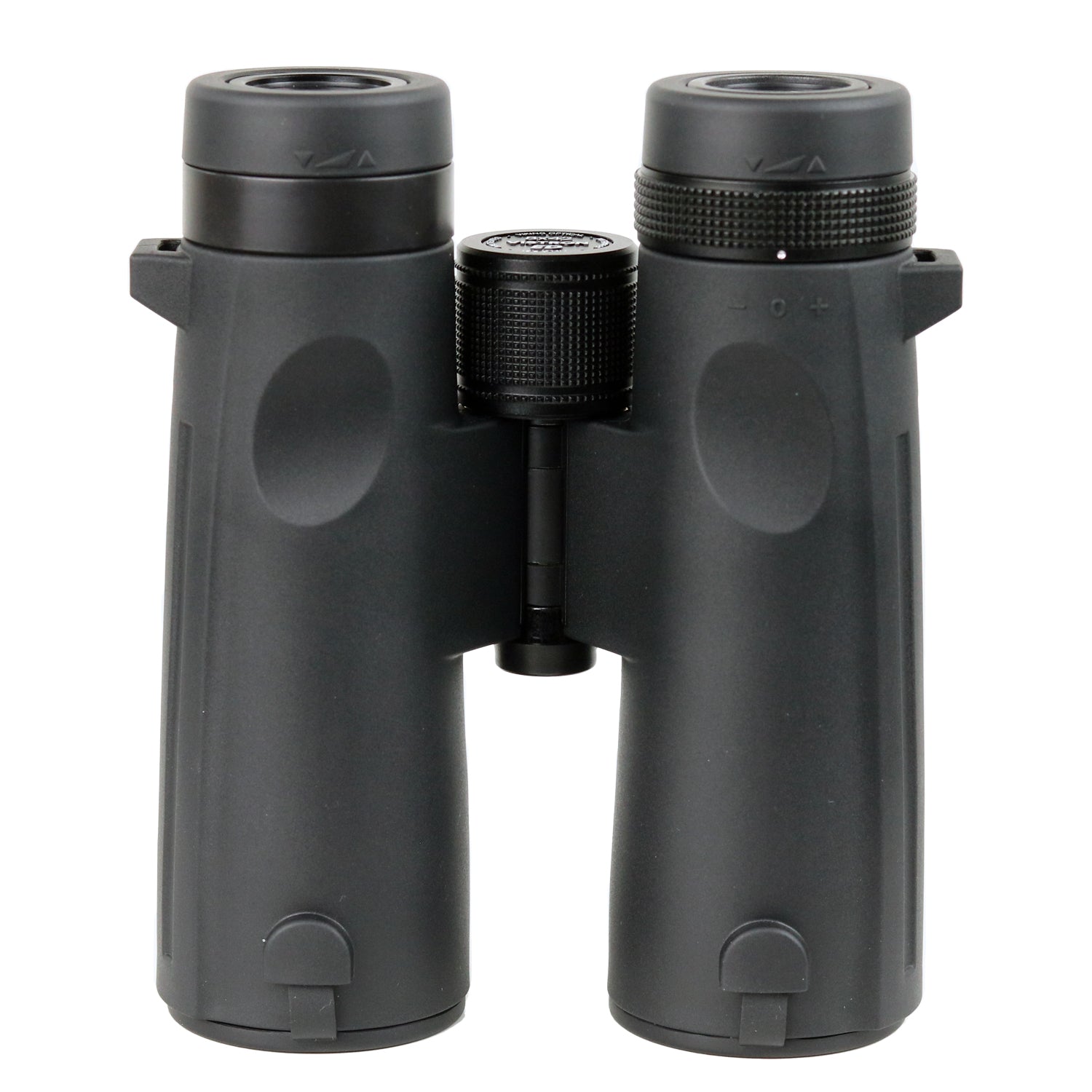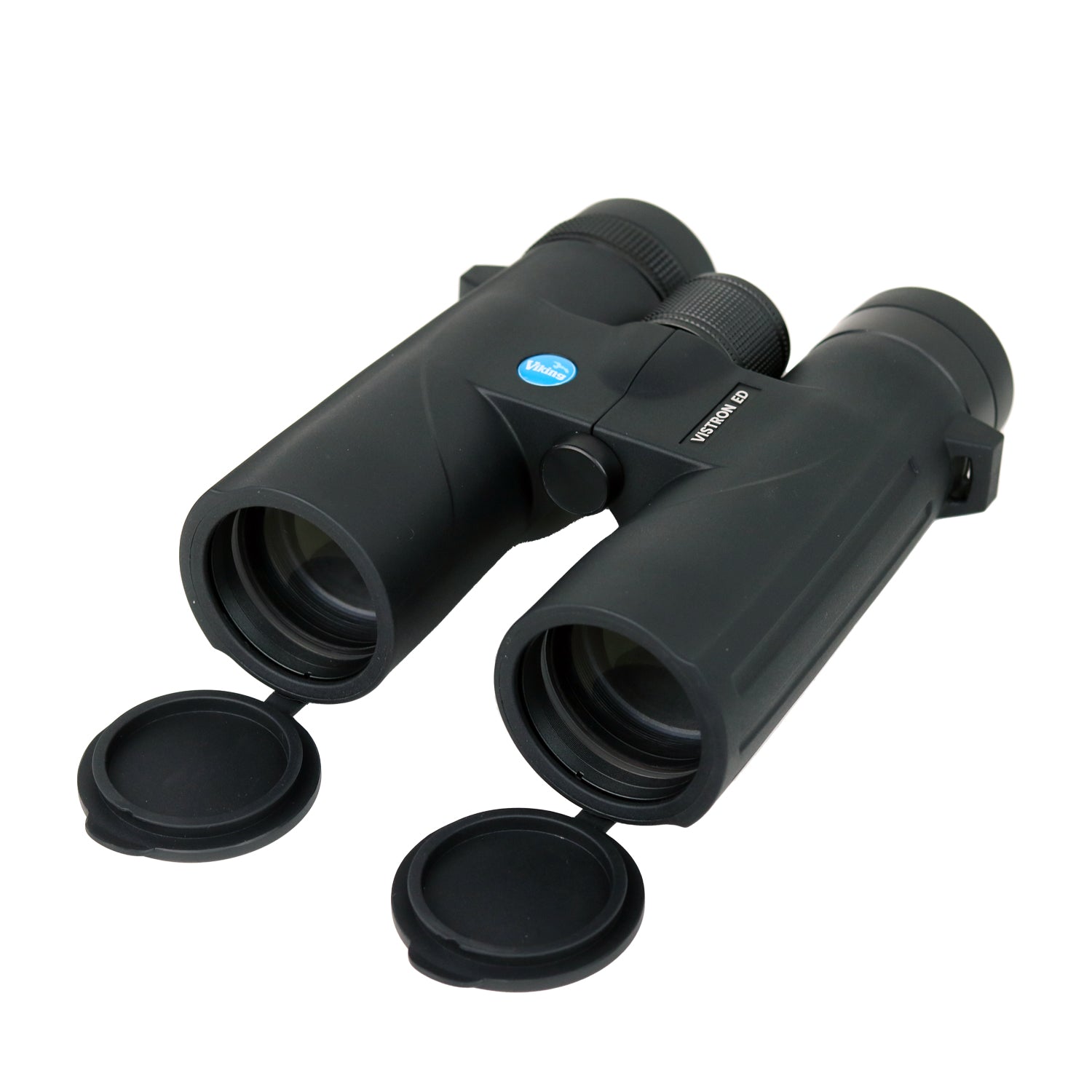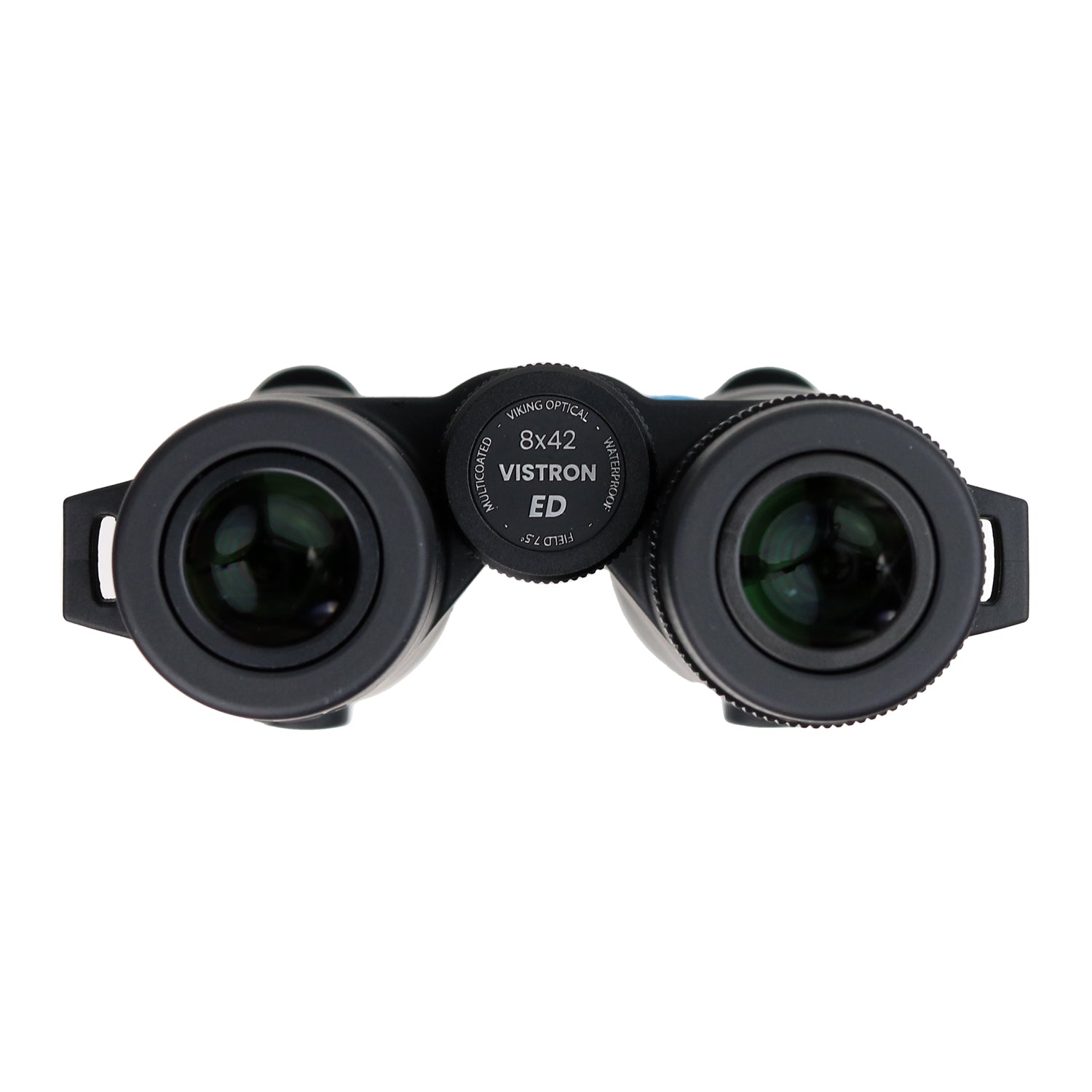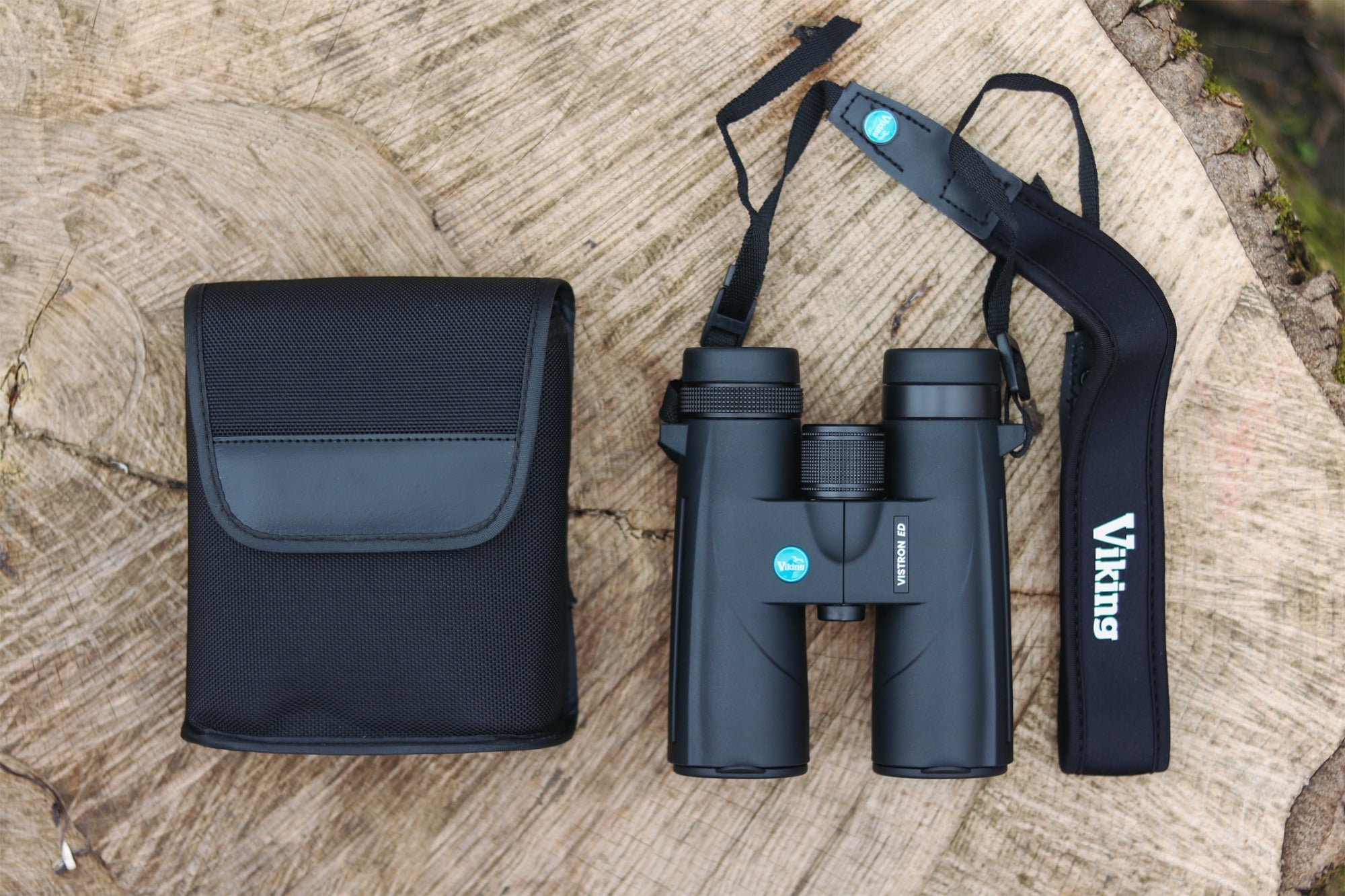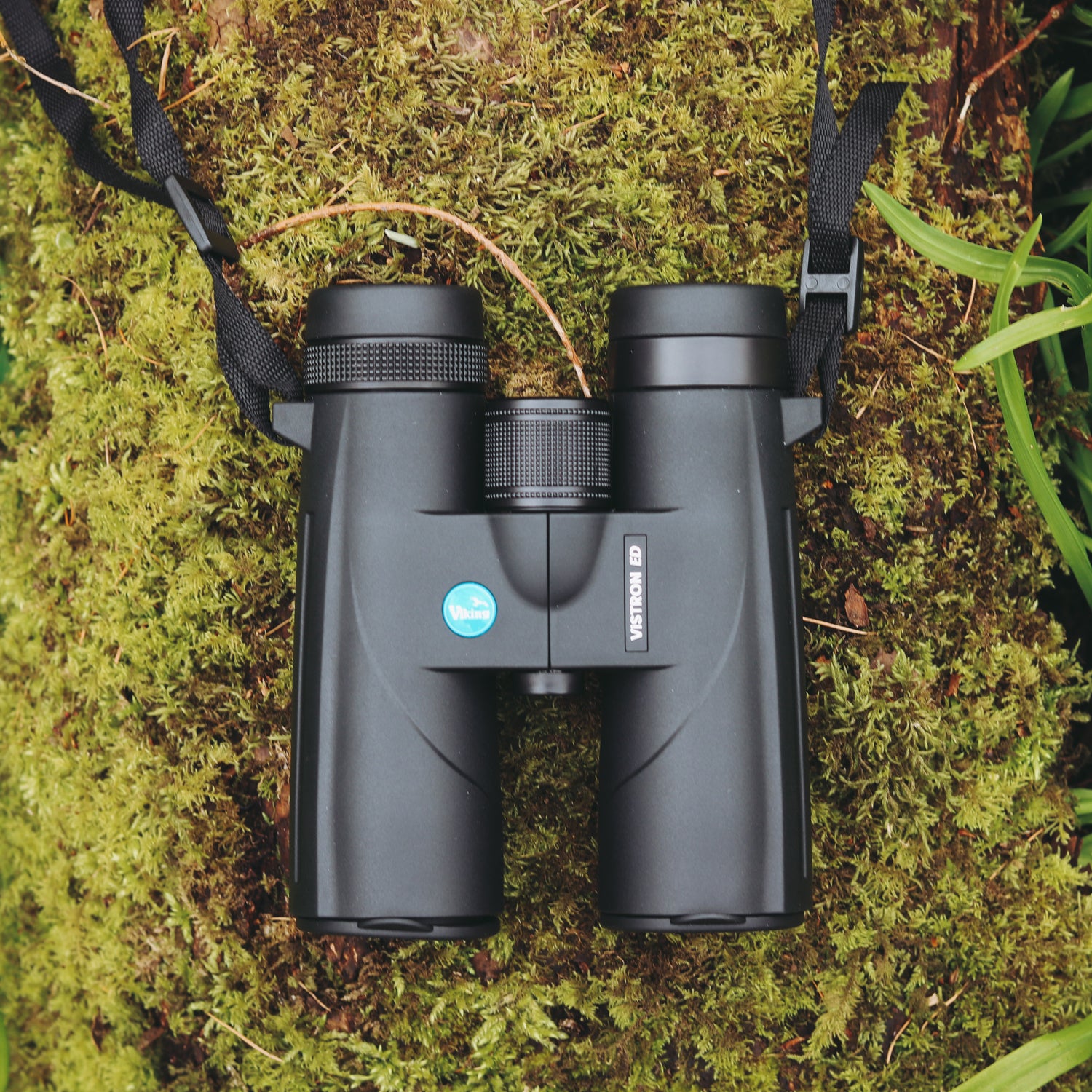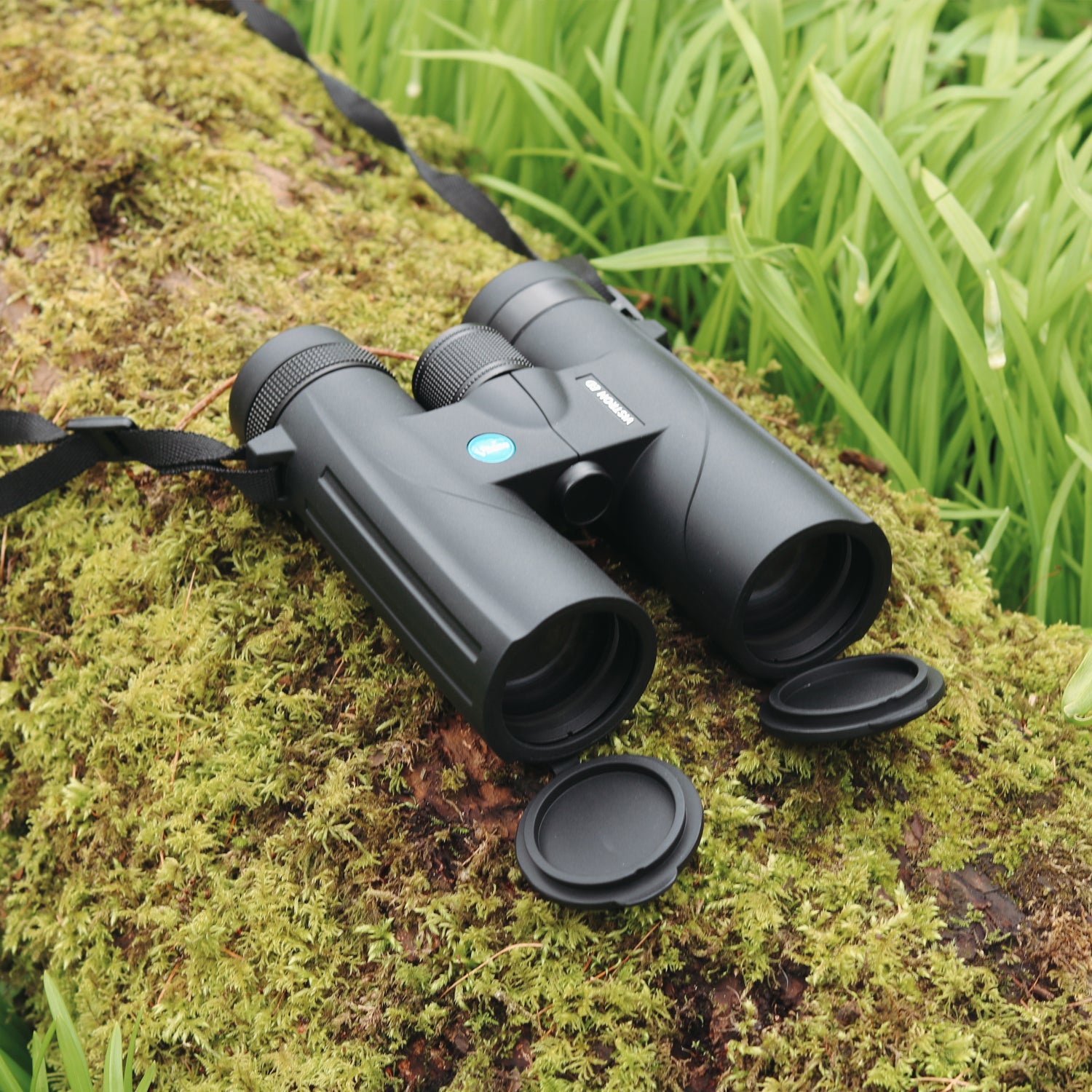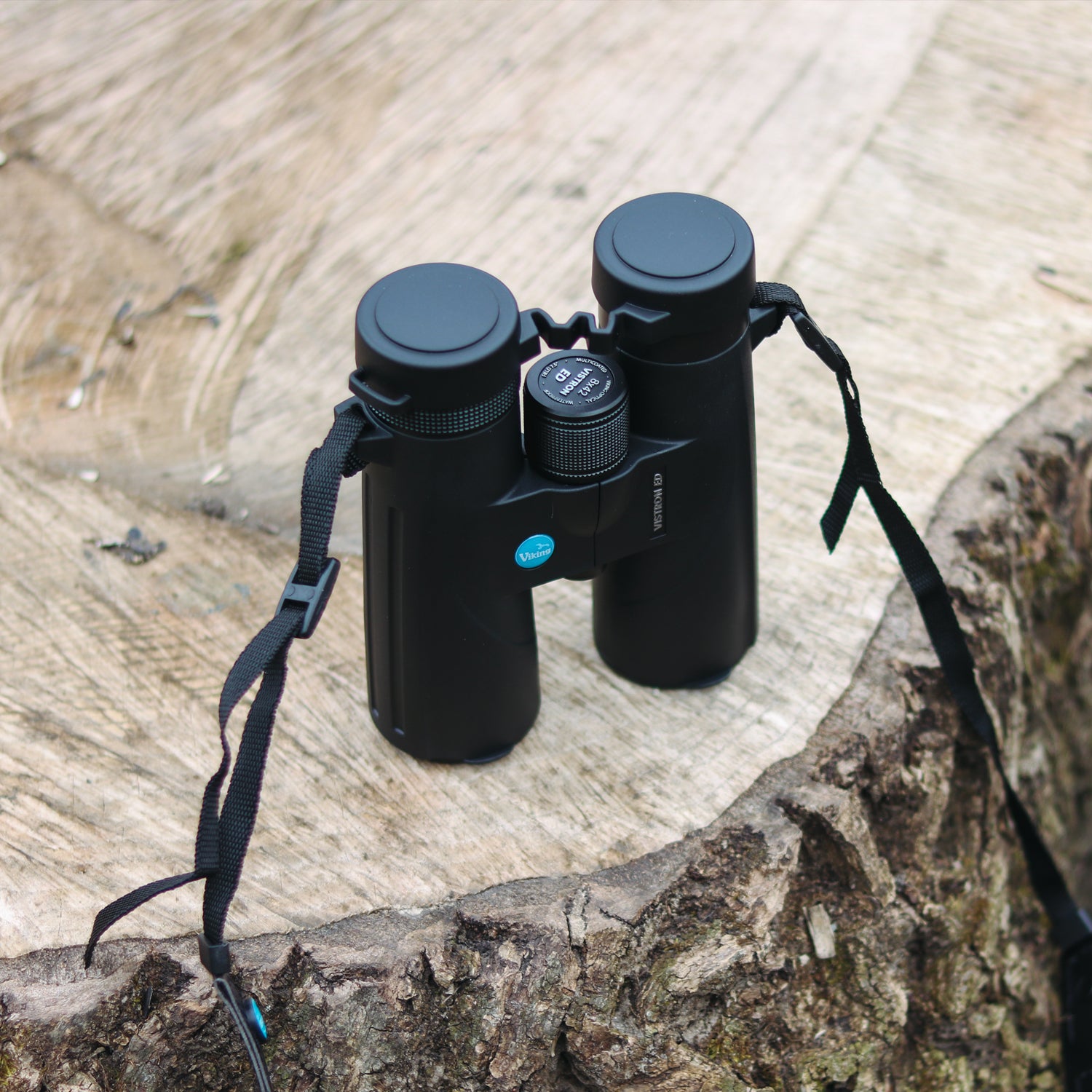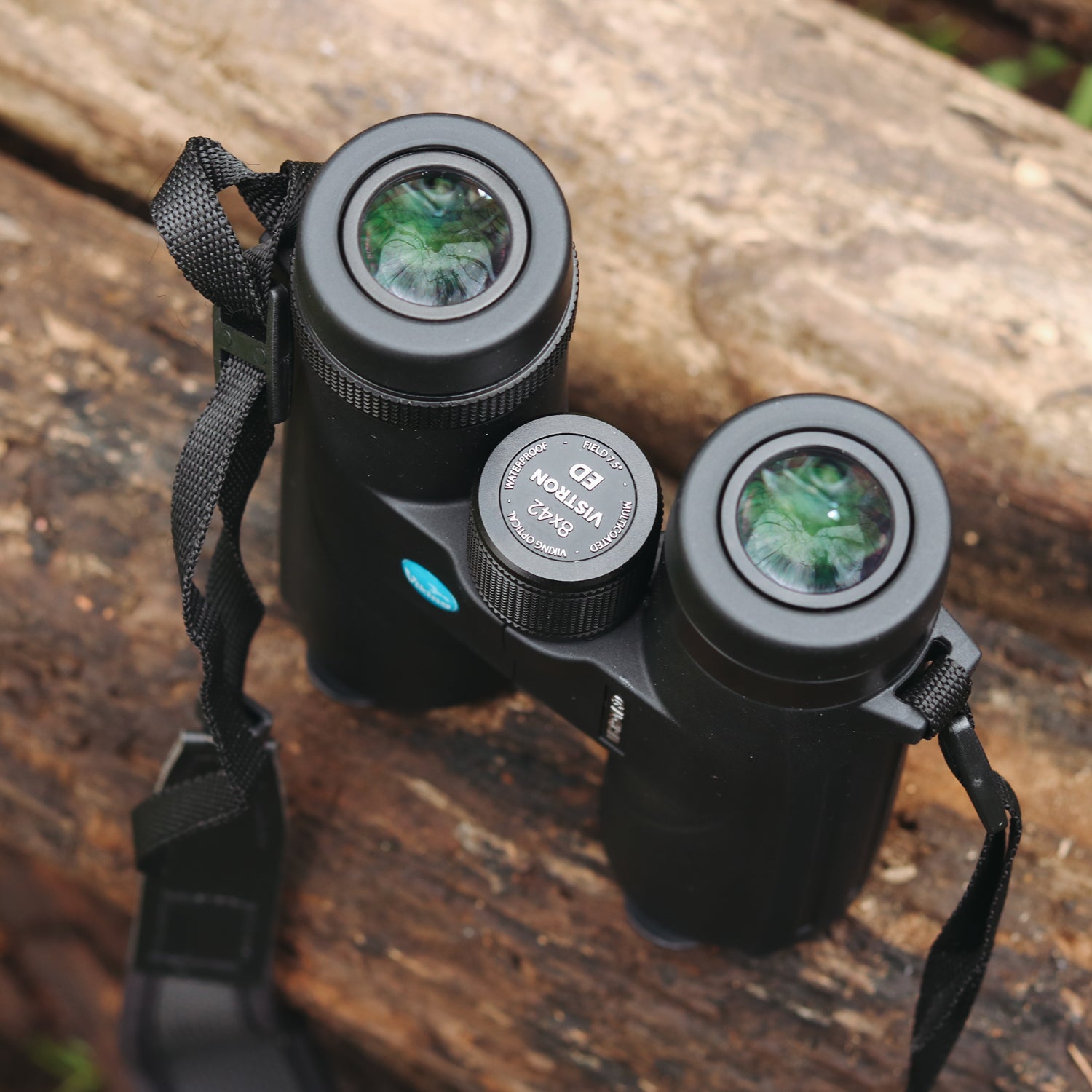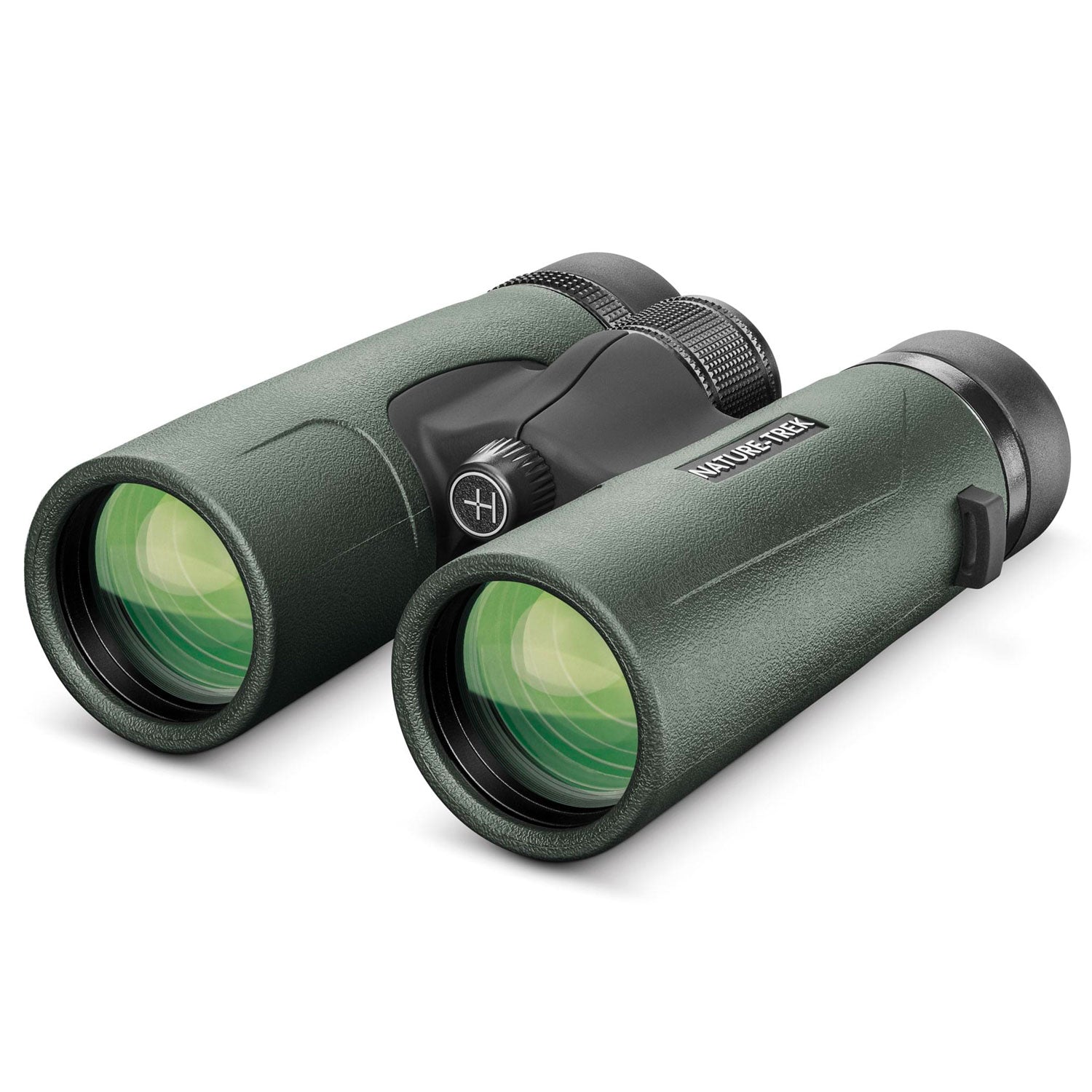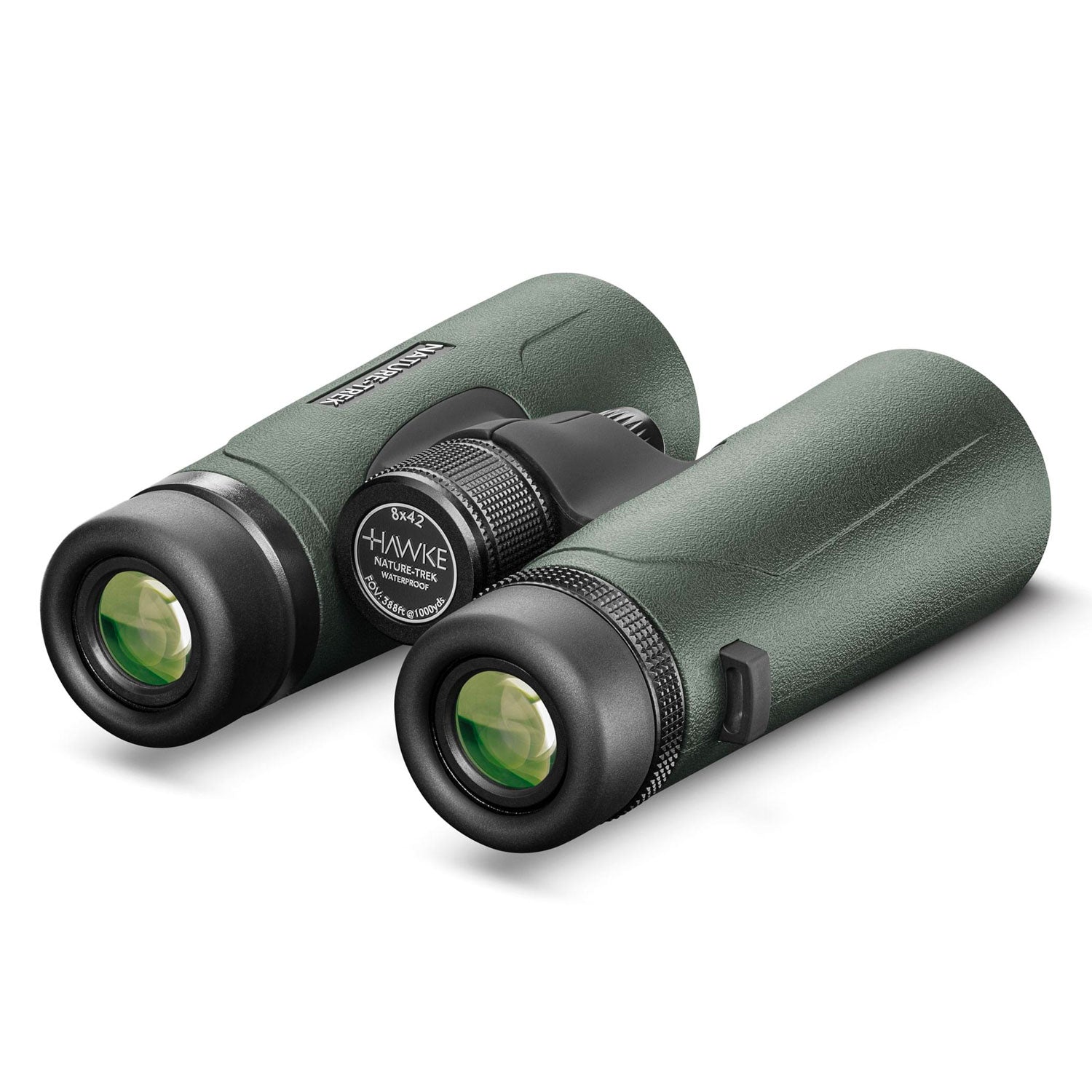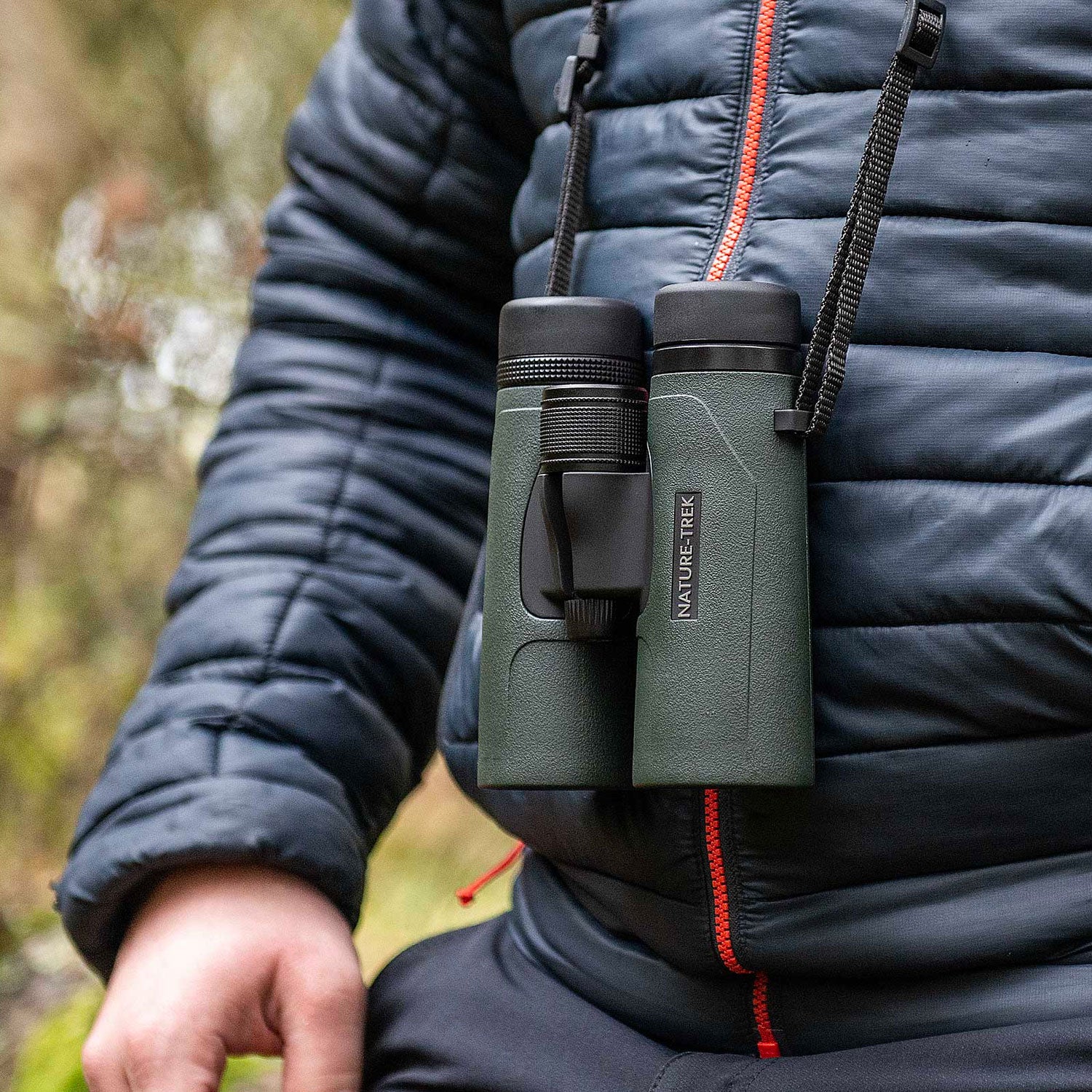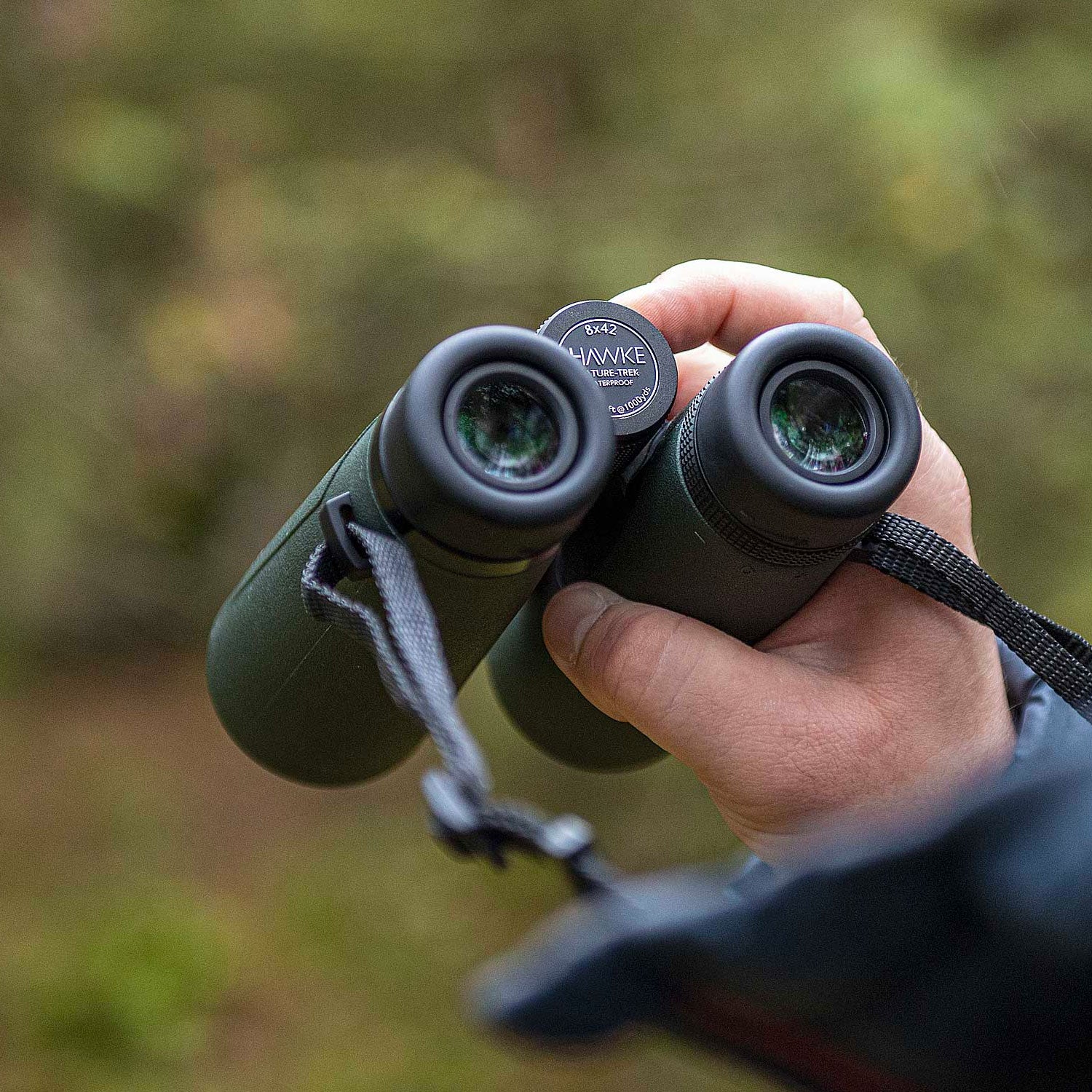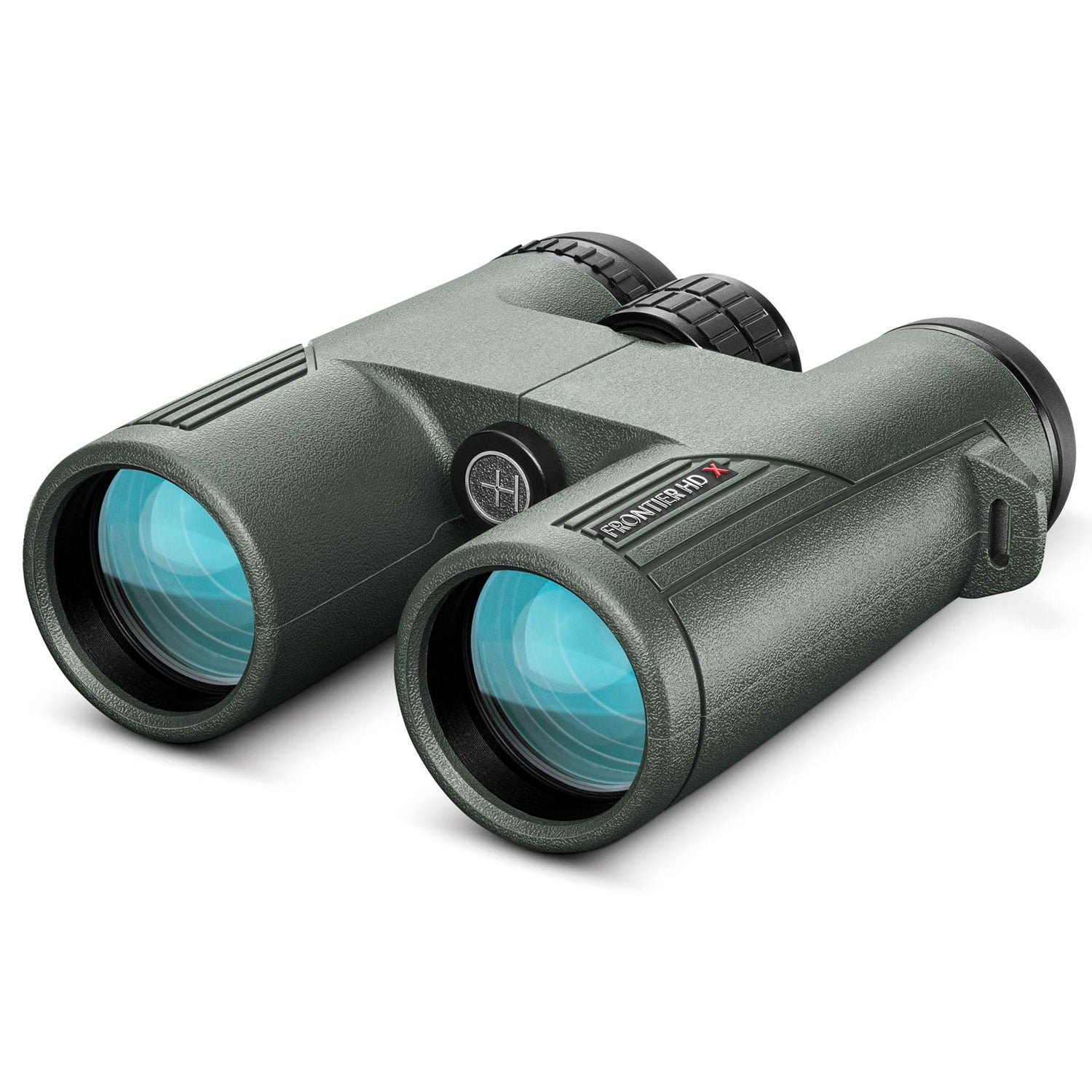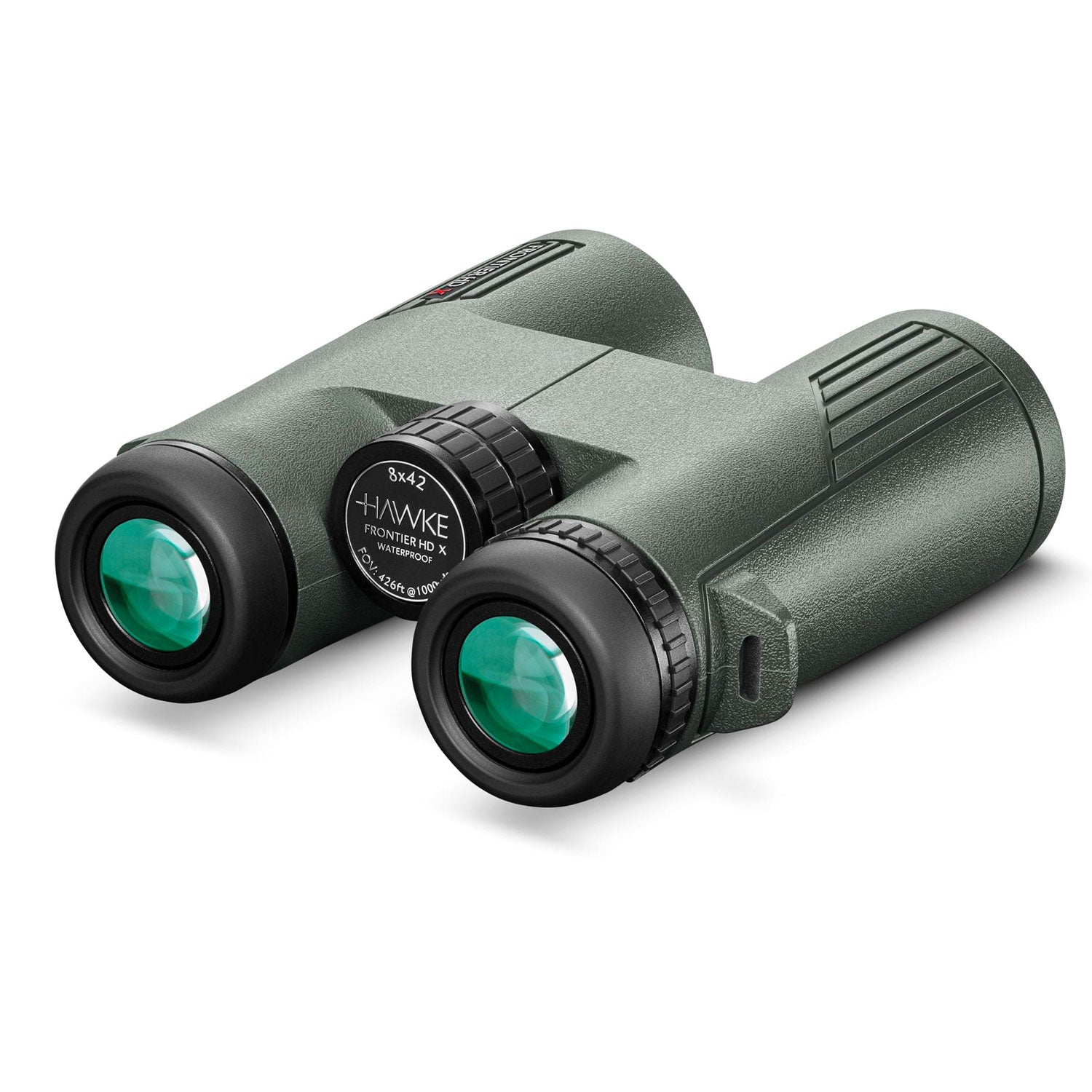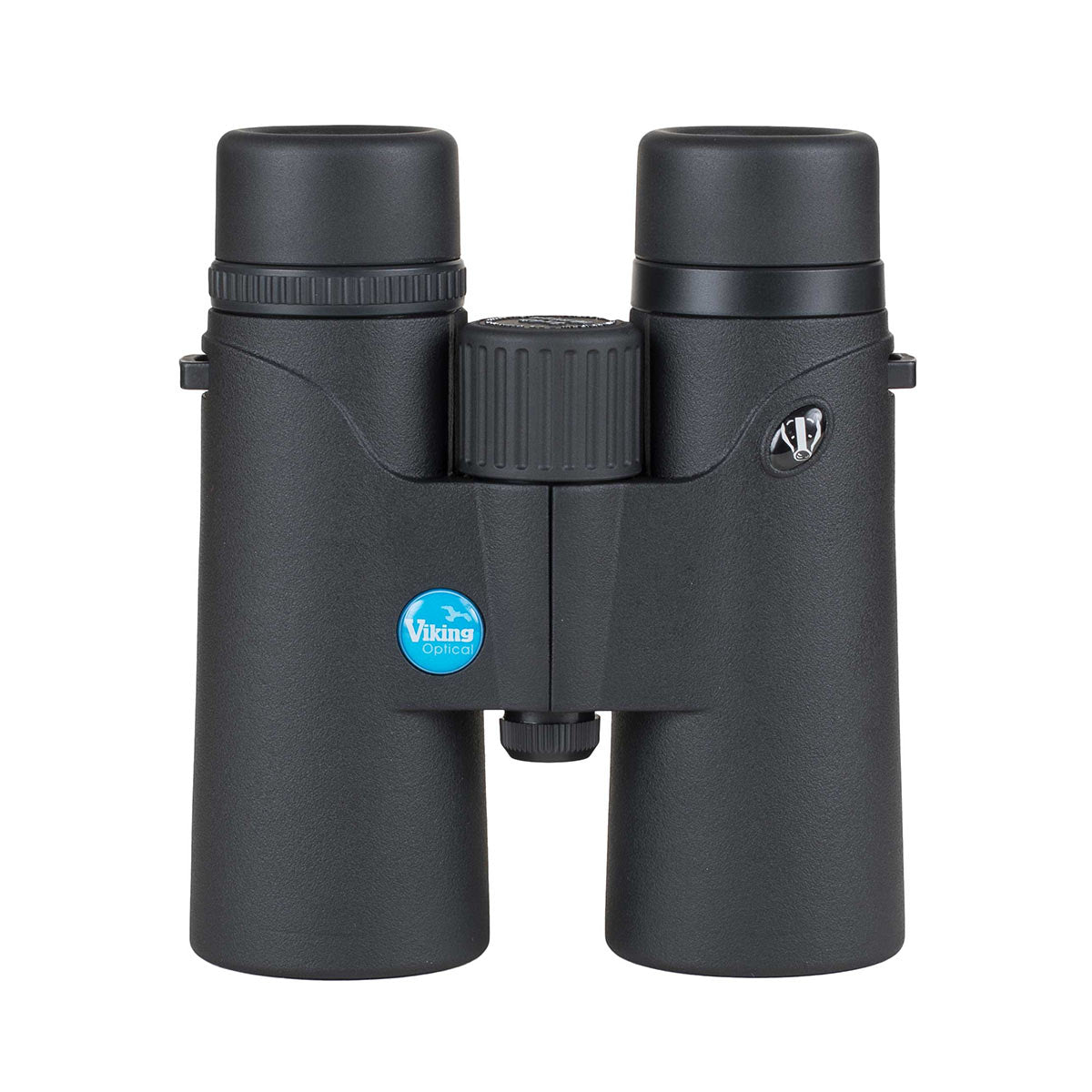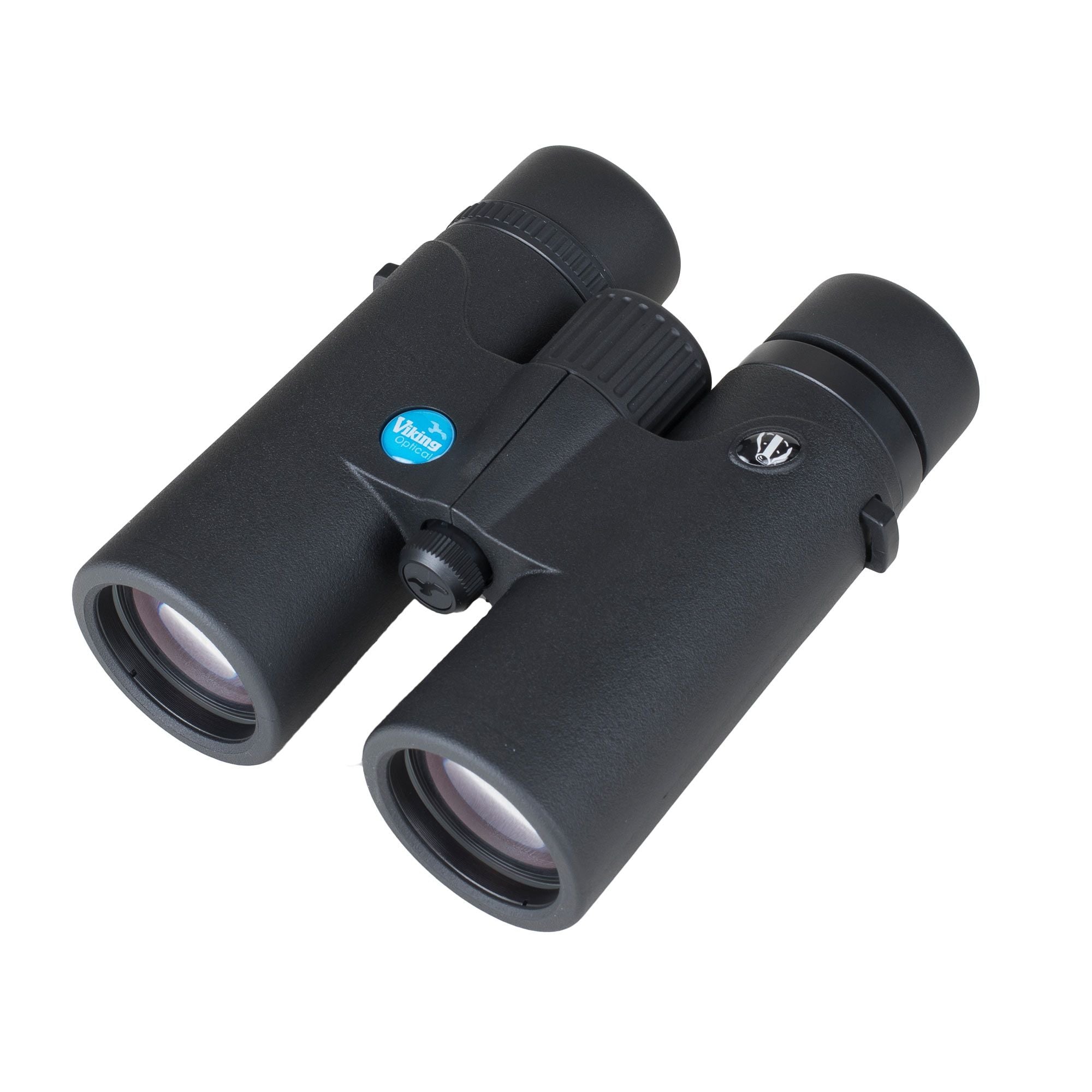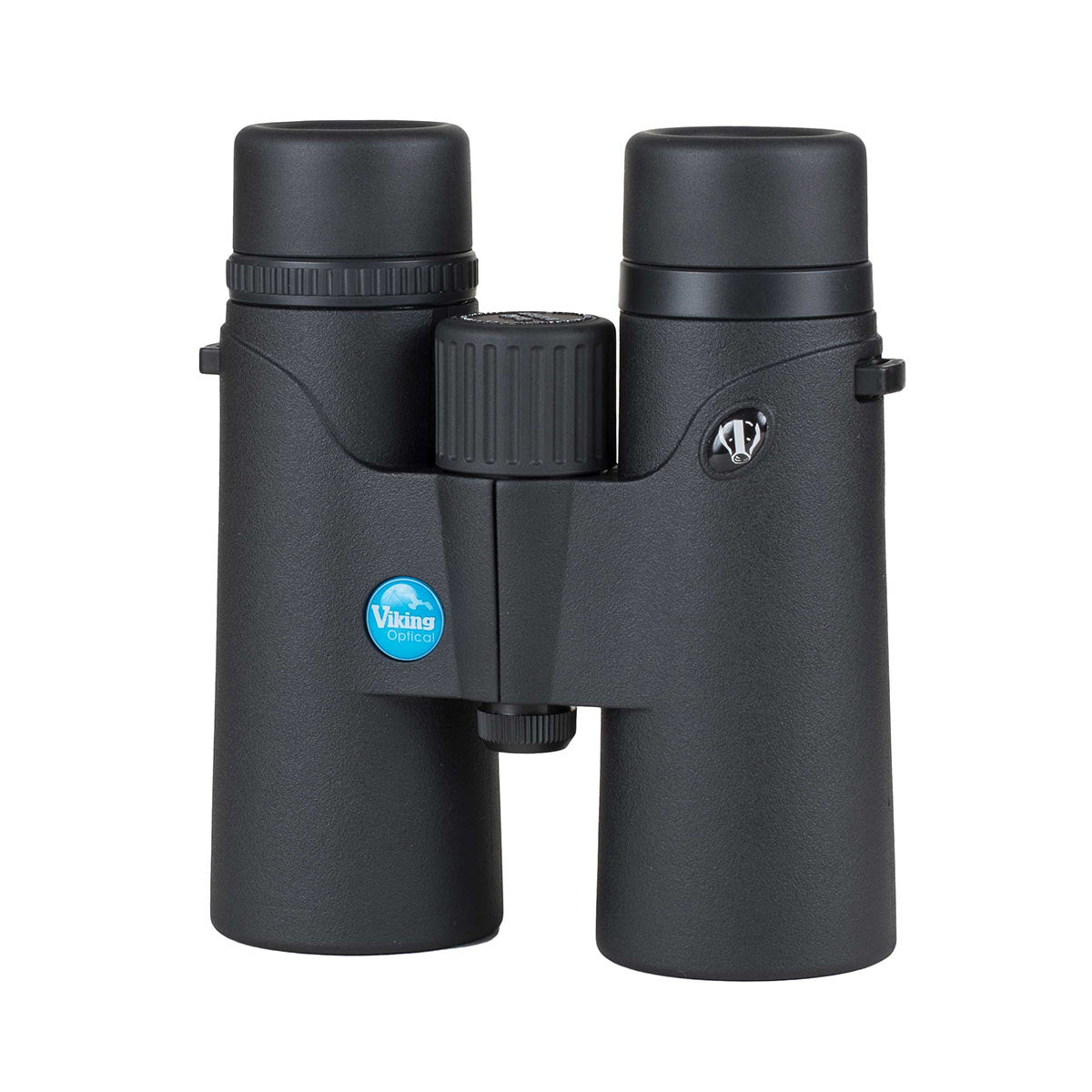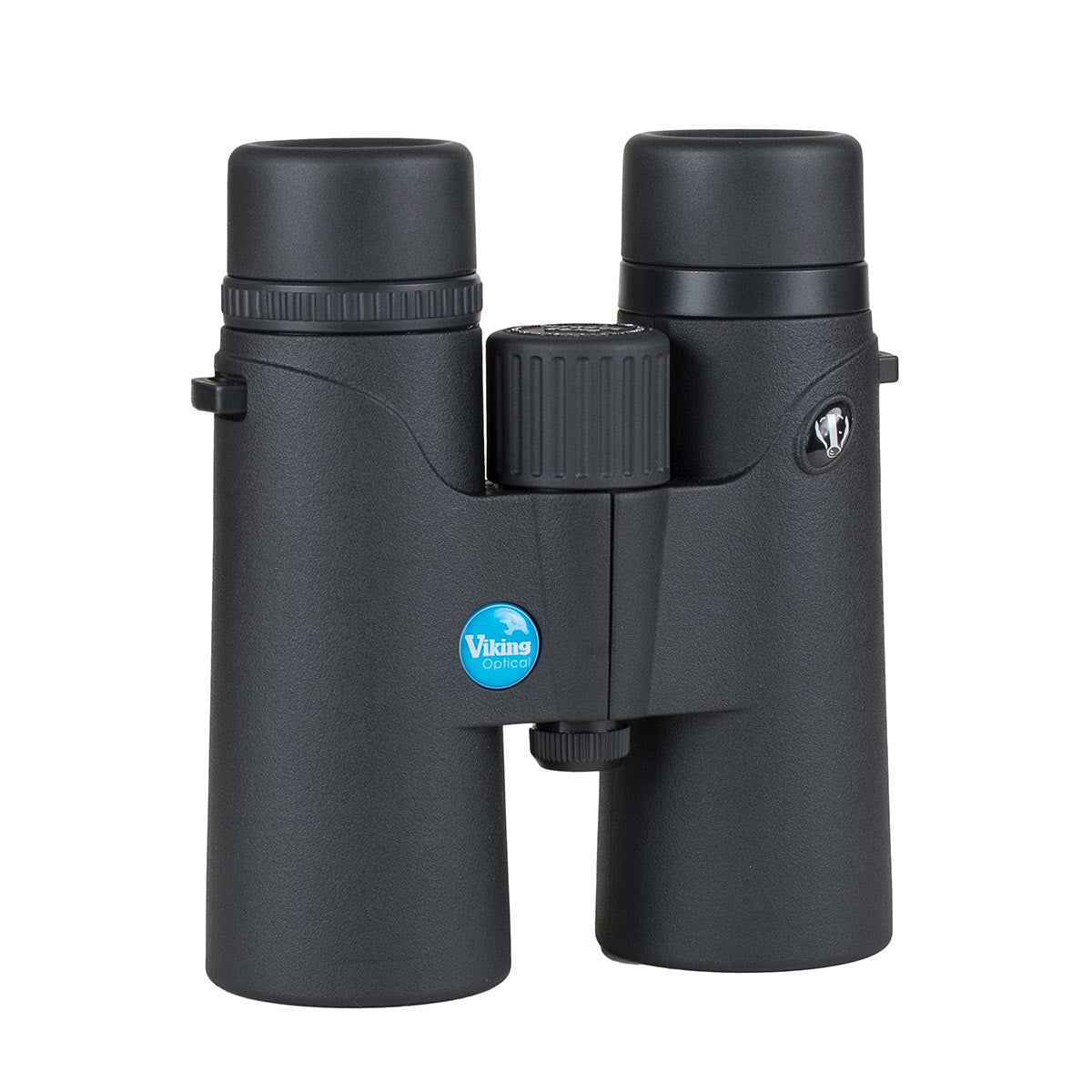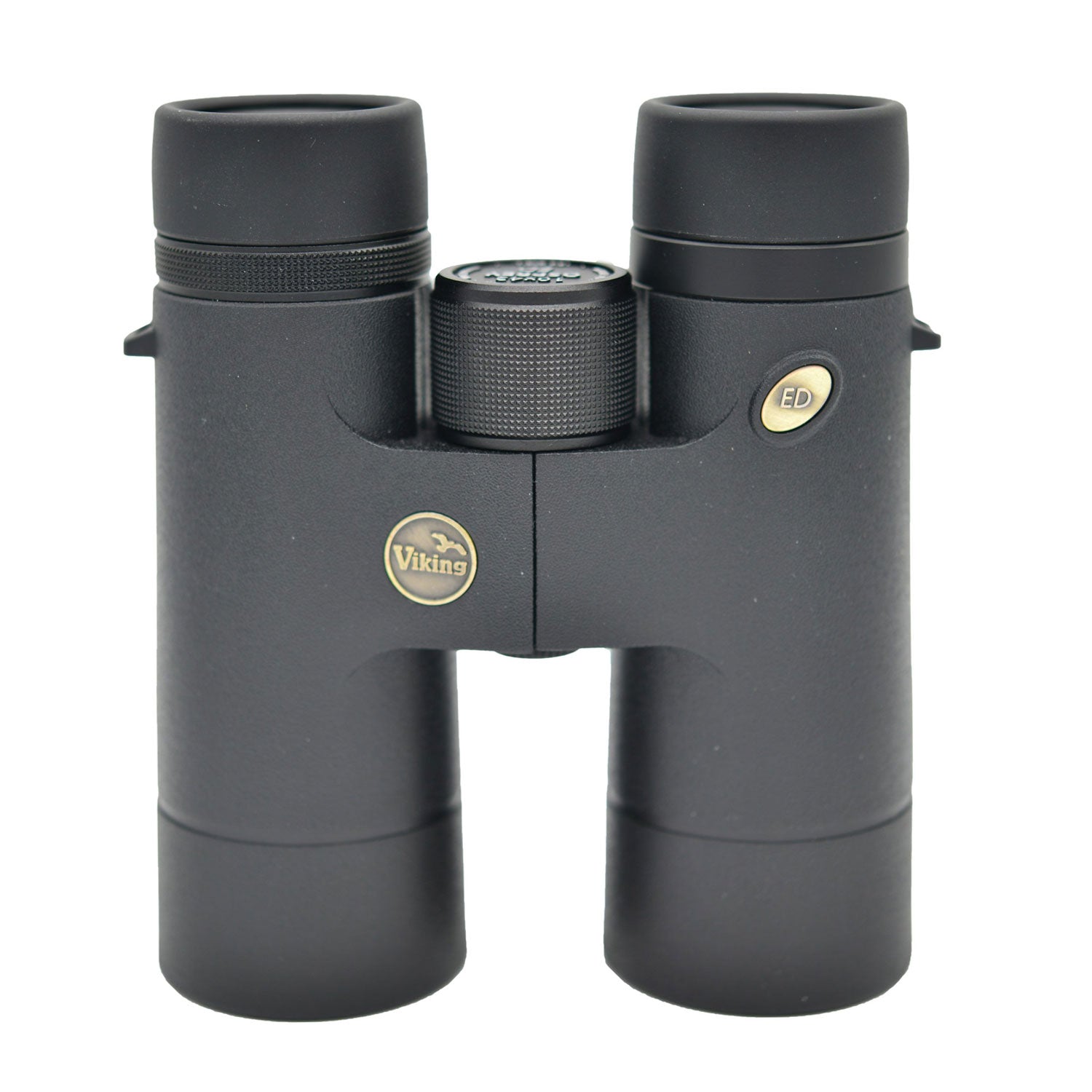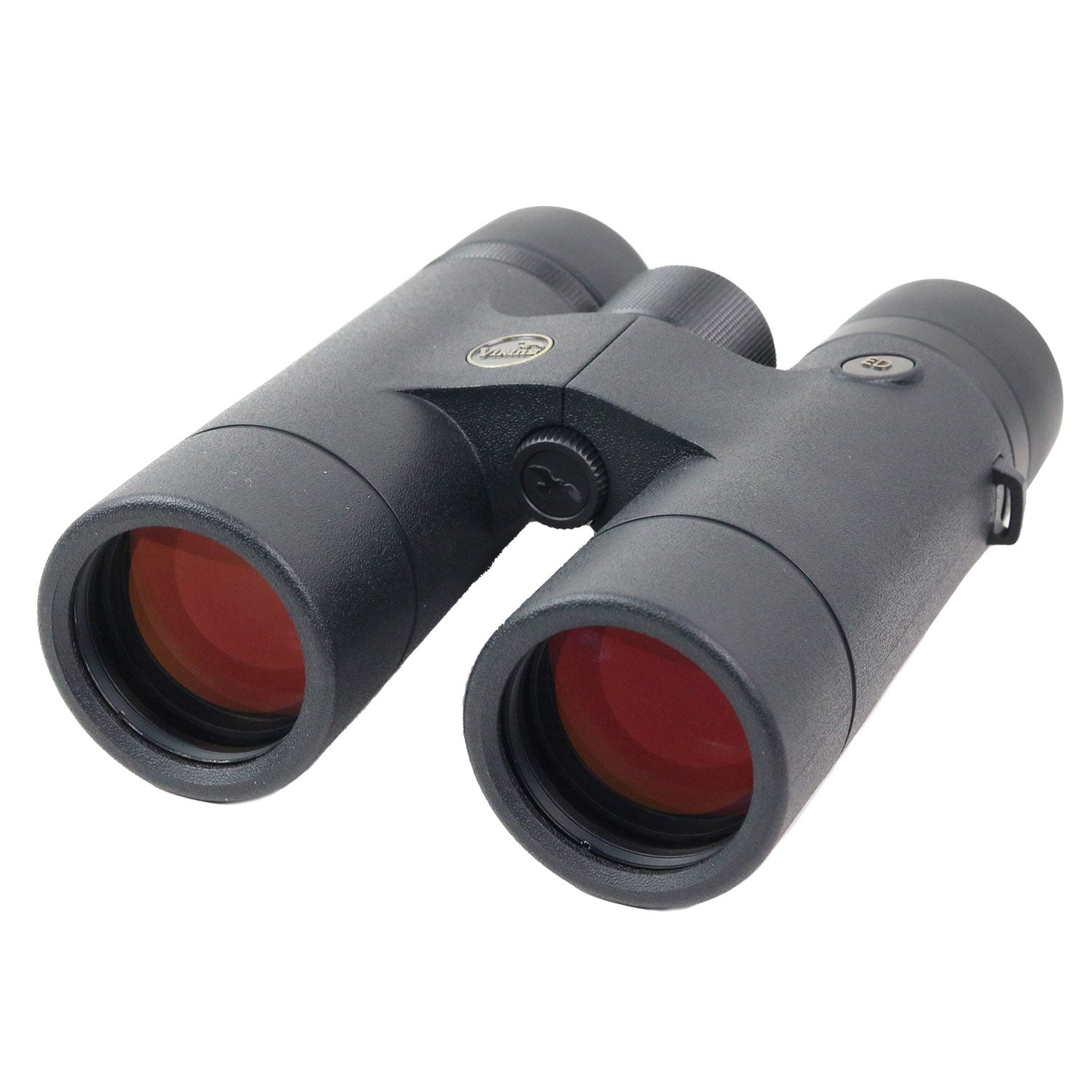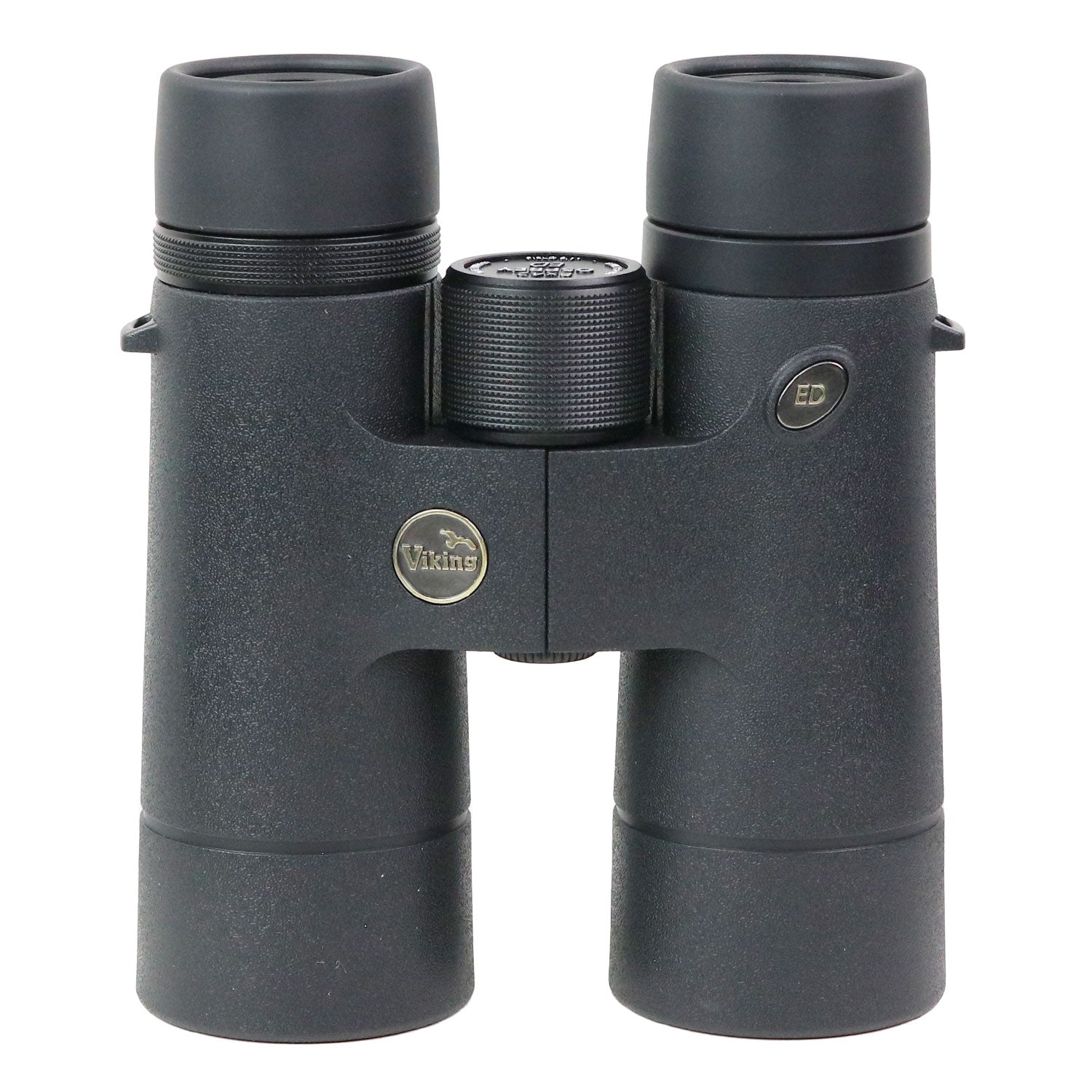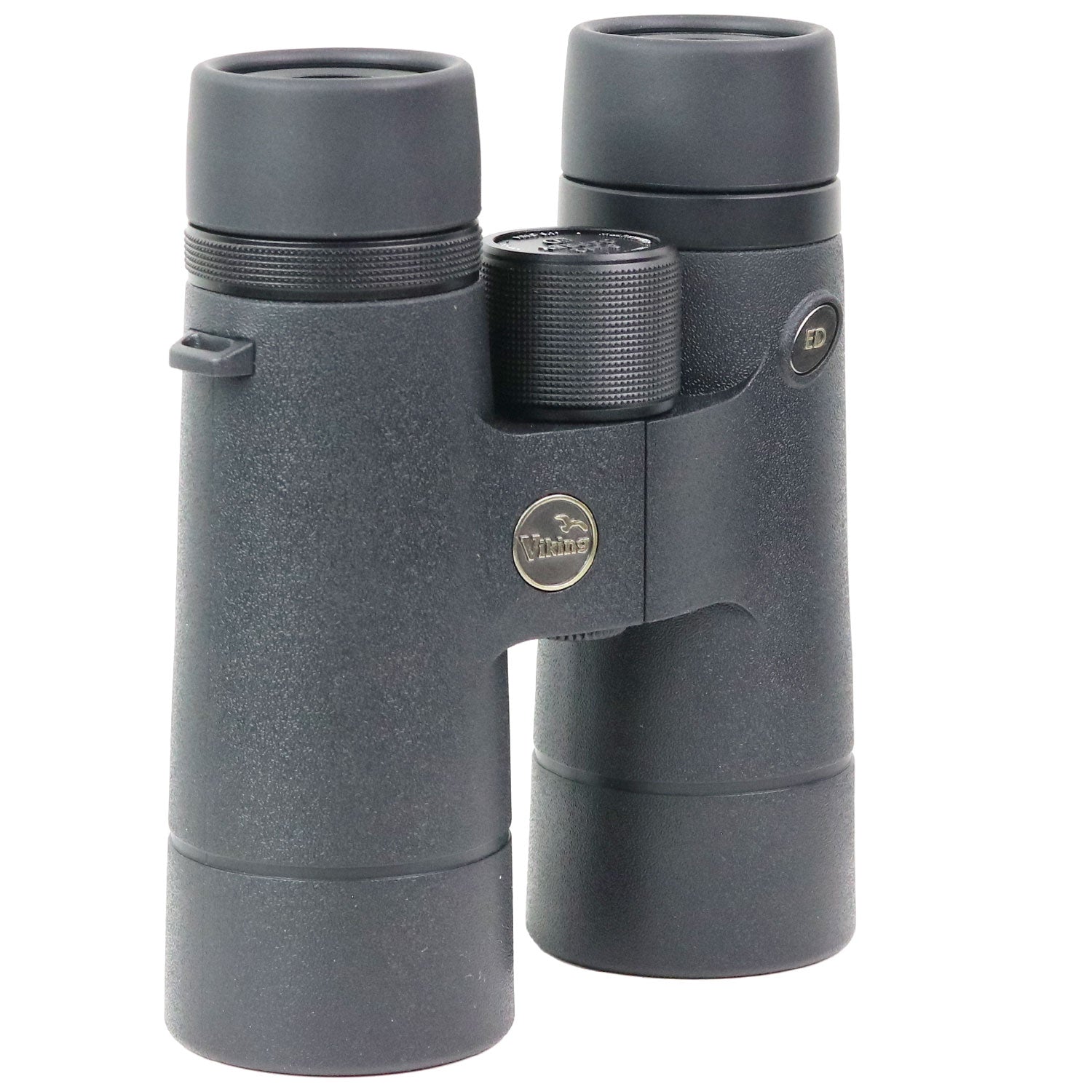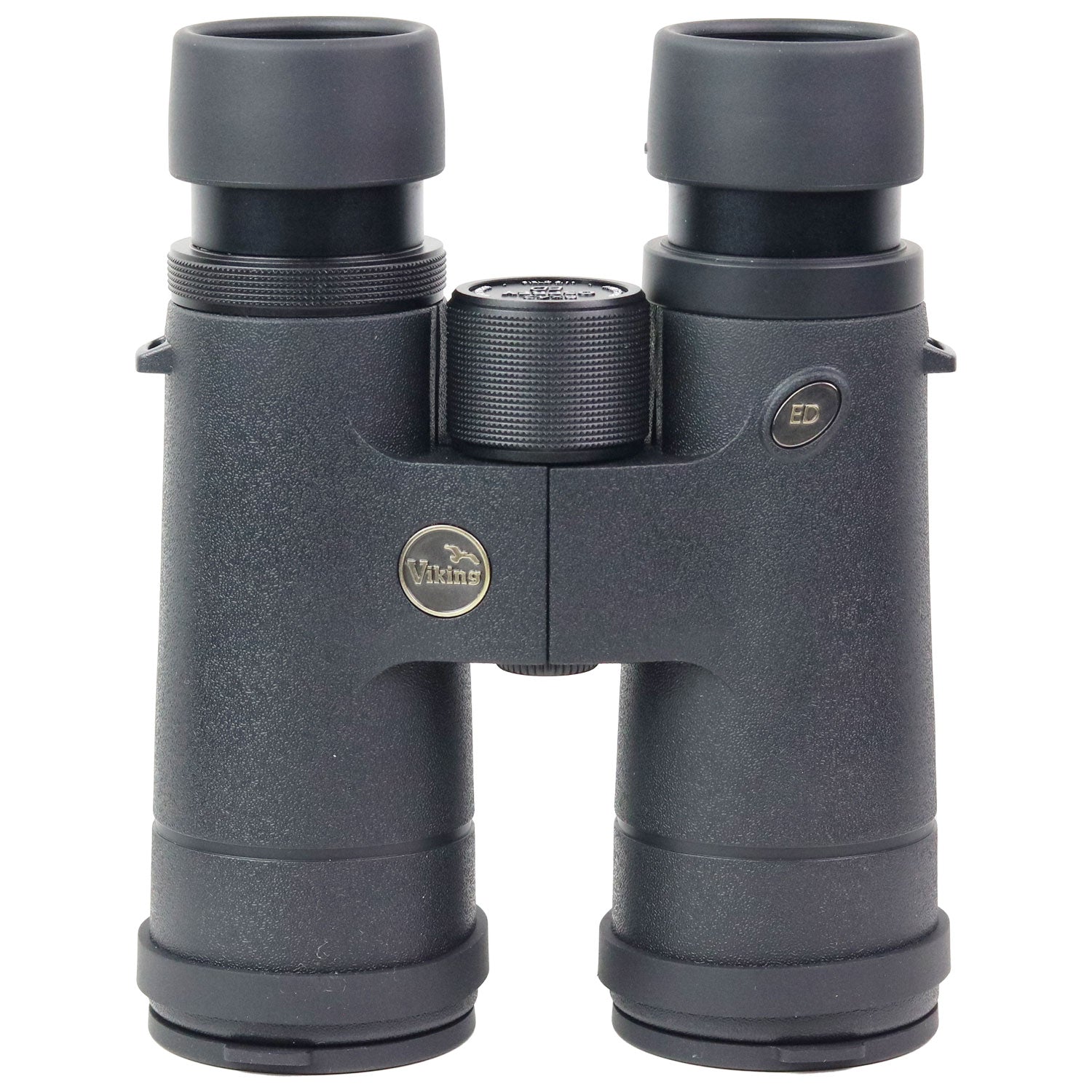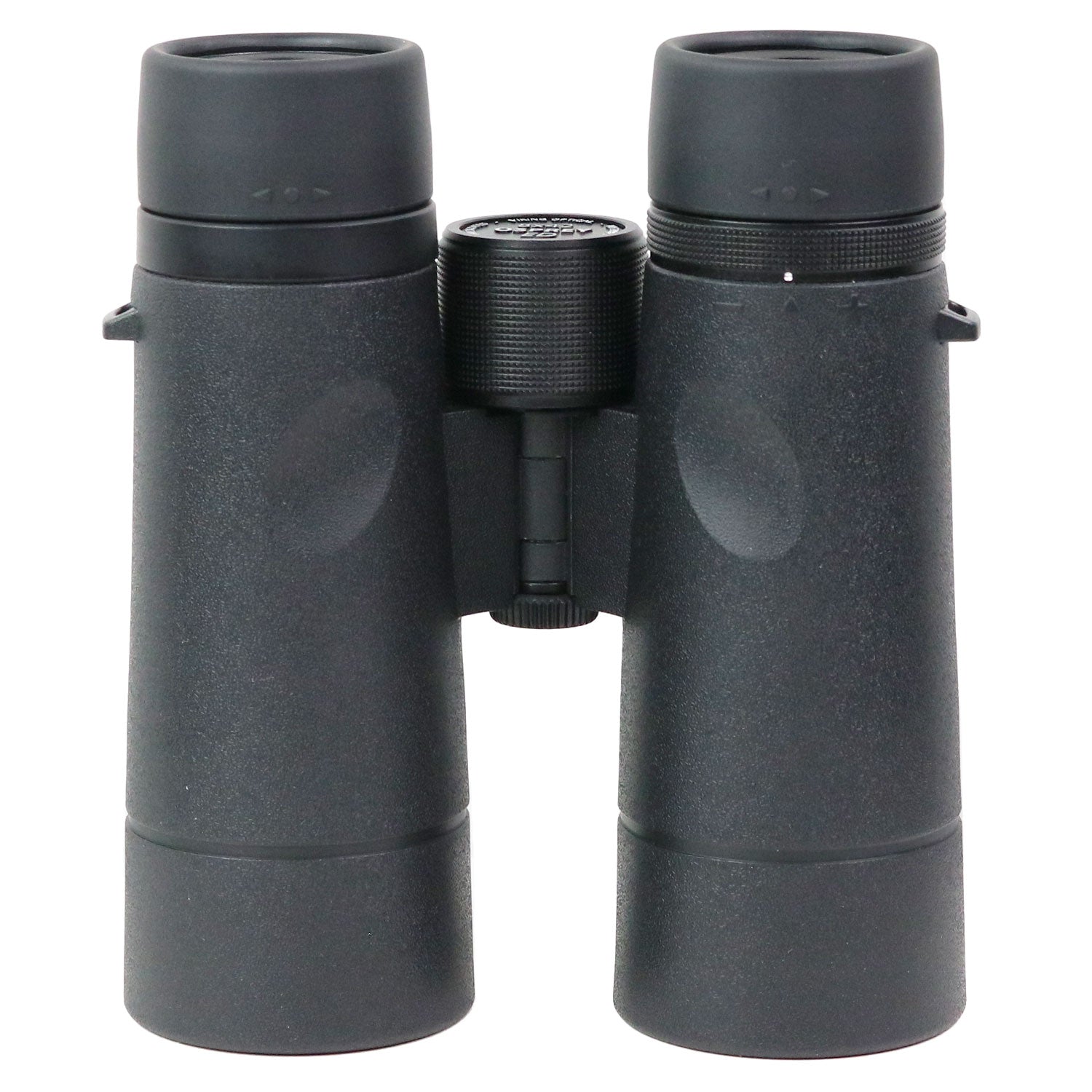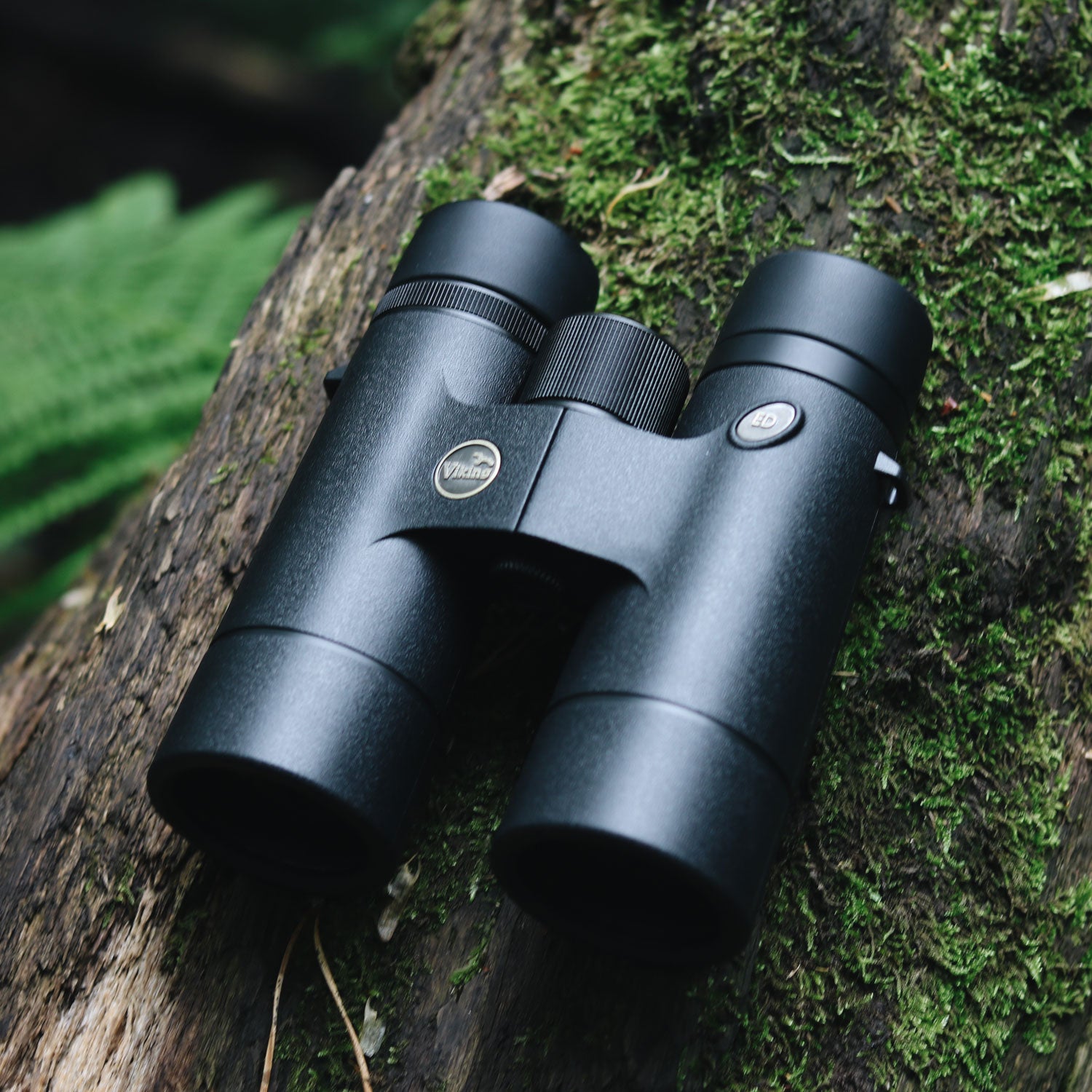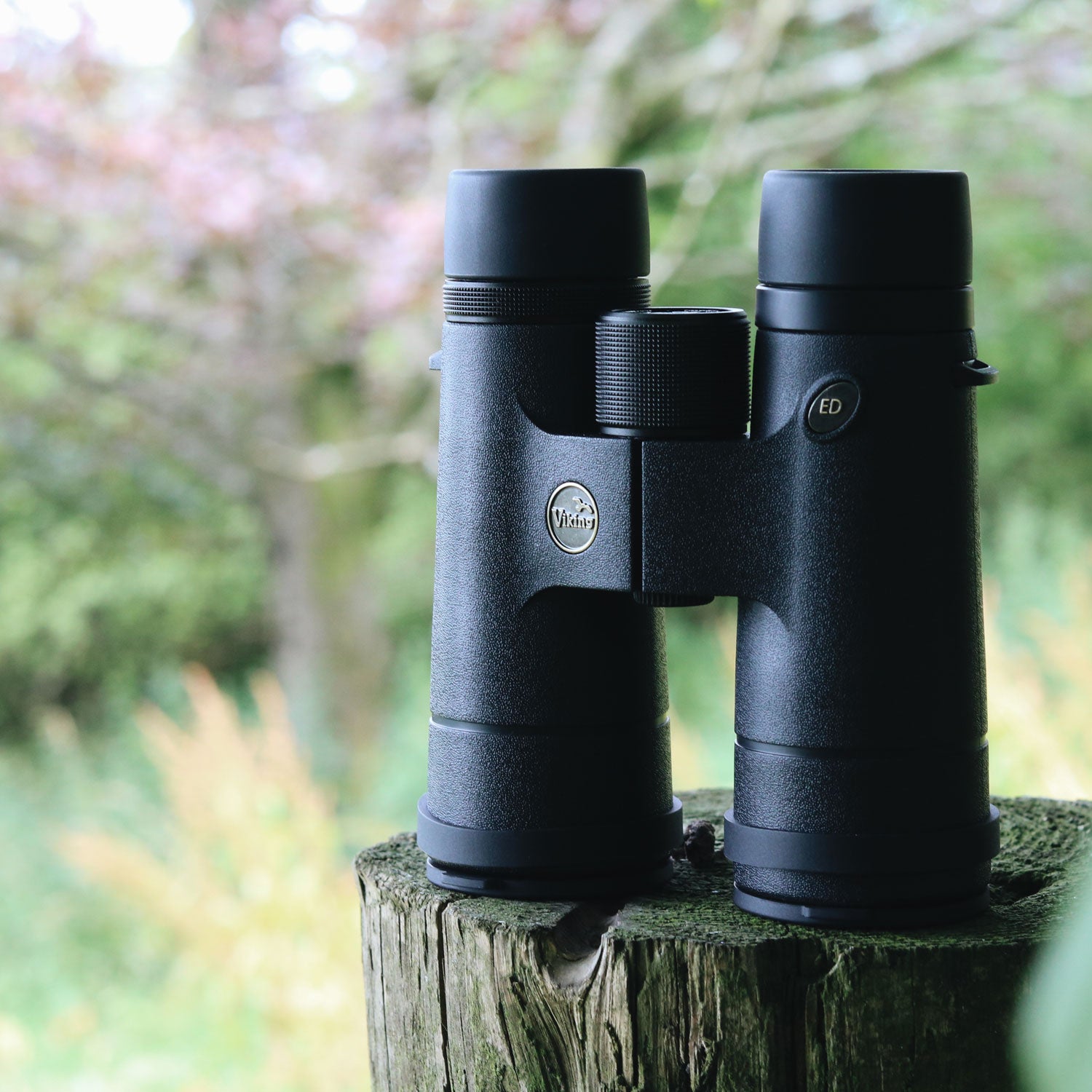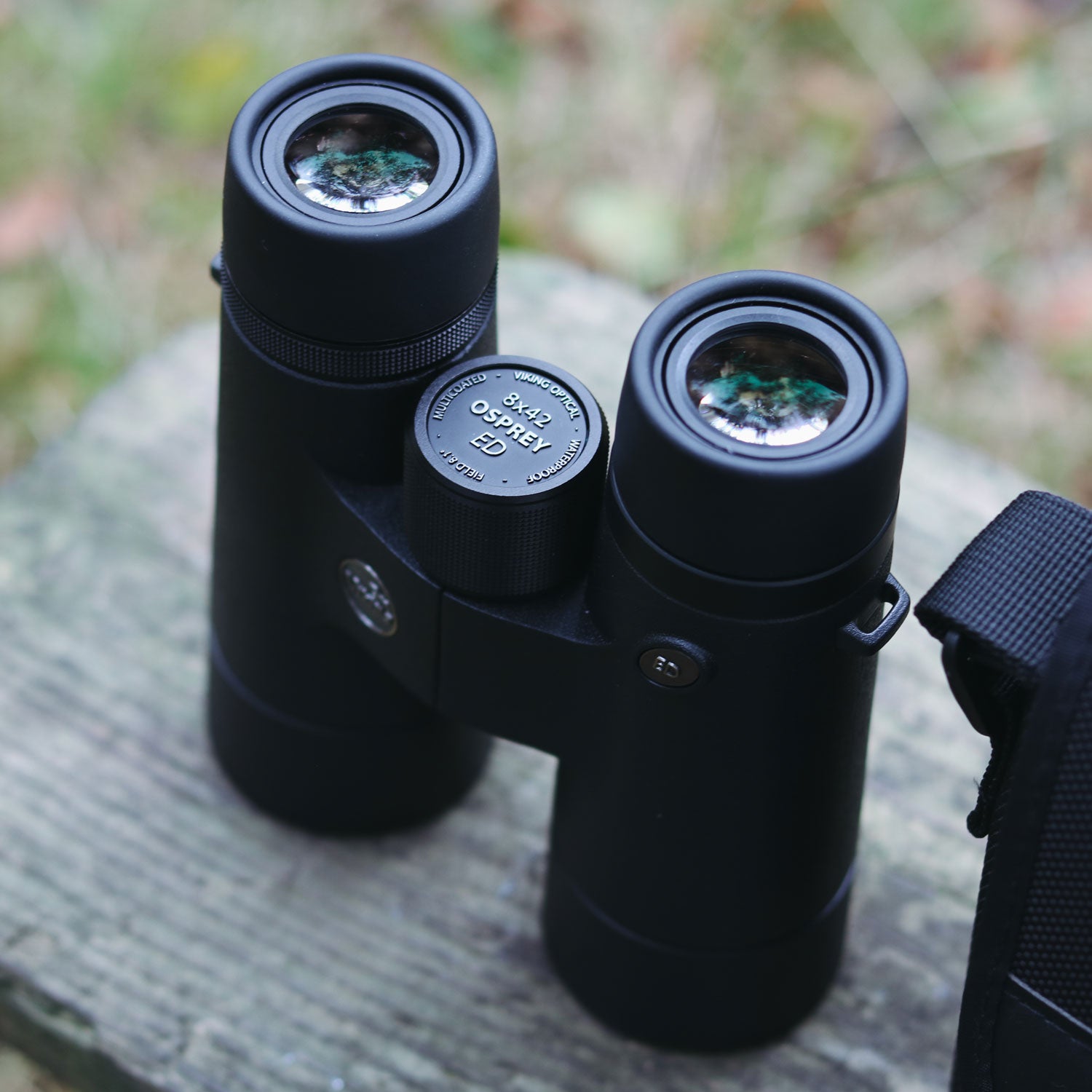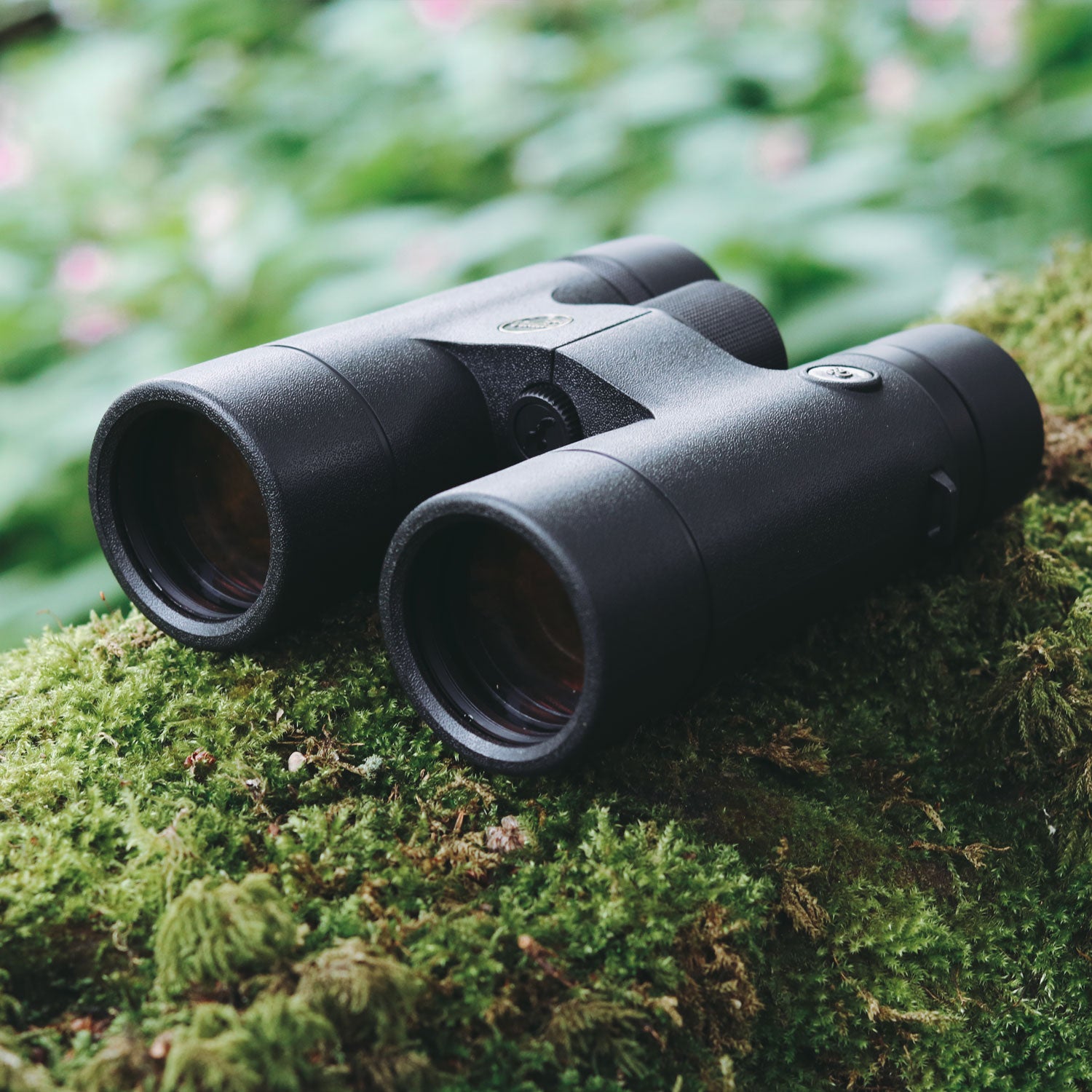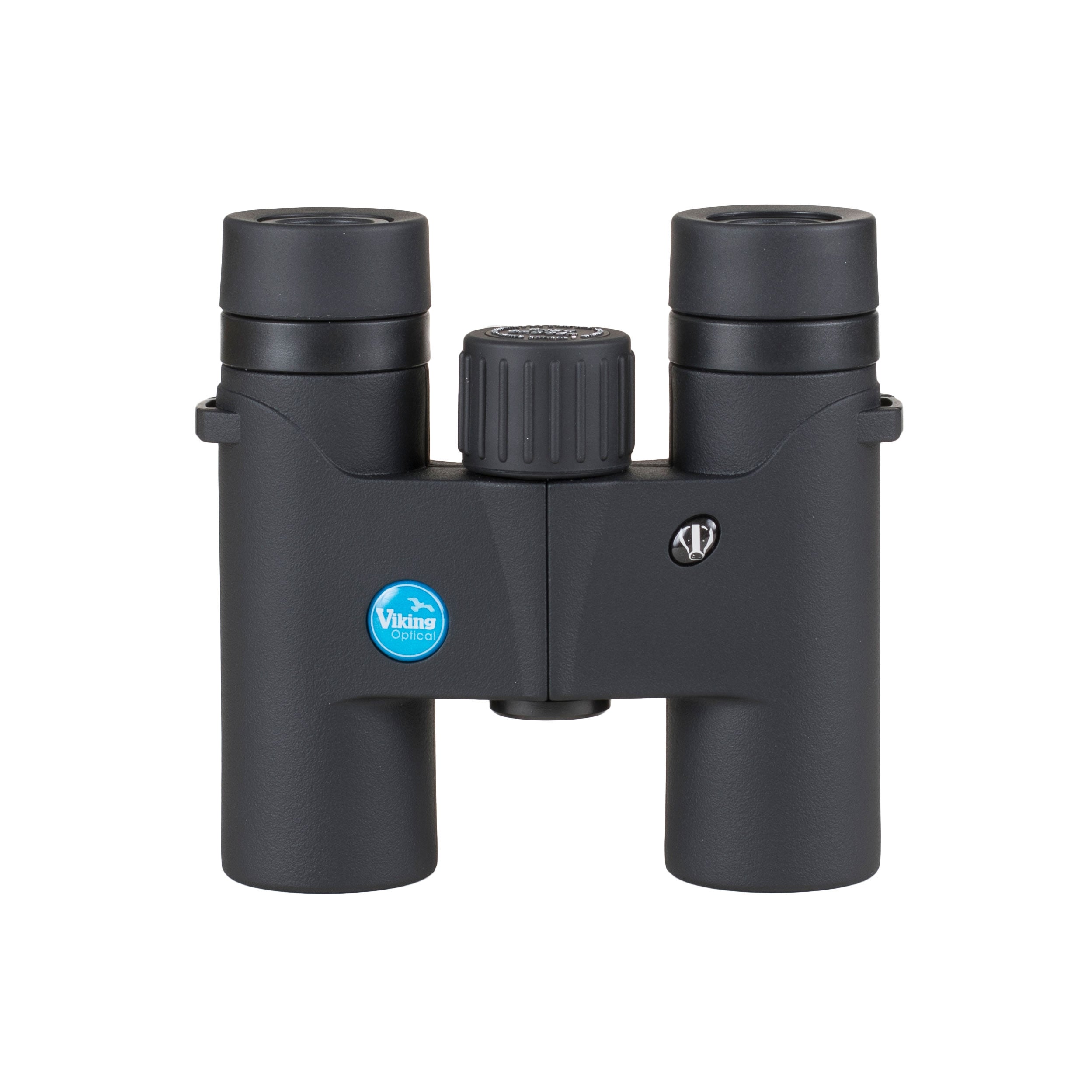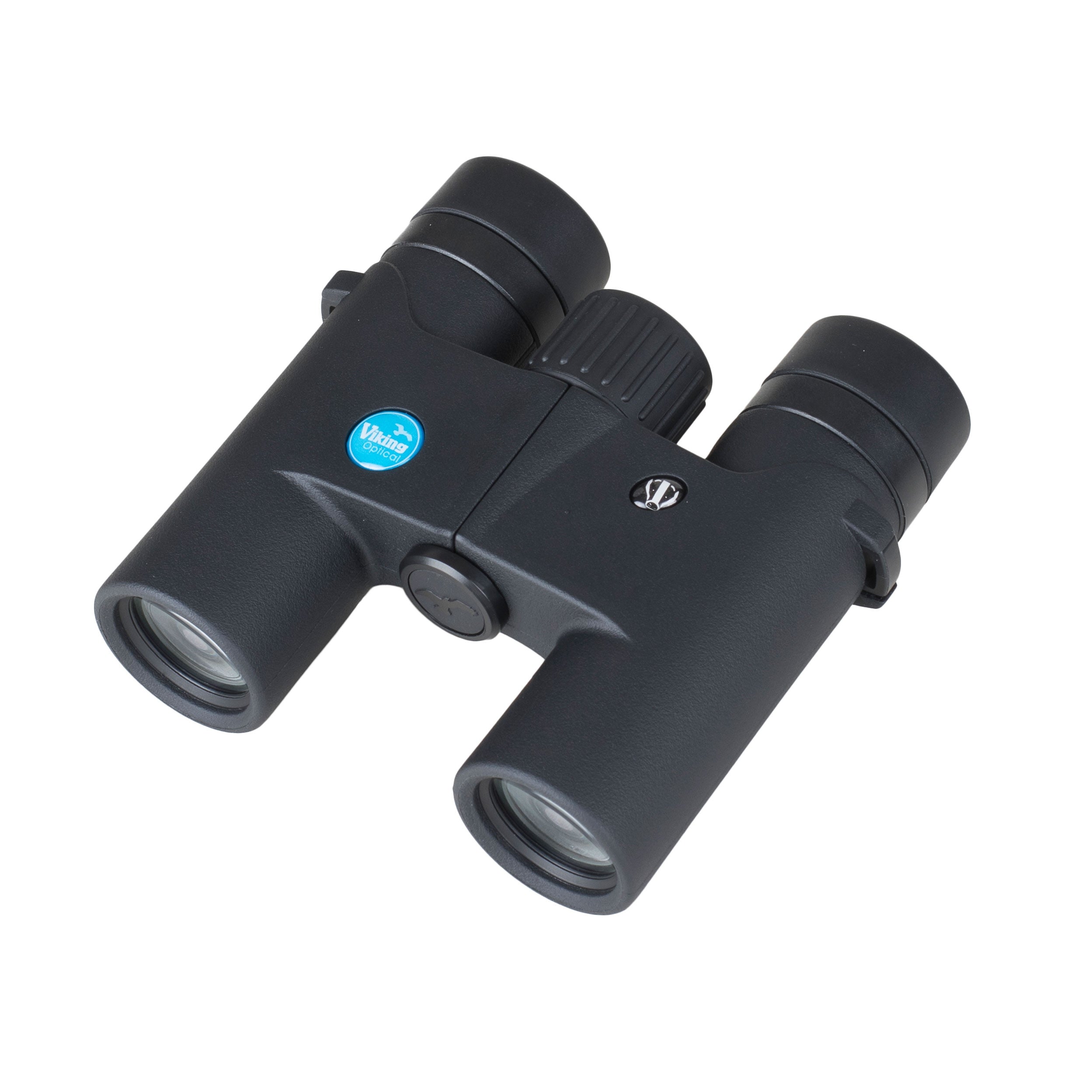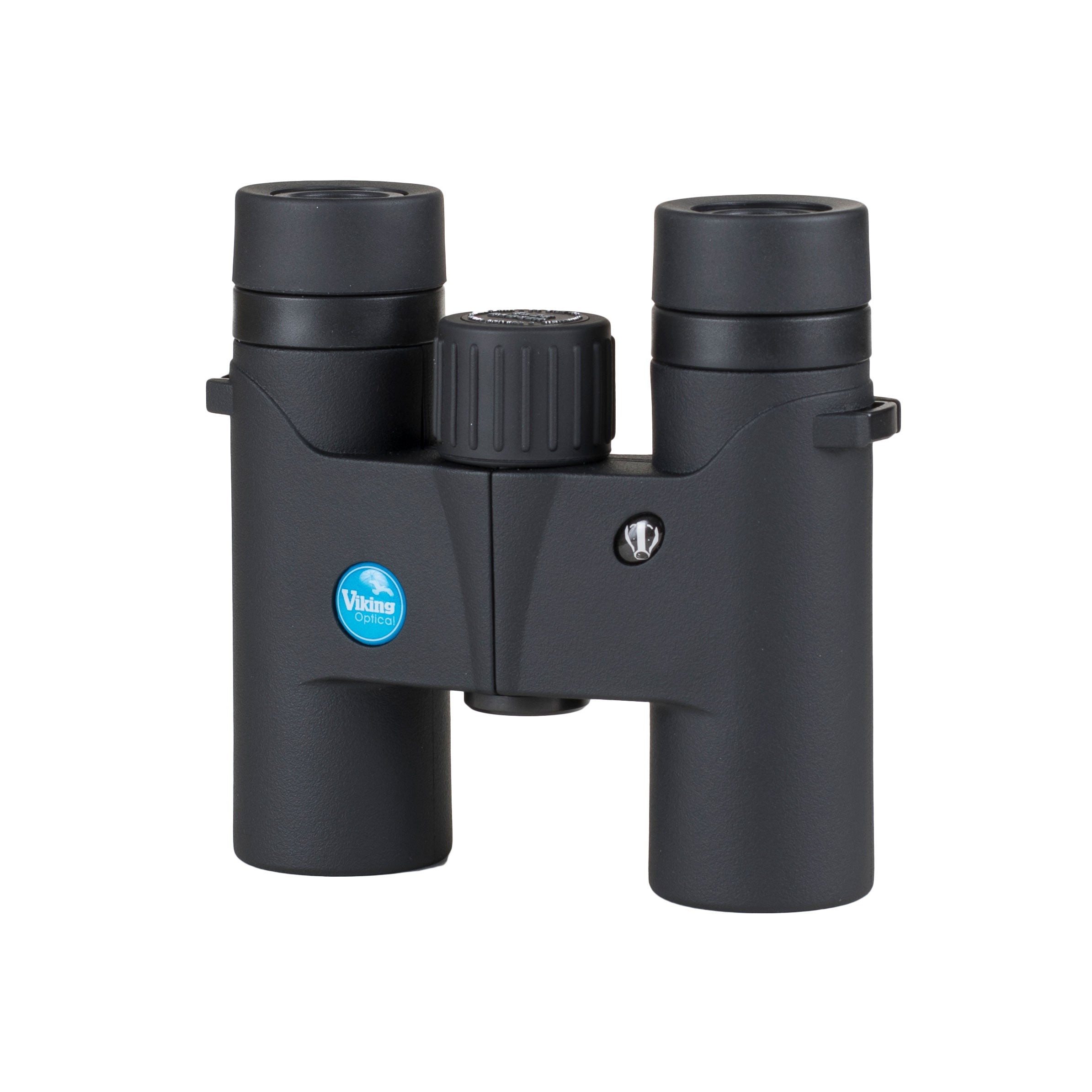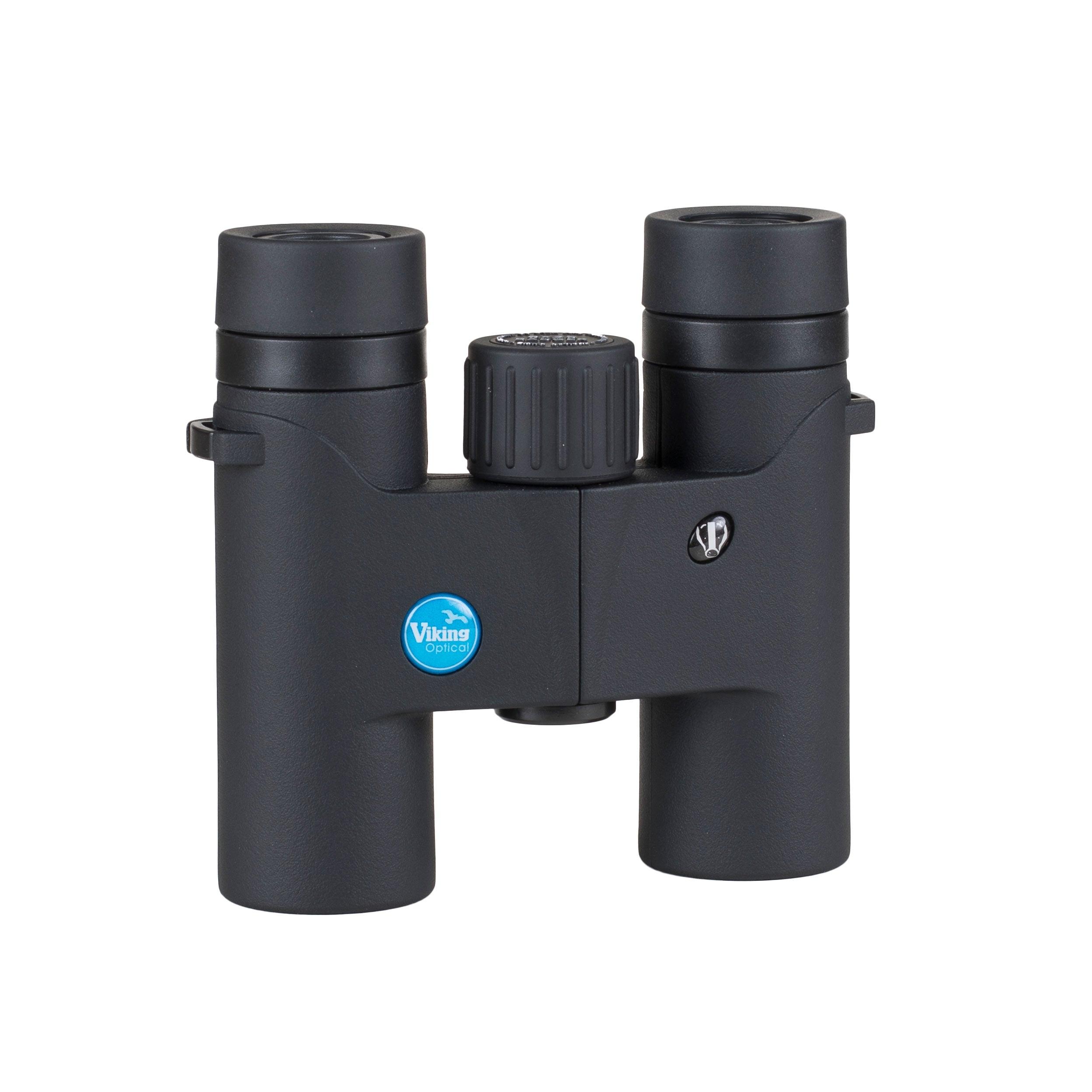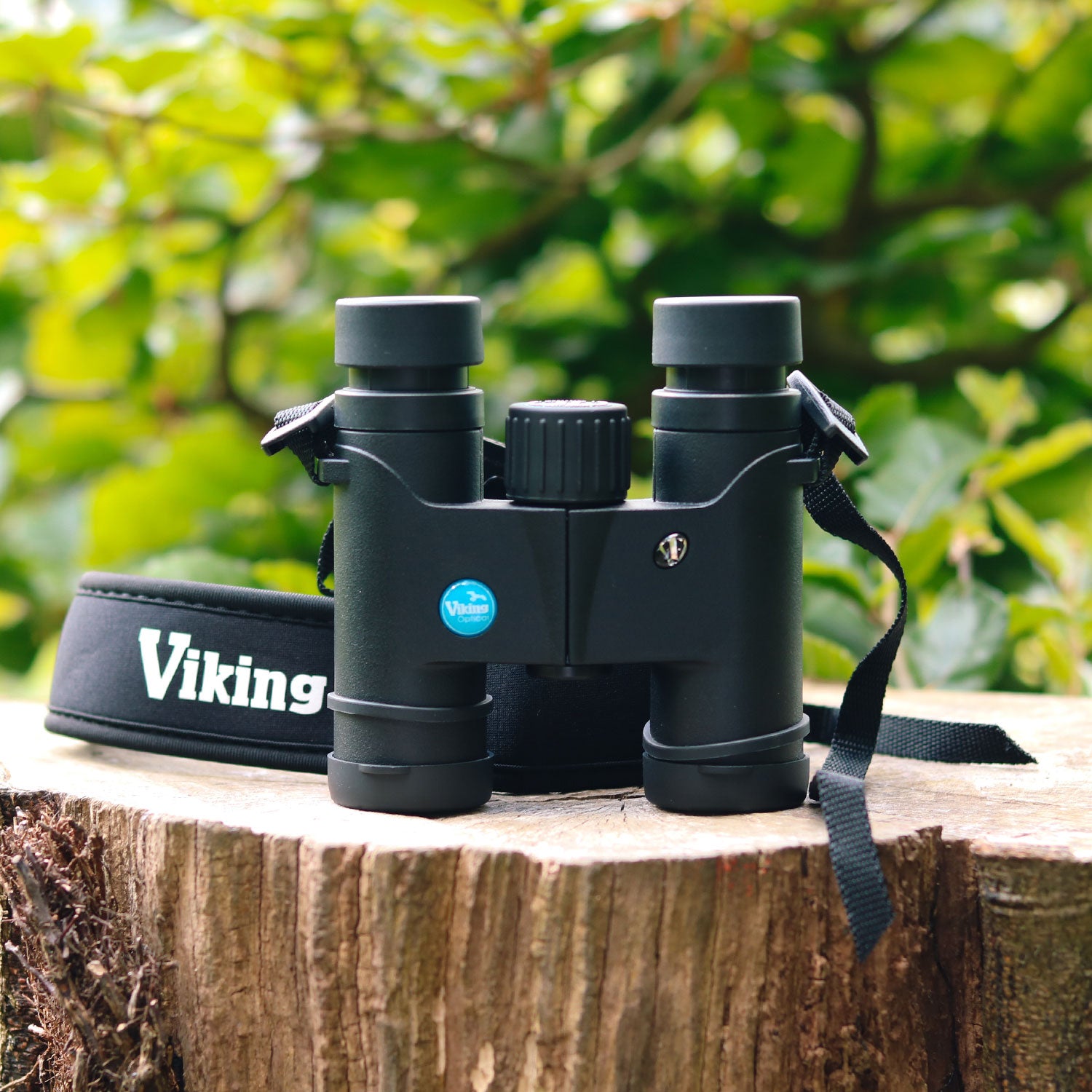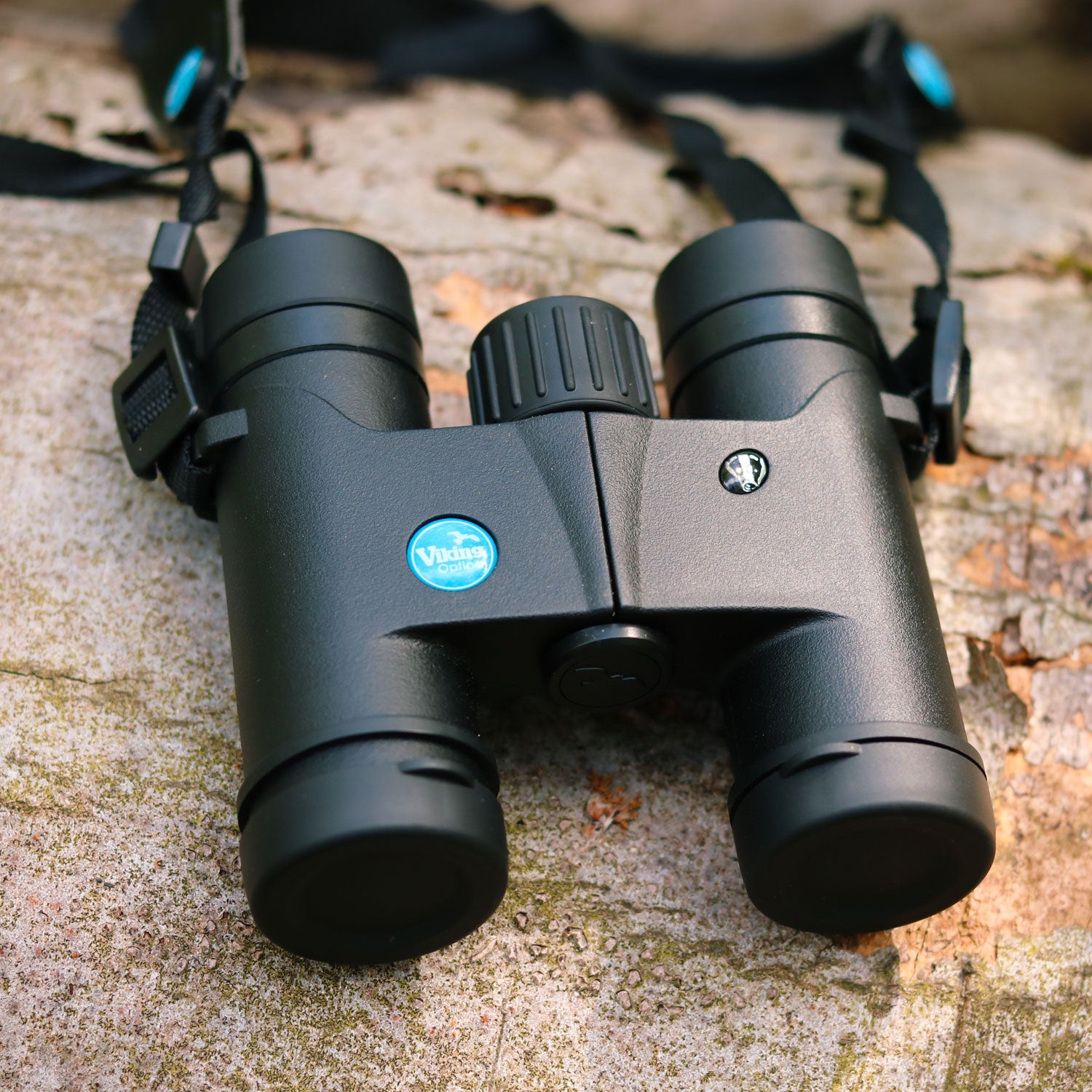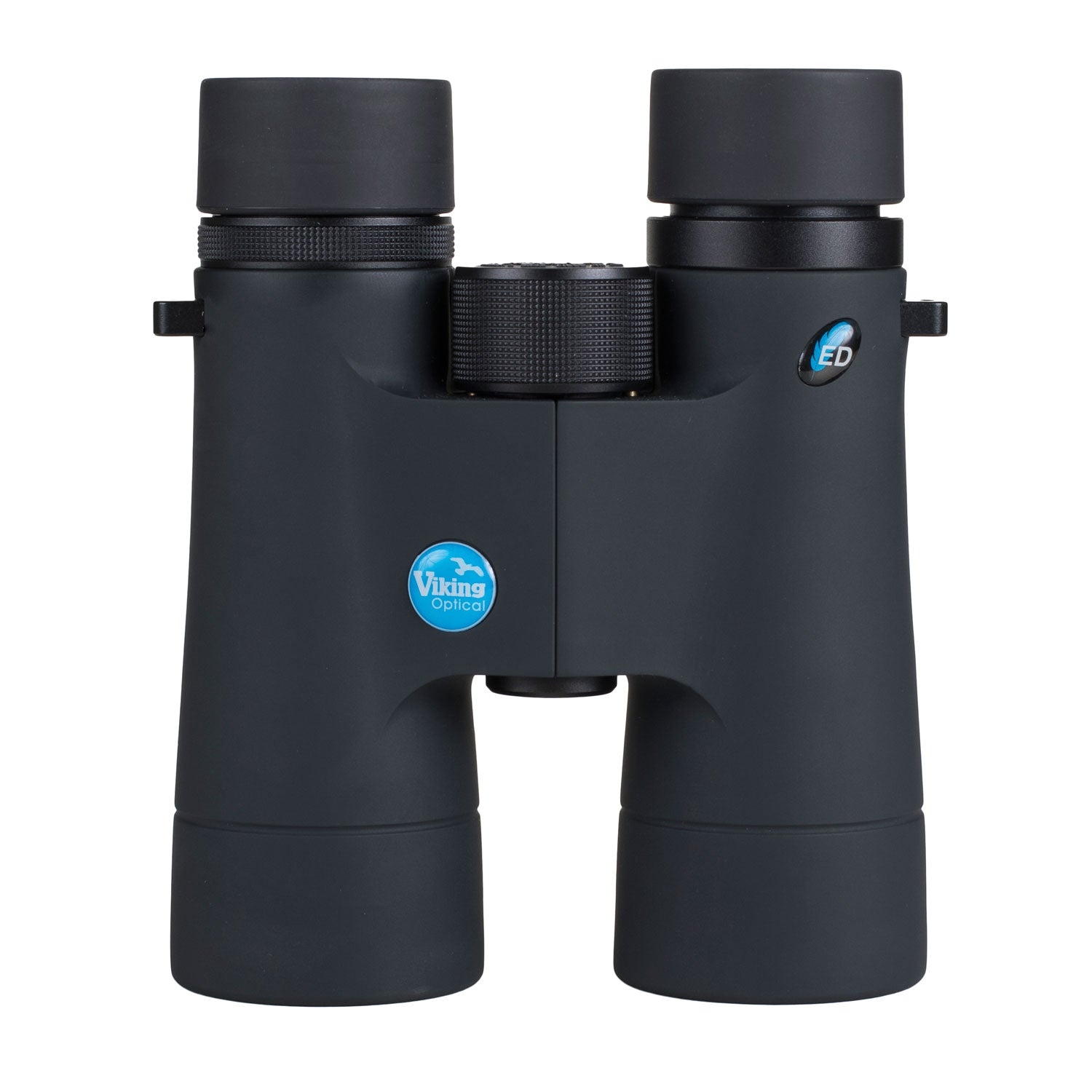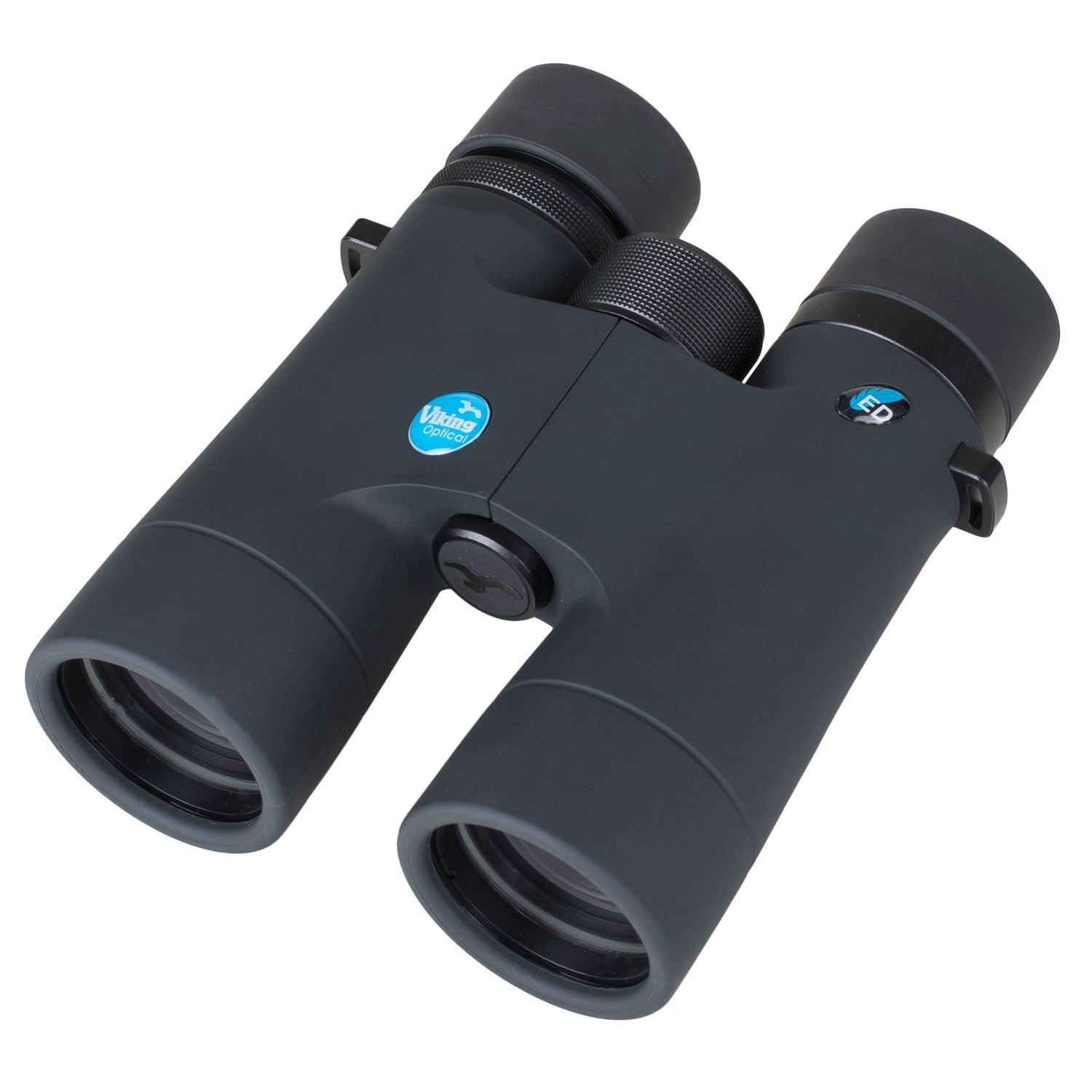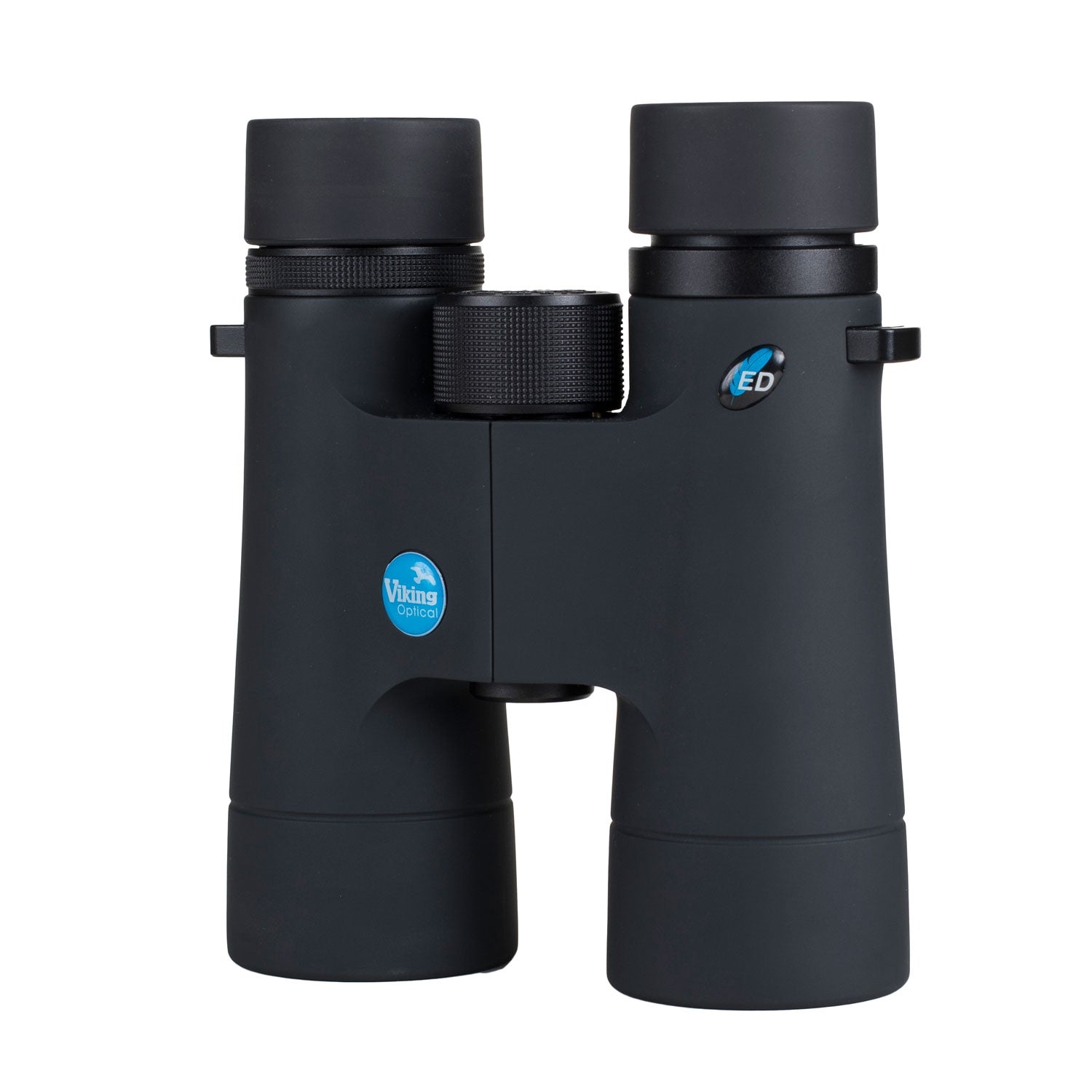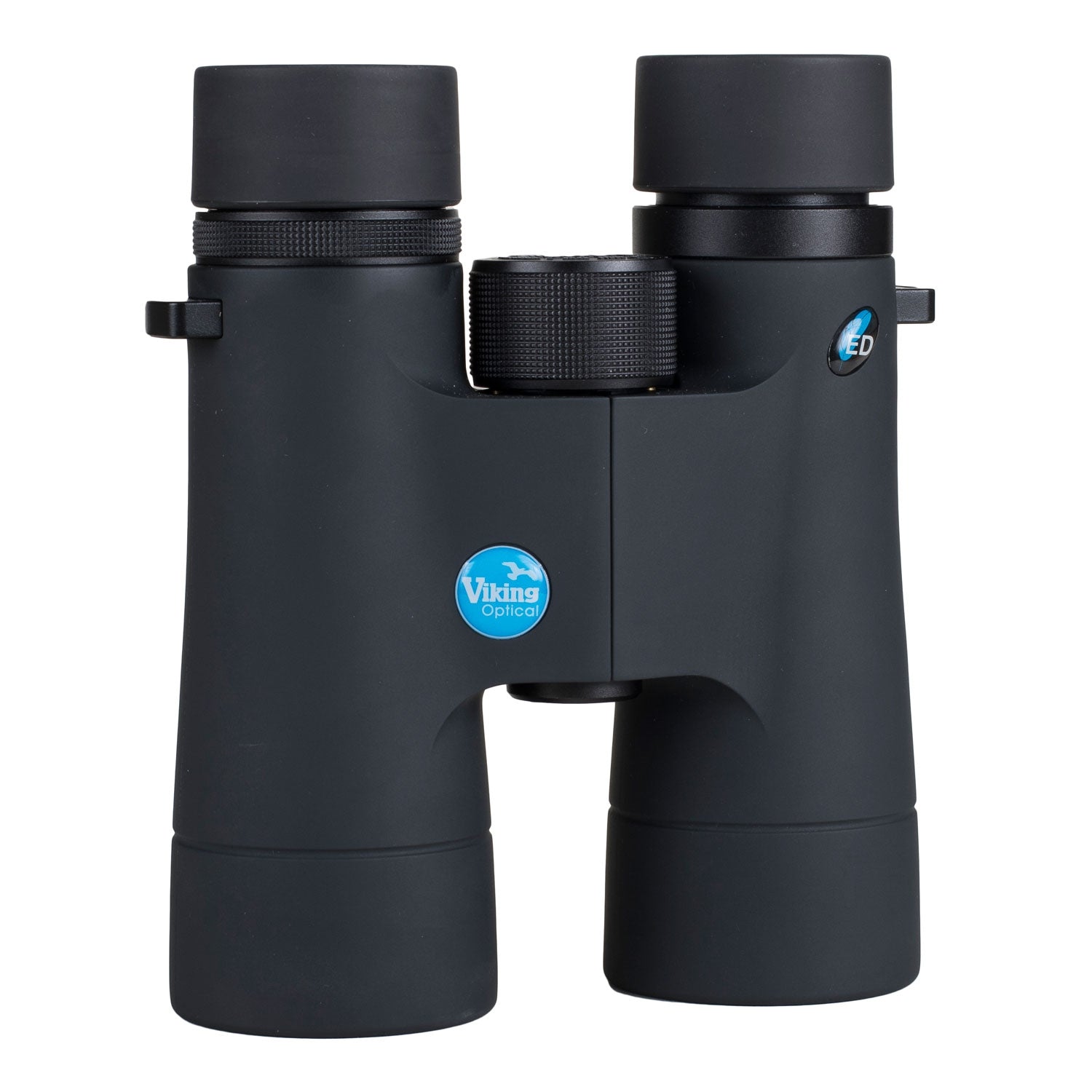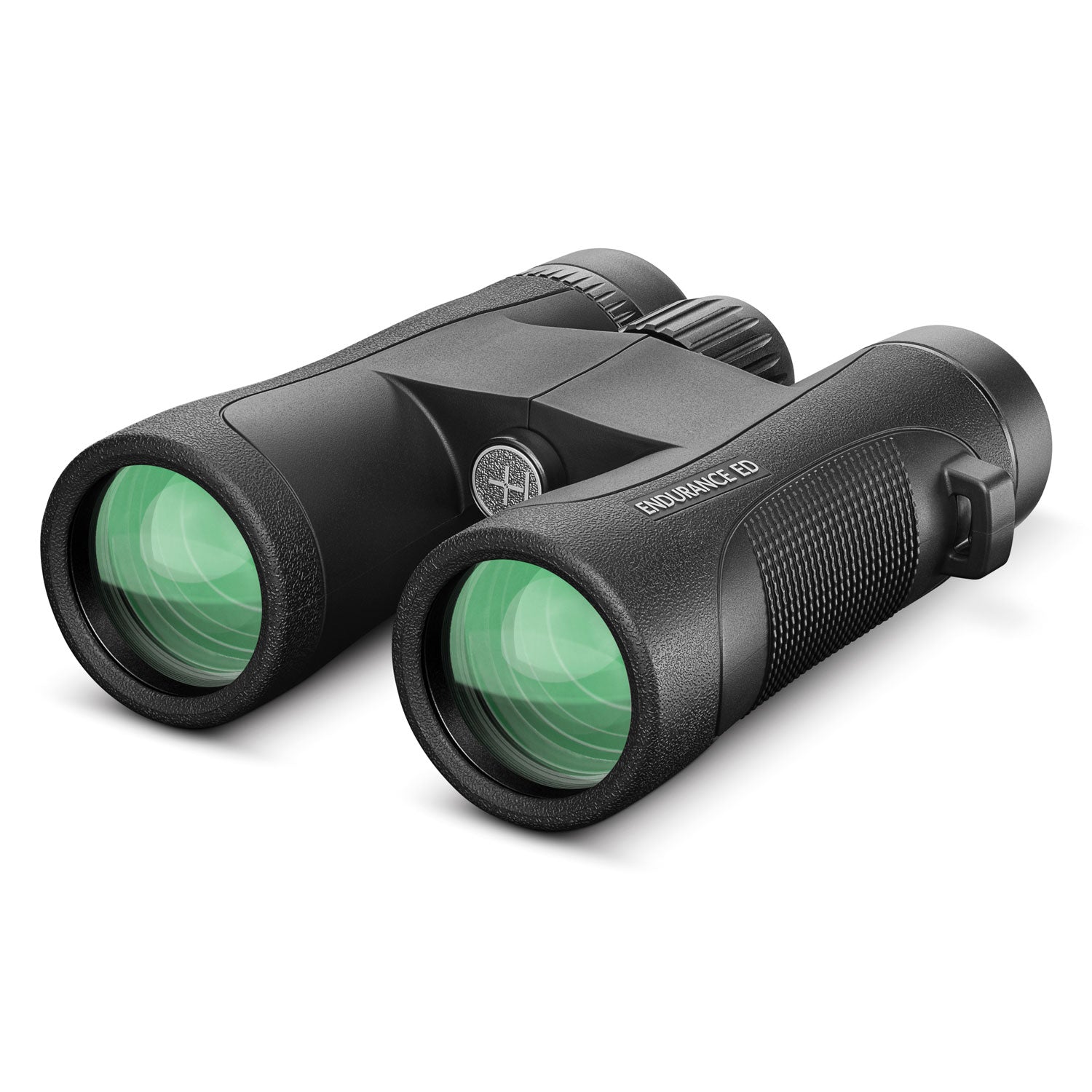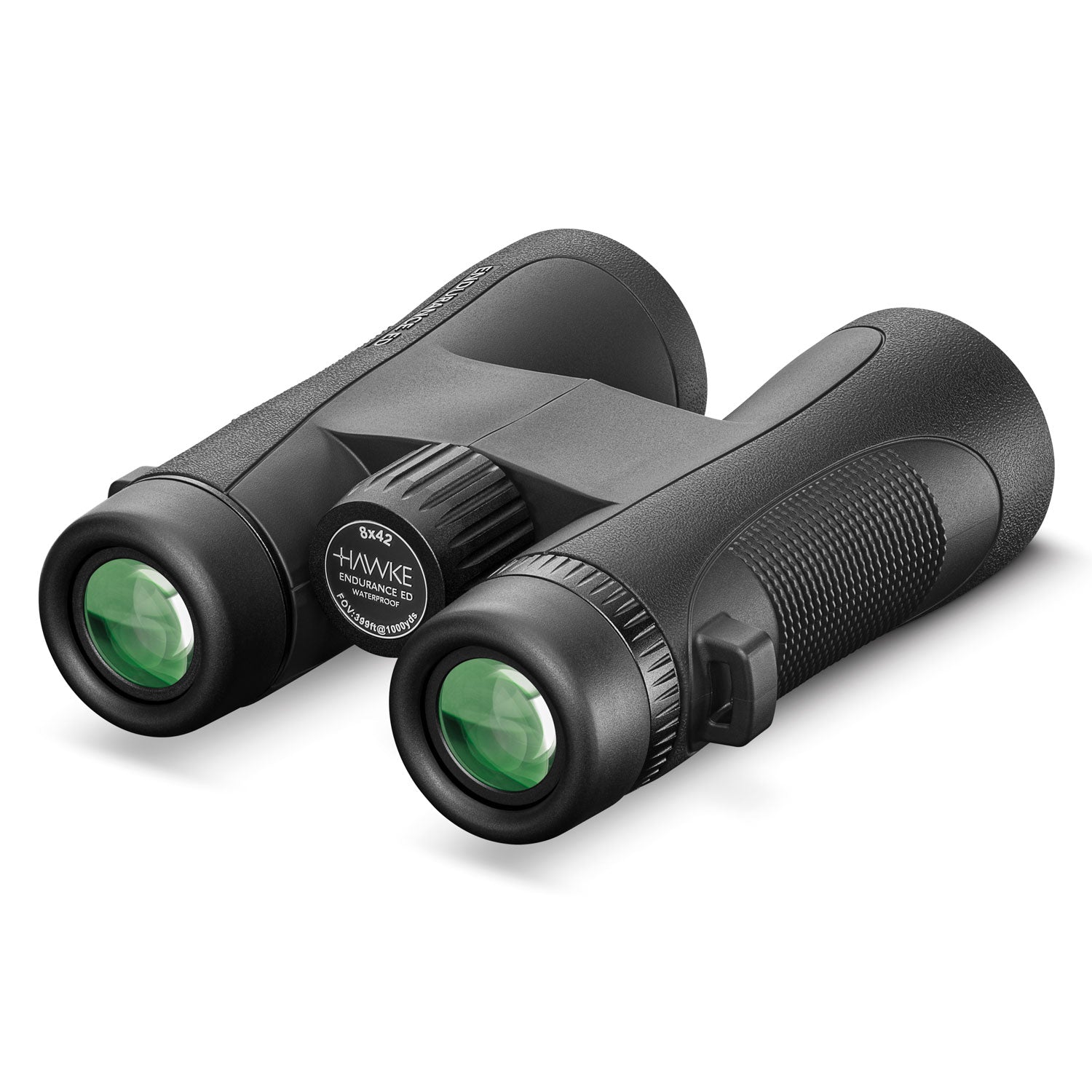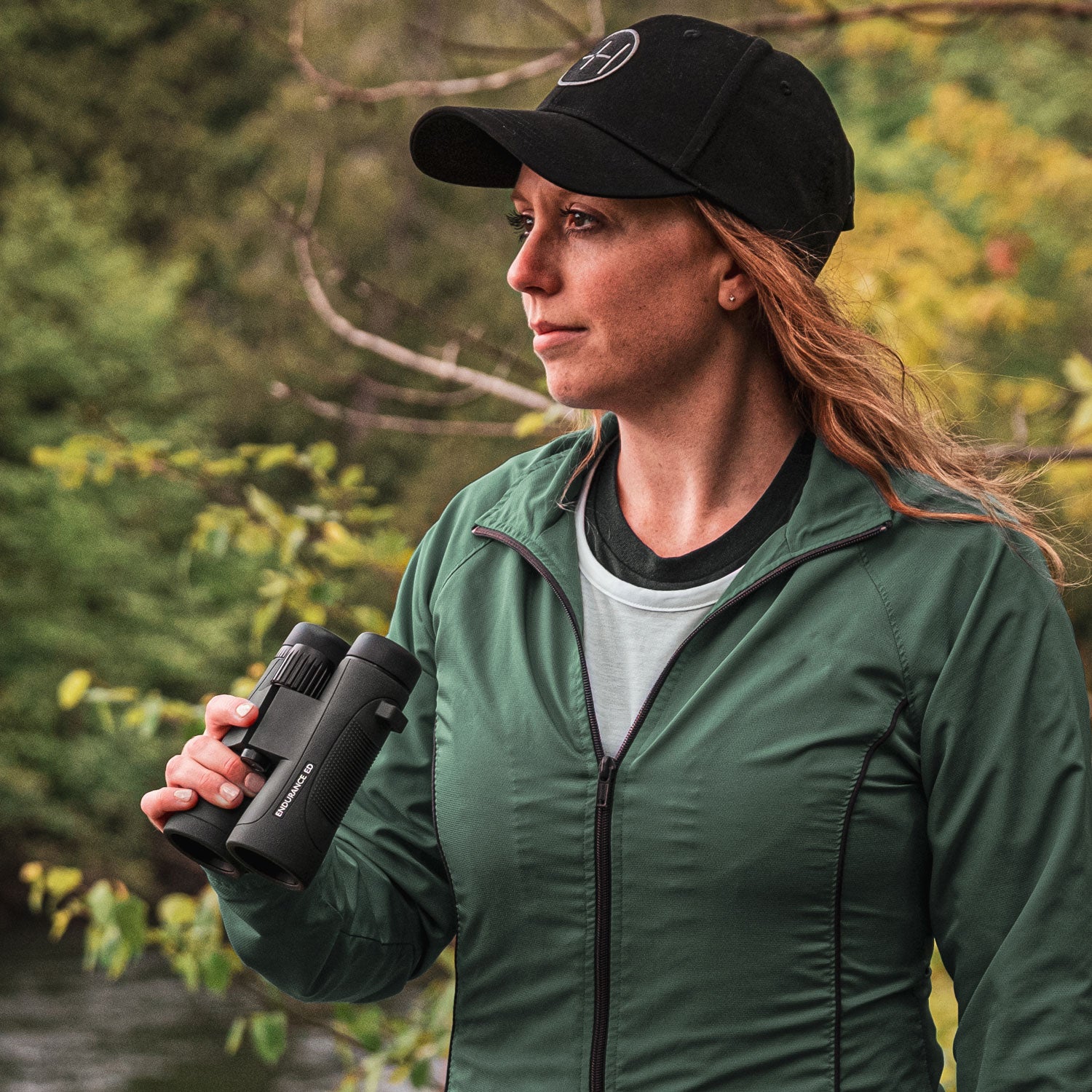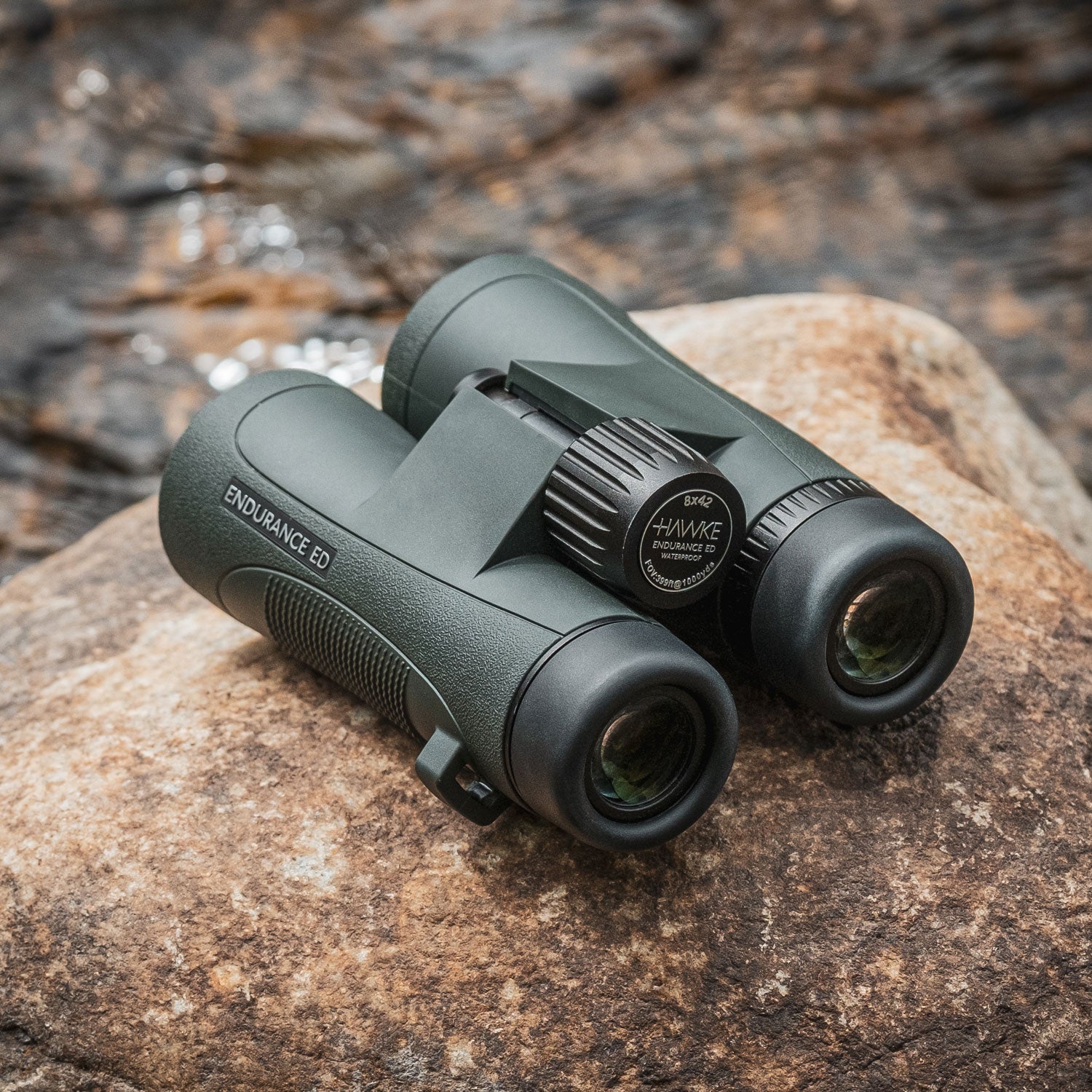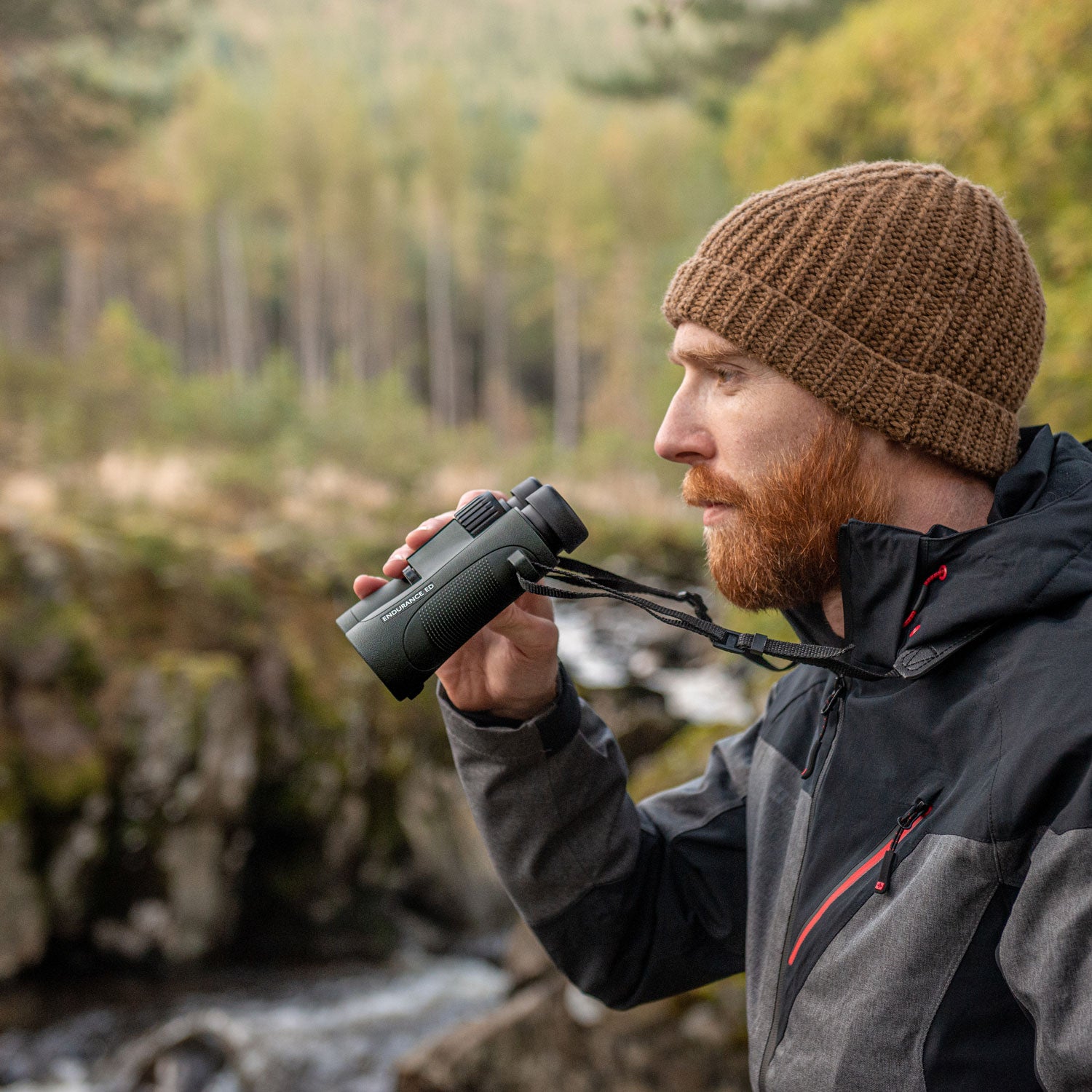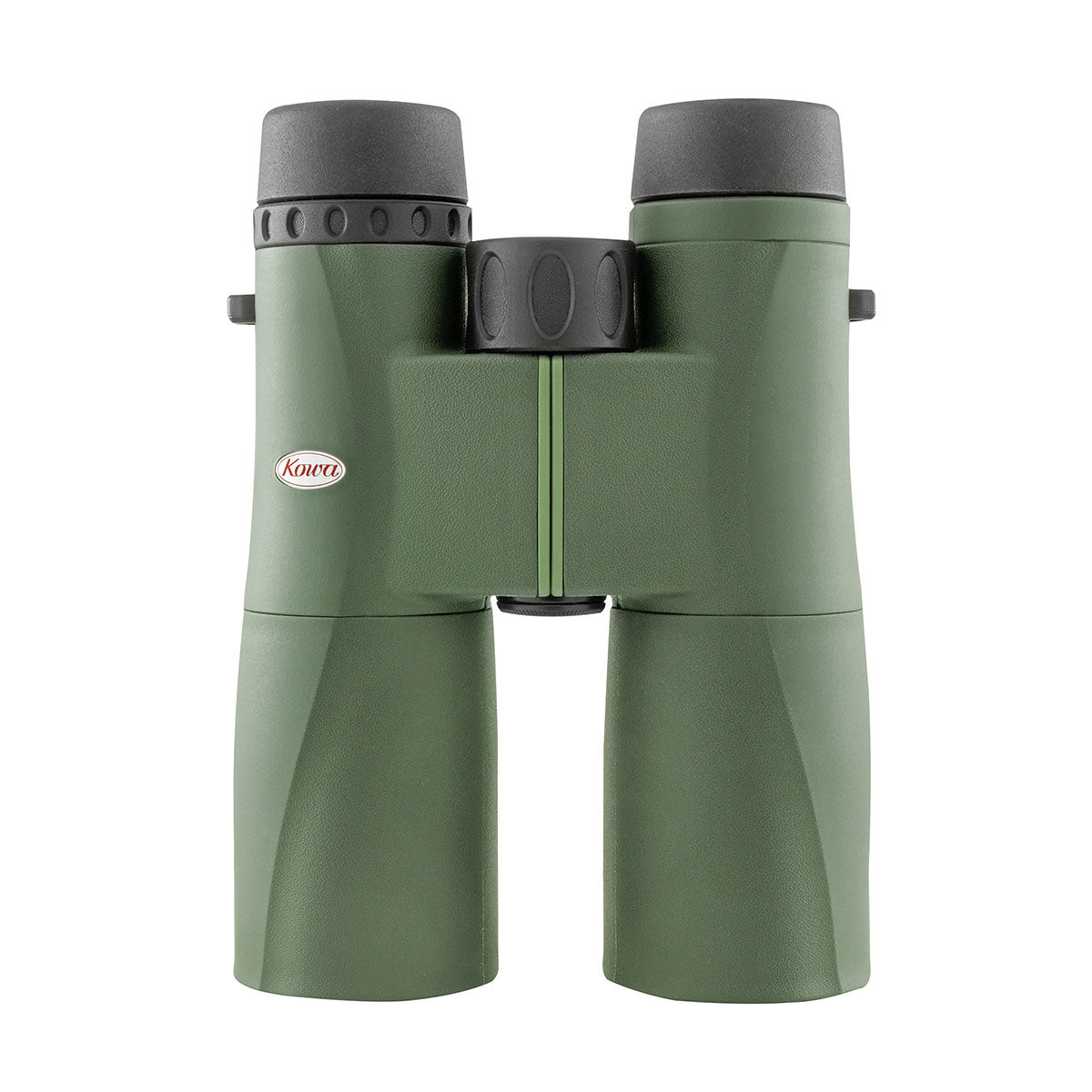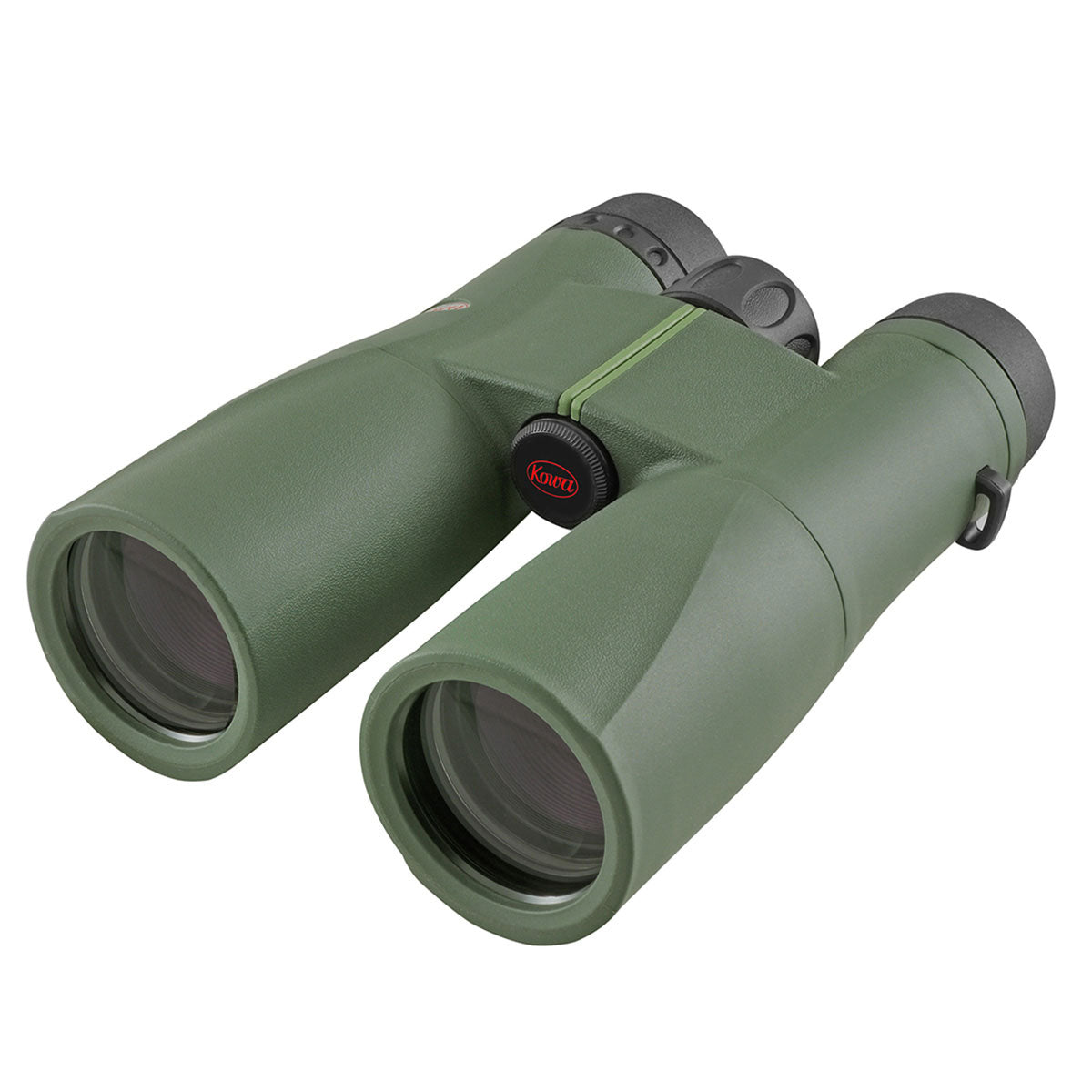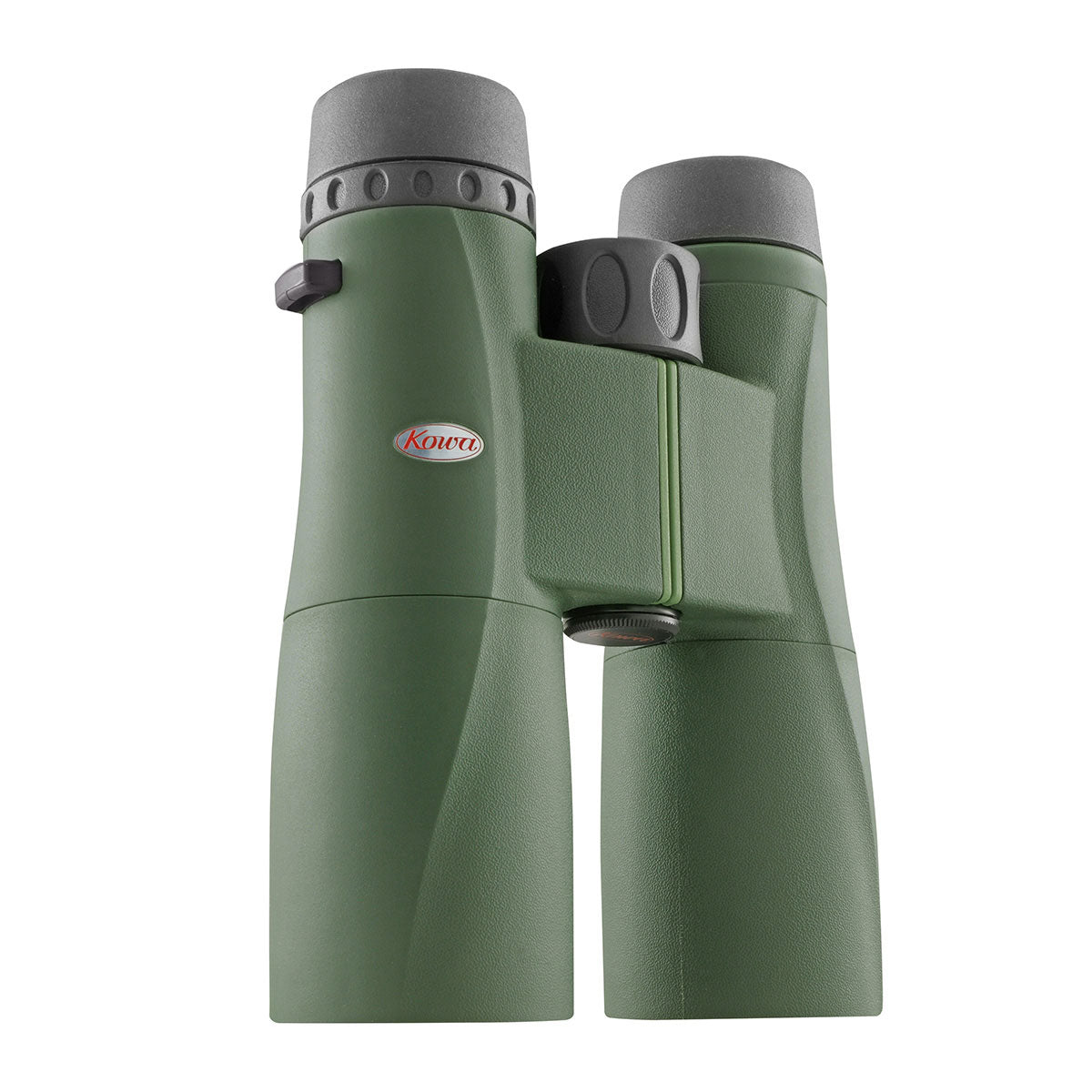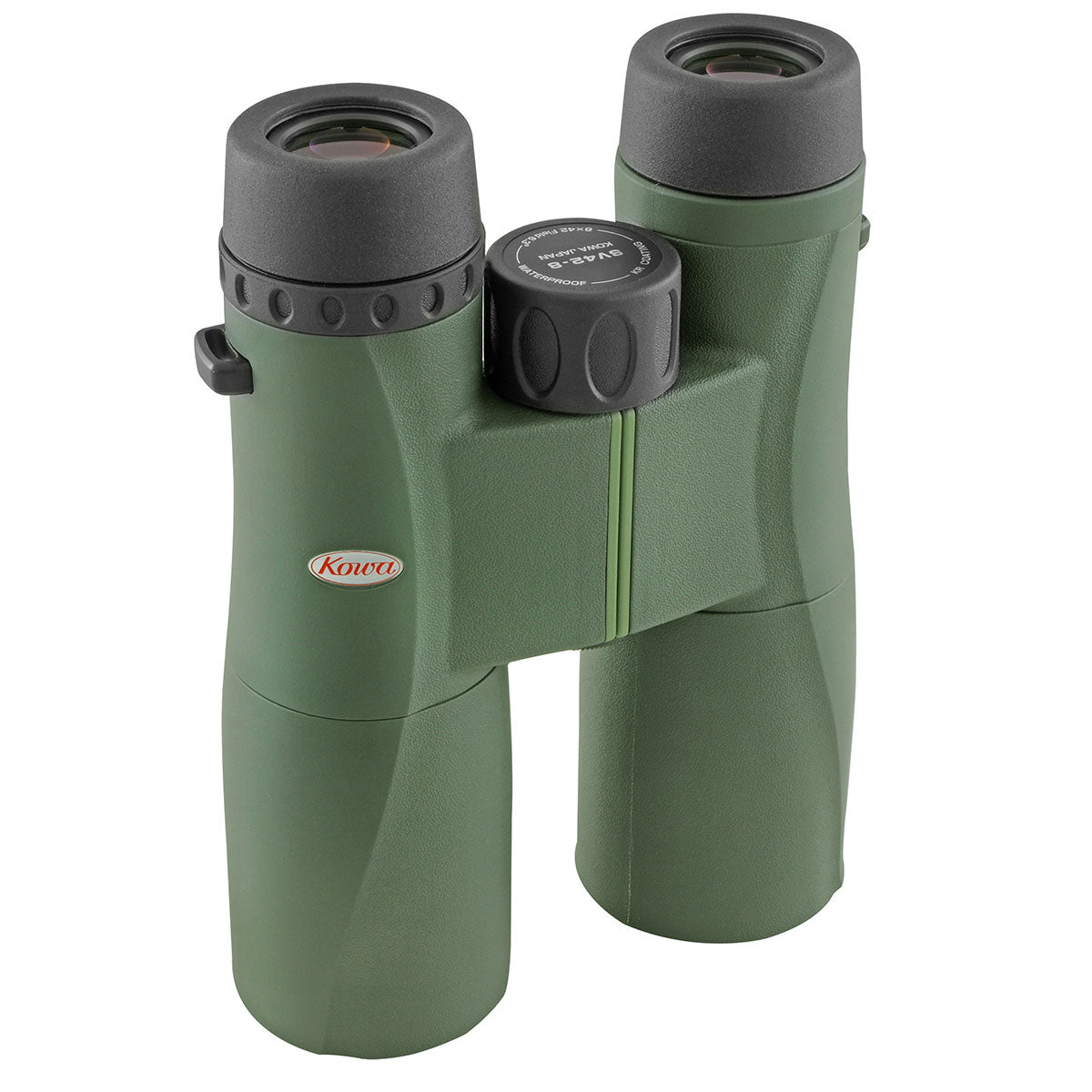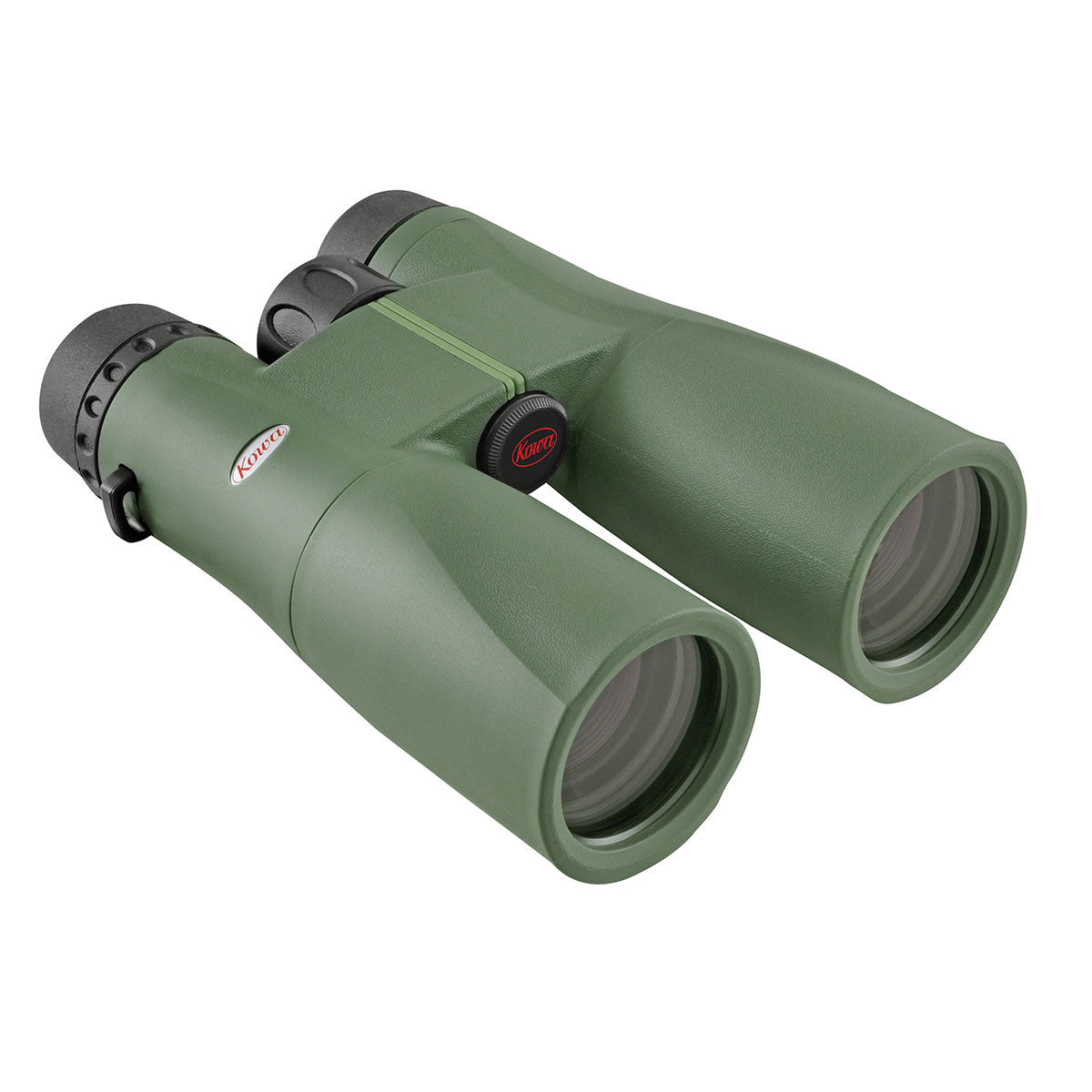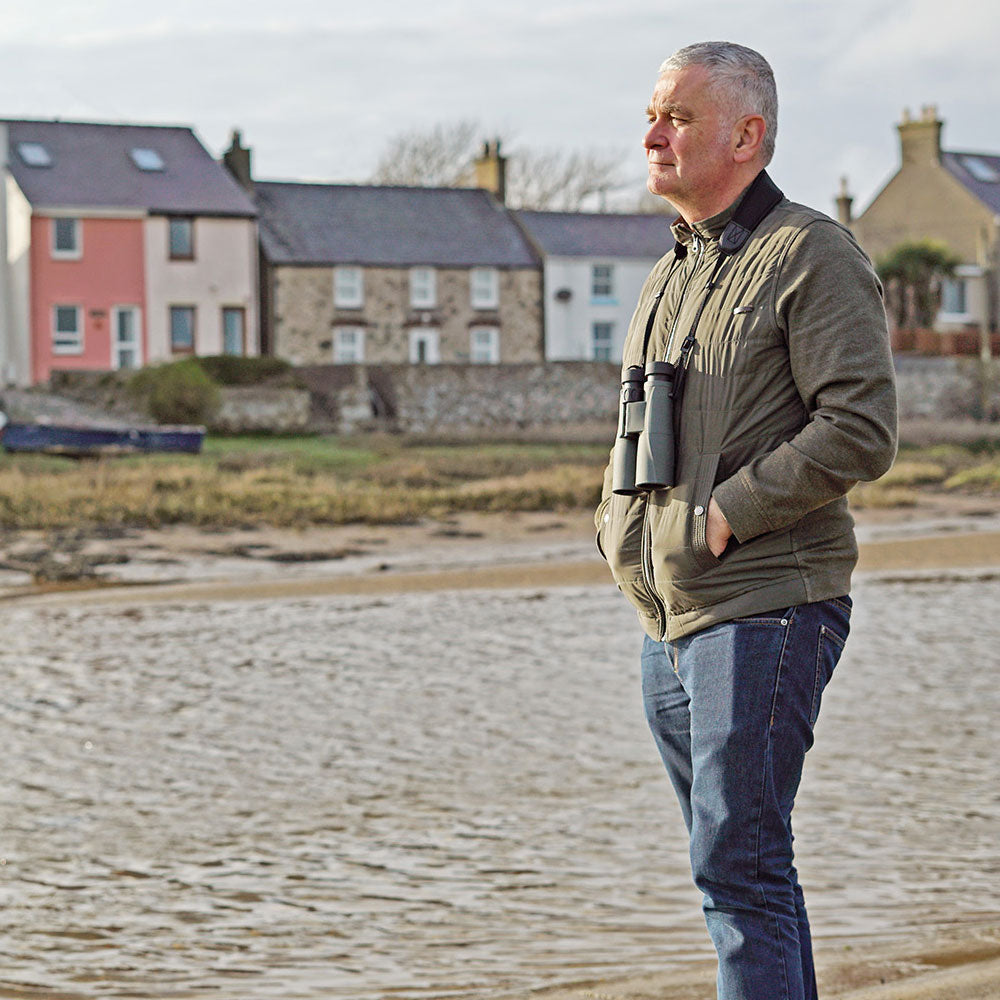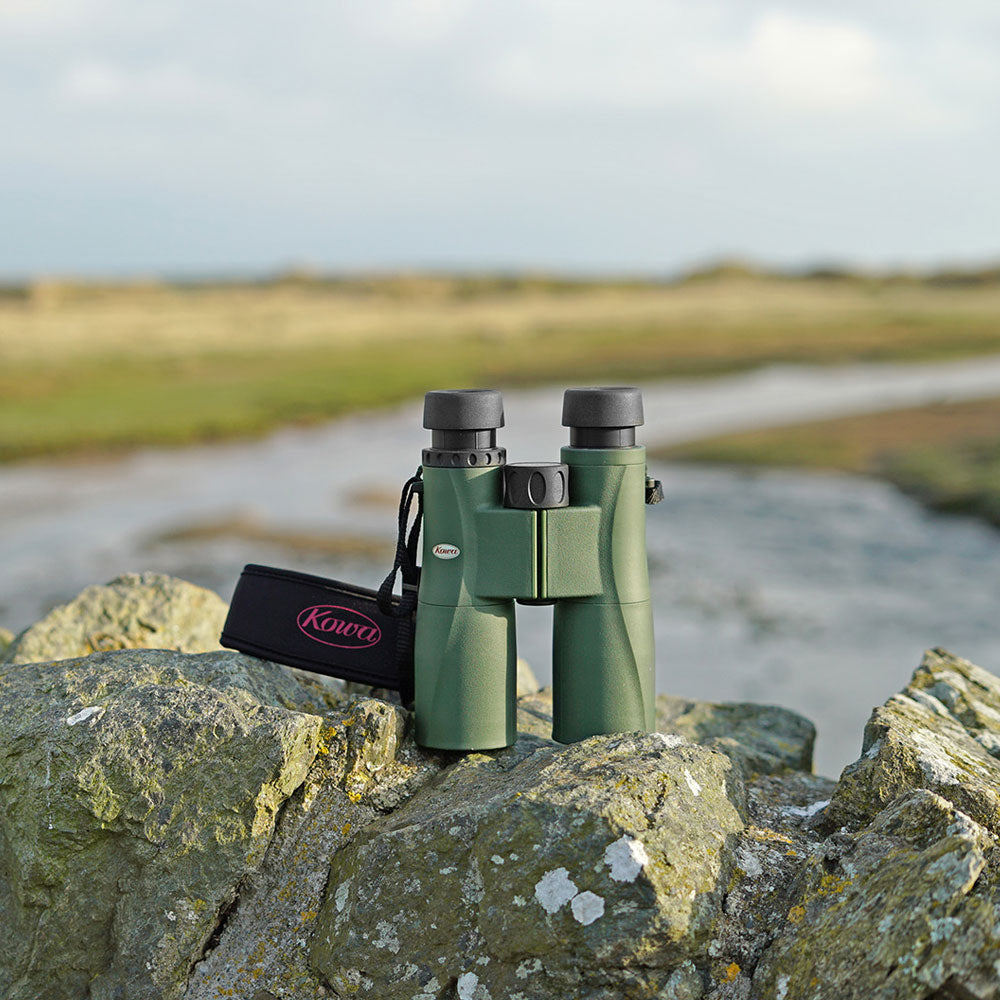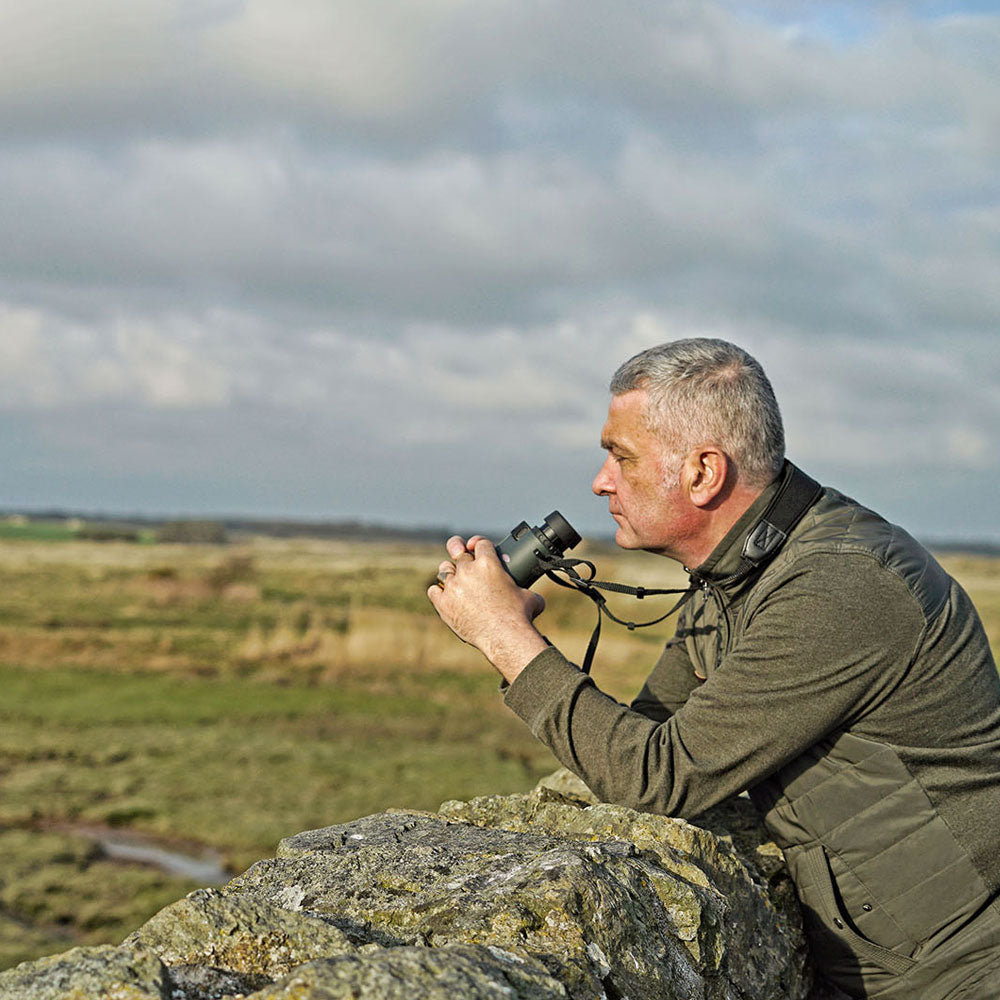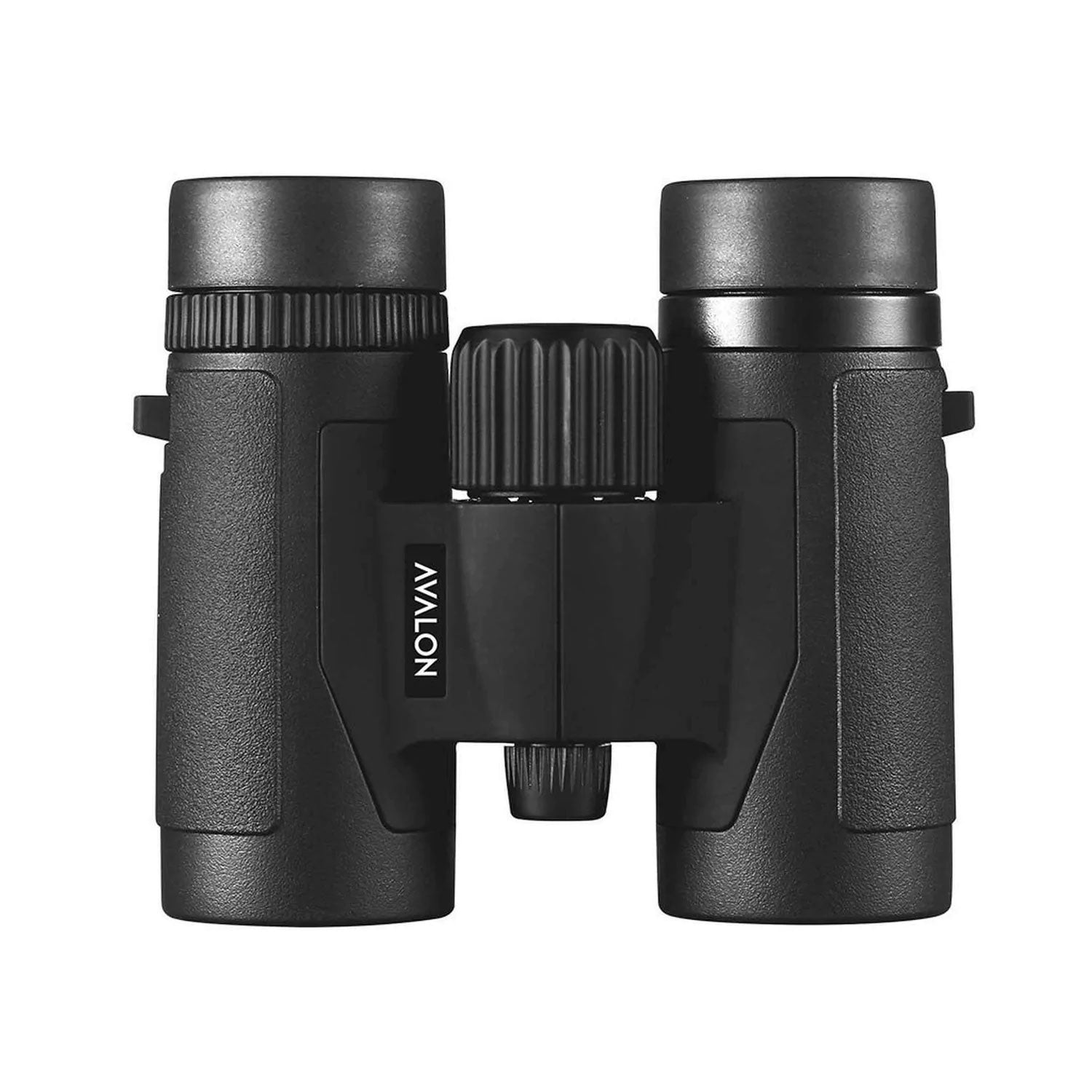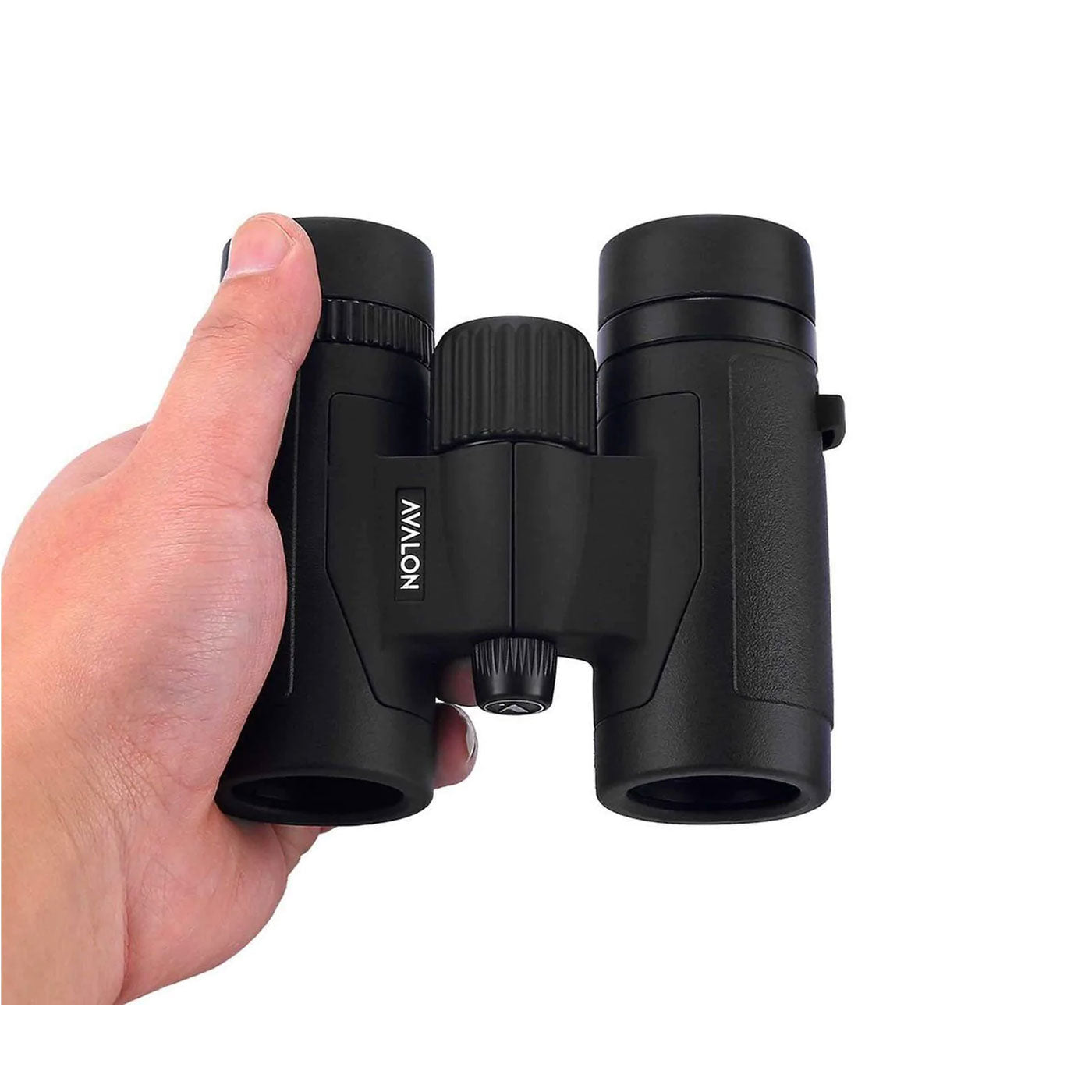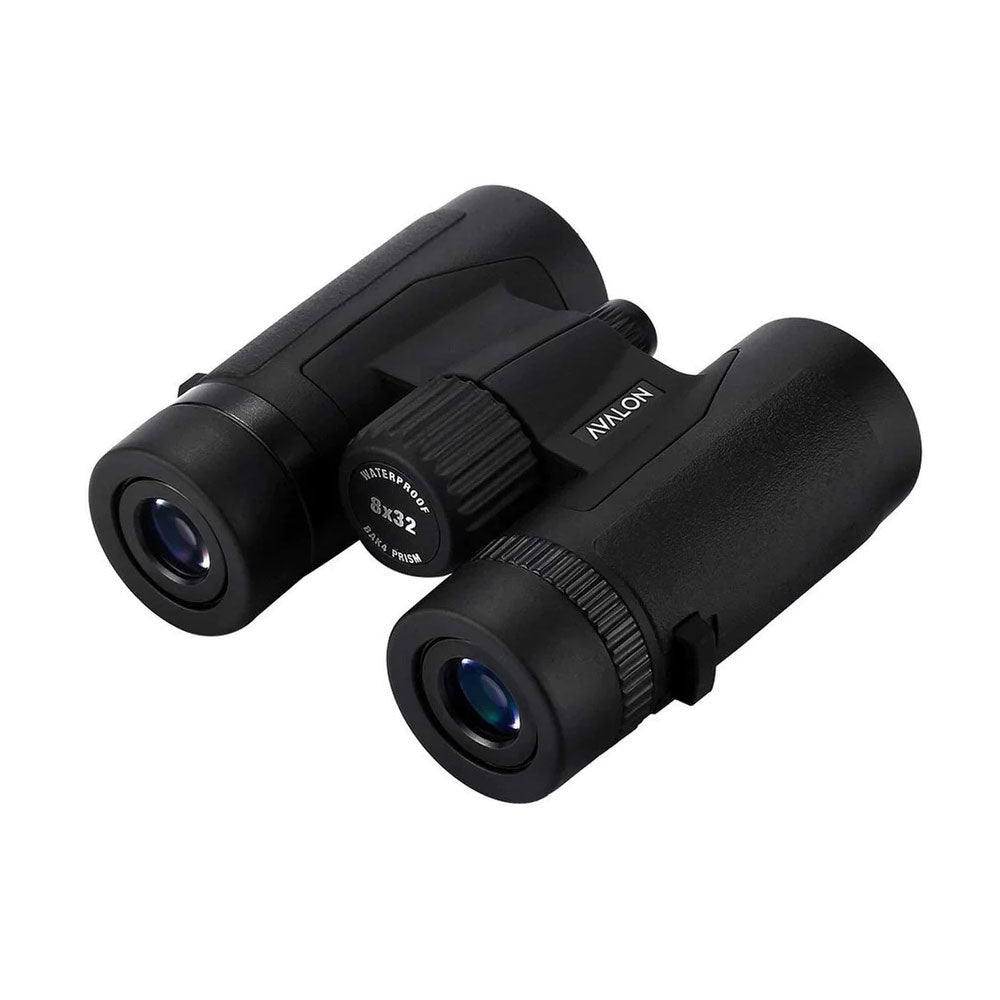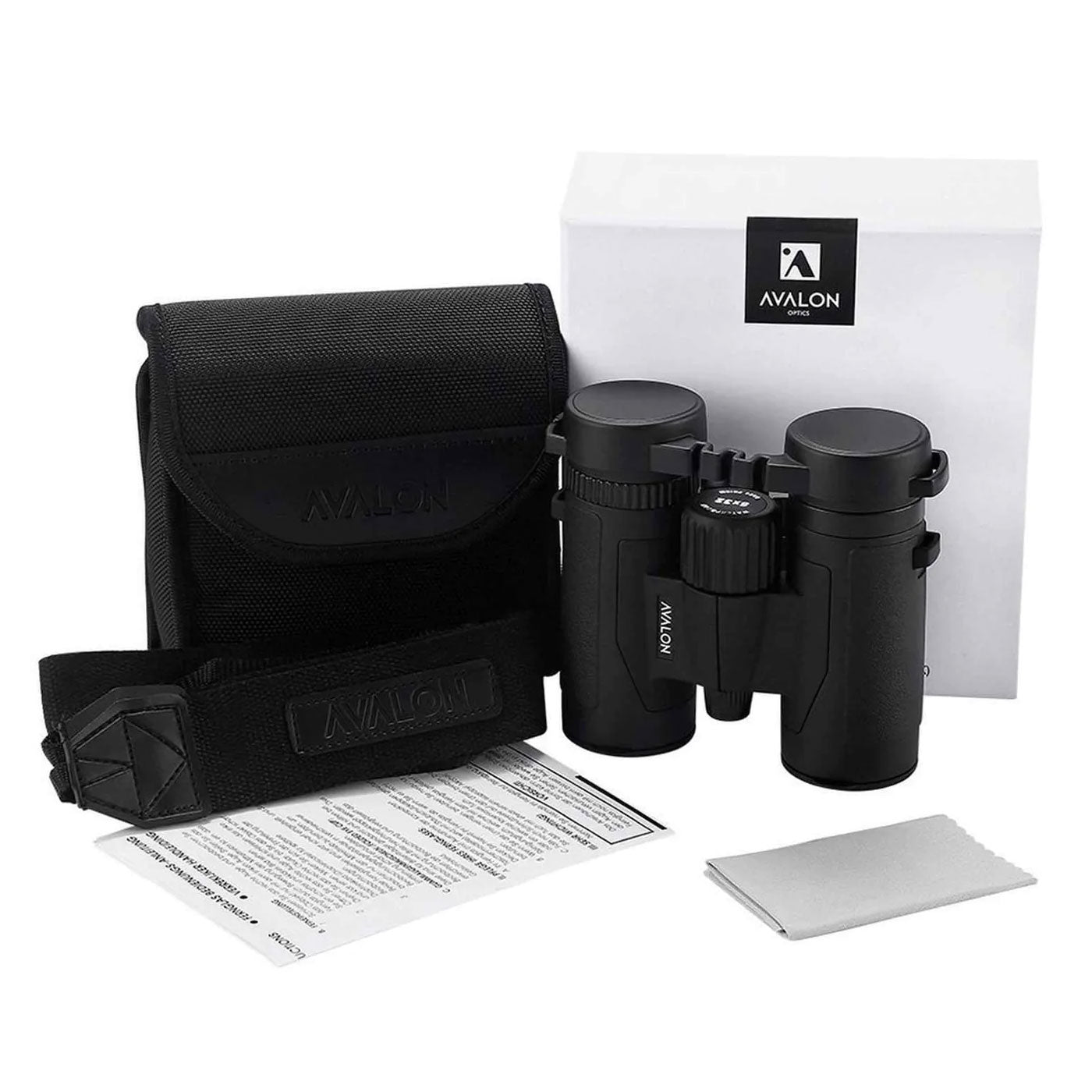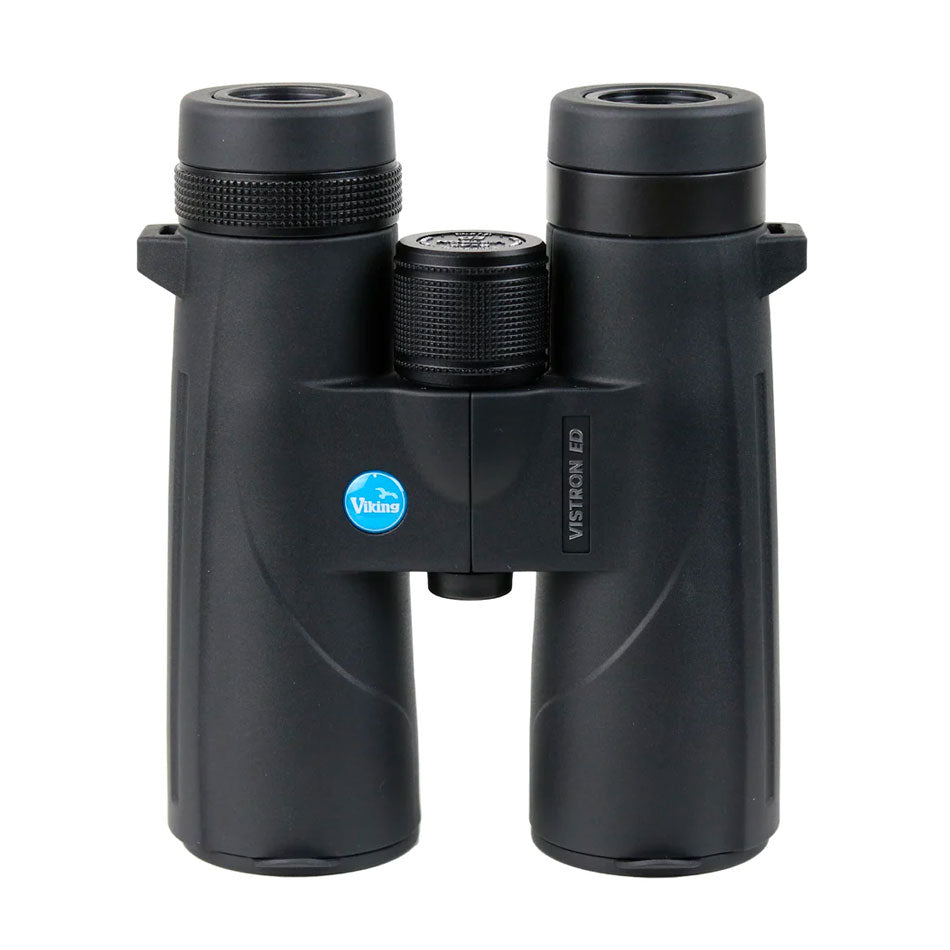
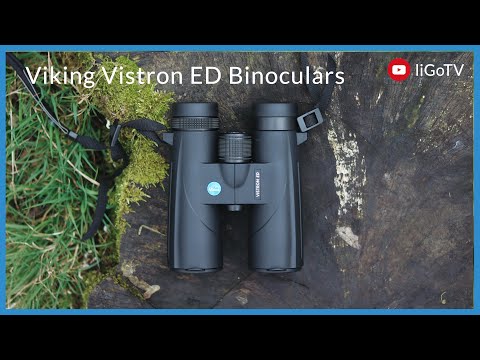
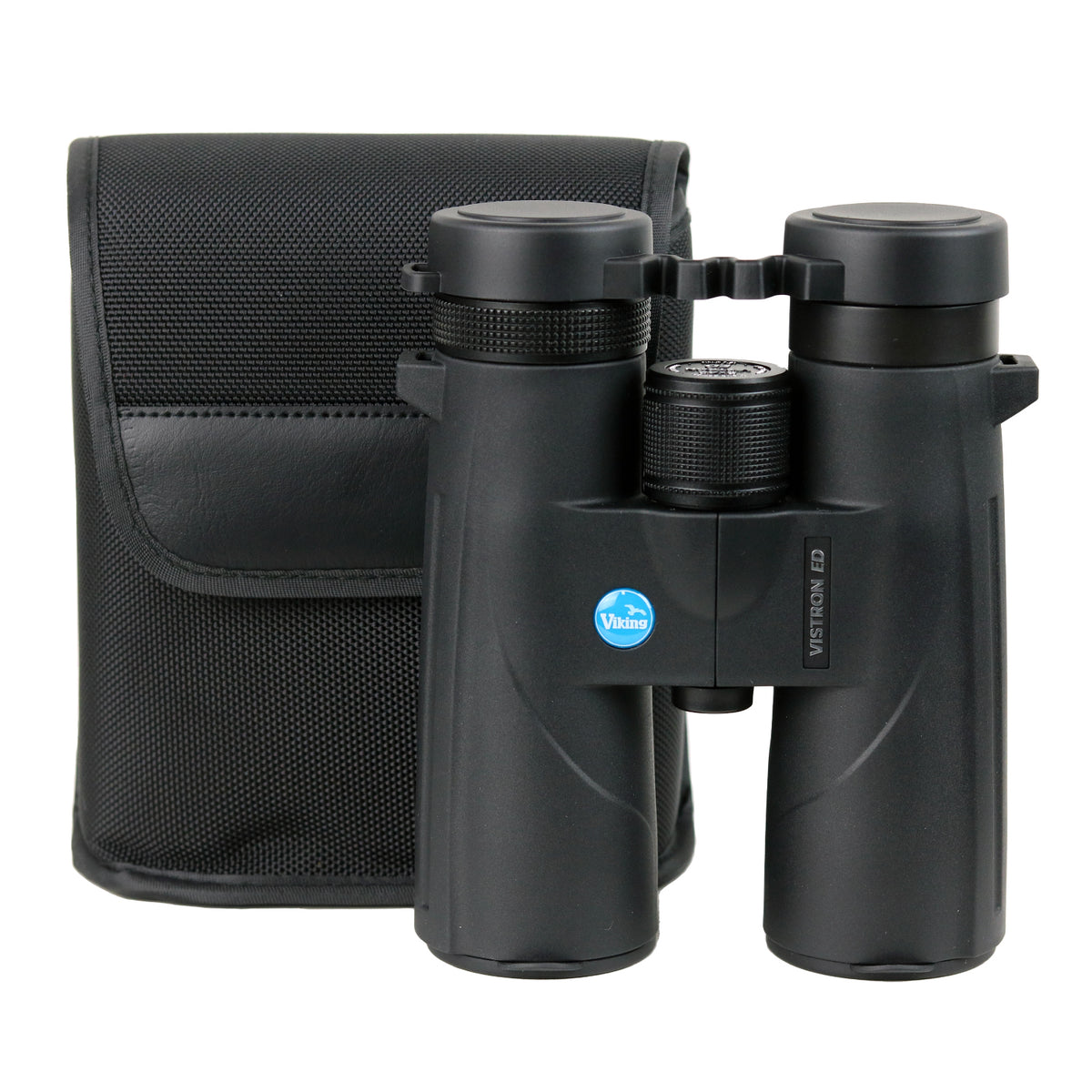
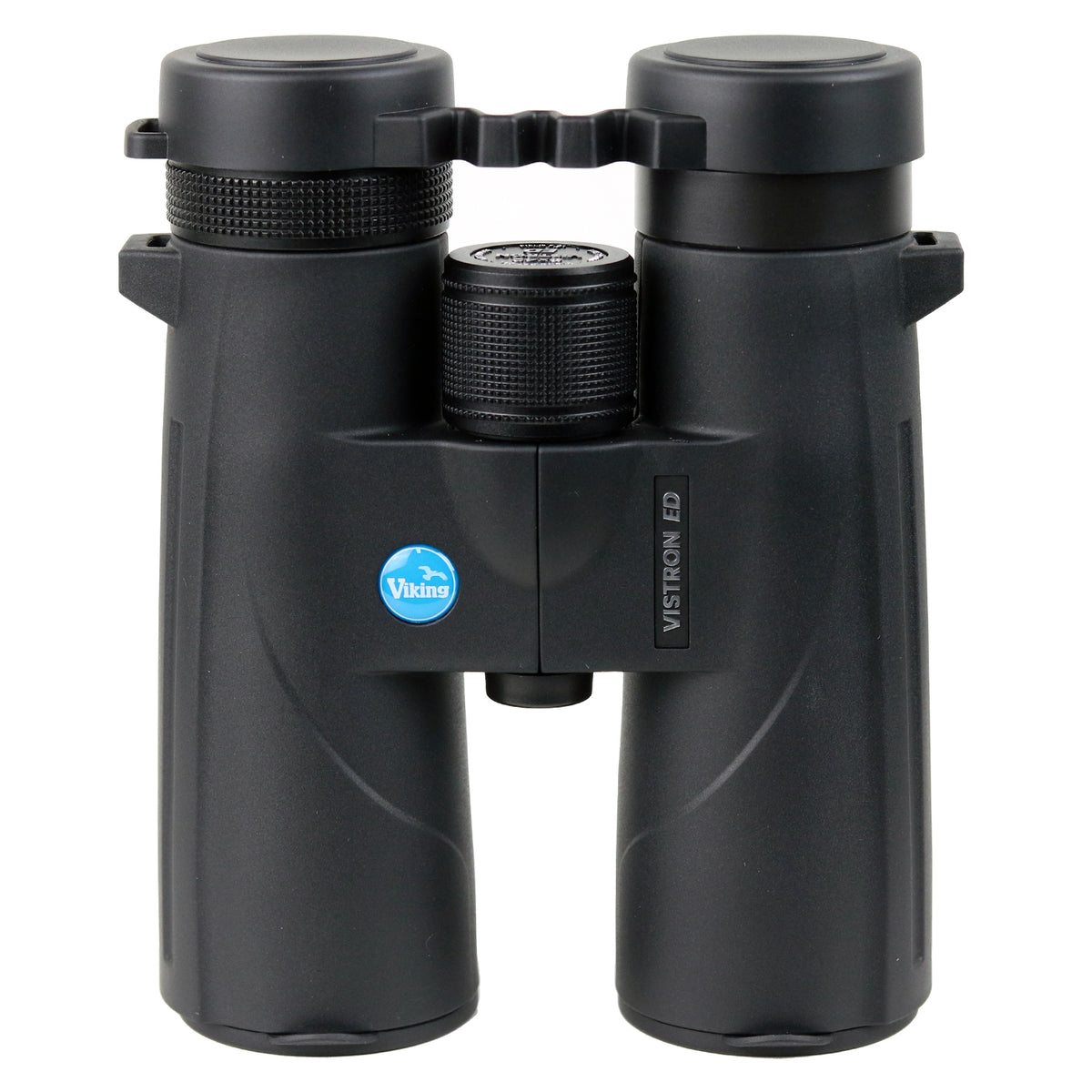
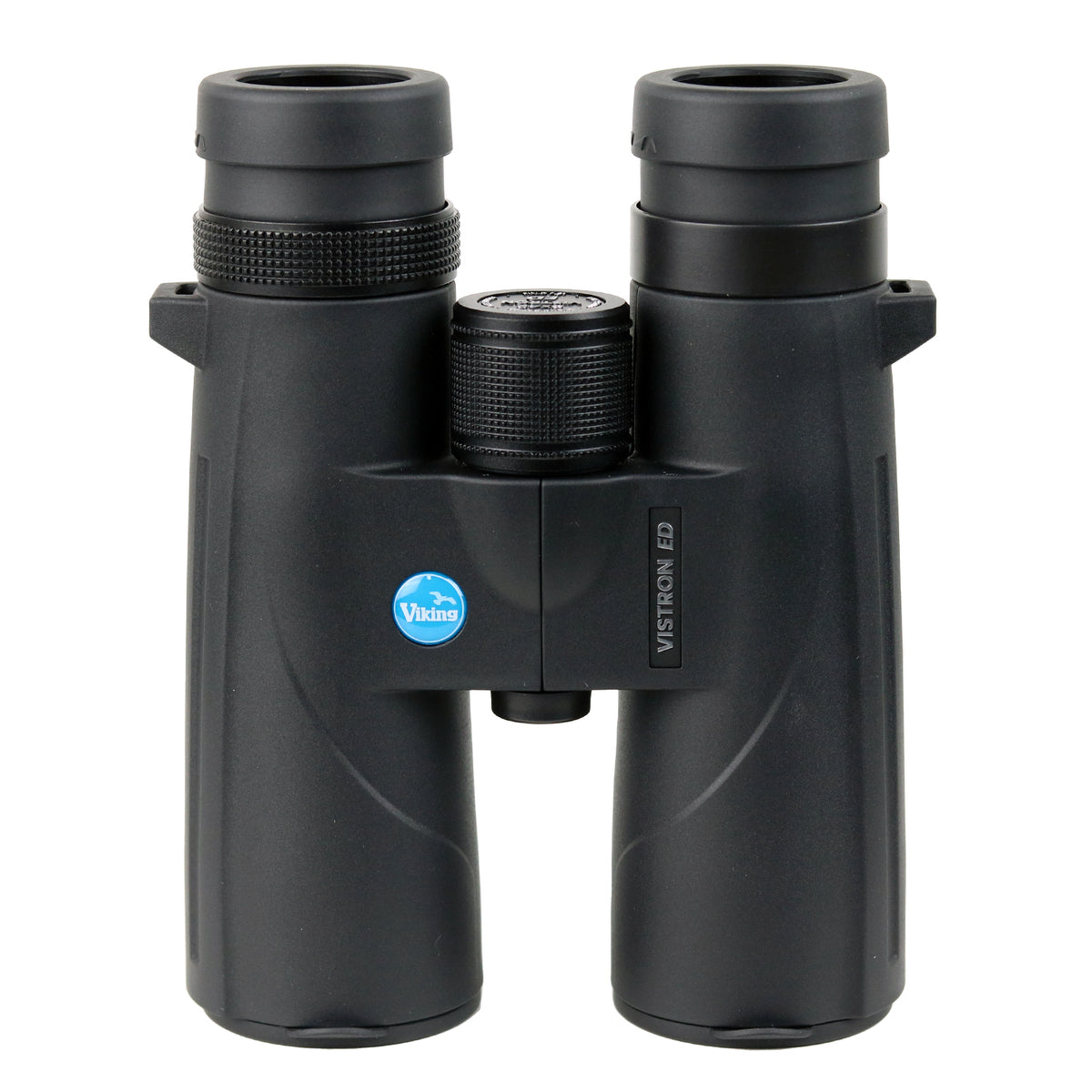
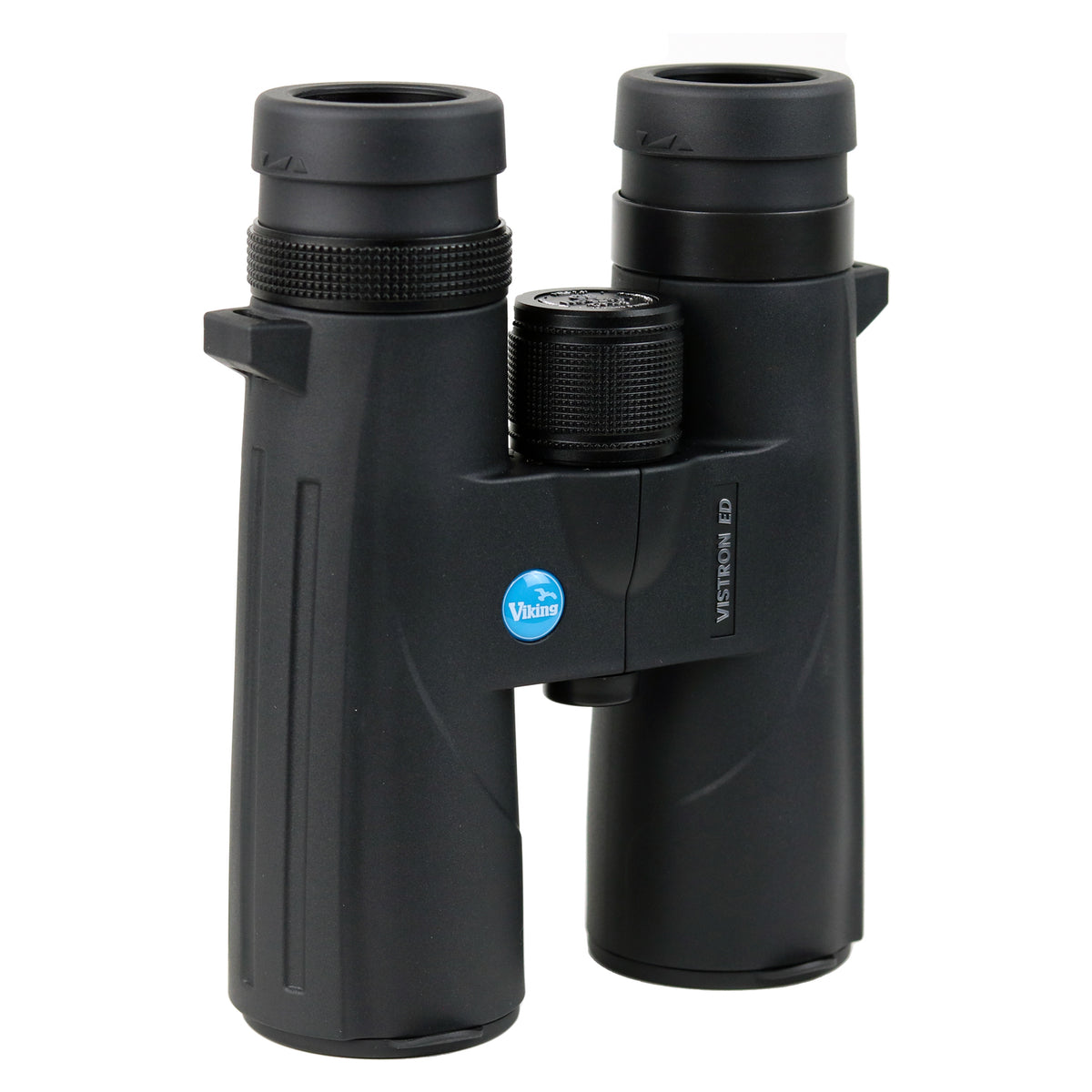

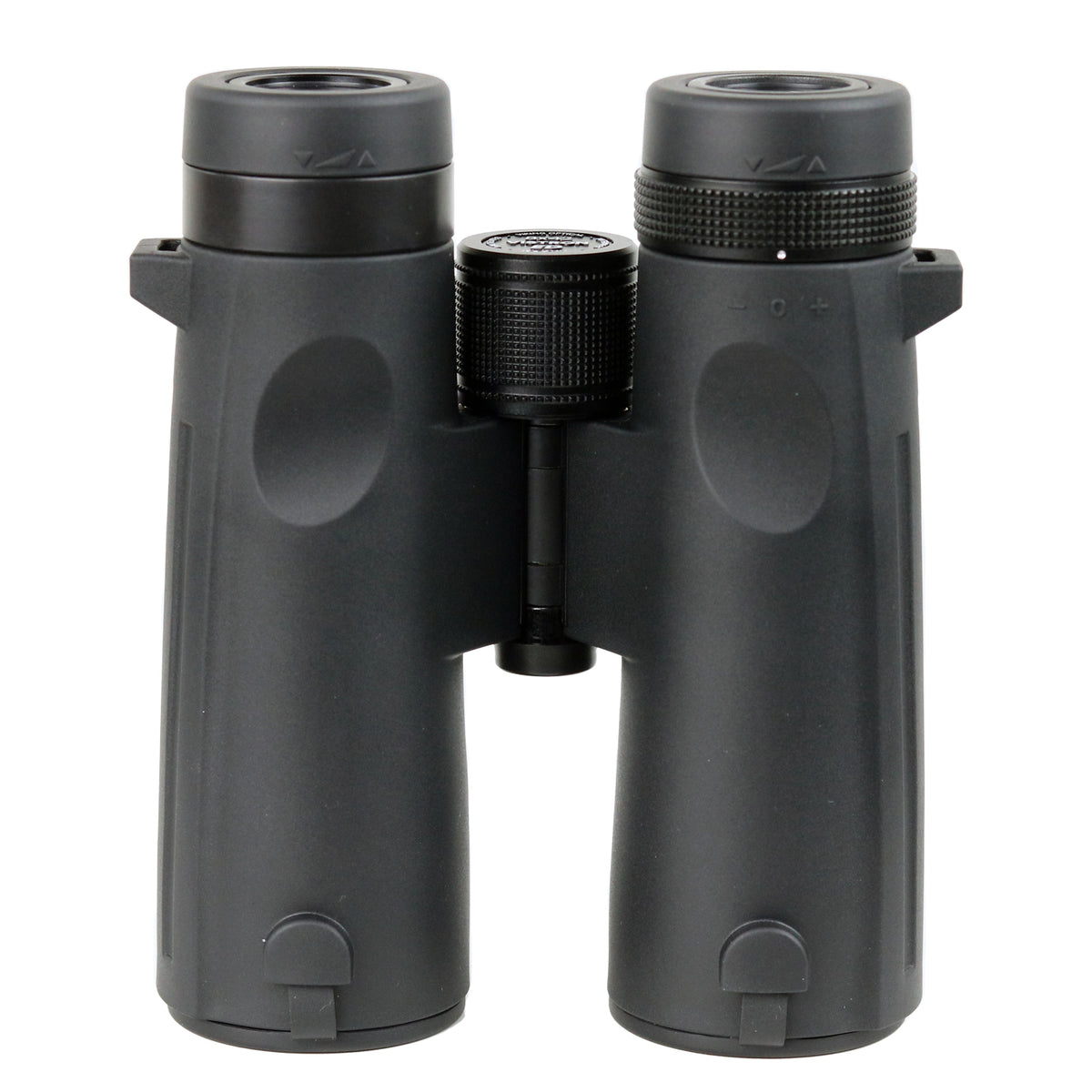
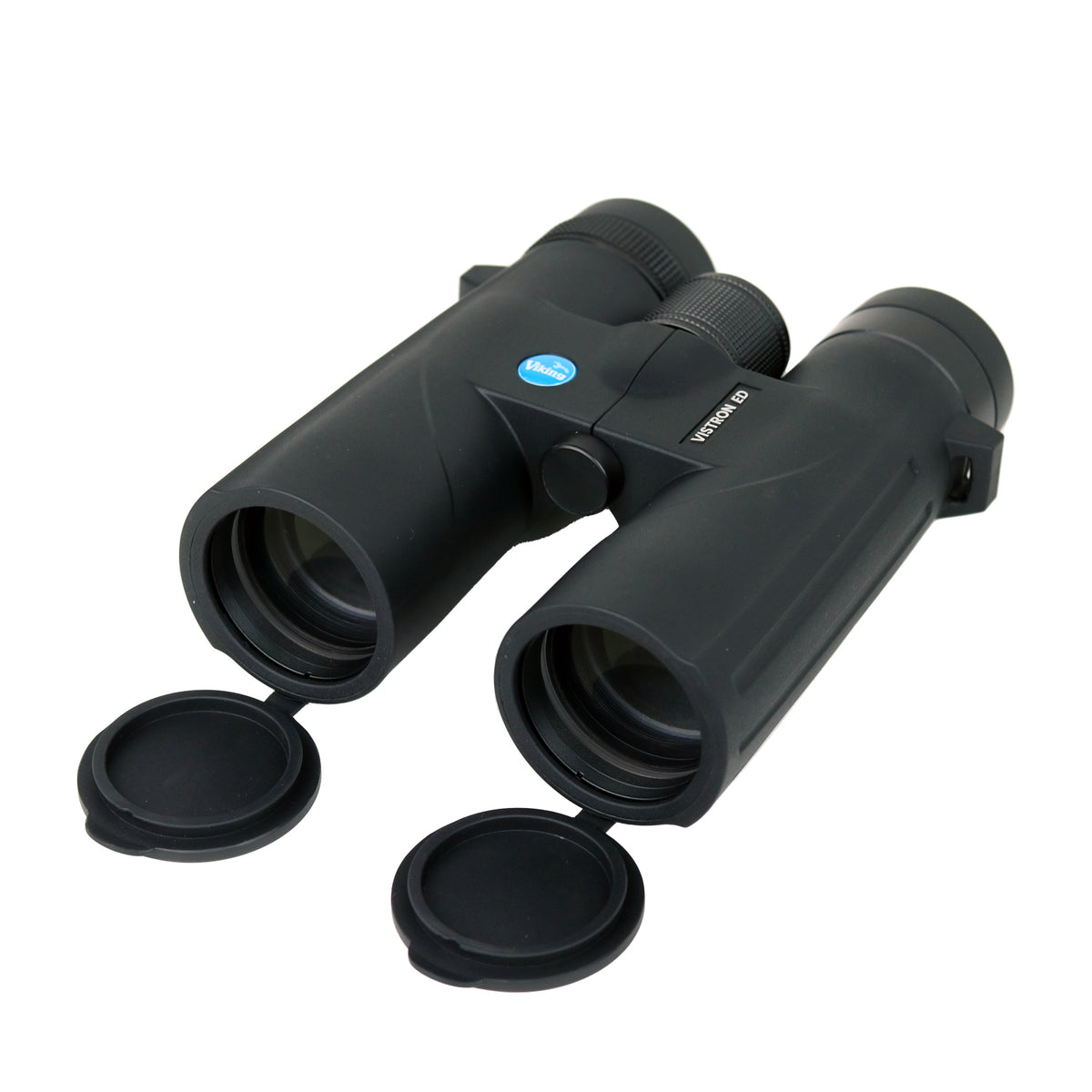
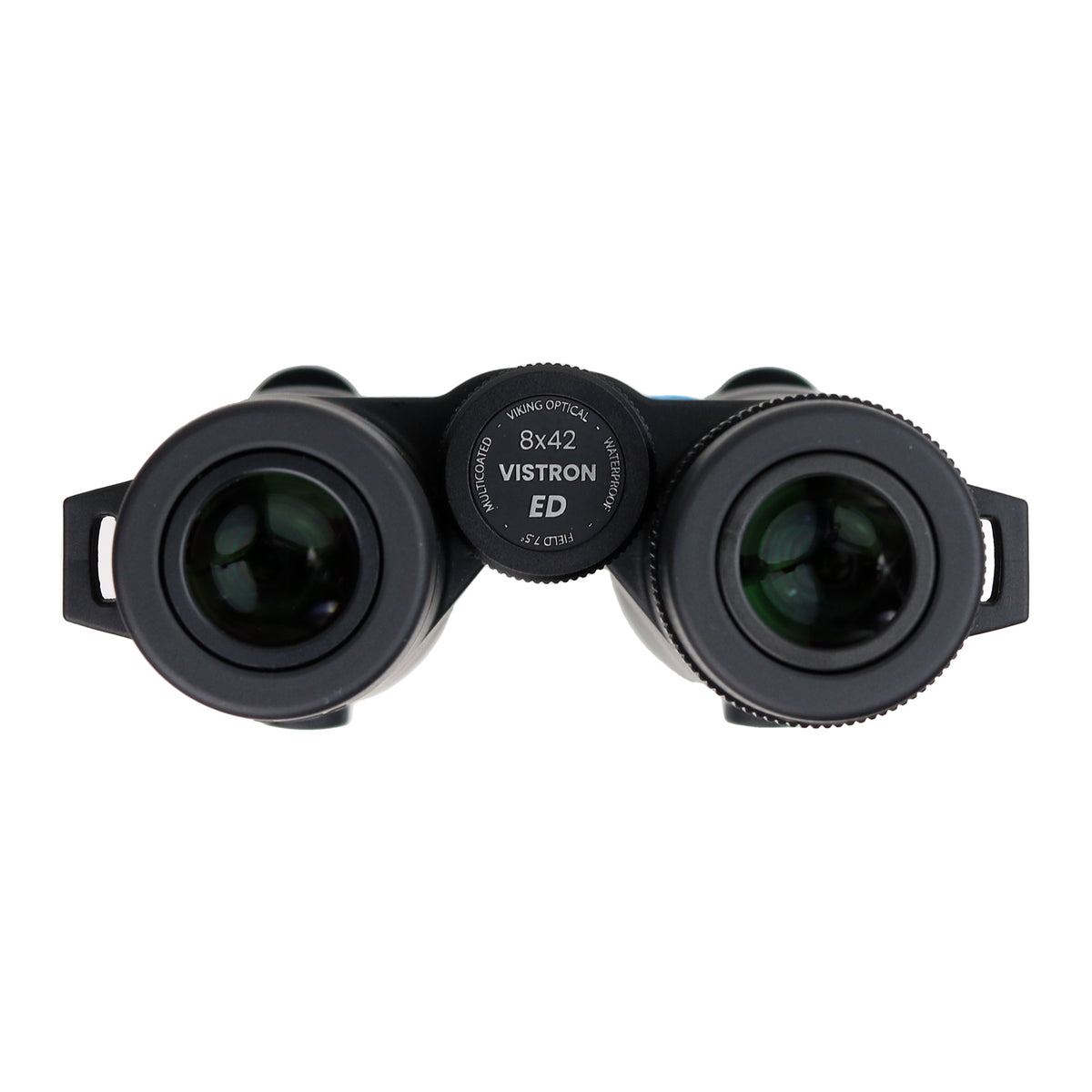
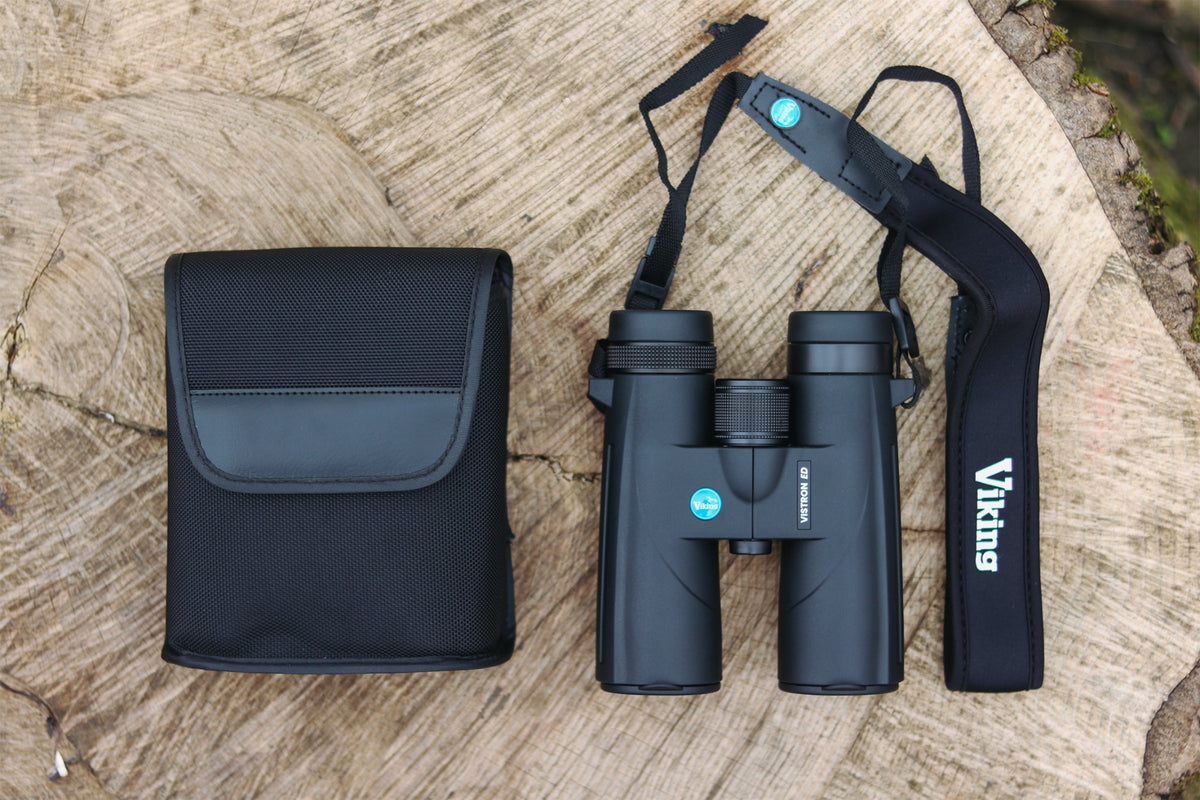
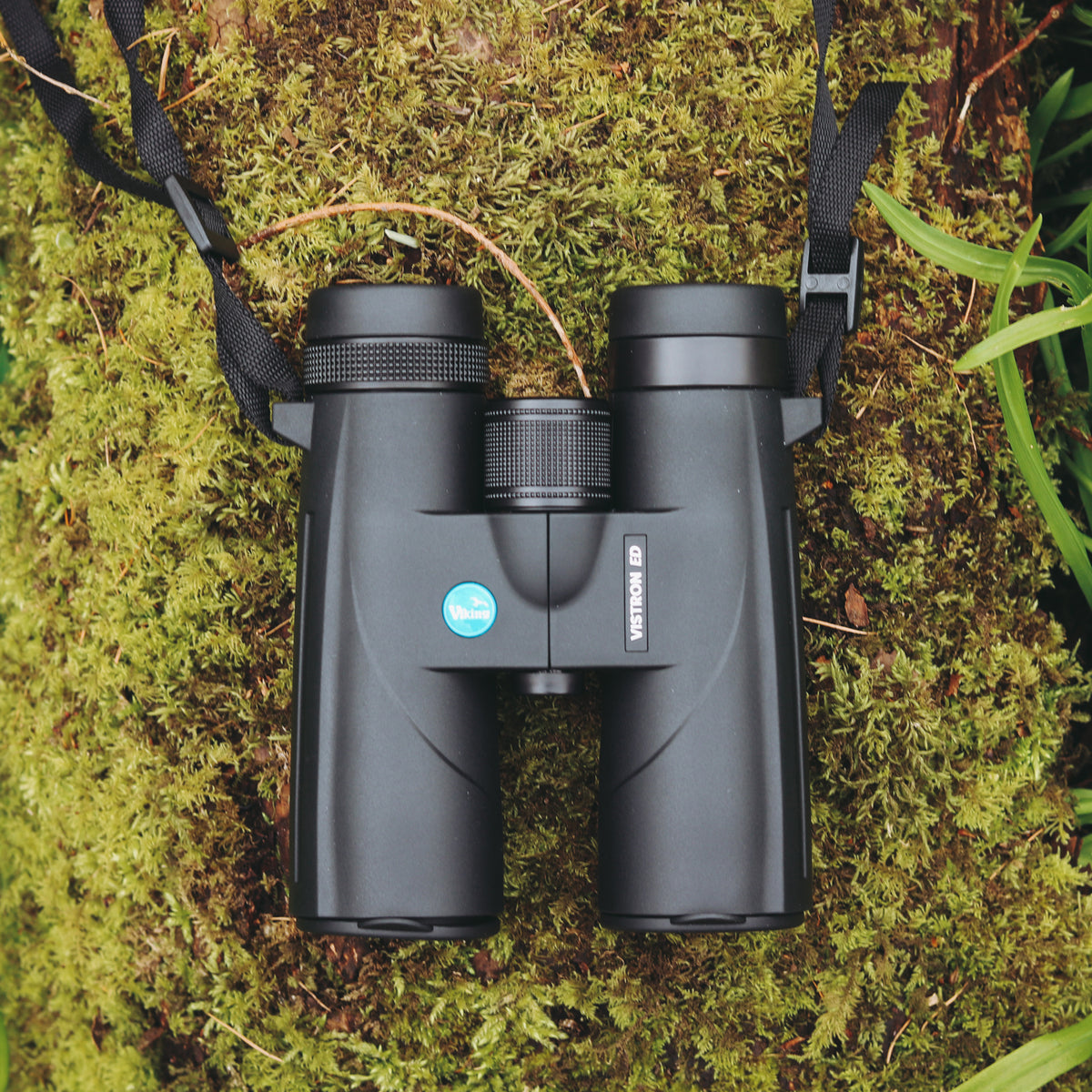
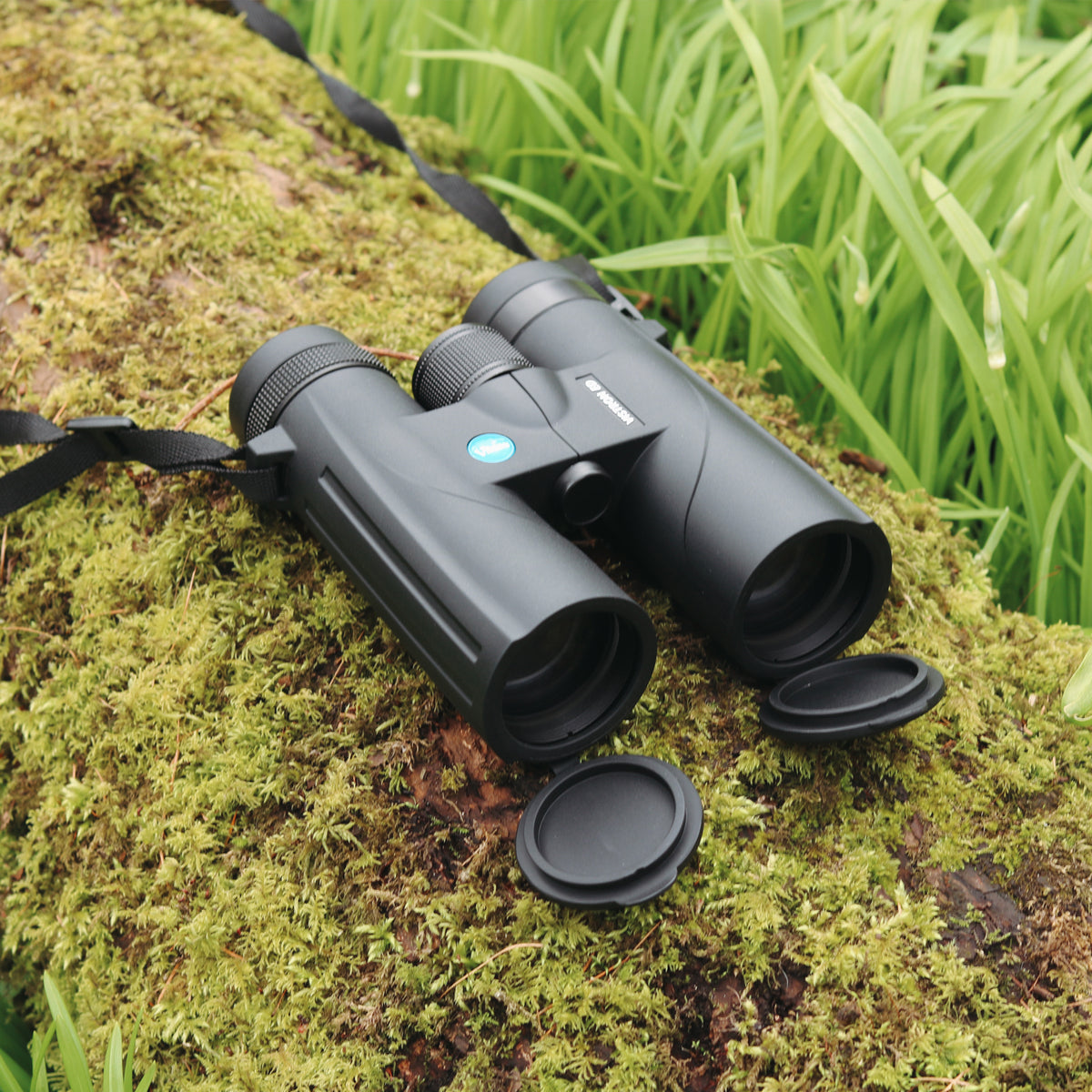
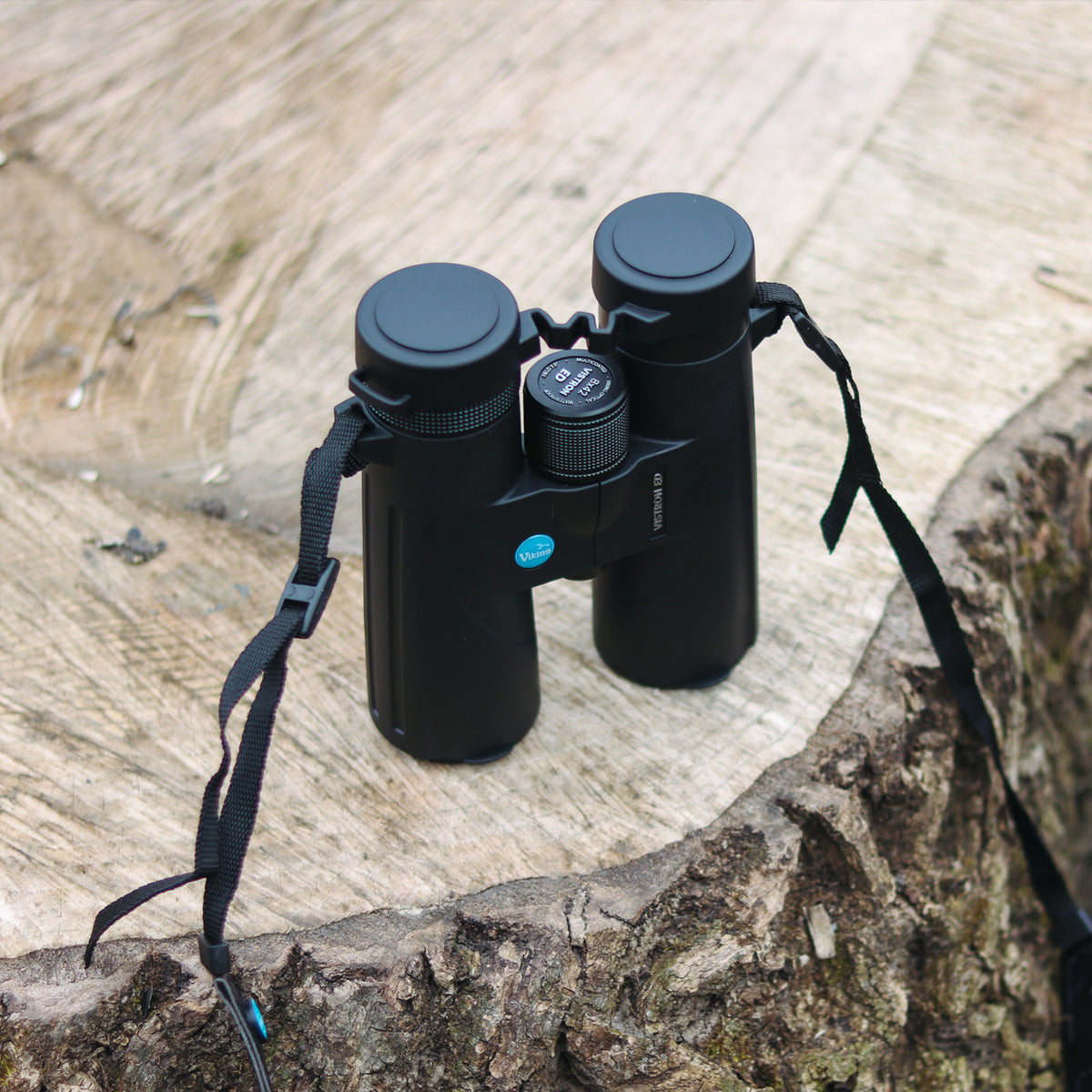

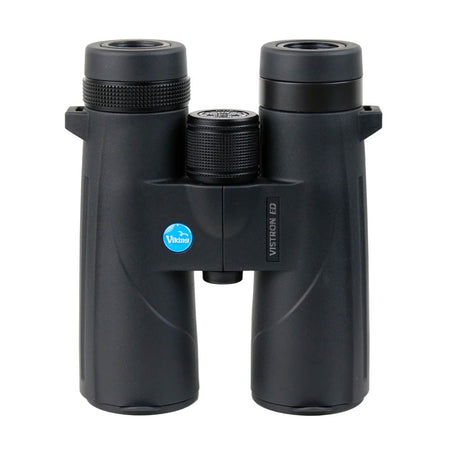
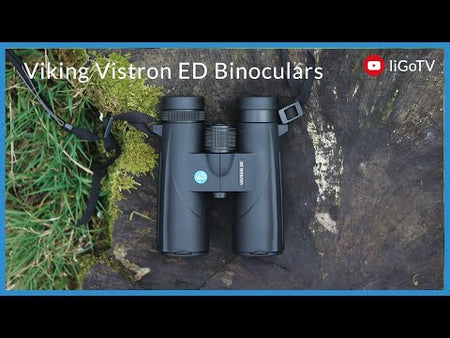
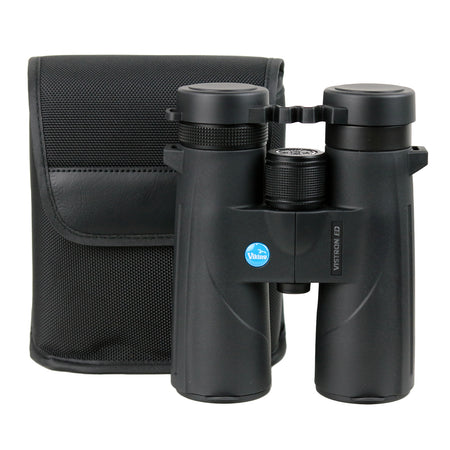
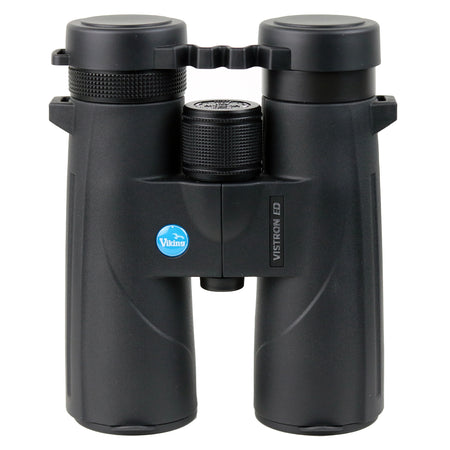
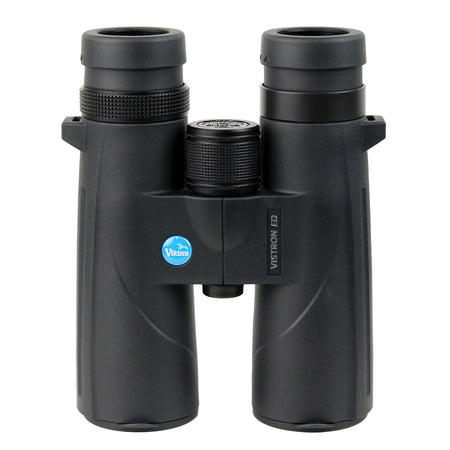
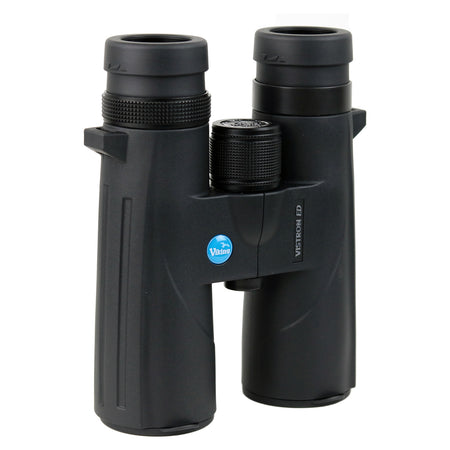
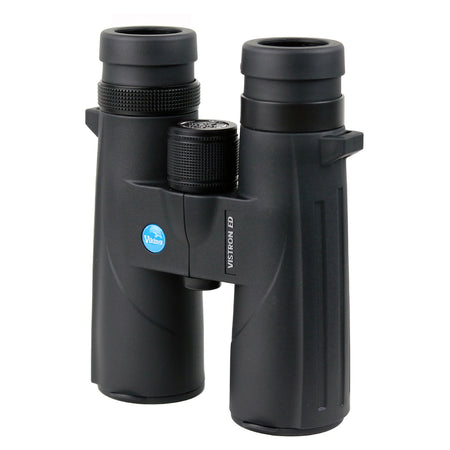
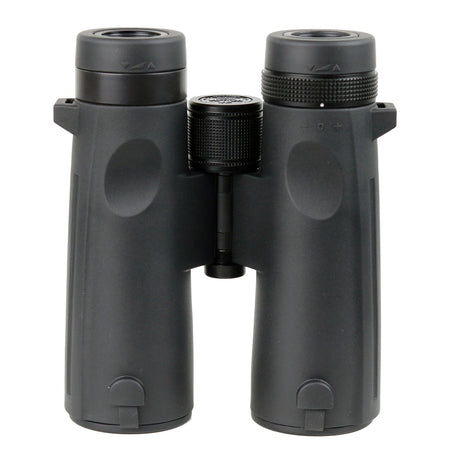
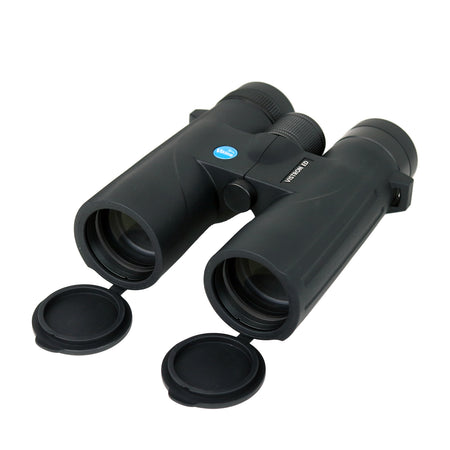
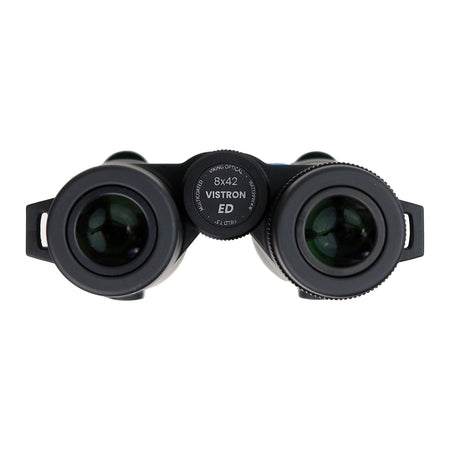
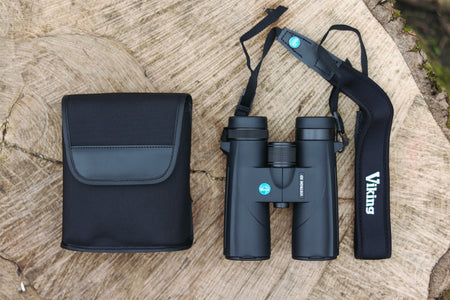
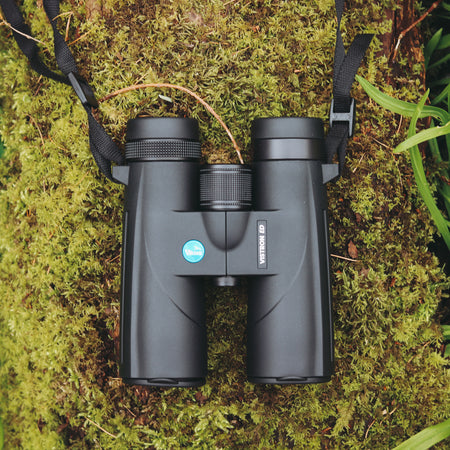
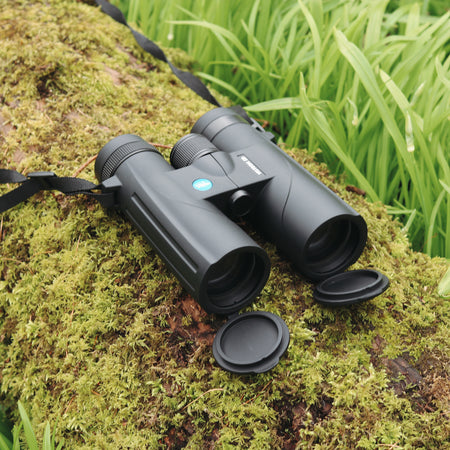
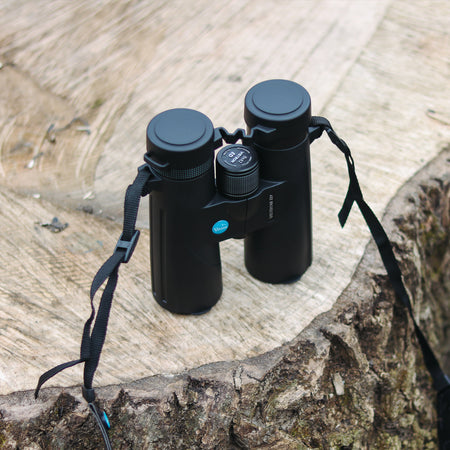
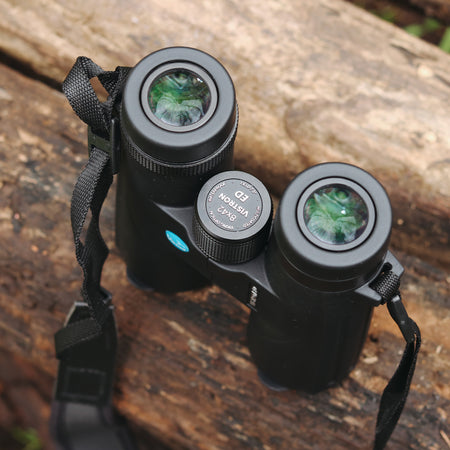
Viking Vistron ED 8x42 Binoculars
Regular price
£199.95
Regular price
£259.95
Sale price
£199.95
Our Verdict: Take your bird watching to the next level with these ED binoculars - fantastic quality, incredible value!
- ED GLASS: High-quality extra-low dispersion glass for superior clarity
- NITROGEN FILLED: Fully waterproof and fog proof
- FULLY MULTI-COATED: Premium BaK4 Prism and fully multi-coated optics for greater clarity & brightness
Our Best Buy Binoculars for Bird Watching in 2024! Equipped with high quality extra-low dispersion ED Glass they offered comparative performance as even far more expensive ED models we’ve tested, which is why they've topped our list. We'd recommend the larger 42mm lens with 8x magnification as the perfect companion for bird enthusiasts for a brilliantly wide field of view, however, there is a 10x42 variant (if you have steady hands) and an 8x32 if you prefer something more compact. Viking Binoculars are backed by a 10-year warranty and the Vistron ED feels solidly built with a nice tactile finish and easily adjustable metal focus ring with smooth action. They are also suitable for glasses wearers too thanks to the adjustable twist down eyecups and generous eye relief. Nitrogen-filled to stop internal fogging, they are also fully waterproof so should stand up to anything the Great British weather can throw at them. We were blown away by the quality of these binoculars and don't think you'll get a better quality pair of binoculars for birdwatching at this price!
More Options Available:
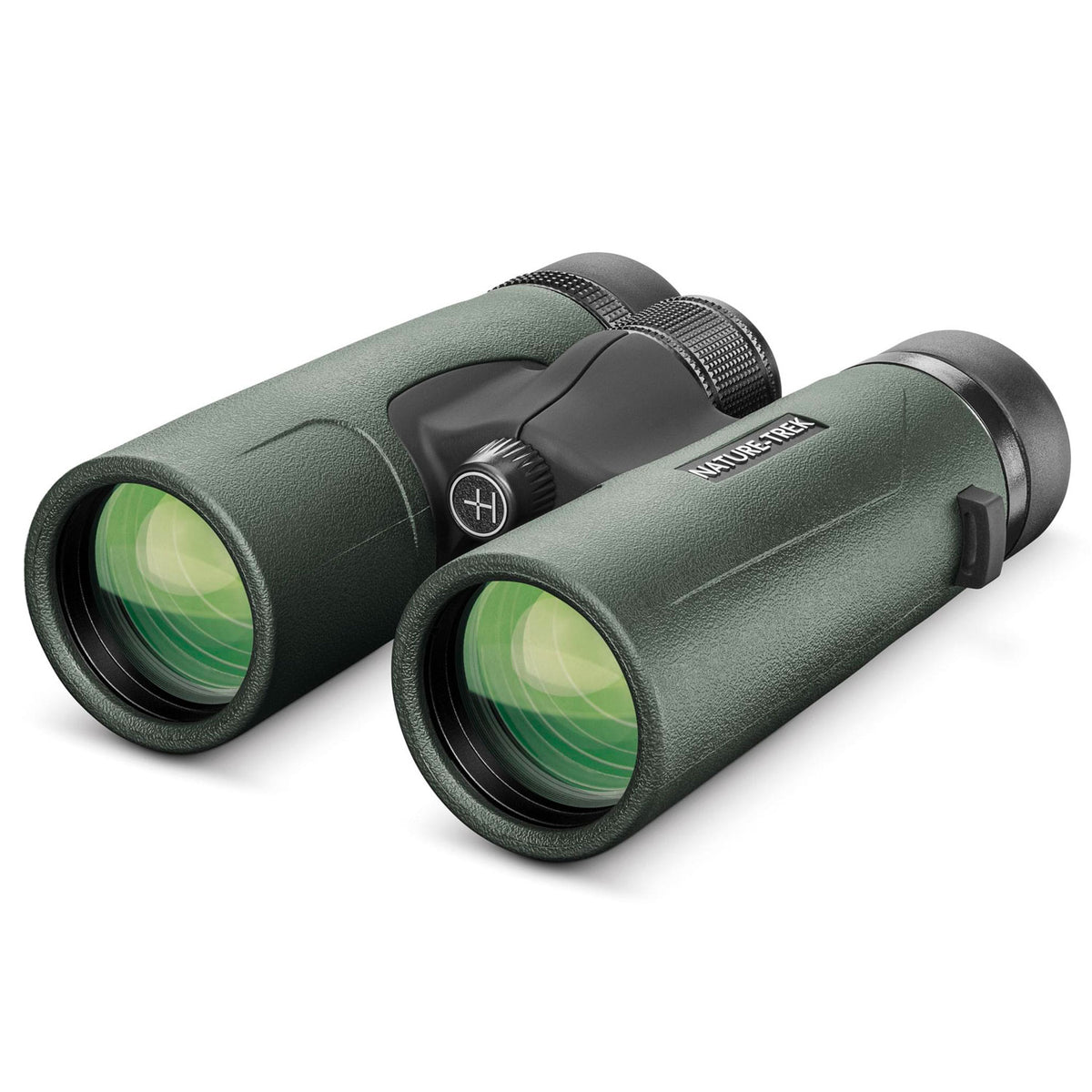
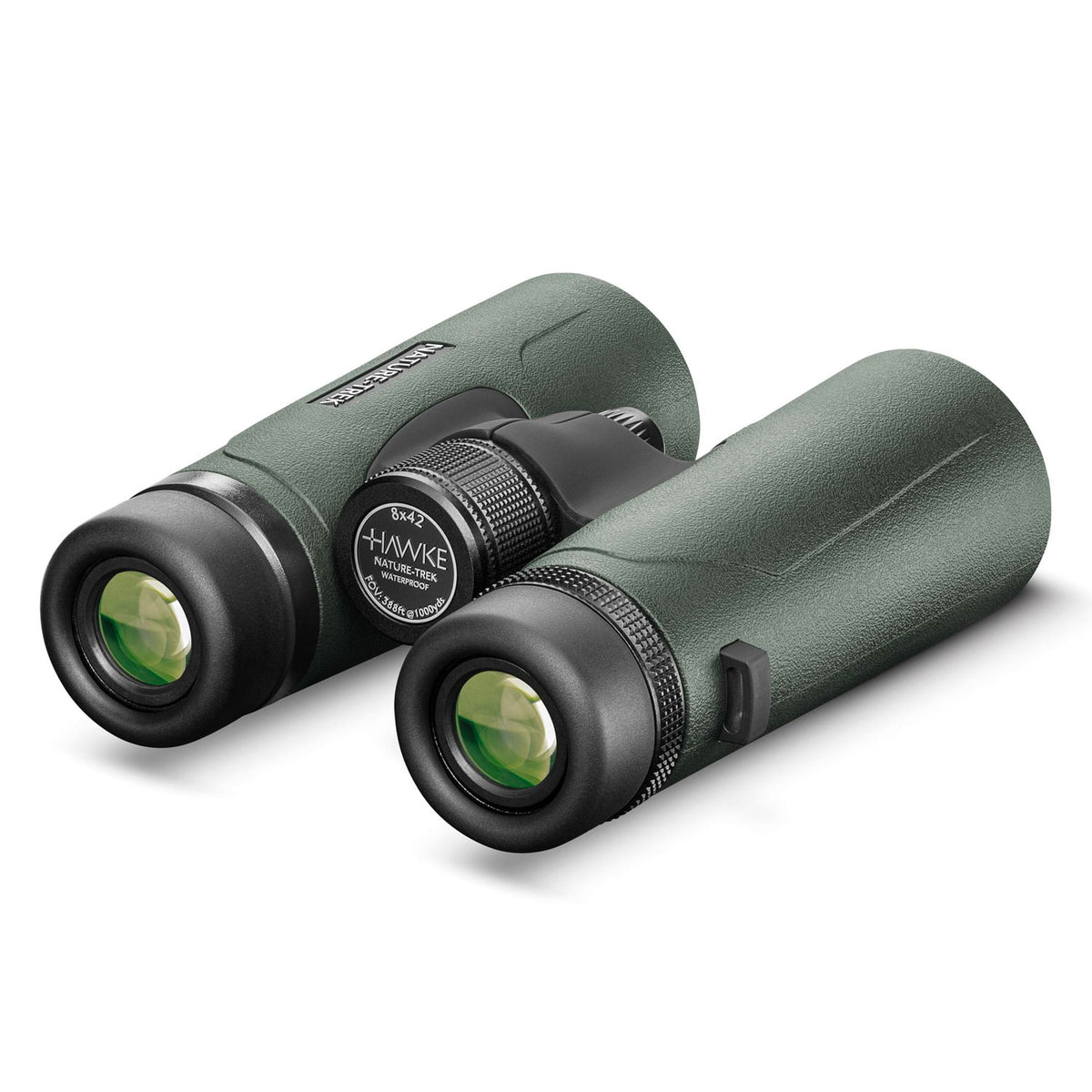
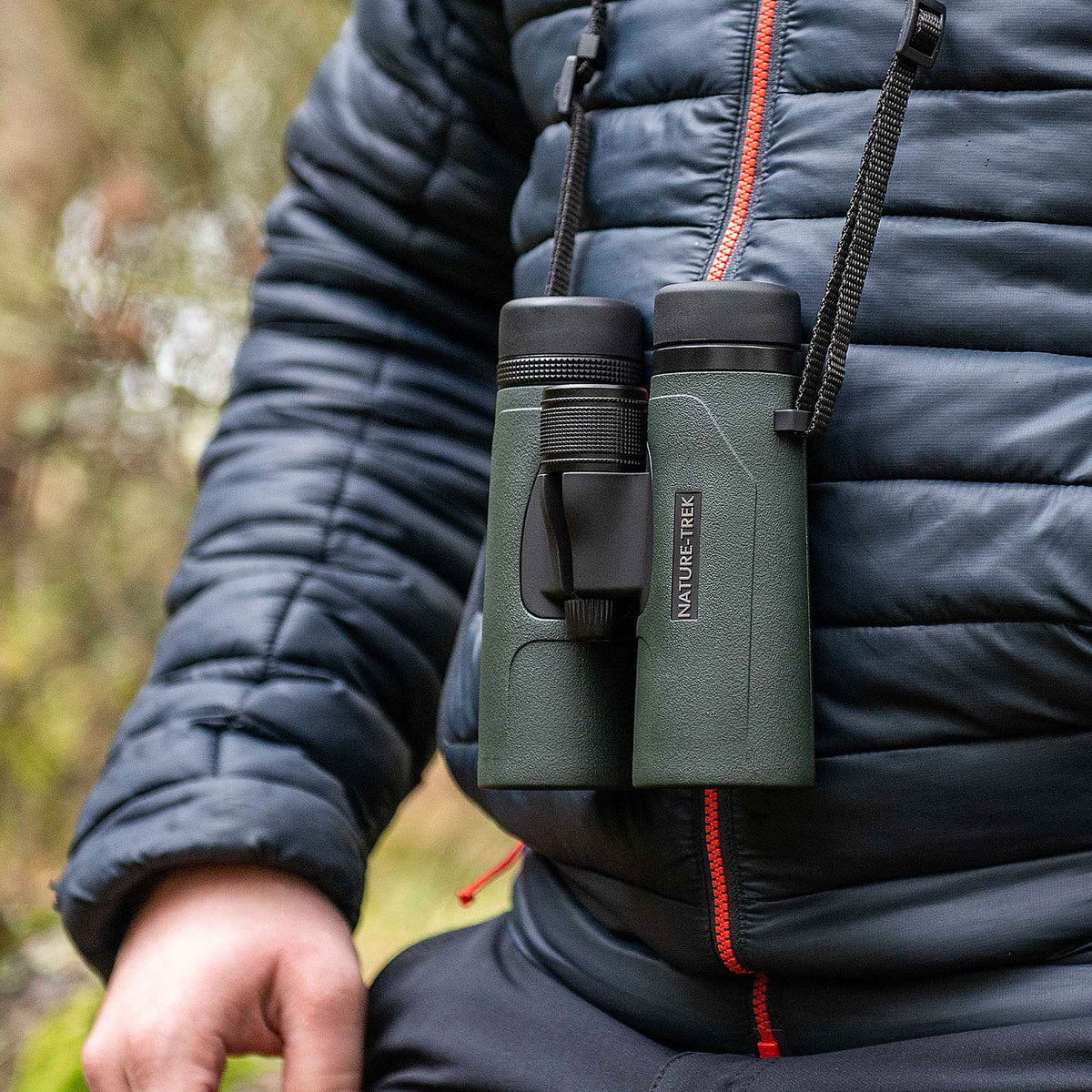
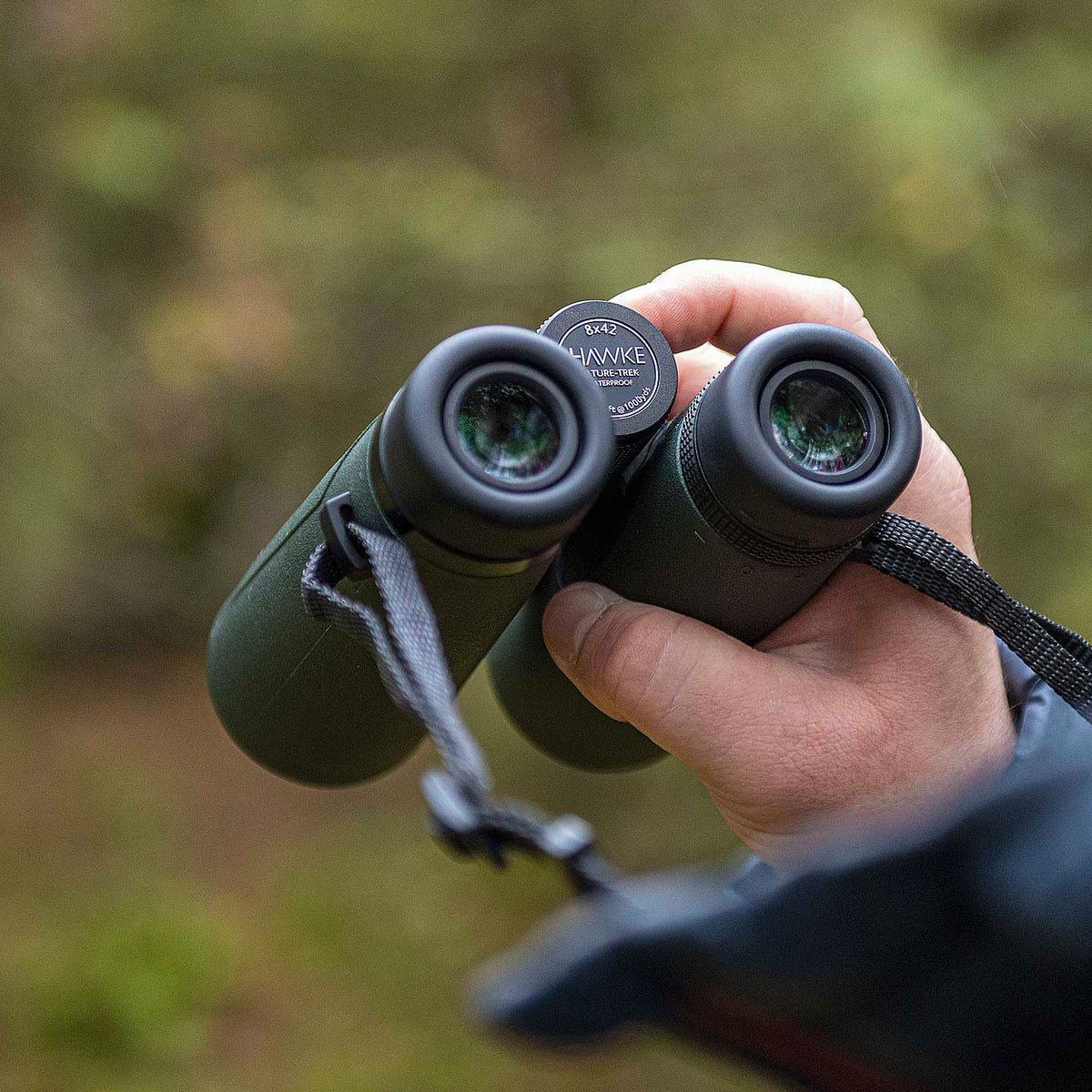
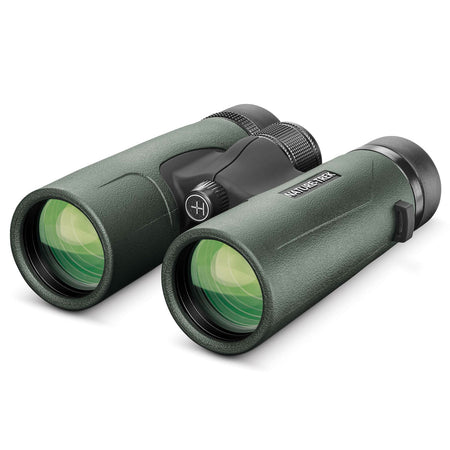
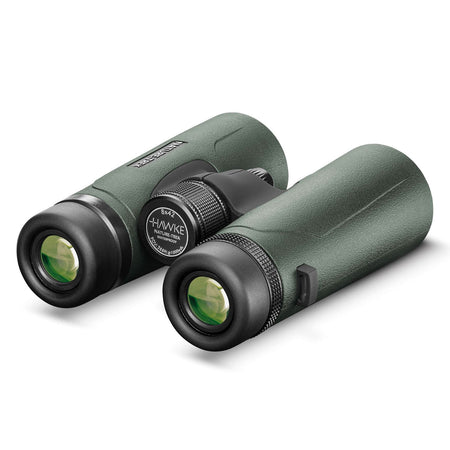
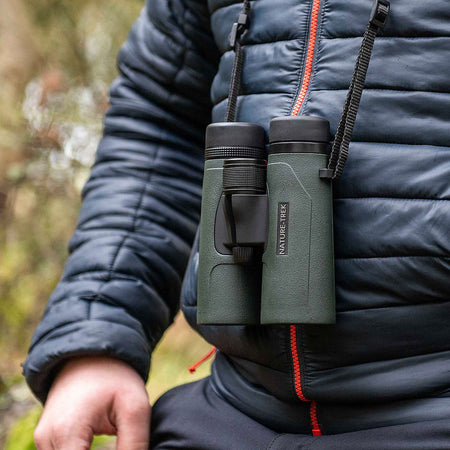
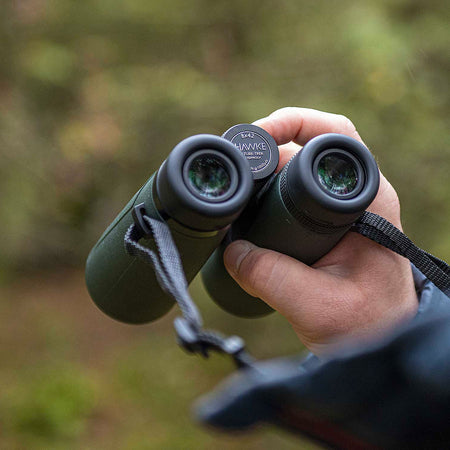
Hawke Nature-Trek 8x42 Binoculars
Regular price
£168.00
Our Verdict: Sharp focus and incredible value make these one of our top picks!
- High Resolution Phase Corrected BAK-4 Roof Prisms
- Fully Multi-Coated Optics To Produce Sharp Images
- Lightweight And Durable Rubber Coated Mid-Size Chassis
Offering excellent performance and optical quality within their price range the Hawke Nature-Trek are a great choice of binoculars for birdwatching. Featuring high-quality BAK-4 Roof Prisms and fully multi-coated lenses they offered us brilliant colour reproduction and handled low-light very well. The inclusion of phase correction coatings on the prism is excellent and well beyond what you find on many others at this level. As well as this their minimum focus, field of view and eye-relief are all good. At under £200 the Hawke Nature-Trek are our Best Buy!
More Options Available:
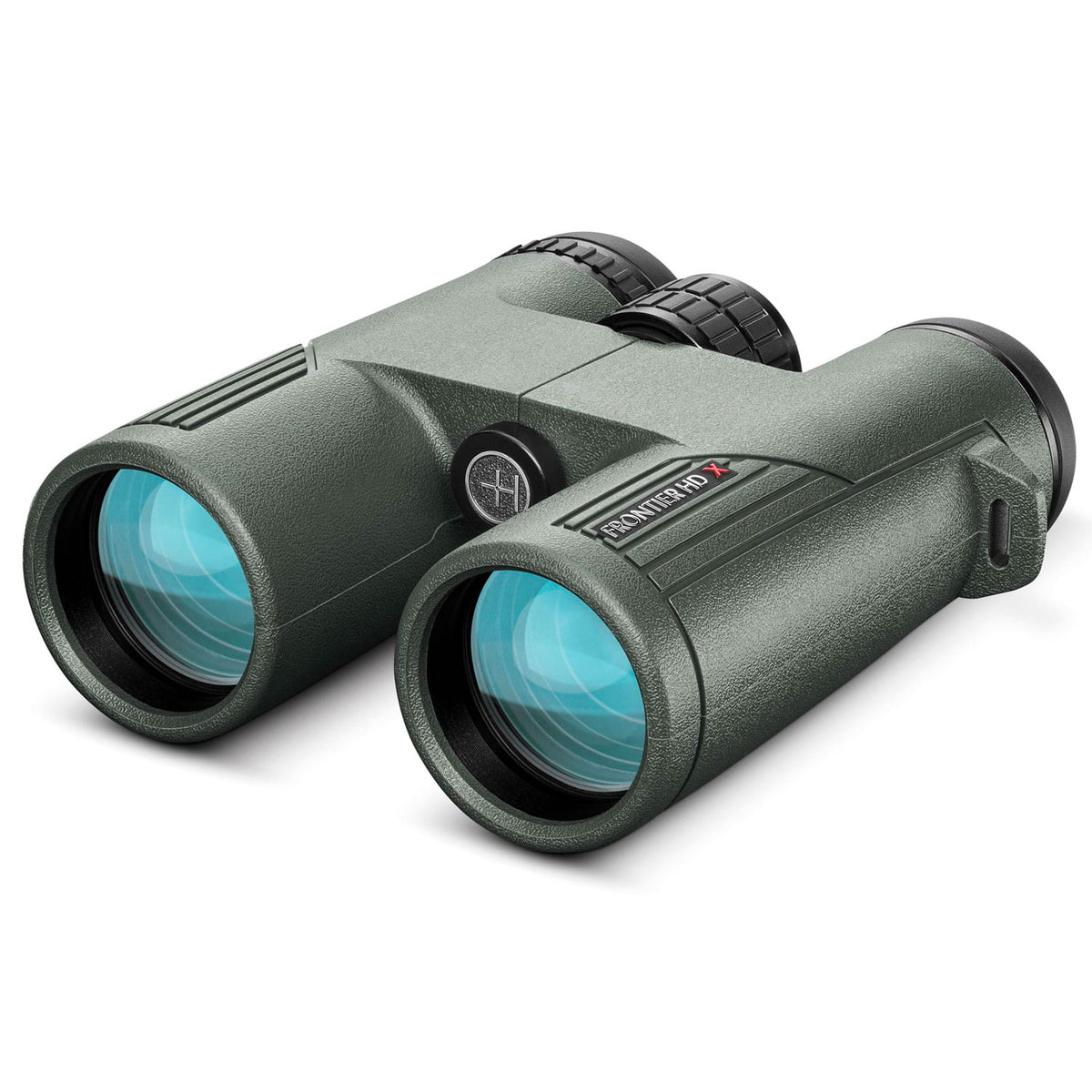
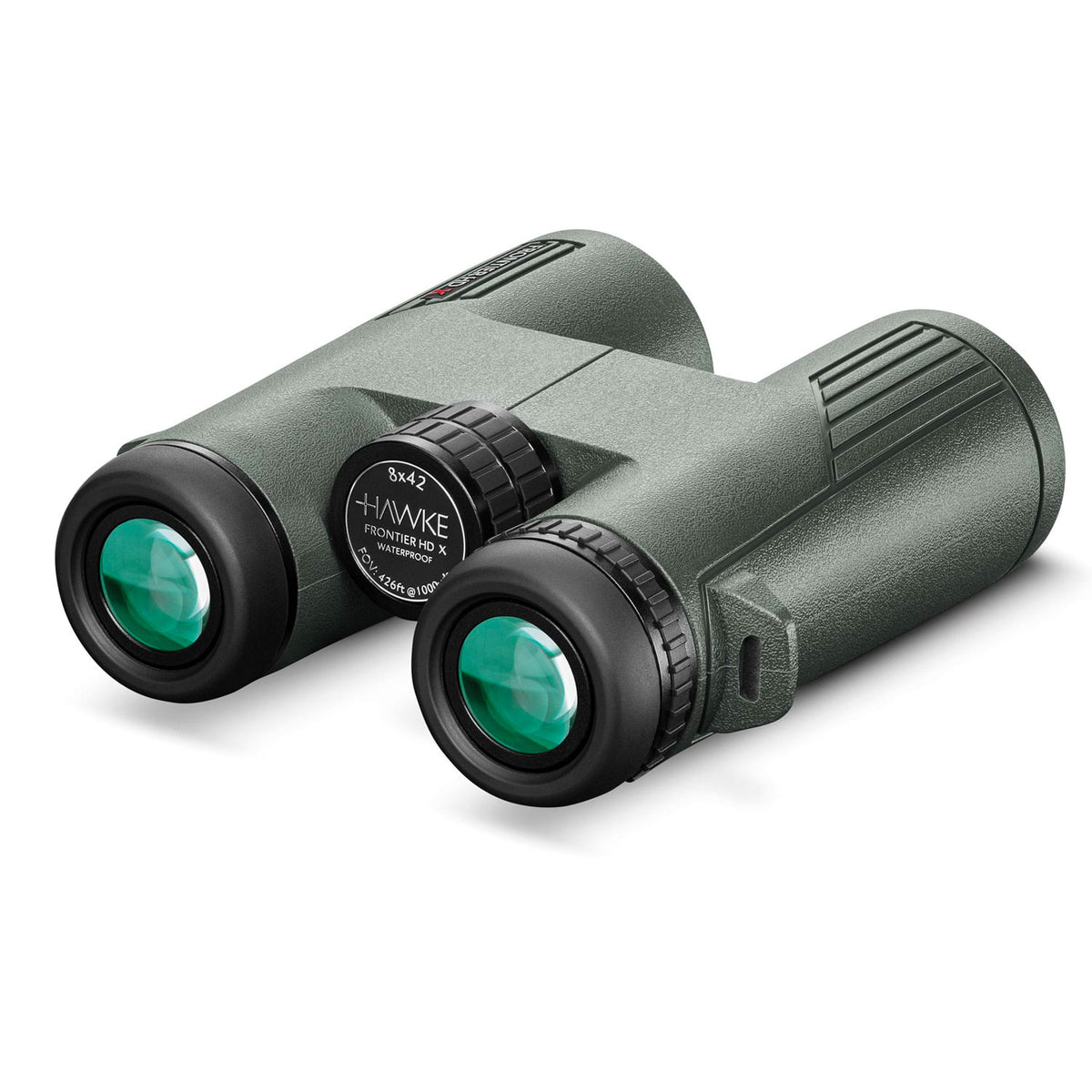

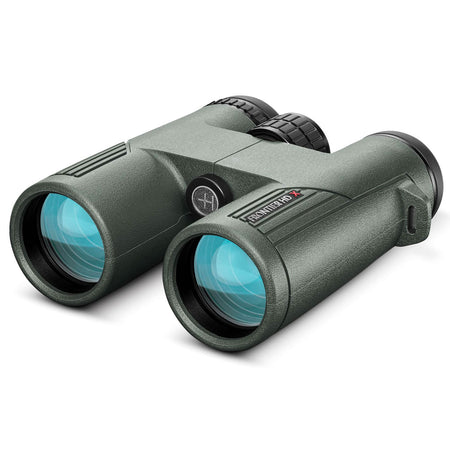
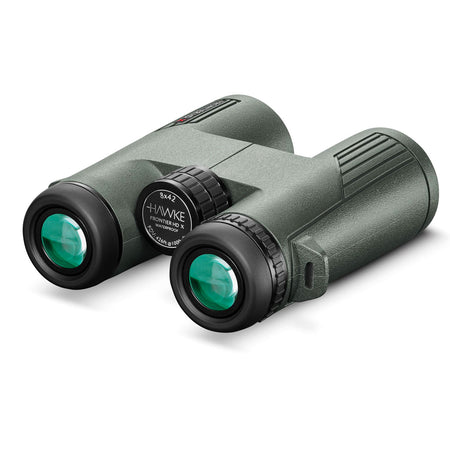
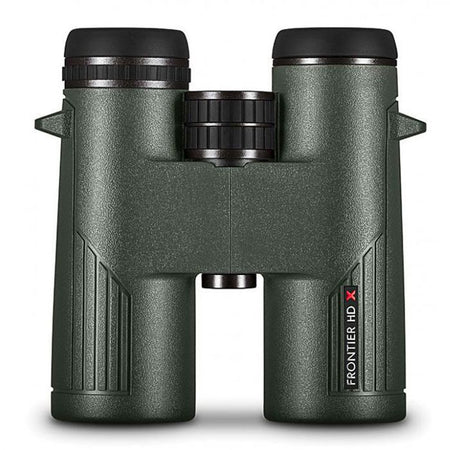
Hawke Frontier HD X 8x42 Binoculars - Green
Regular price
£329.00
Our Verdict: An excellent pair of premium binoculars for more serious birders!
- High Resolution Phase Corrected BAK-4 Roof Prisms
- Water Repellent Lens Coatings
- Dielectric Coatings
For avid and more serious bird watching enthusiasts then a serious pair of optics can be a vital investment and for us the Frontier HD X strike the perfect balance between high-quality components and affordability. Hawke also produce an ED version of this model (which will set you back about another £100) but in terms of price-performance we would give these the edge. The optical performance is superior to many other “ED” binoculars that we’ve tested providing incredible true-to-life colour, excellent contrast and sharpness and dependability in low-light. Chromatic aberration was nigh on impossible to detect and the design and build quality of the Frontier HD X is impressive. If you’re in the market for premium quality on a tighter budget then you’ll be hard-pressed to find a better pair than these under £500.
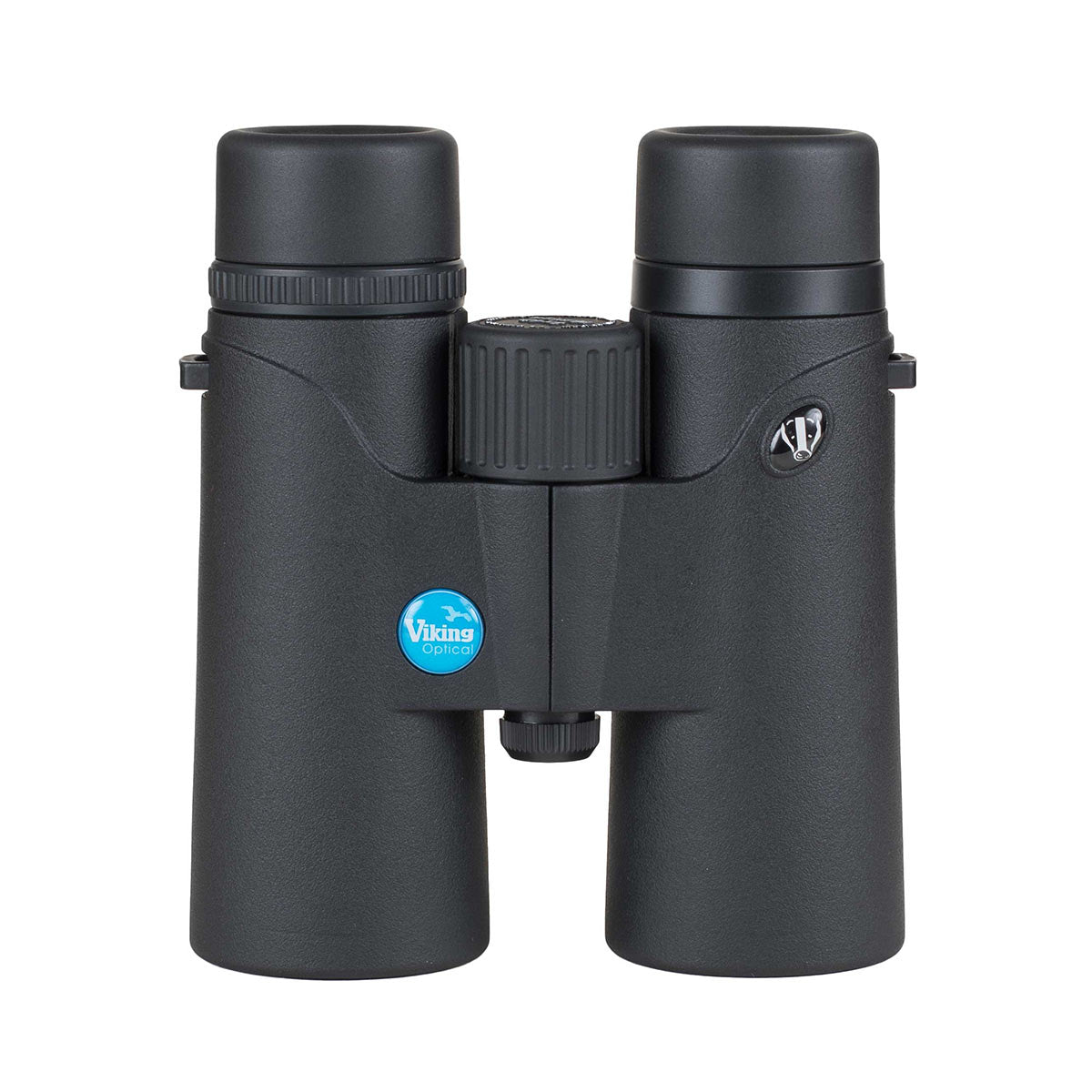
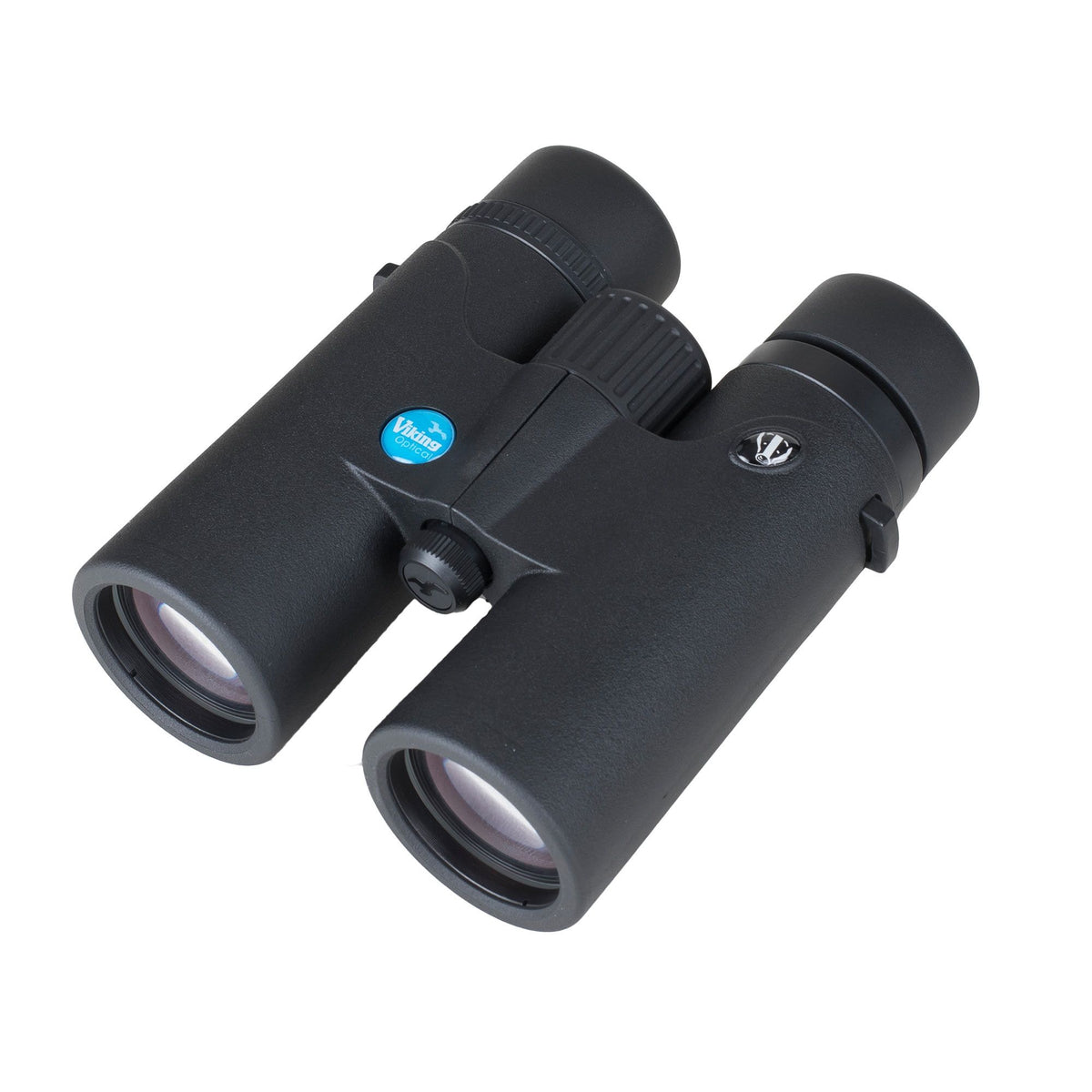
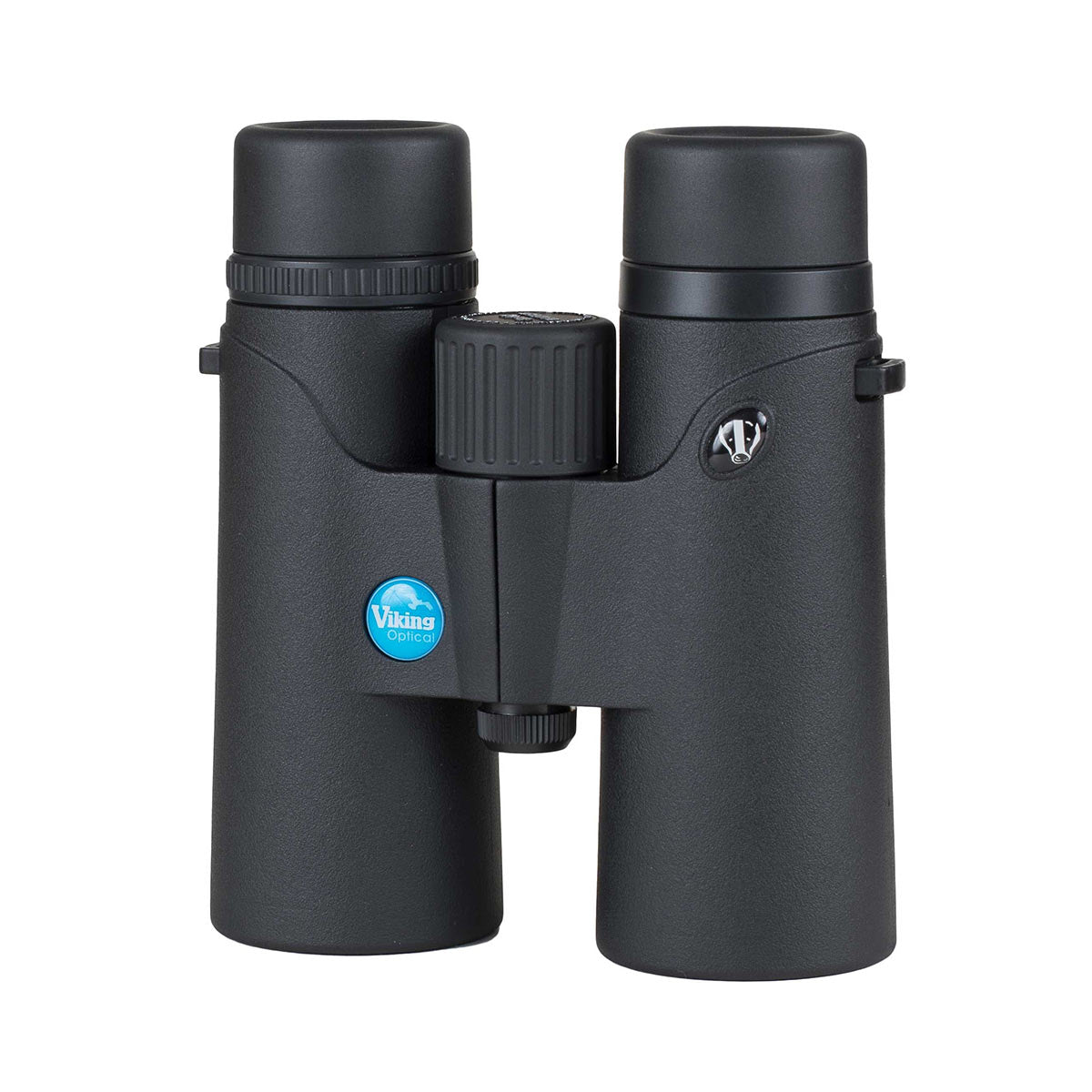
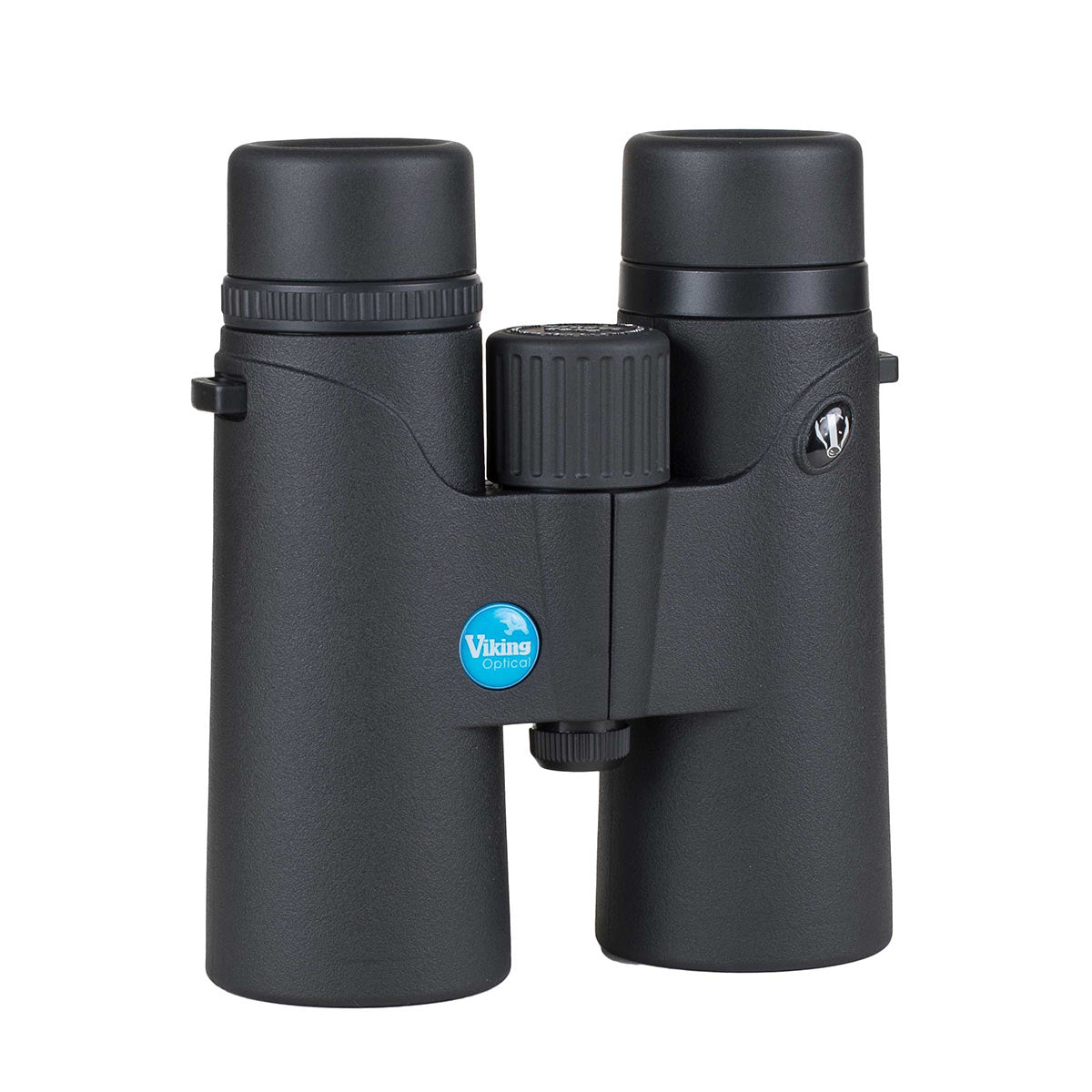
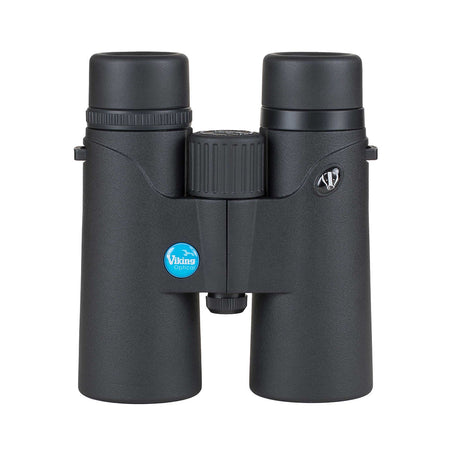
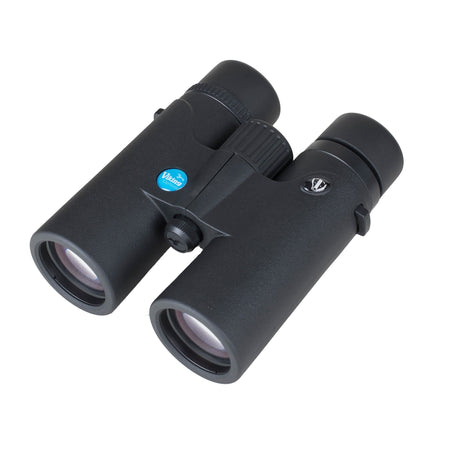

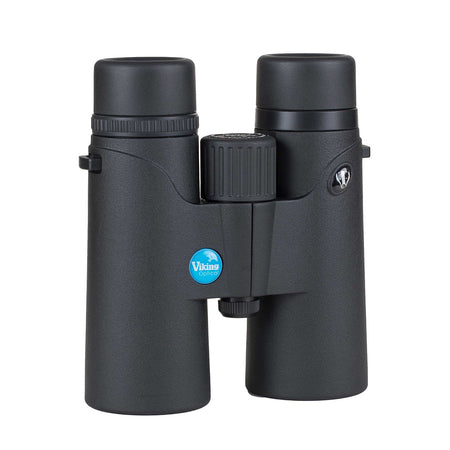
Viking Badger 8x42 Binoculars
Regular price
£94.95
Regular price
£109.95
Sale price
£94.95
Our Verdict: Affordable quality - an excellent pair of binoculars for beginners
- 8x magnification- ideal for birdwatching
- Weatherproof, rubber-armoured design
- Multicoated optics limit light loss for a clearer image
Next up is another entry from Viking Optical. The Badger range are designed for the casual or birdwatching beginner and the 8x42 offers an excellent viewing experience for the price. Still manufactured with excellent optics including fully multi-coated lenses and twist-up rubber eyecups for complete comfort with or without glasses. Their armouring provides a secure and comfortable grip, and they are nitrogen purged so completely waterproof. Overall, we loved the Badgers and they’ve received numerous 5-star reviews from our customers. If you’re looking for an affordable pair of high-quality binoculars for under £100, then you won’t get much better than these!
More Options Available:
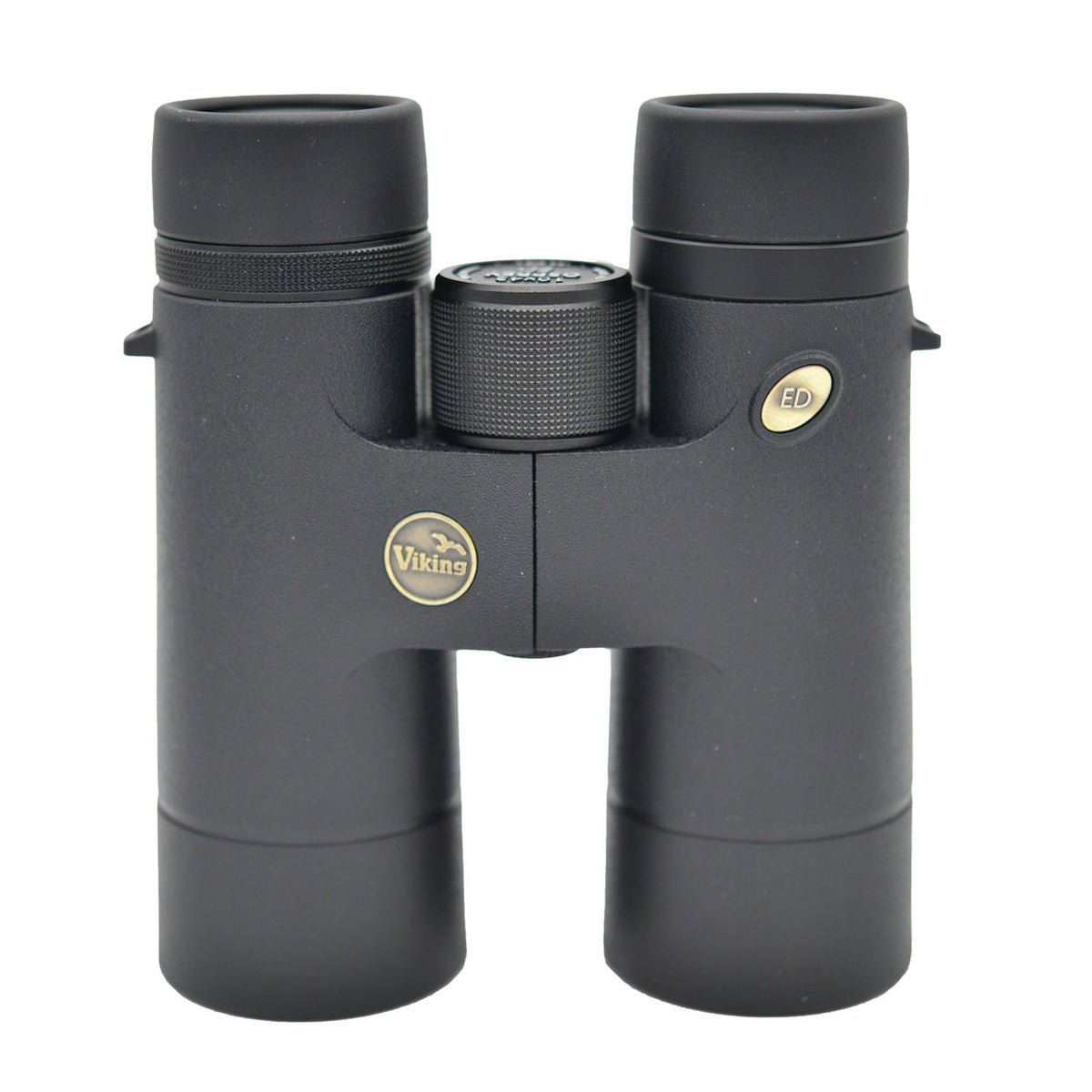
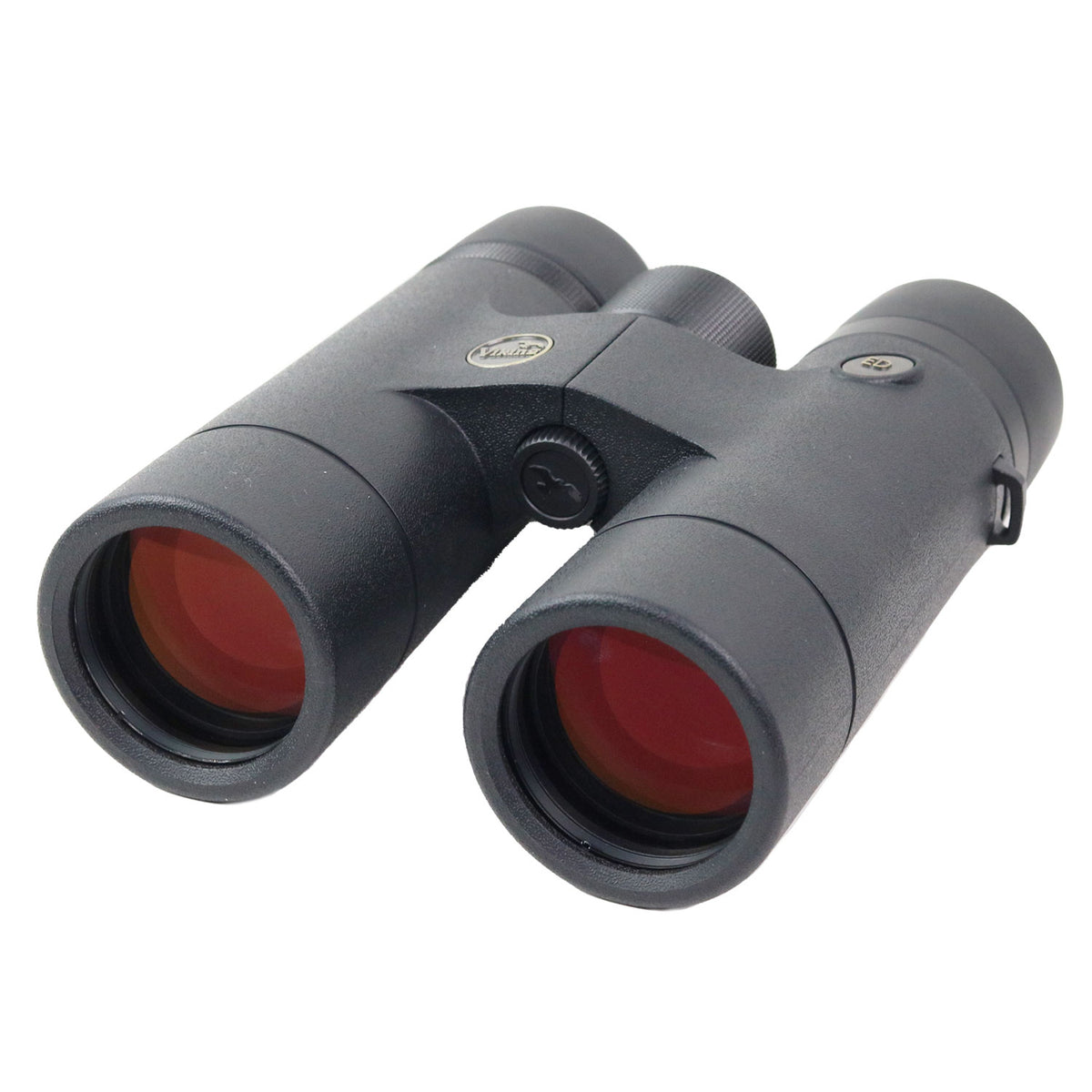
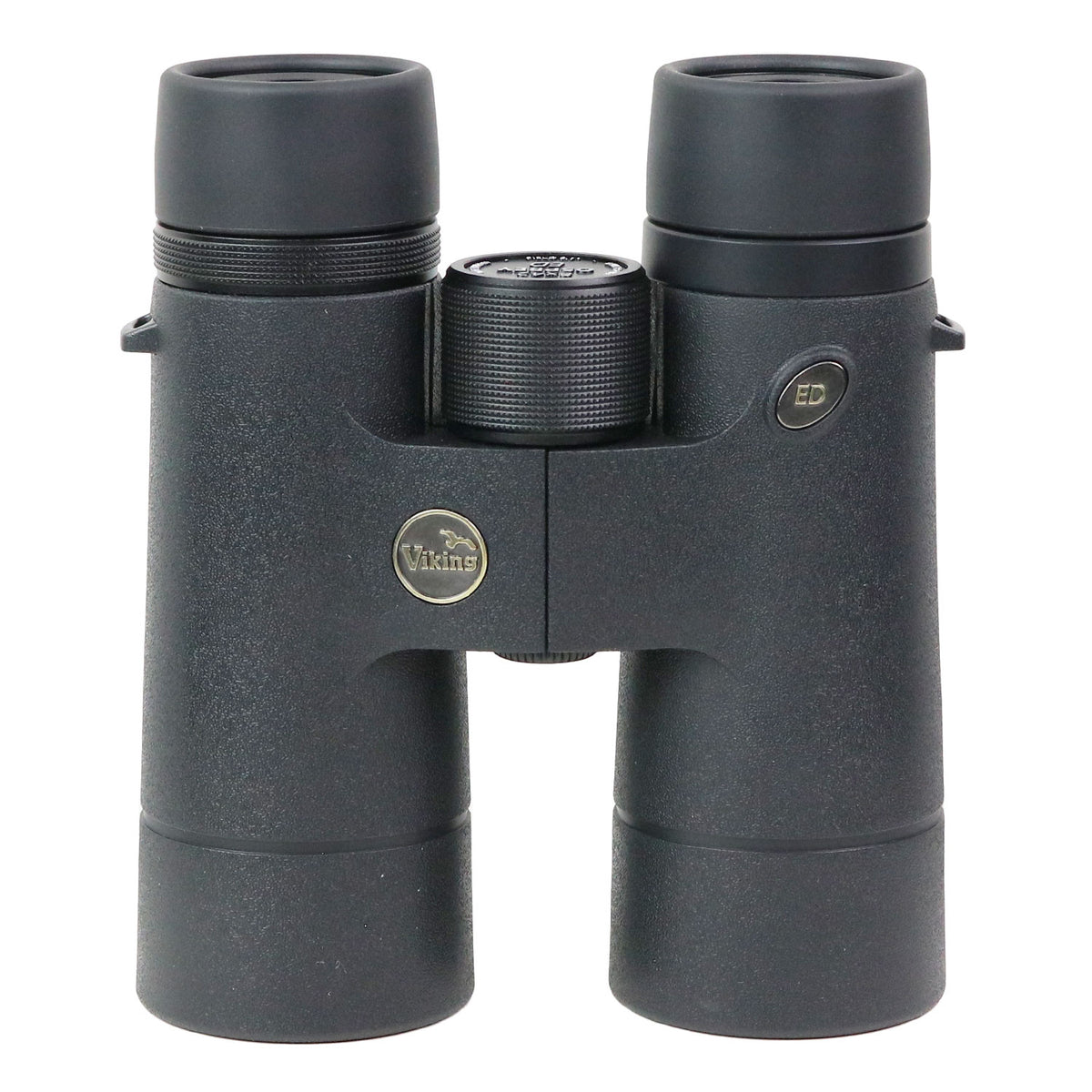
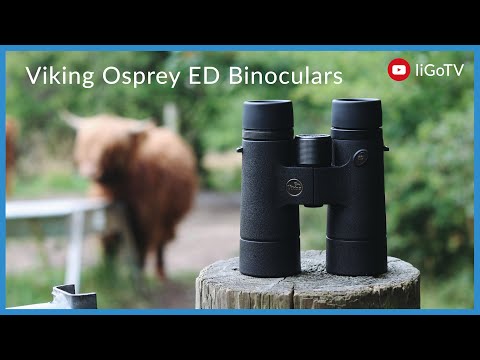
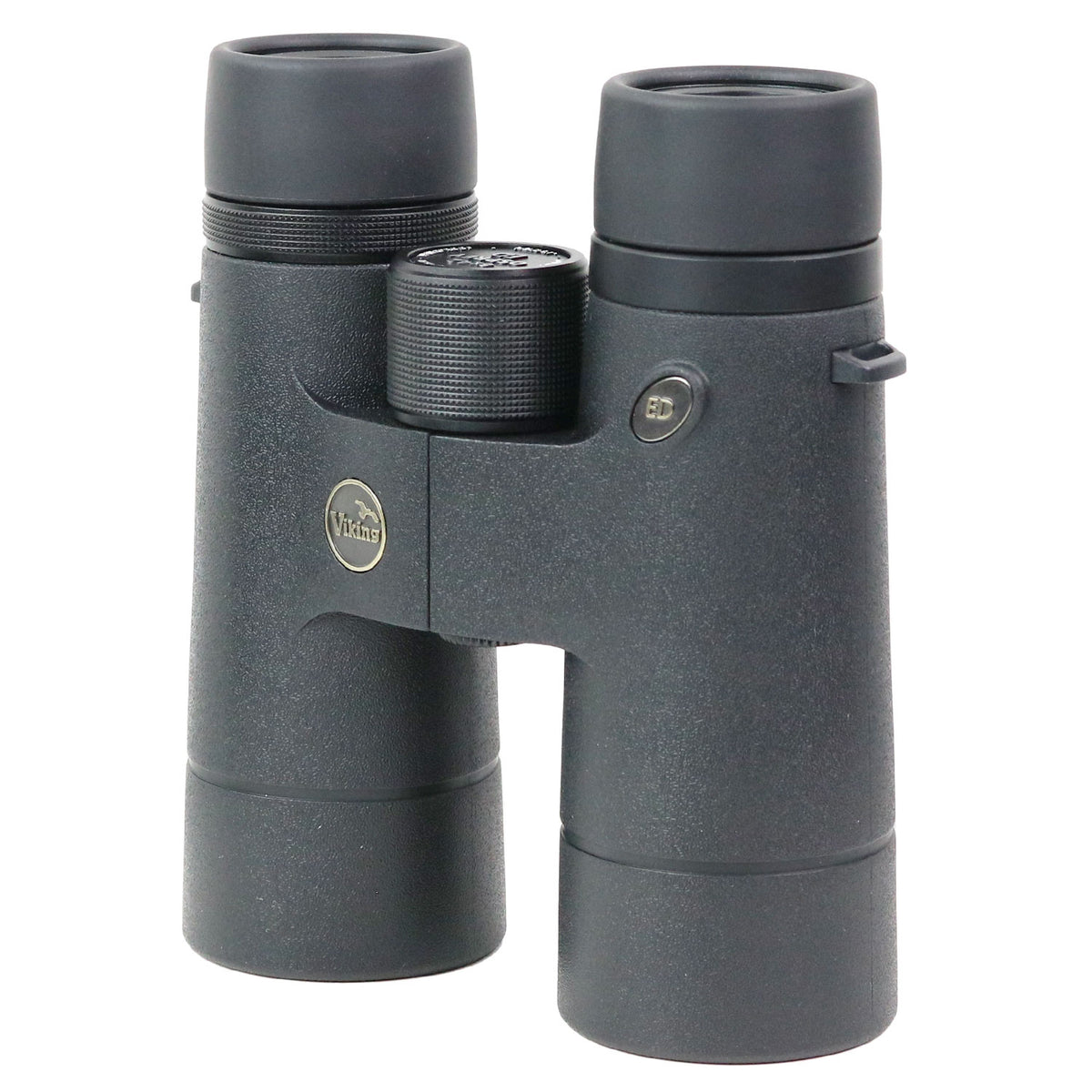

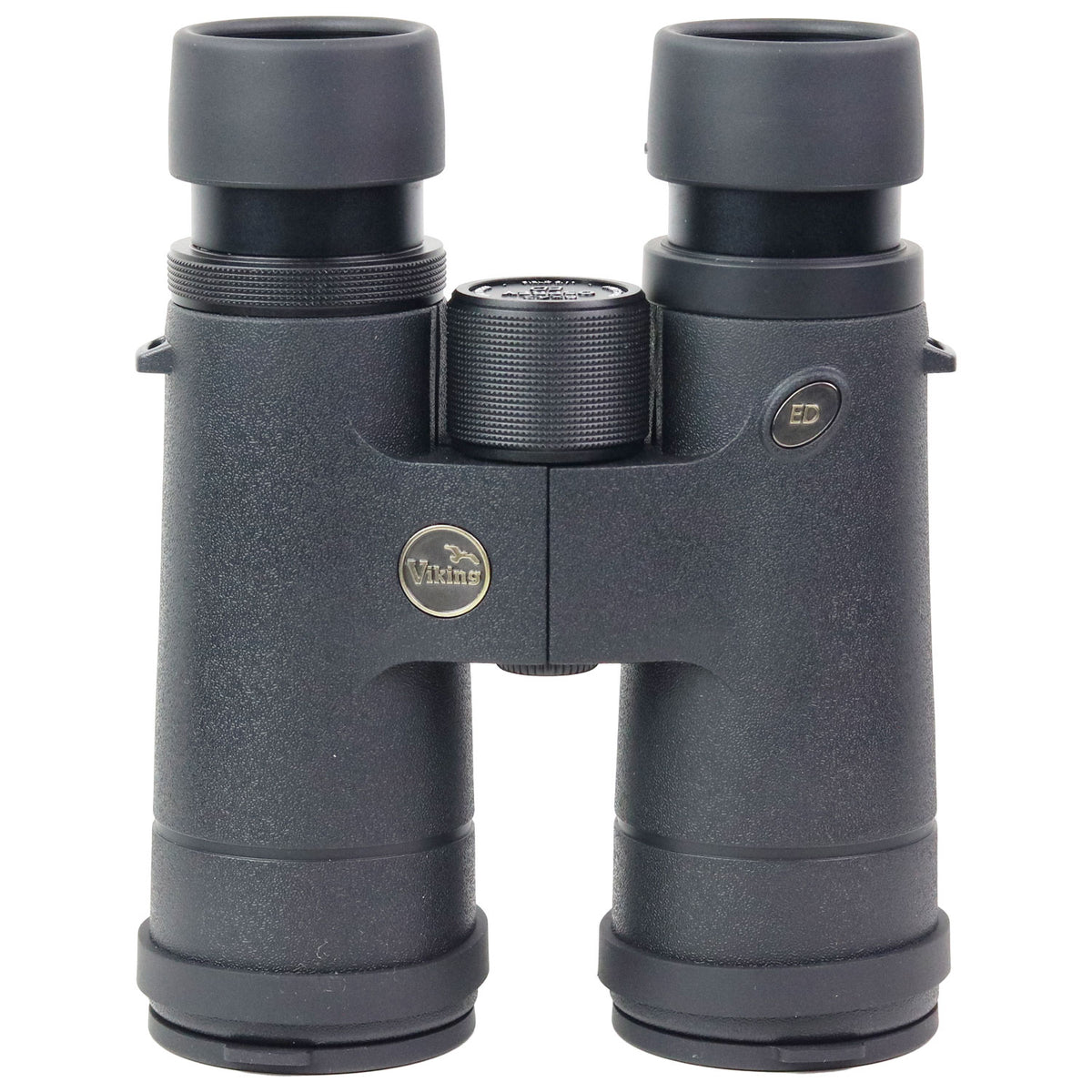
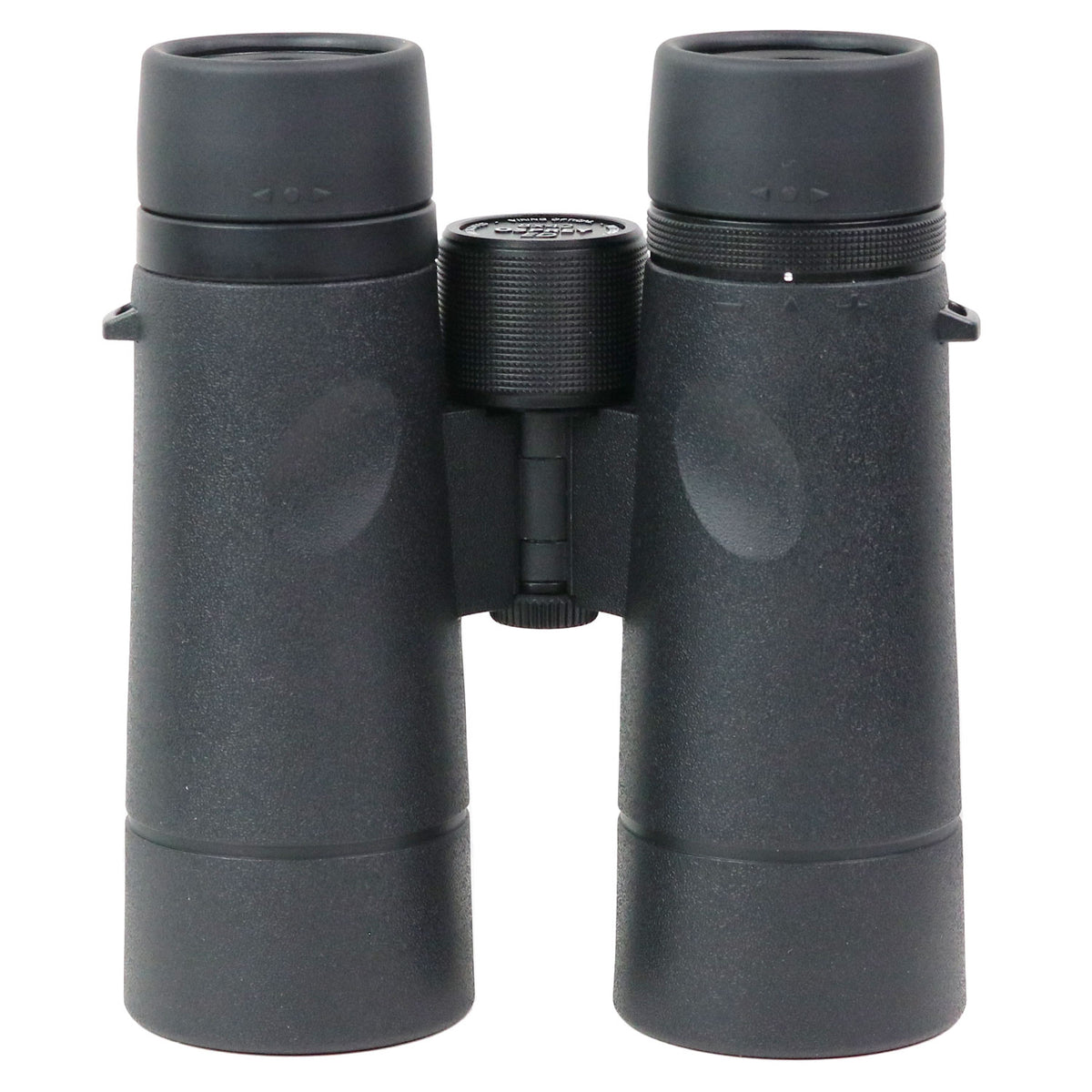
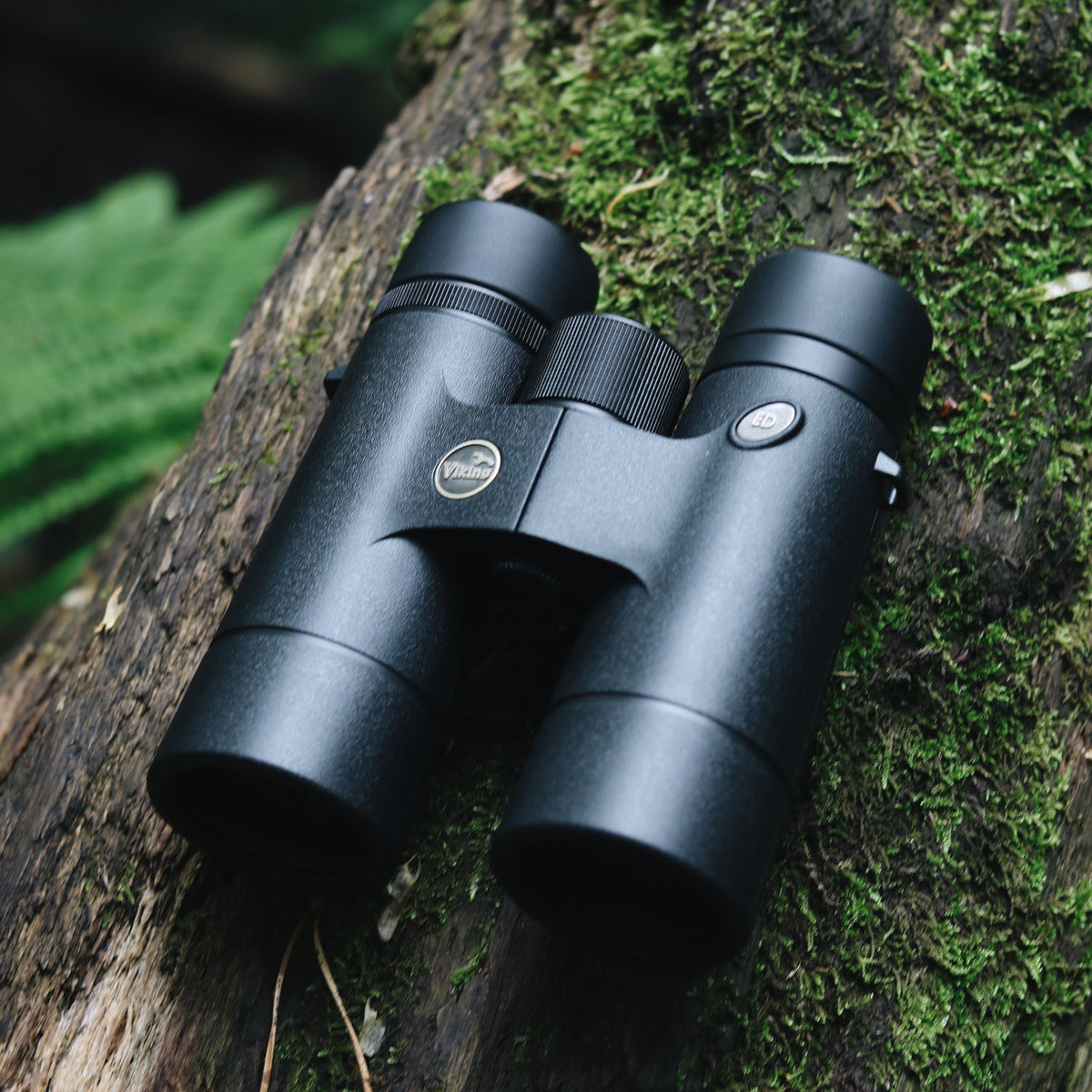
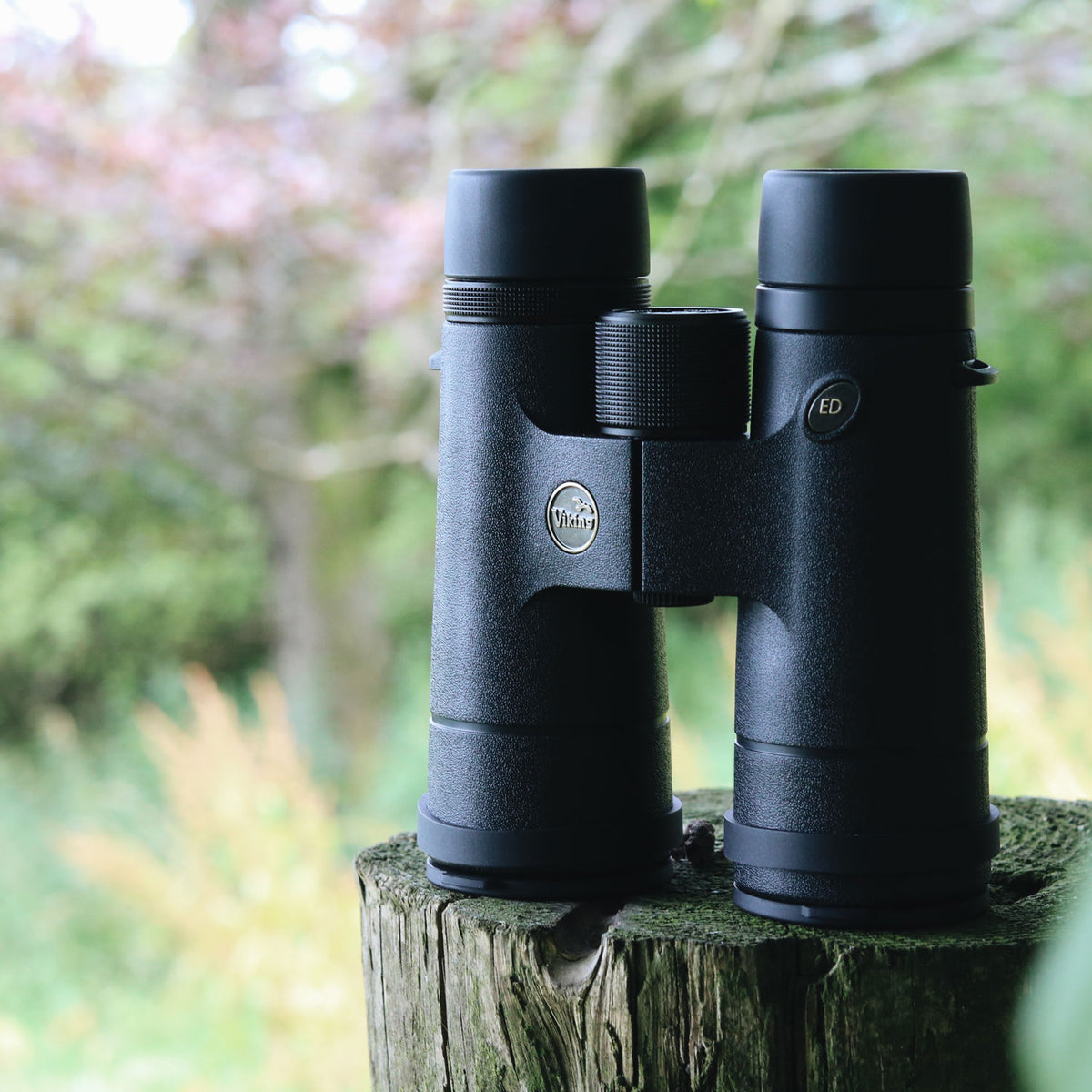
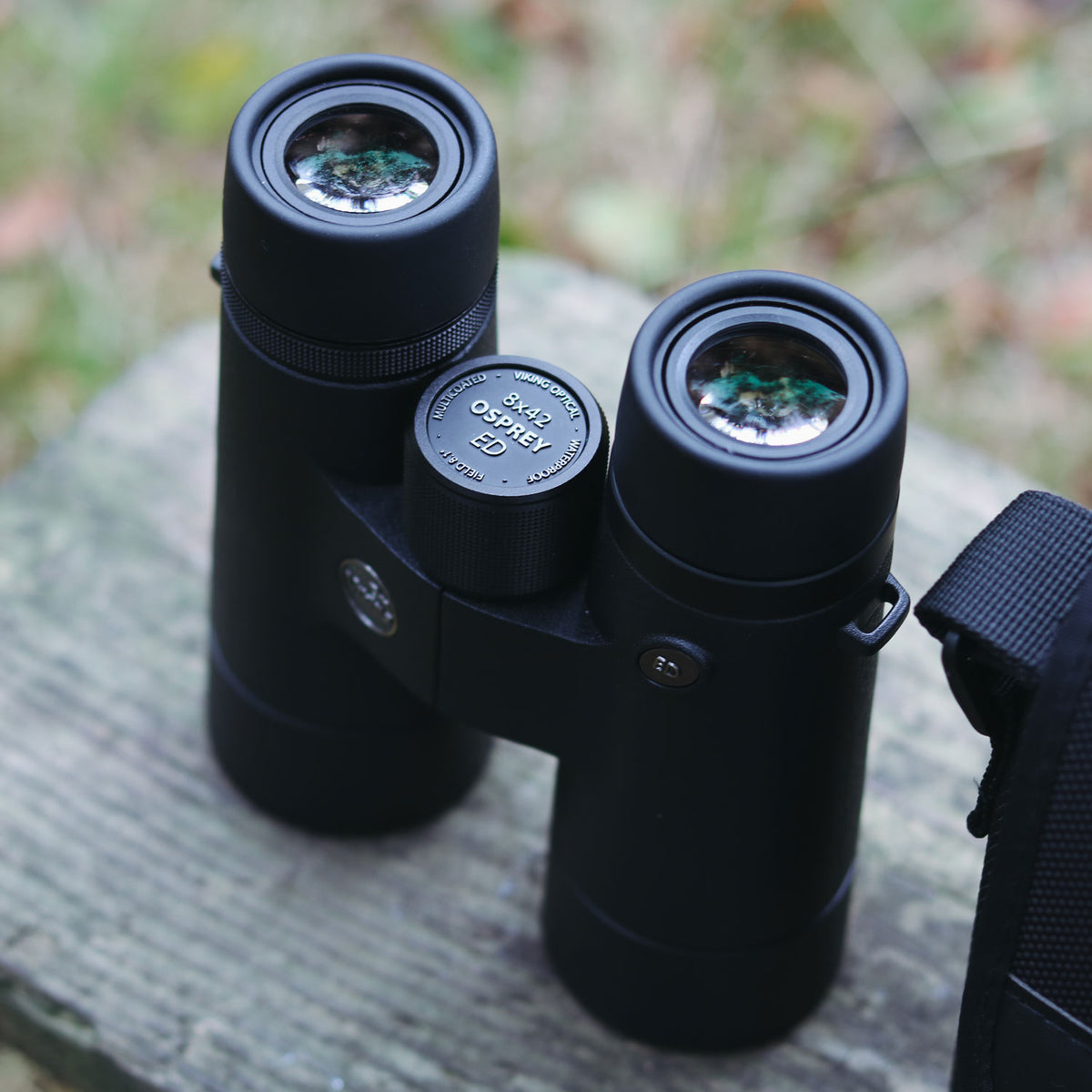
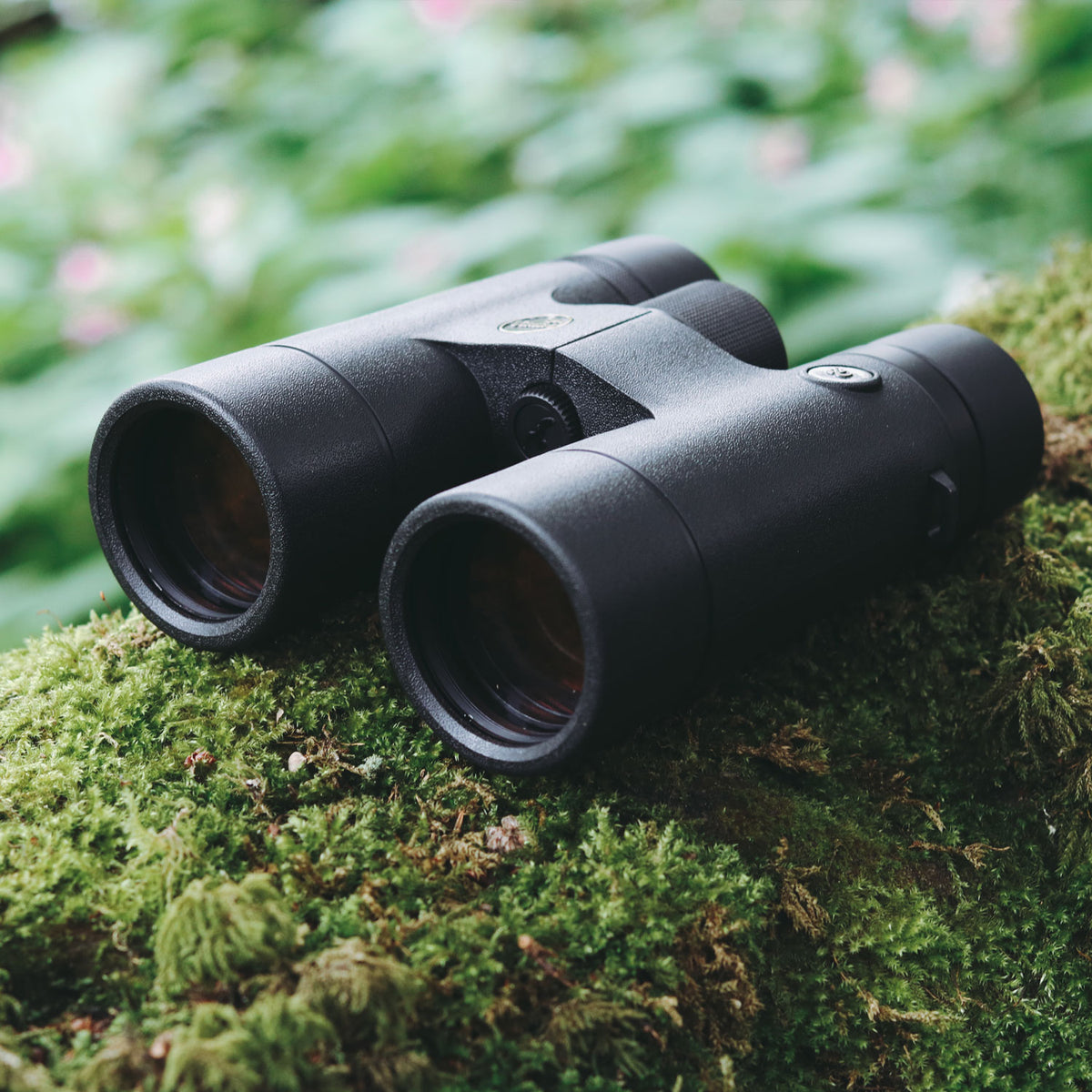
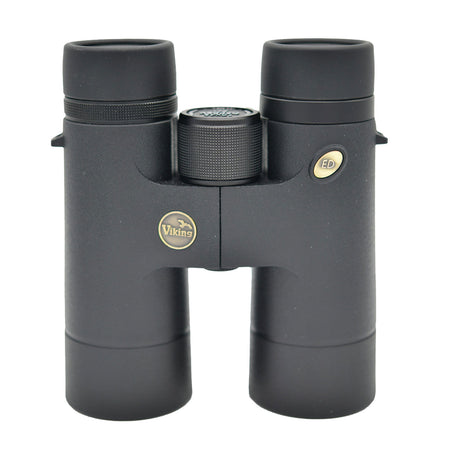
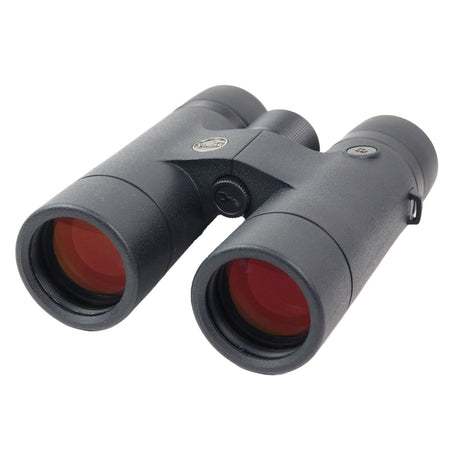
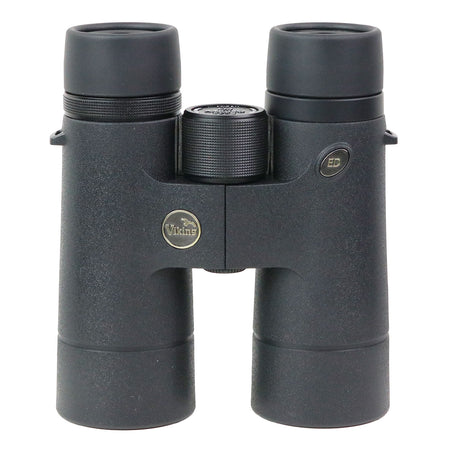
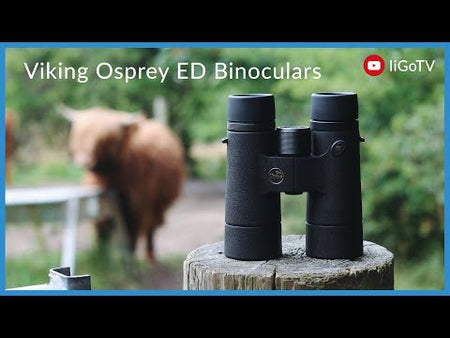
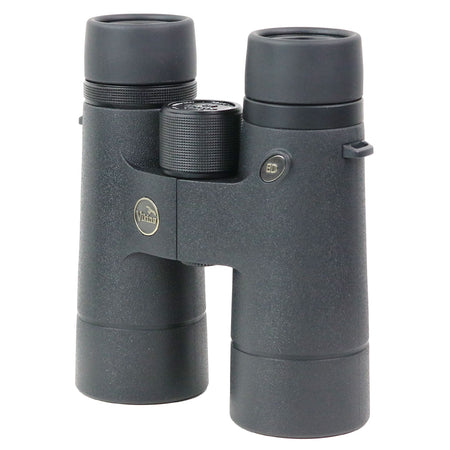
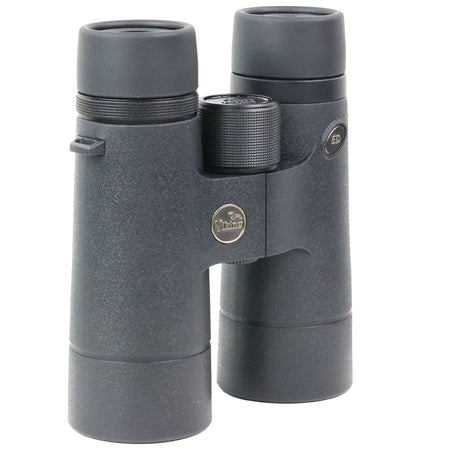
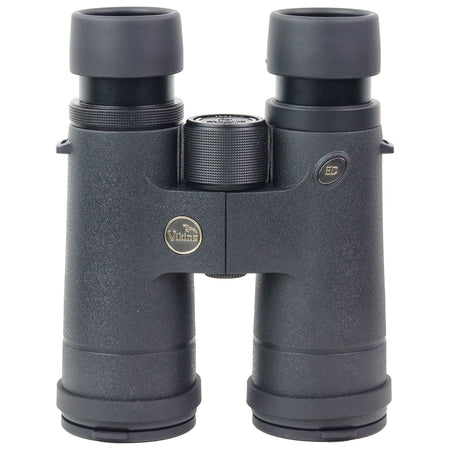
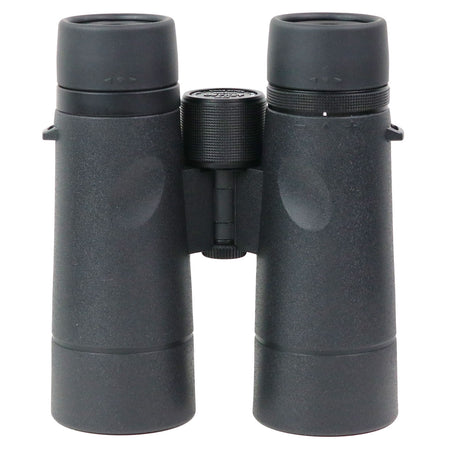

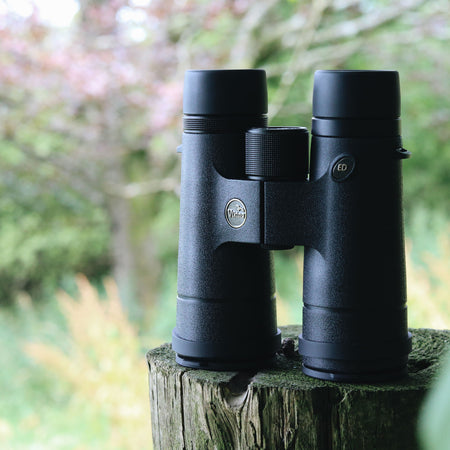
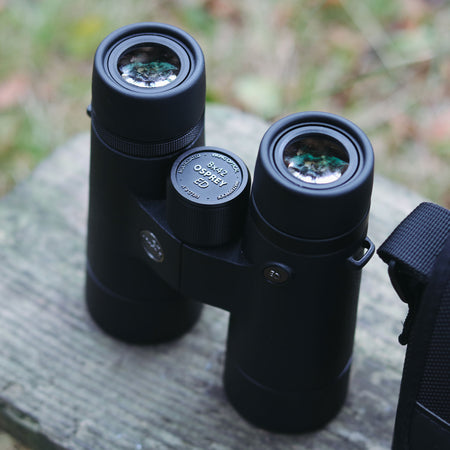
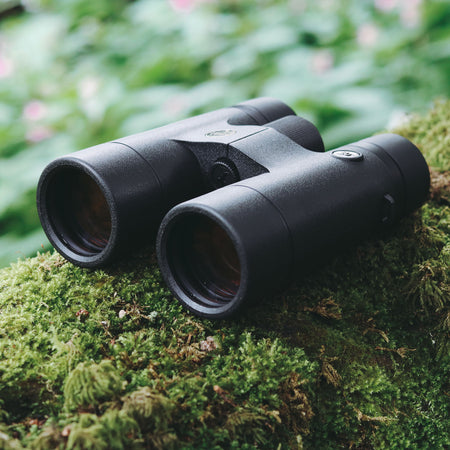
Viking Osprey ED 8x42 Binoculars
Regular price
£499.00
Our Verdict: Seriously impressive optics - if money is no object then this is our top choice!
- High quality ED Glass
- Fully multicoated optics with 8x Magnification
- Dielectric coated, phase corrected BAK 4 Prisms
The Viking Osprey ED are the most expensive binoculars in our round-up of Best Buys and if money were no object then these would be our choice for No.1. They are flat-field binoculars and best suited for enthusiasts looking for a premium set of optics. The sharpness and colour of images is superior to anything else we’ve tested (included even pricier models), meaning they're a joy to use out in the wild. There is a nice weight to them, and the action of the focus wheel and eyecups is excellent. As you might expect from such a high-end pair of birdwatching binoculars the Osprey are equipped with ED glass and high-quality dielectric coatings on the prisms. They are also nitrogen-filled and waterproof up to 1 metre. At nearly £500 these aren’t for casual use, but for an optics enthusiast looking for a trusty pair of high-end optics that will last for many years to come, these will not disappoint!
More Options Available:
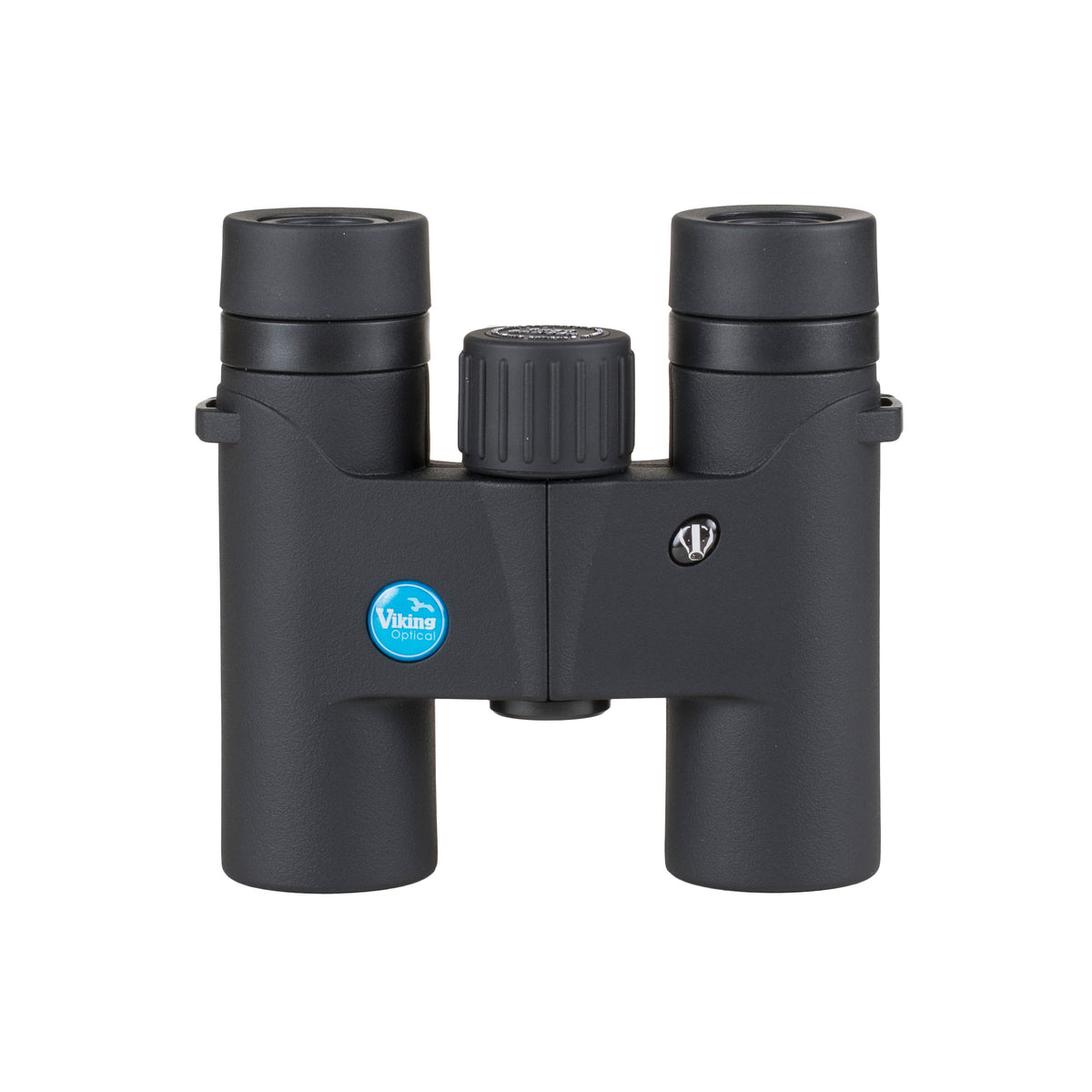
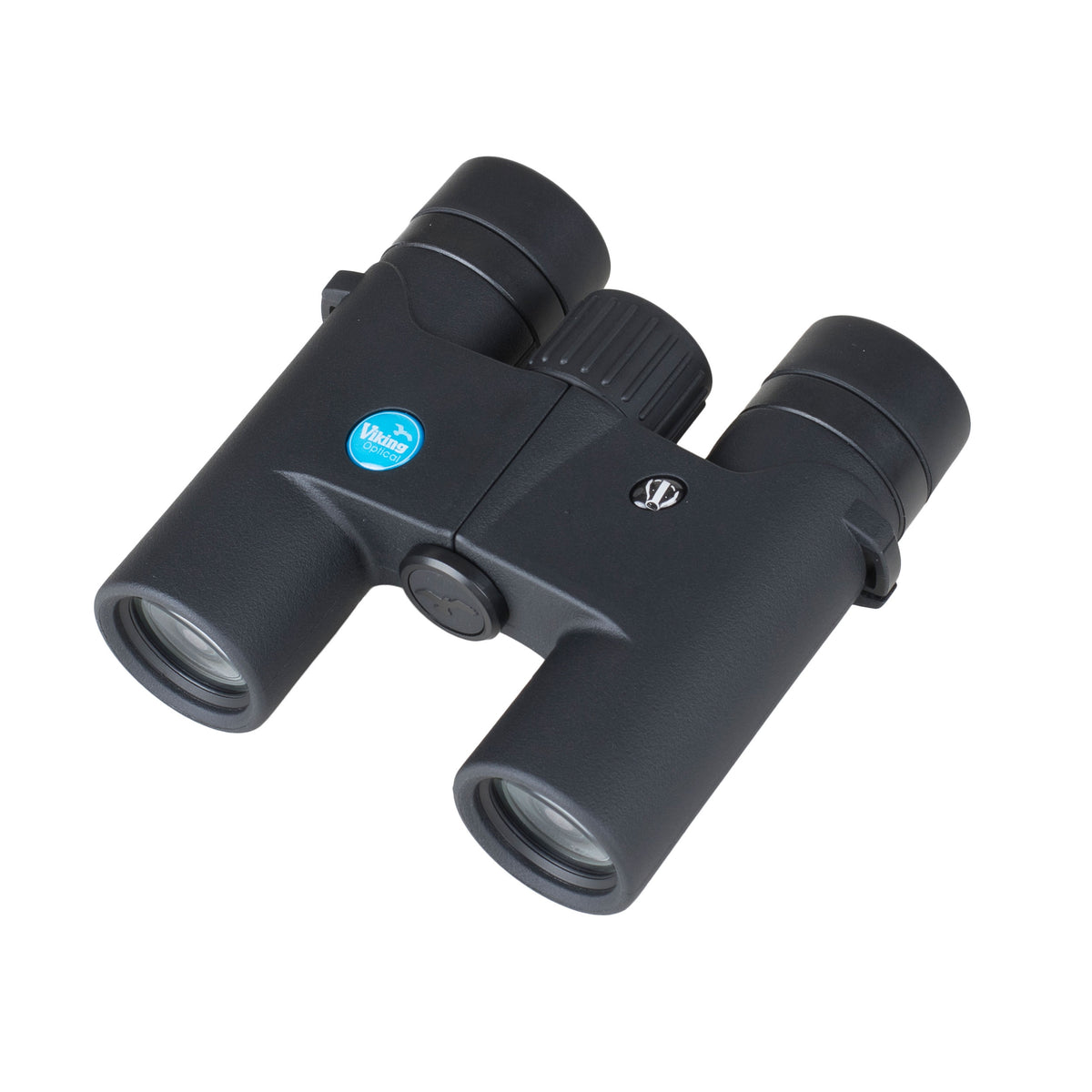
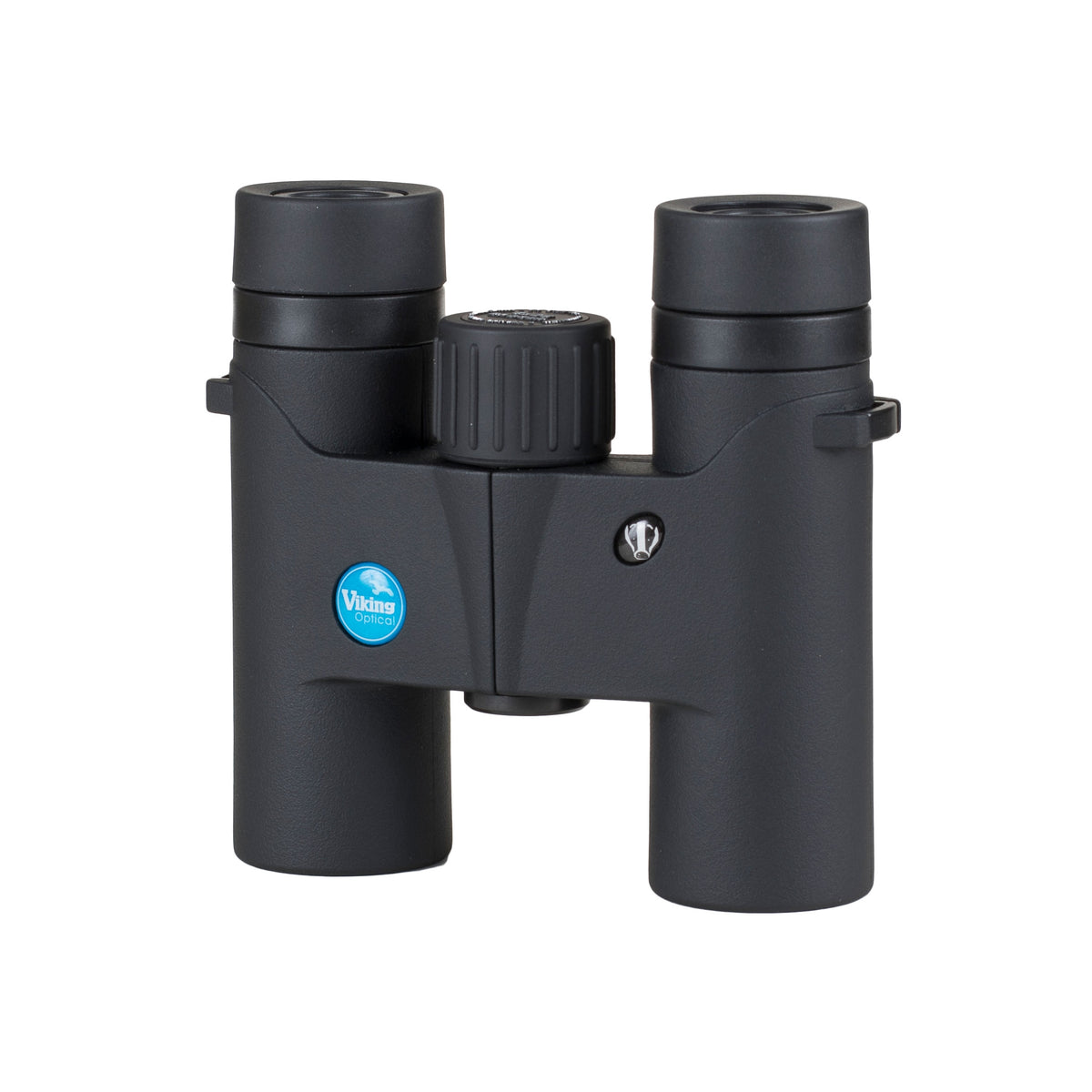
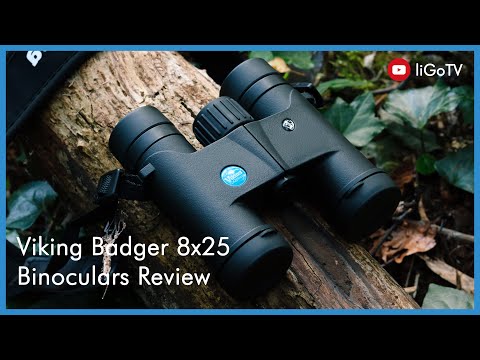

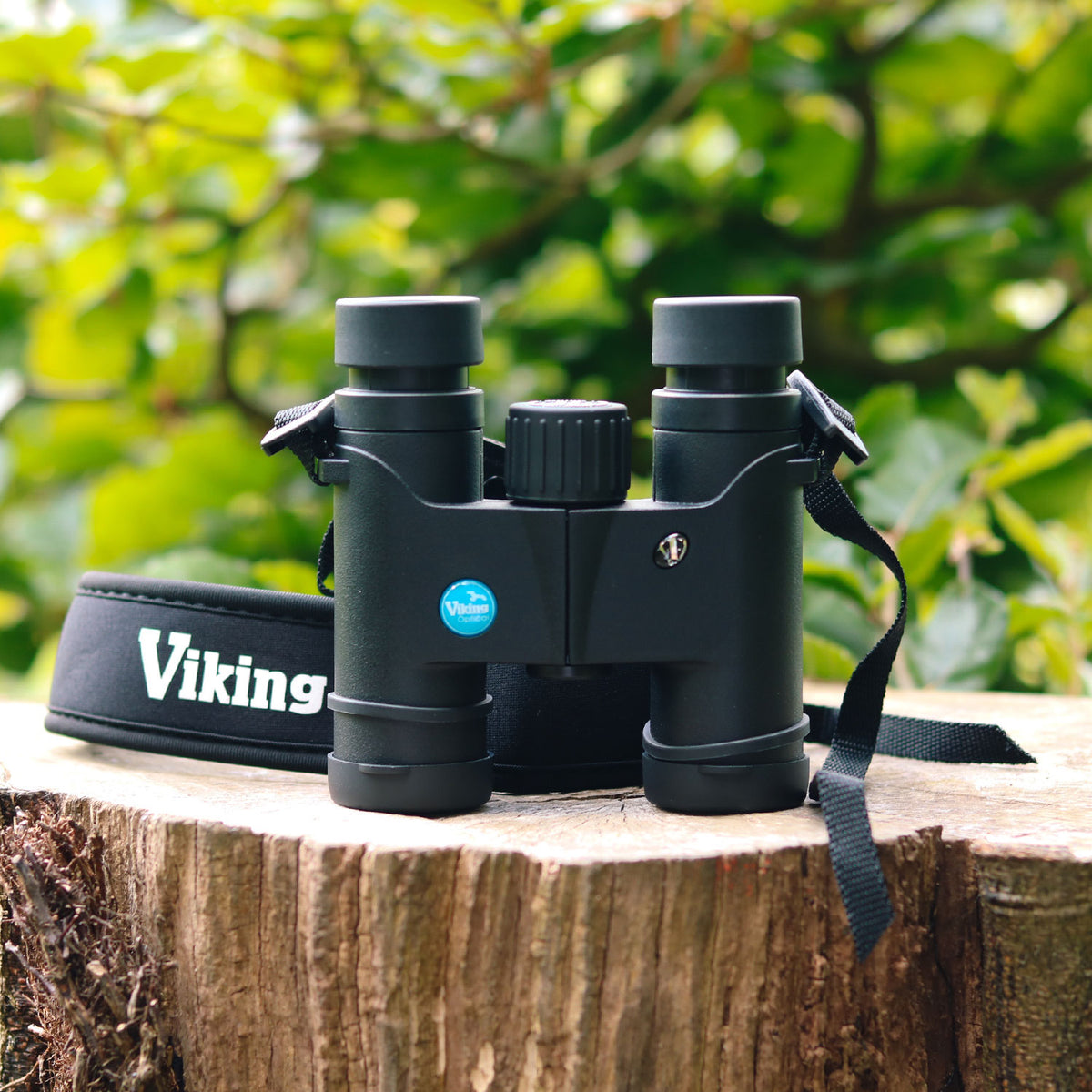
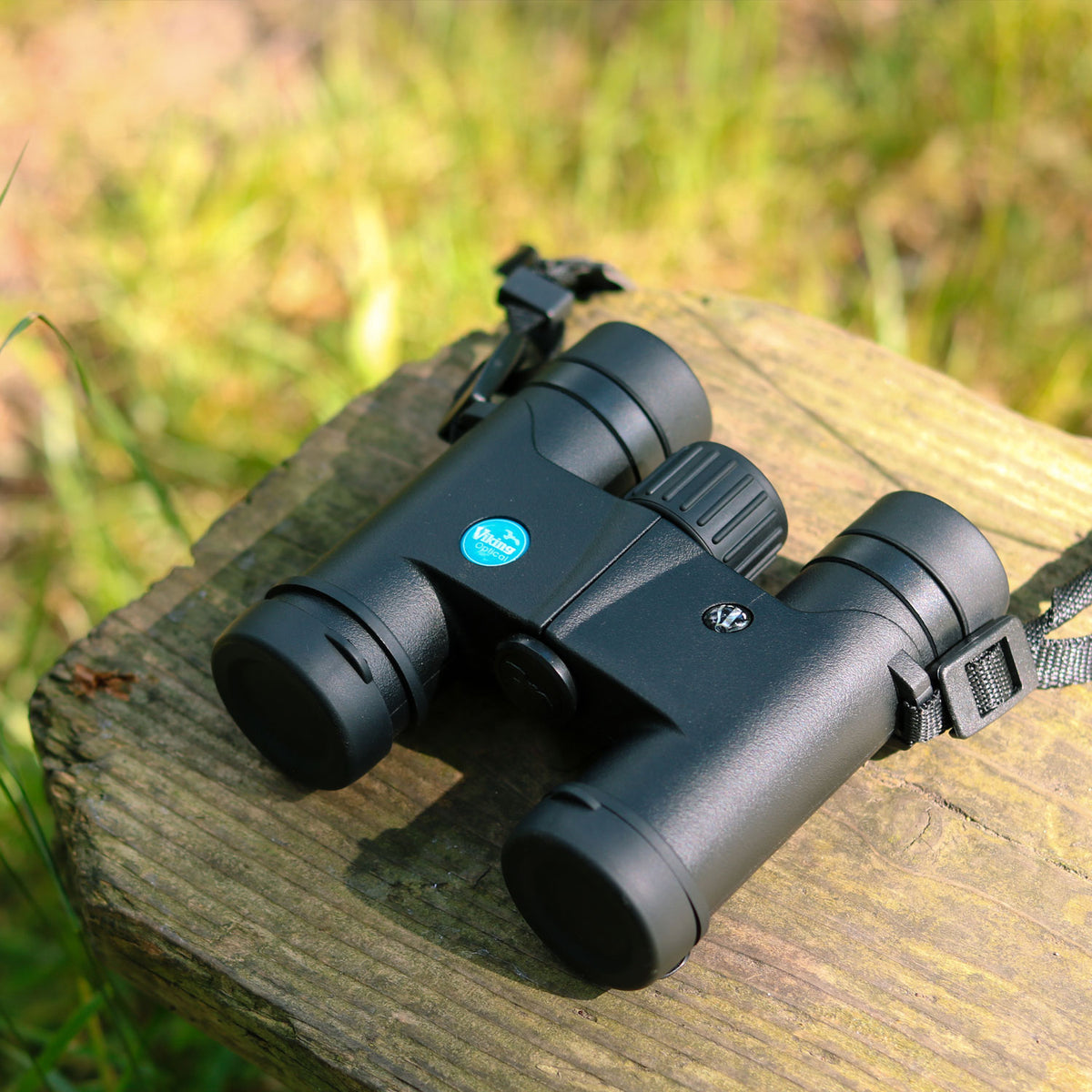
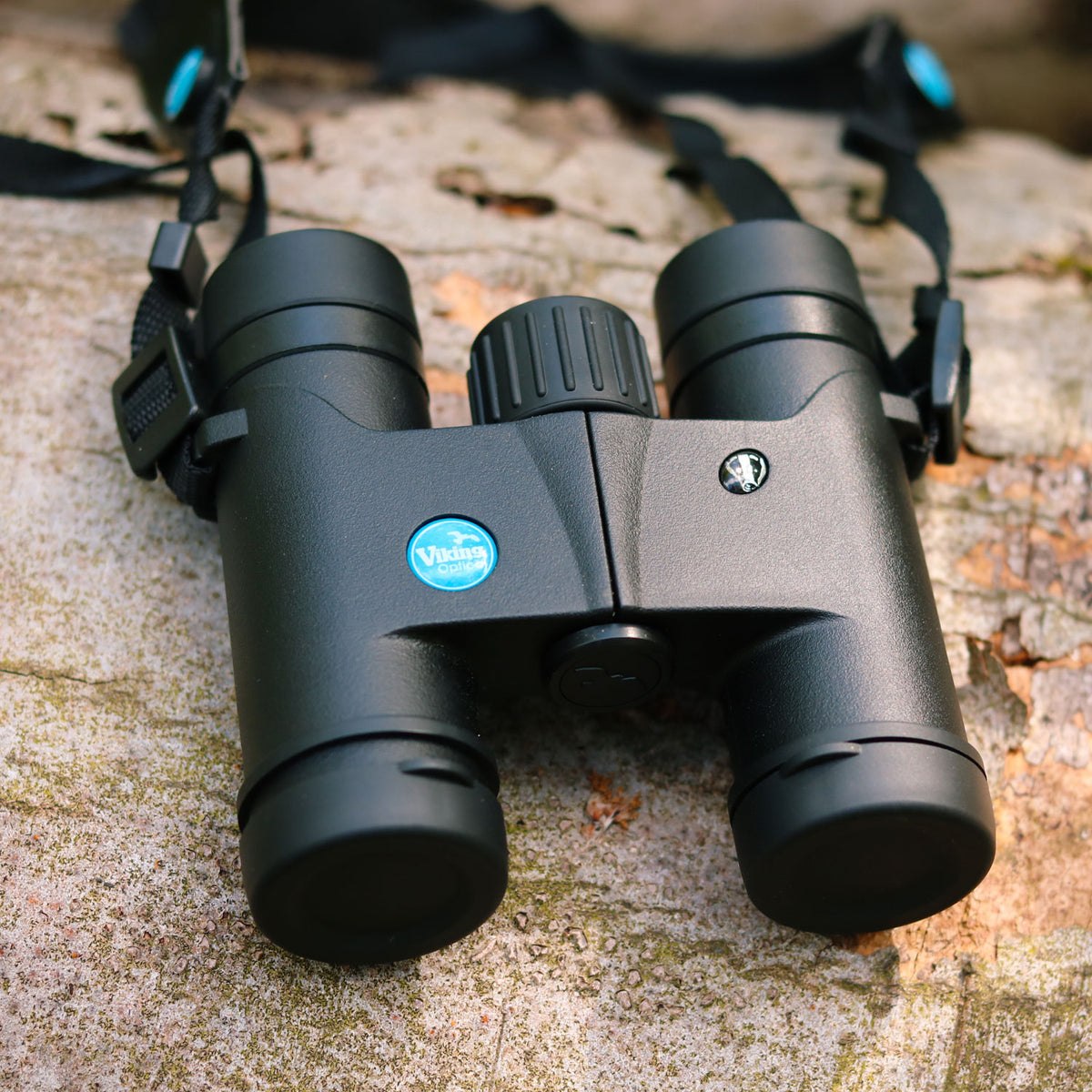
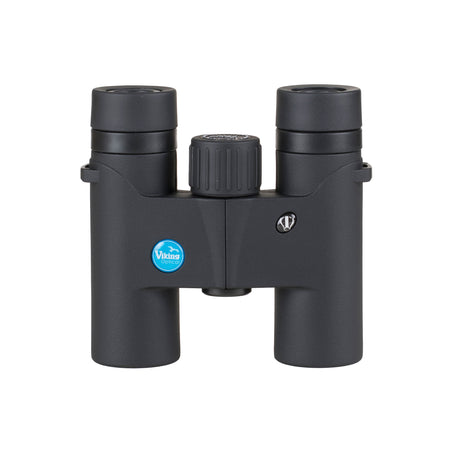
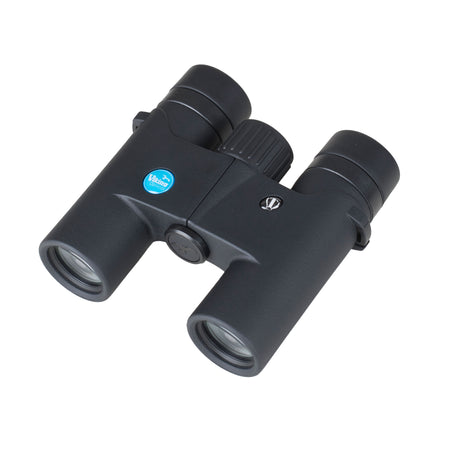
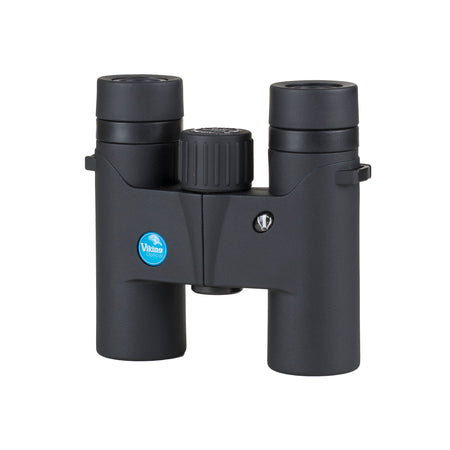
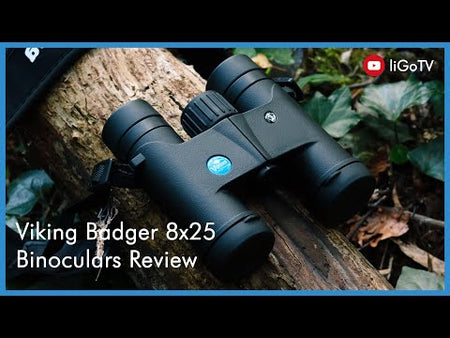
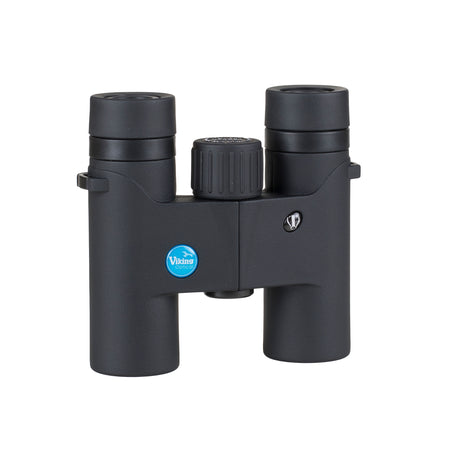
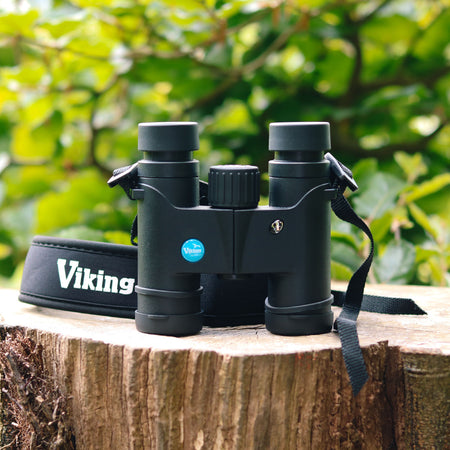
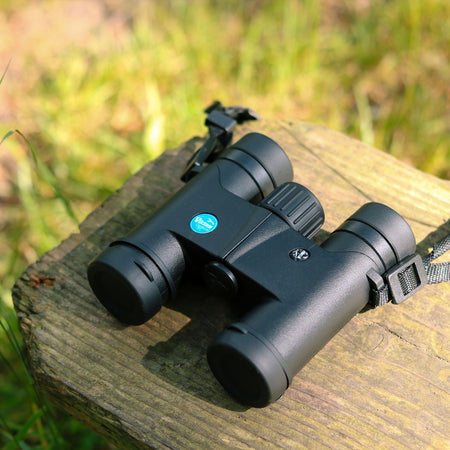
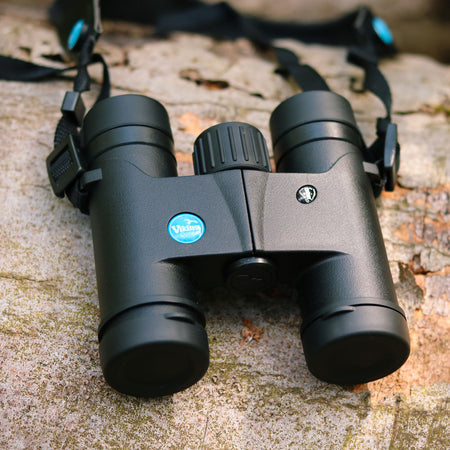
Viking Badger 8x25 Compact Binoculars
Regular price
£84.95
Regular price
£89.95
Sale price
£84.95
Our Verdict: Excellent binoculars combining high-quality optics and convenient size
- 8x magnification- ideal for birdwatching
- Weatherproof, rubber-armoured design
- Multicoated optics limit light loss for a clearer image
This compact pair of binoculars from Viking really impressed us with their excellent optical clarity and value for money. The Viking Badger 8x25 weighs only 298g, which makes them light enough for children to hold for an extended period of time, but they still feel sturdy and well-built enough to endure any bumps and scratches. Overall, these compact Badgers are a lovely pair of binoculars (available in 8x25 and 10x25 options), which would be perfect for anyone who likes to enjoy bird watching without having to lug a full-size pair around.
More Options Available:
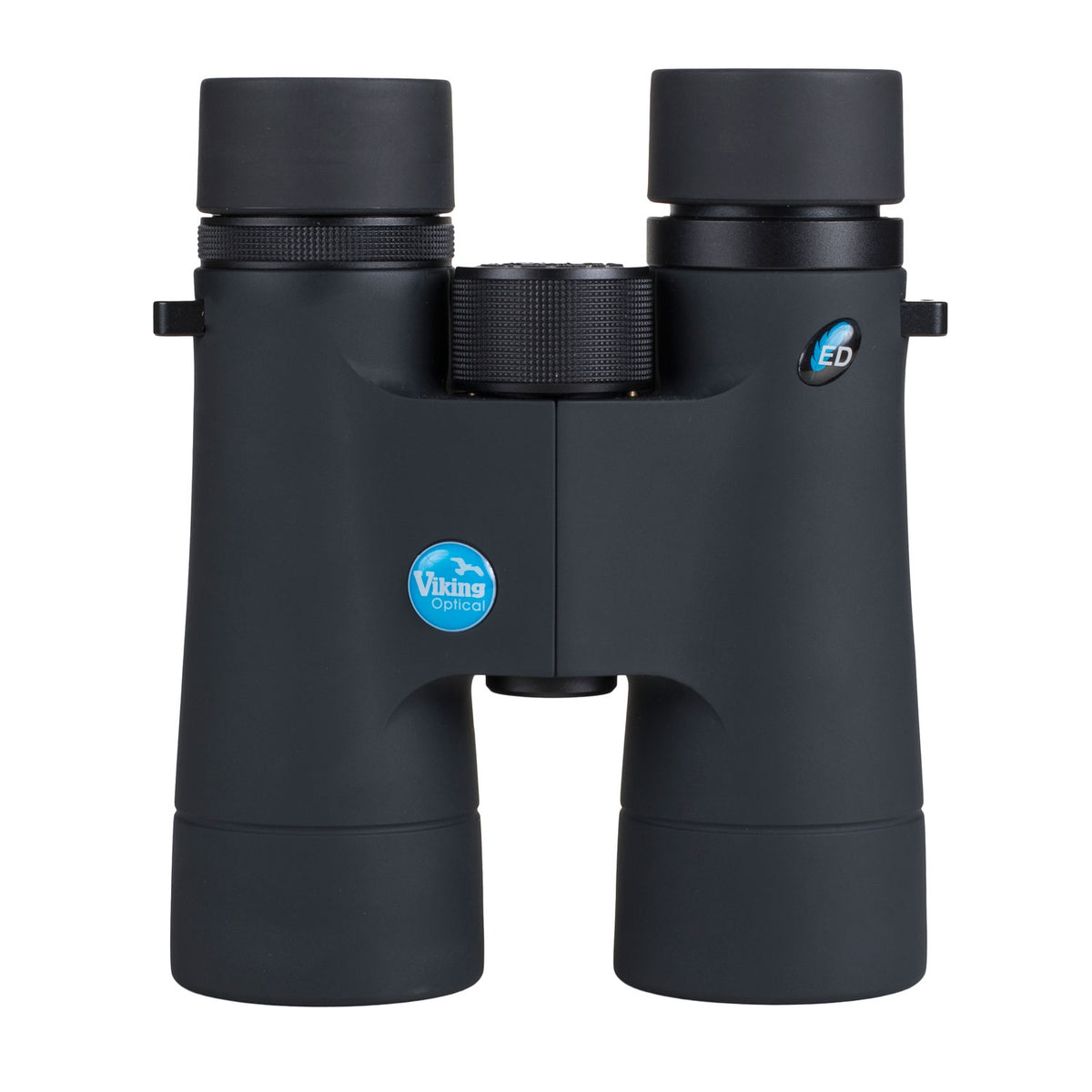
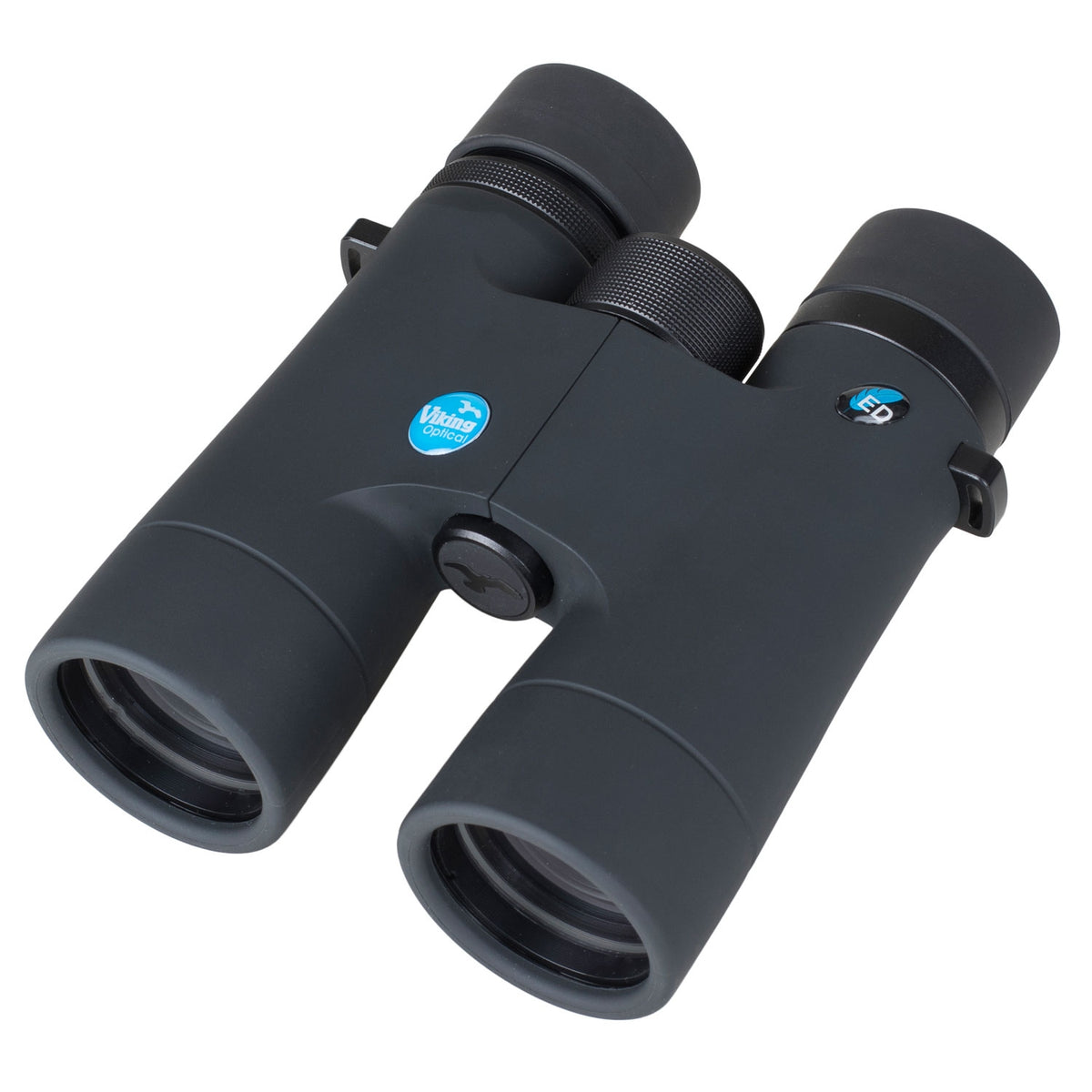
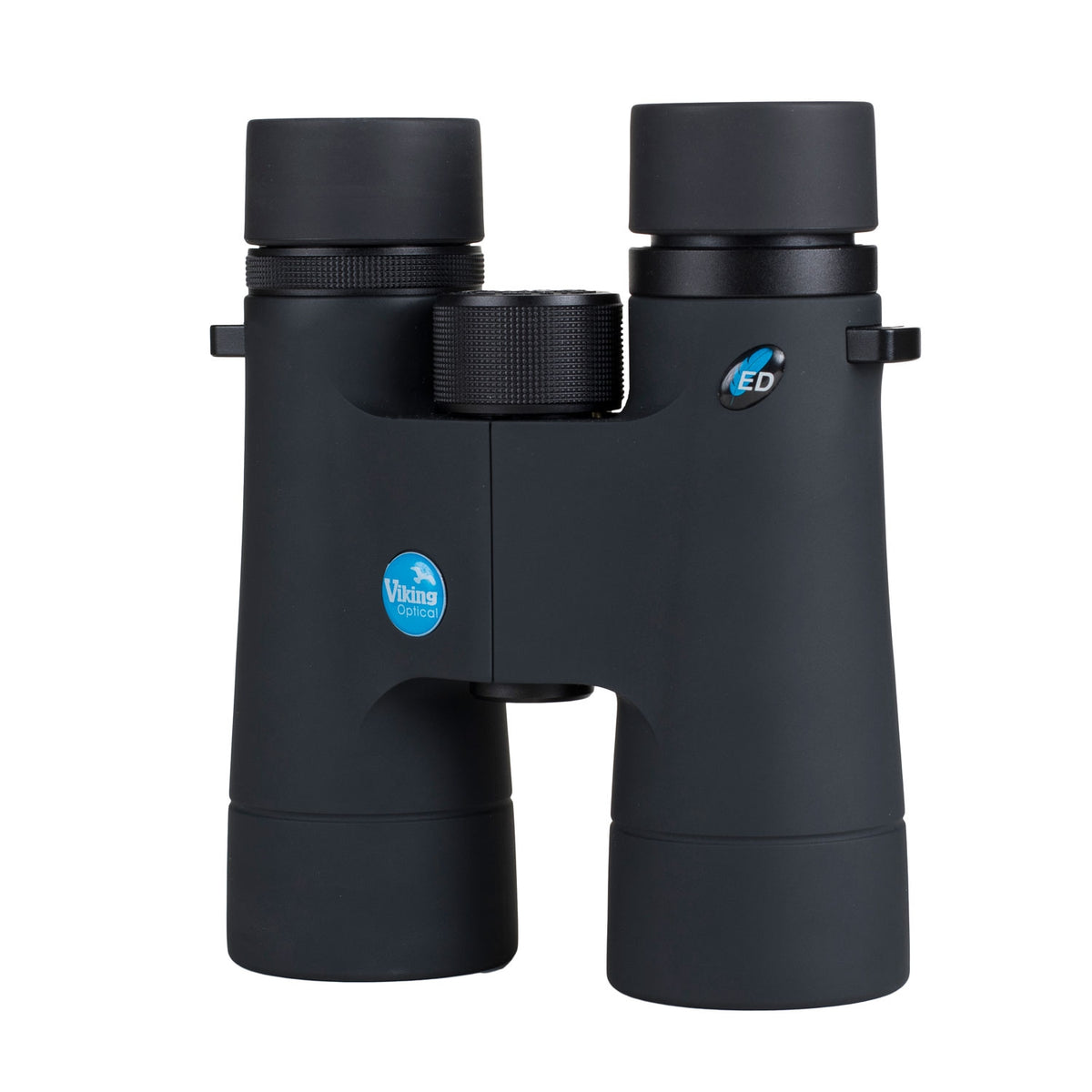
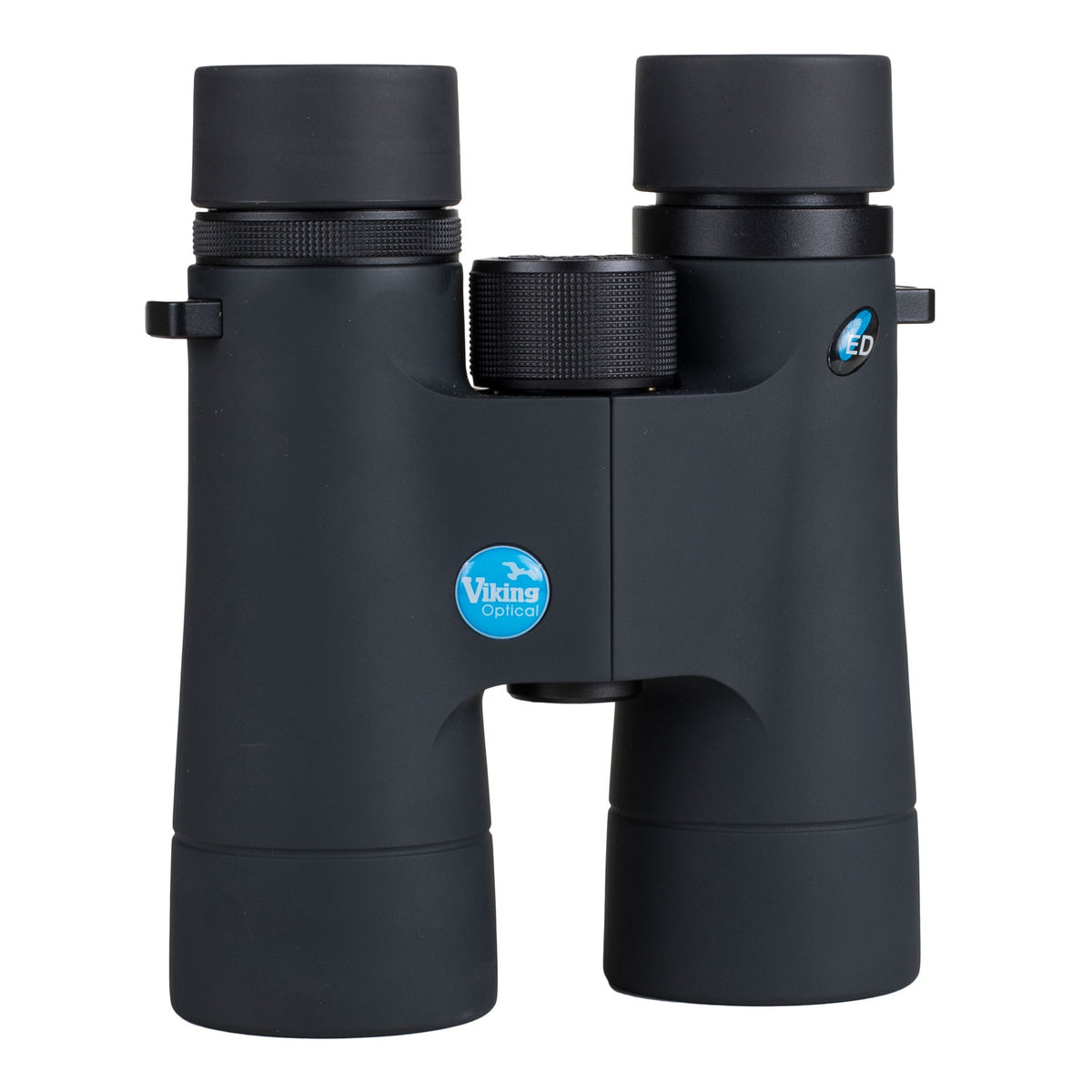
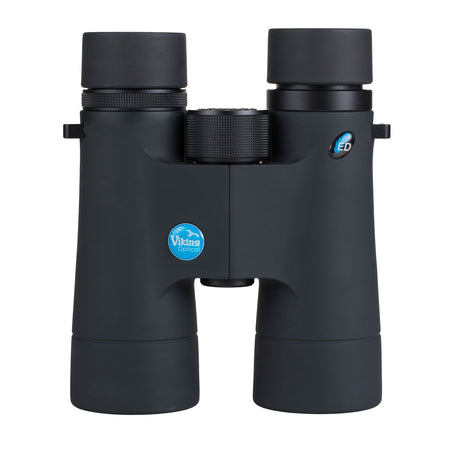
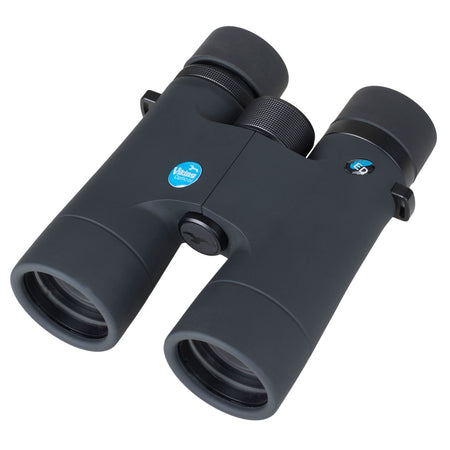
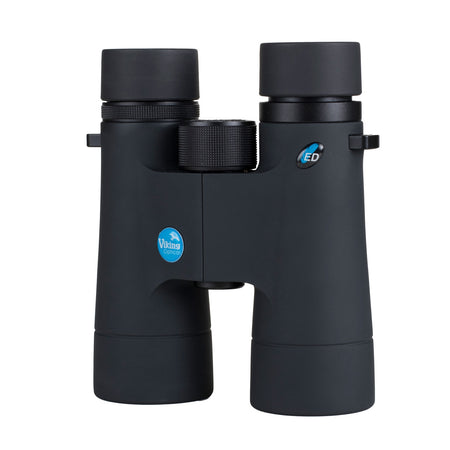
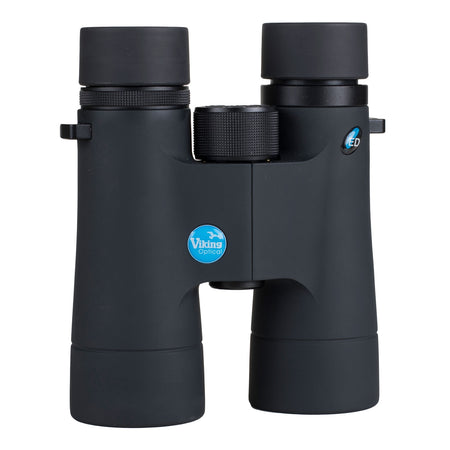
Viking Peregrine ED 8x42 Binoculars
Regular price
£308.95
Regular price
£318.95
Sale price
£308.95
Our Verdict: Premium lightweight binoculars with ED glass for exceptional clarity
- Extra Low Dispersion glass objective lenses
- Fully multicoated optics with 8x Magnification
- Dielectric coated, phase corrected BAK 4 Prisms
The Viking Peregrine ED are essentially a more premium version of our pick for Best Buy, and were a close contender for the top spot. Comparing the spec of each you’d be hard pressed to tell them apart; perhaps the only noticeable difference is that the 8x42 Peregrines are lighter (only 600g) compared to the Kestrels (694g). However, although on paper both these models are pretty much identical the Peregrines are equipped with higher quality Extra Low Dispersion glass and dielectric coated, phase corrected BAK 4 Prisms. This means that you get a slightly sharper image (we struggled to pick up any aberration at all) along with all the other benefits present in our Best Buy: rugged armouring, fully waterproof and nitrogen purged, eye-cups, etc. At over £300 they’re not exactly cheap but you are paying a premium for quality and they hold their own against even pricier models in terms of optical quality.
More Options Available:

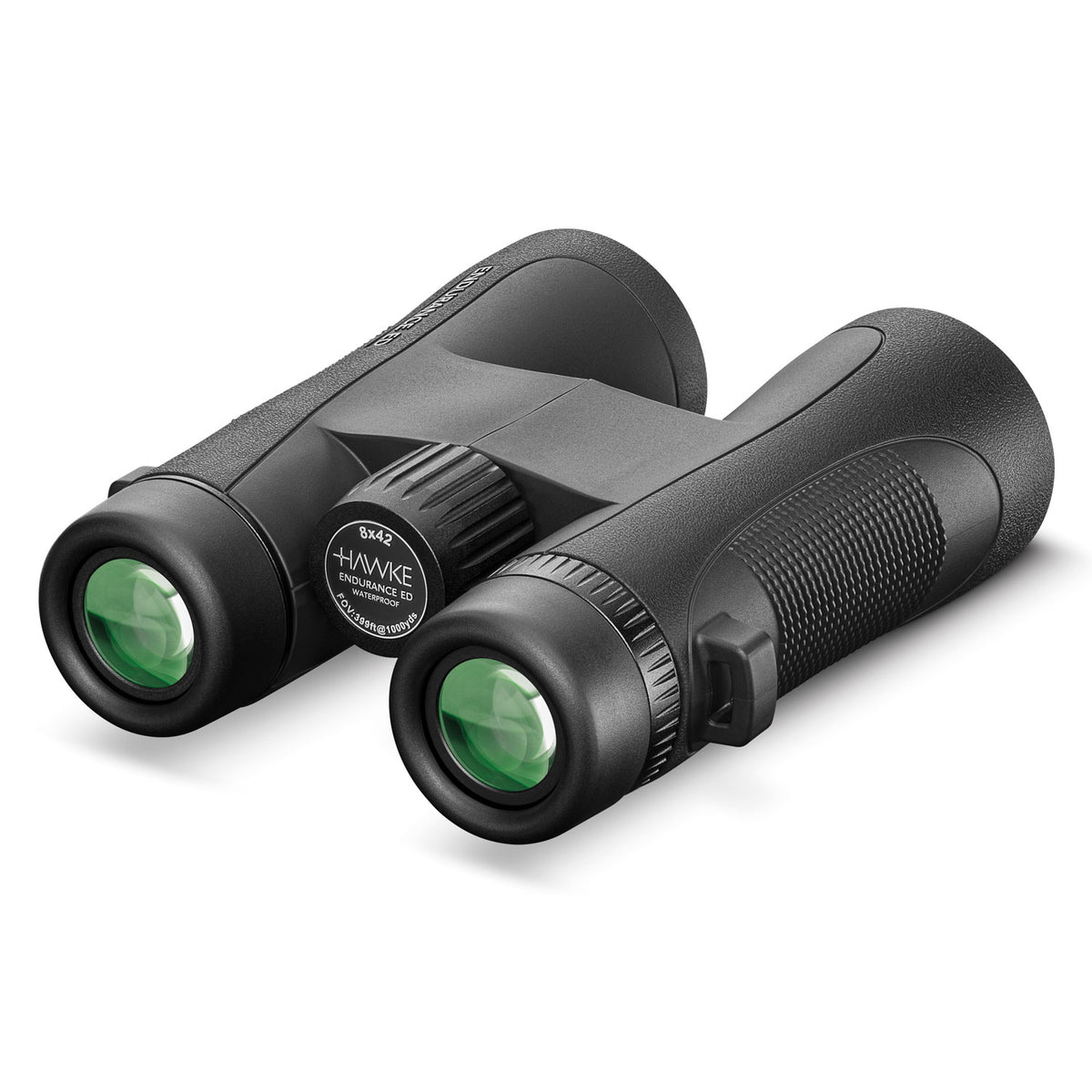
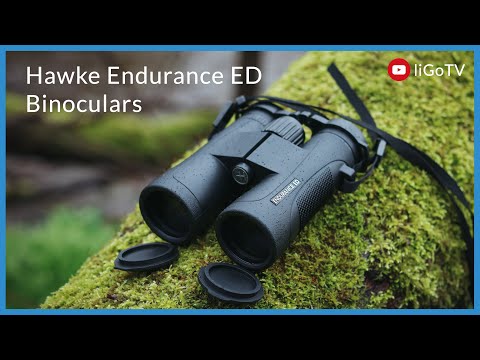
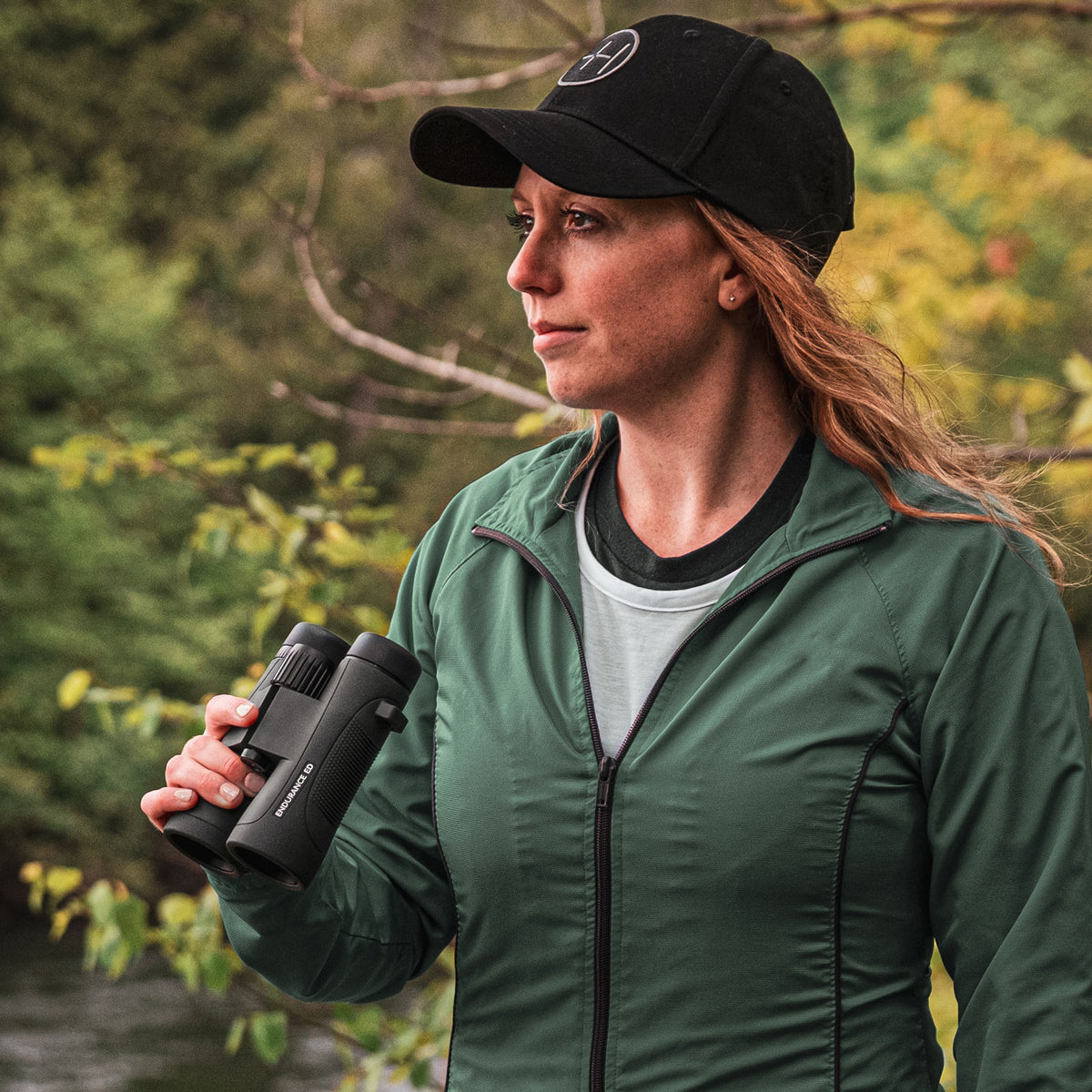
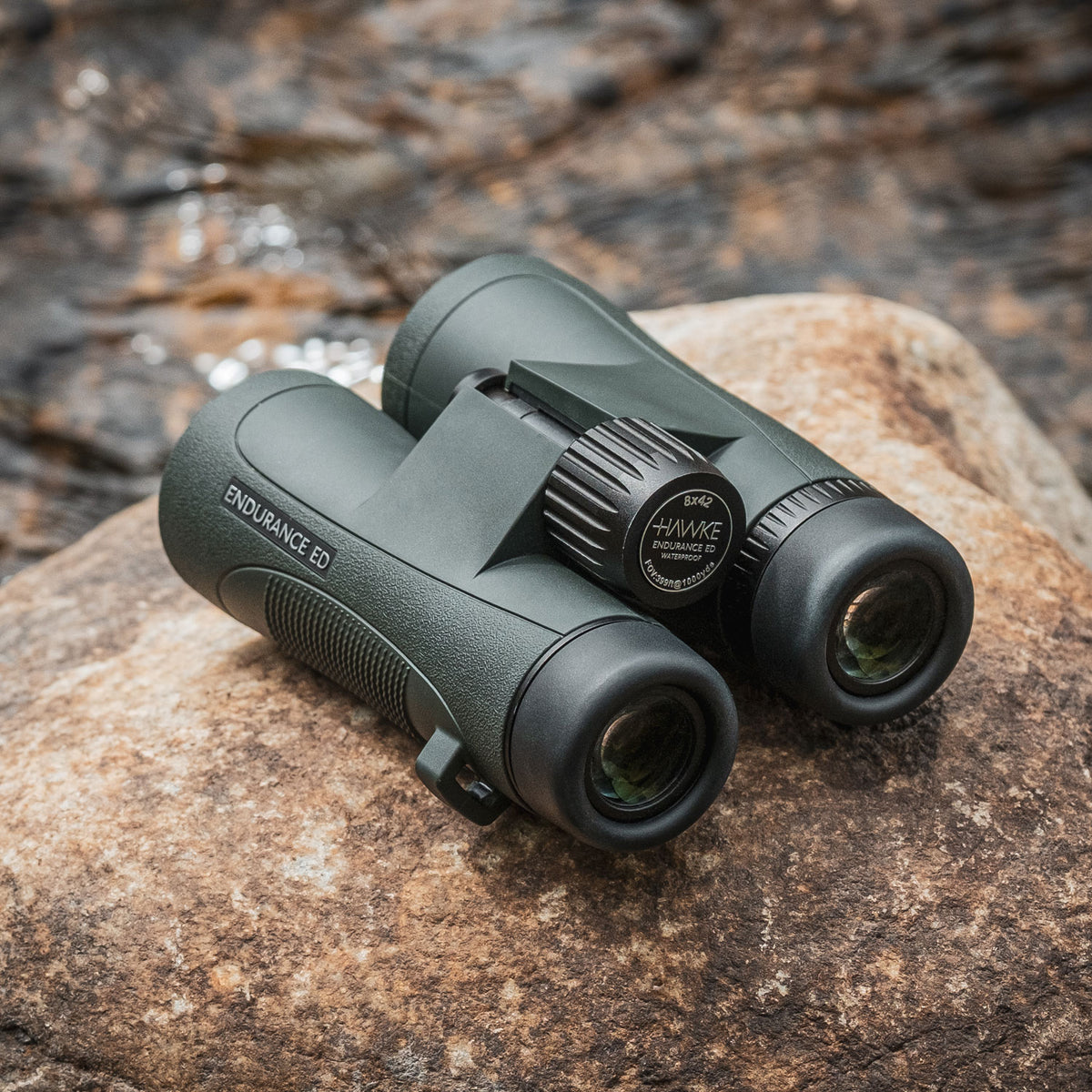
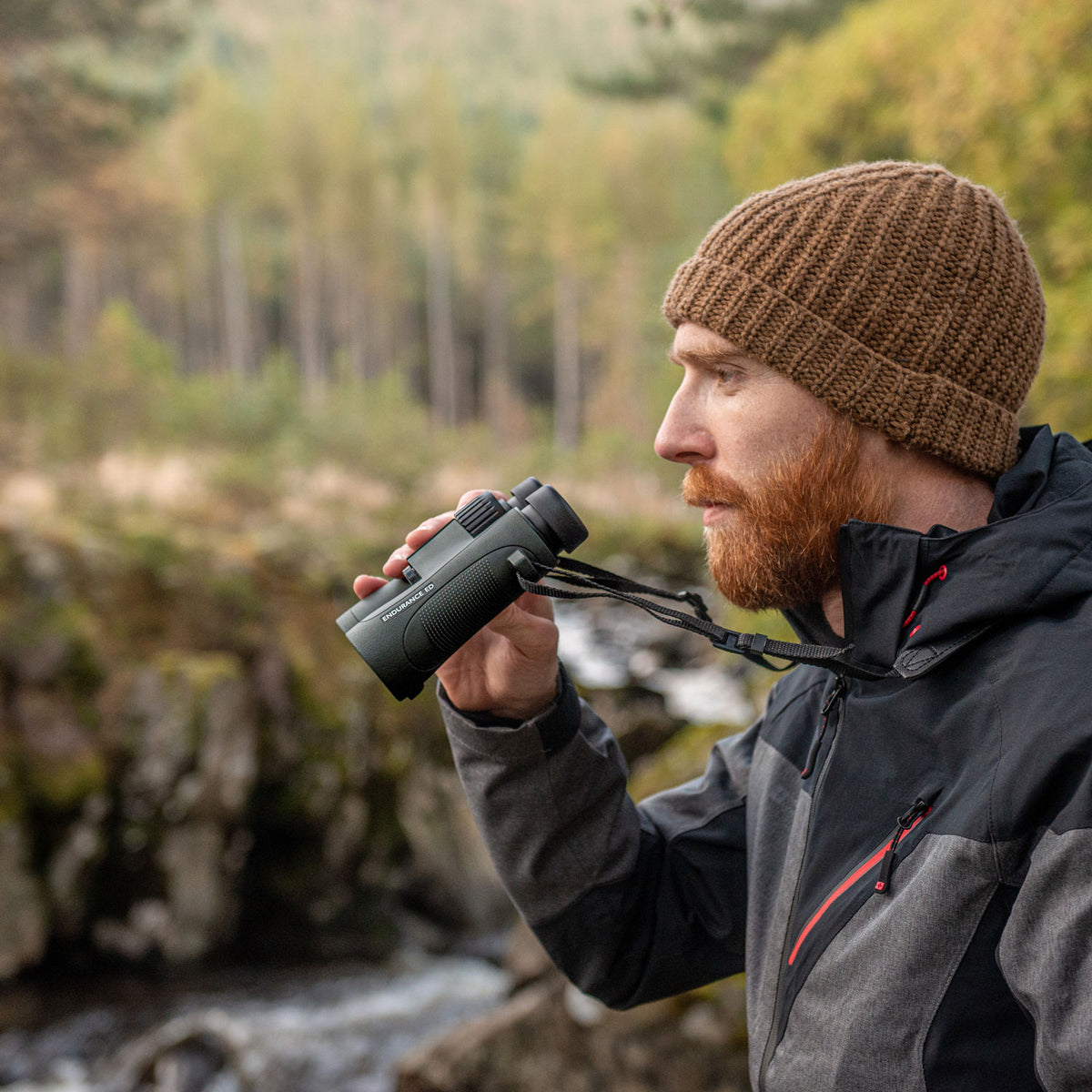
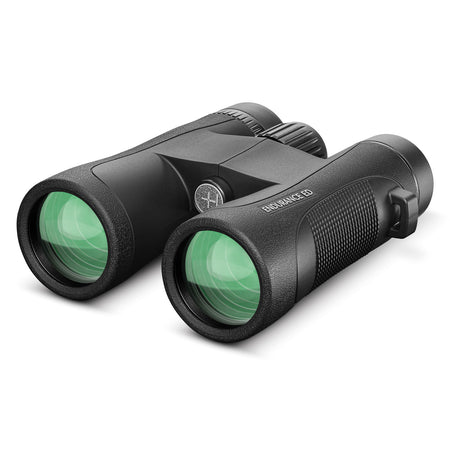

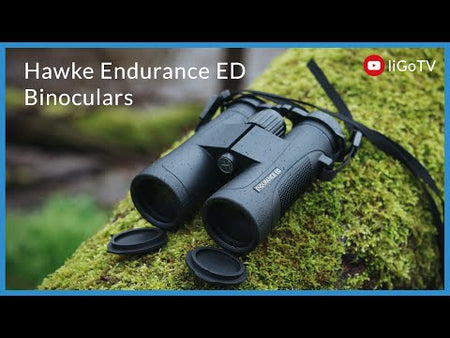
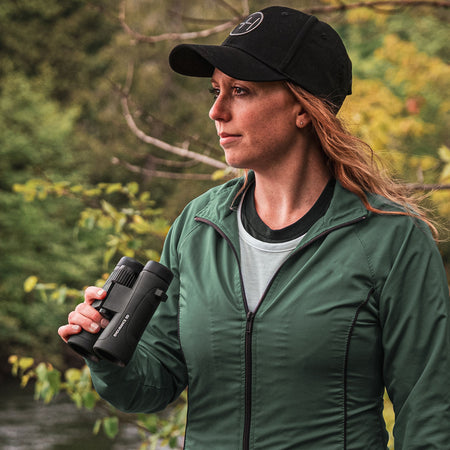
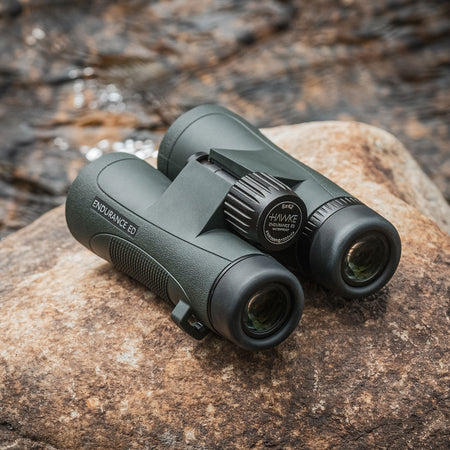
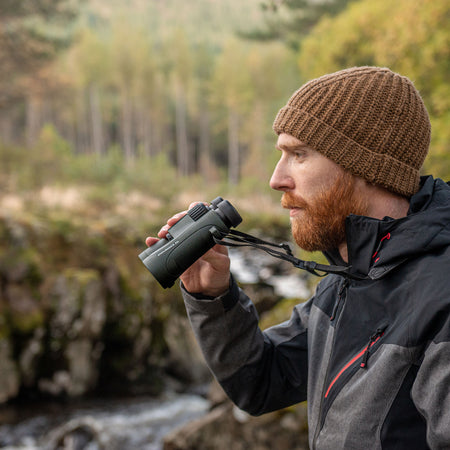
Hawke Endurance ED 8x42 Binoculars - Black
Regular price
£269.00
Our Verdict: Perfect all-round binoculars
- Extra-Low Dispersion (ED) Glass
- High Resolution Phase Corrected BAK-4 Roof Prisms
- Twist-Up Eye Cups With Position Stops
These are truly a top-class pair of binoculars, which really impressed us out in the field with sharp focus, good brightness in varying light conditions, and excellent colour reproduction. The Hawke Endurance ED (available in various configurations) are built to last and backed by the manufacturers Lifetime Guarantee. They are produced in a robust polycarbonate, which may not be as classy as a magnesium chassis but is incredibly lightweight and robust - it also helps to lower costs and focus on high-quality optical components. The binoculars are fully sealed and nitrogen-purged, which means they are waterproof and fog proof and intended to provide you with decades of enjoyment and use. The Extra-Low Dispersion (ED) Glass yields crisp and clear views and drastically cuts down on chromatic aberration (colour fringing) and they are fully multi-coated lenses to aid light transmission. Overall, these are excellent binoculars which offer comparable optical quality to much more expensive optics making them incredible value for money and our pick for Best All Round Binocular!
More Options Available:
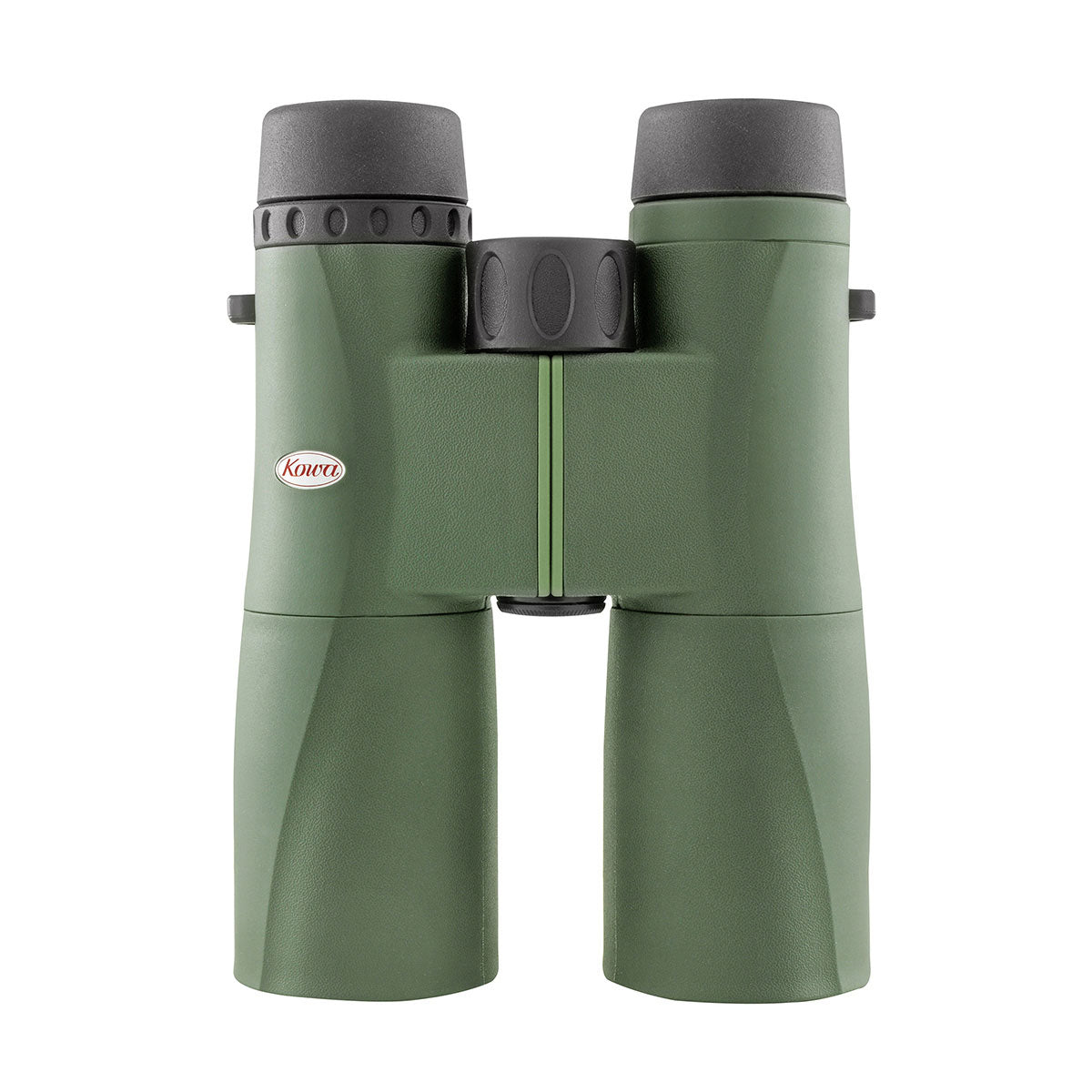

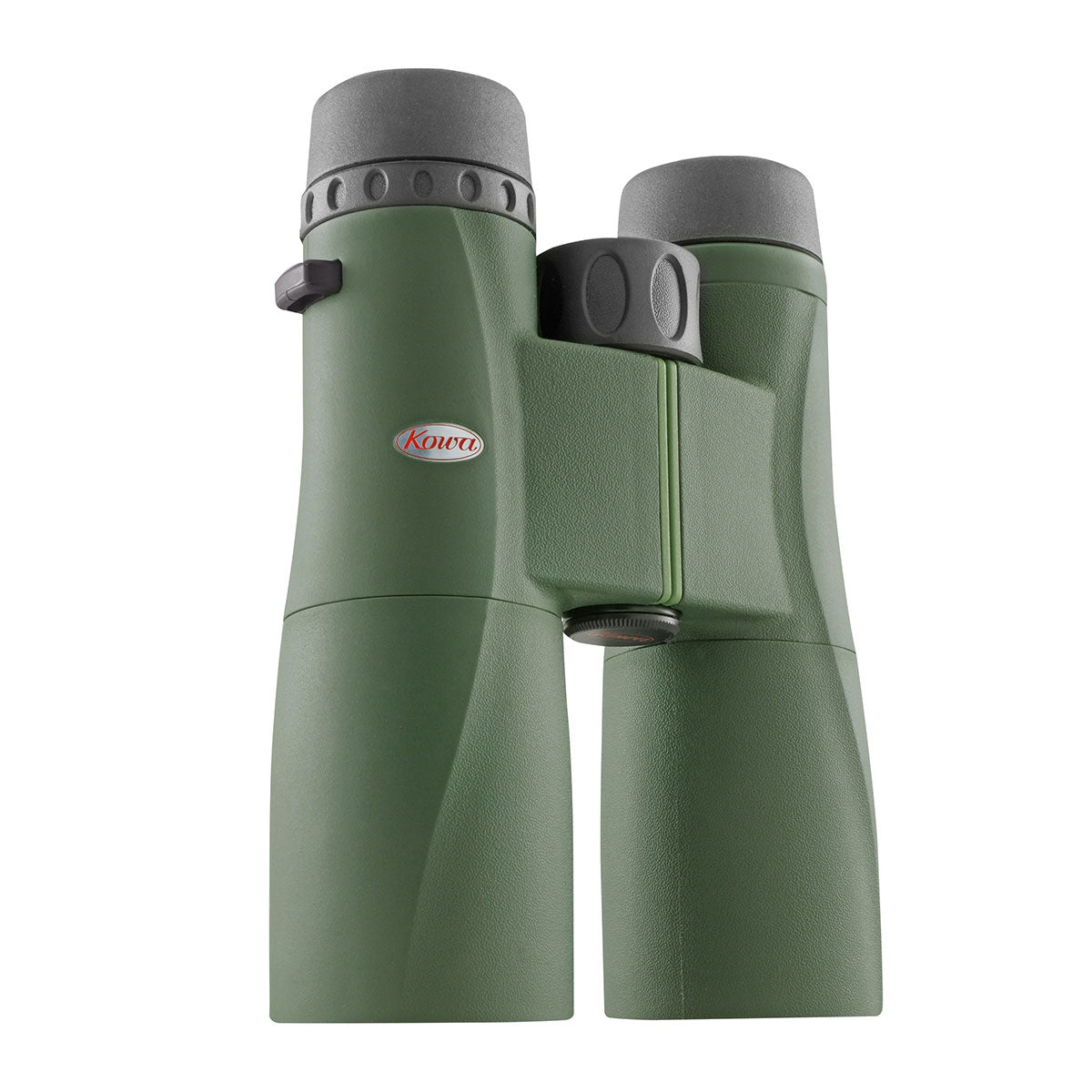
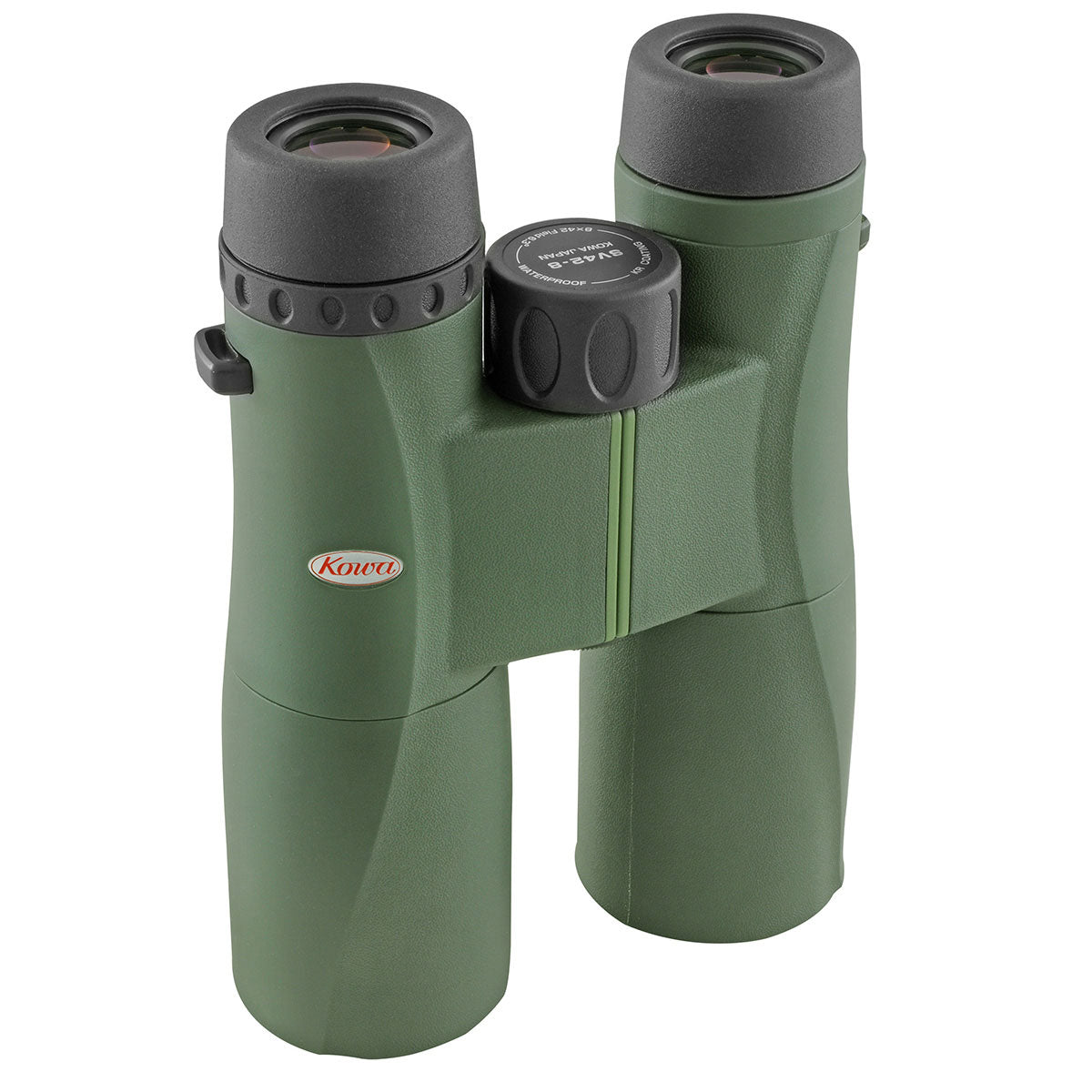
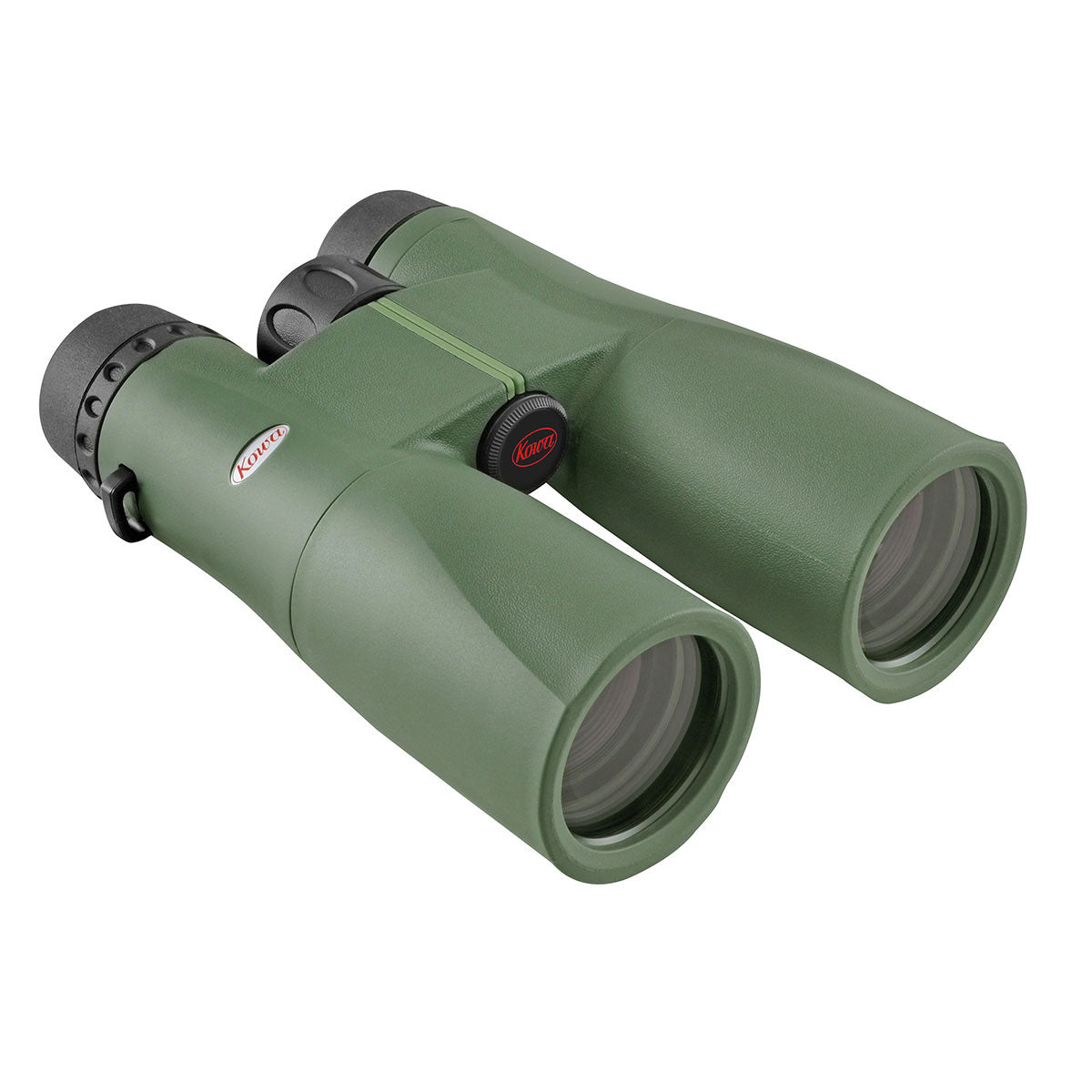
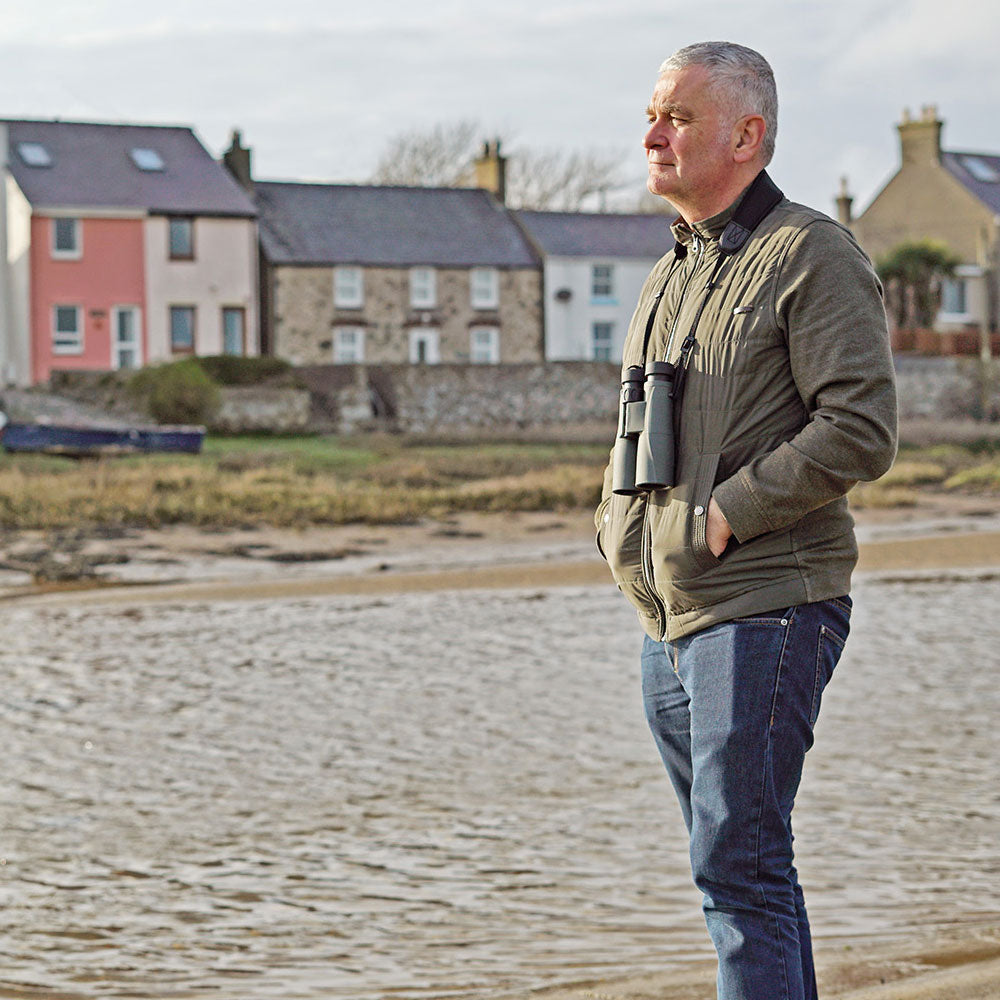
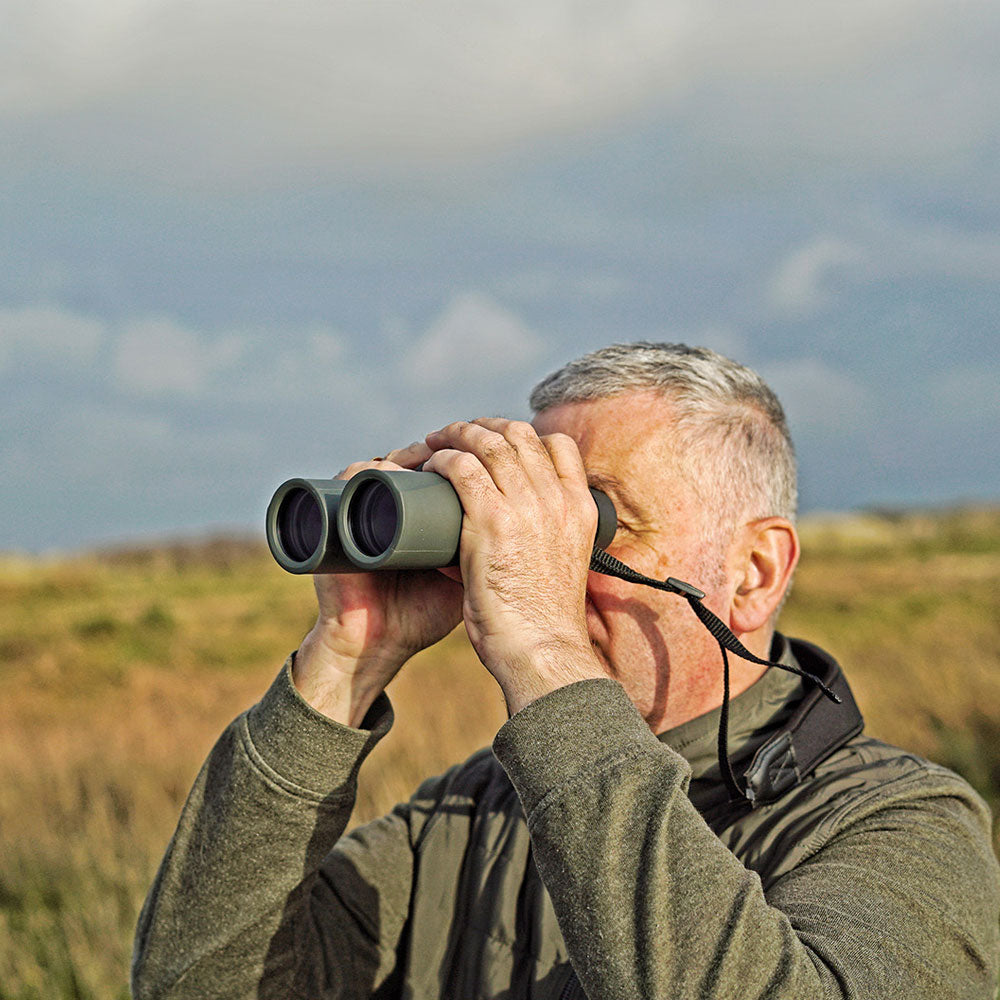
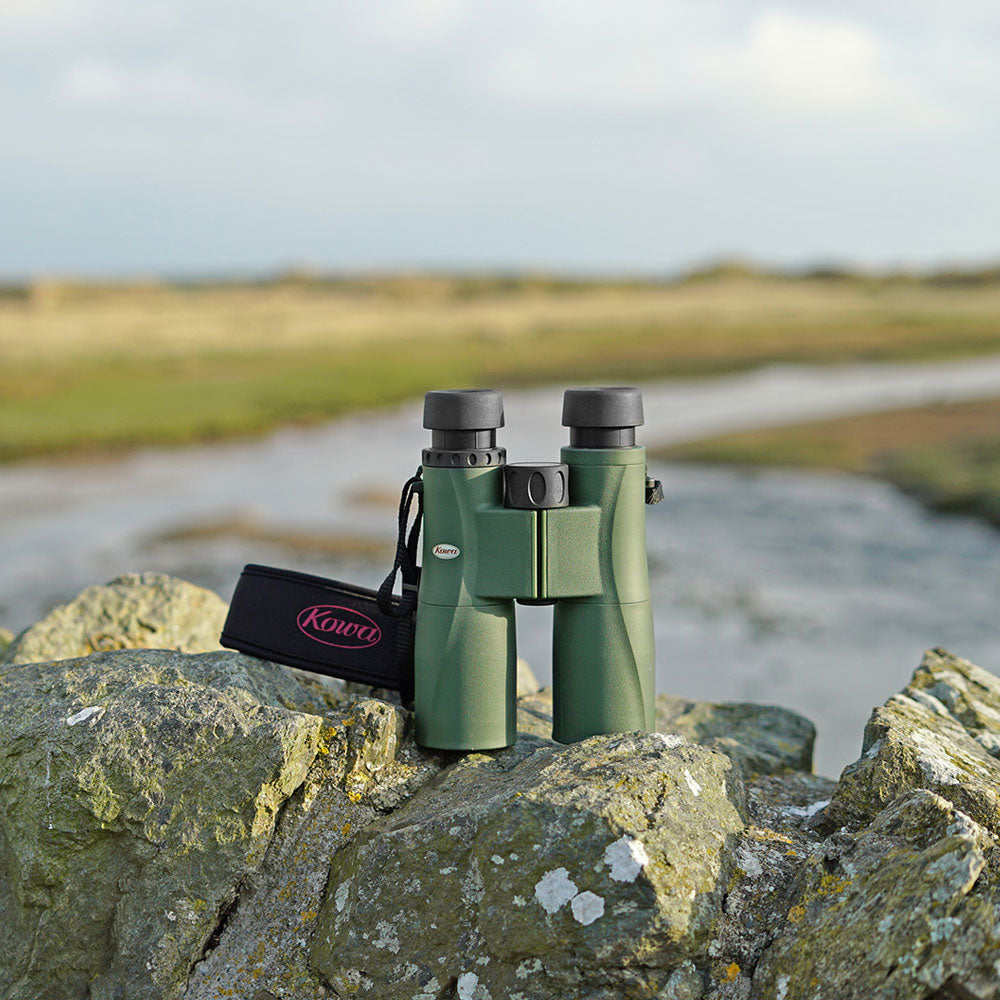
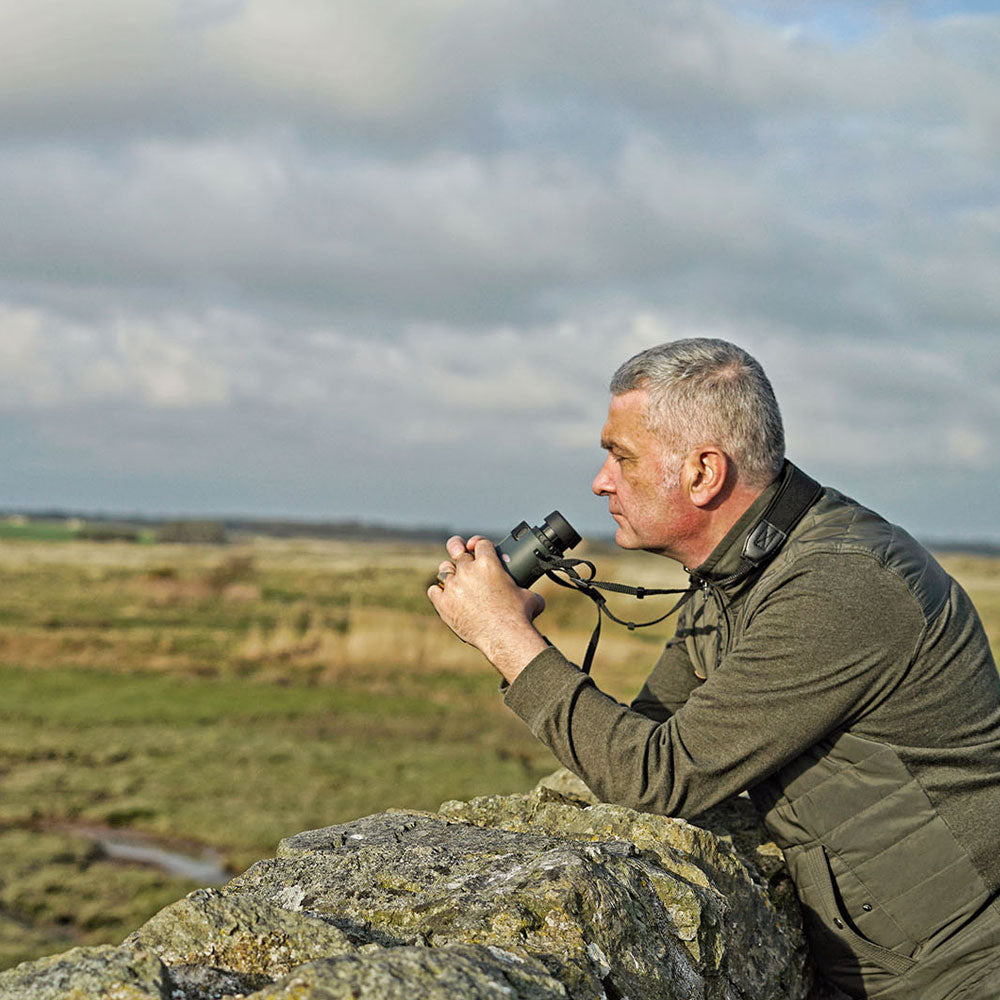

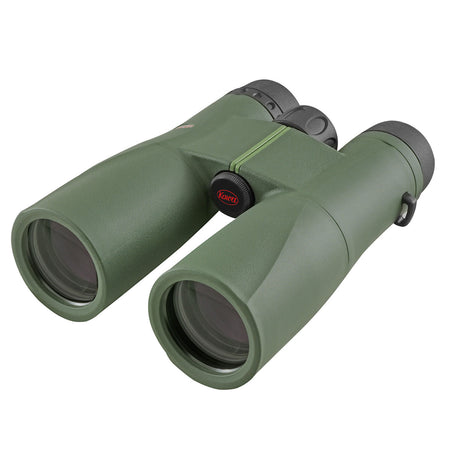
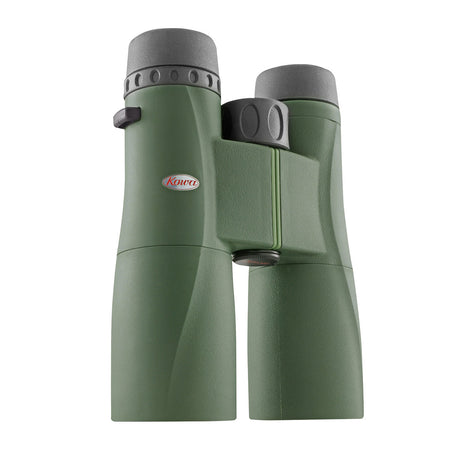
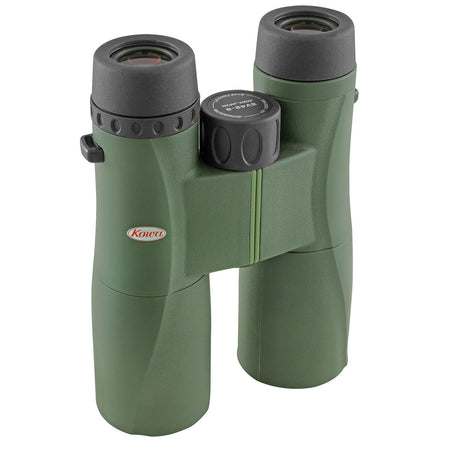
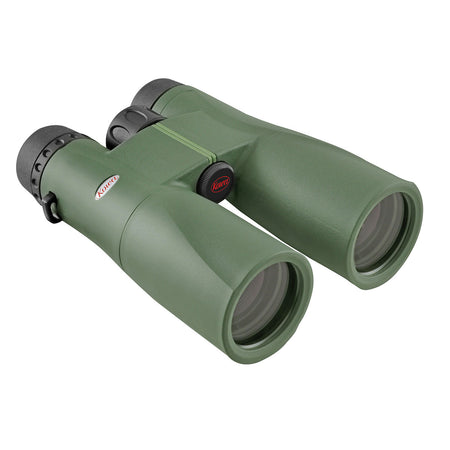

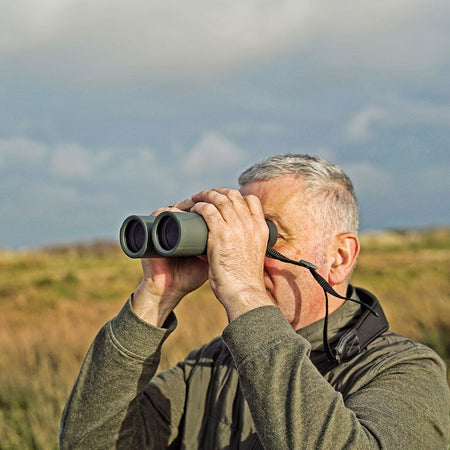
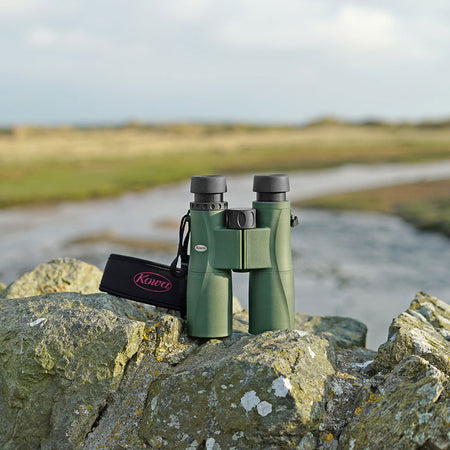
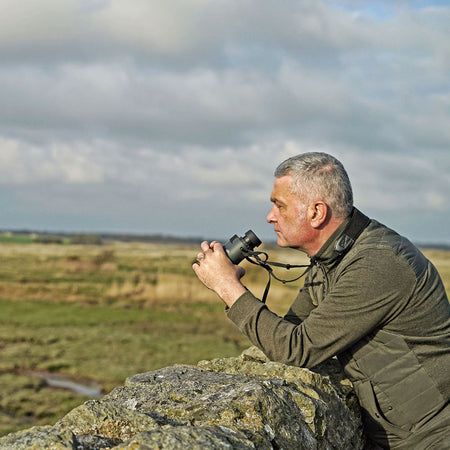
Kowa SV II 8x42 Binoculars
Regular price
£244.95
Our Verdict: Firm favourite in our testing and one of the best mid-range binoculars you can buy
- Fully waterproof and nitrogen filled
- Large central focus wheel
- High quality Japanese eco-glass
The Kowa SV II Binoculars are a testament to the Kowa’s 60+ years of optical engineering. Incredibly lightweight and equipped with KR (Kowa Repelling) lens coatings, the SVII are an ideal companion for birdwatching offering beautifully bright, crisp images and an expansive field of view. Fully waterproof and nitrogen filled, these binoculars are built to last and can stand up to anything our British weather can throw at them. All in all, the Kowa SVII 8x42 strikes the perfect balance between high performance and affordability.


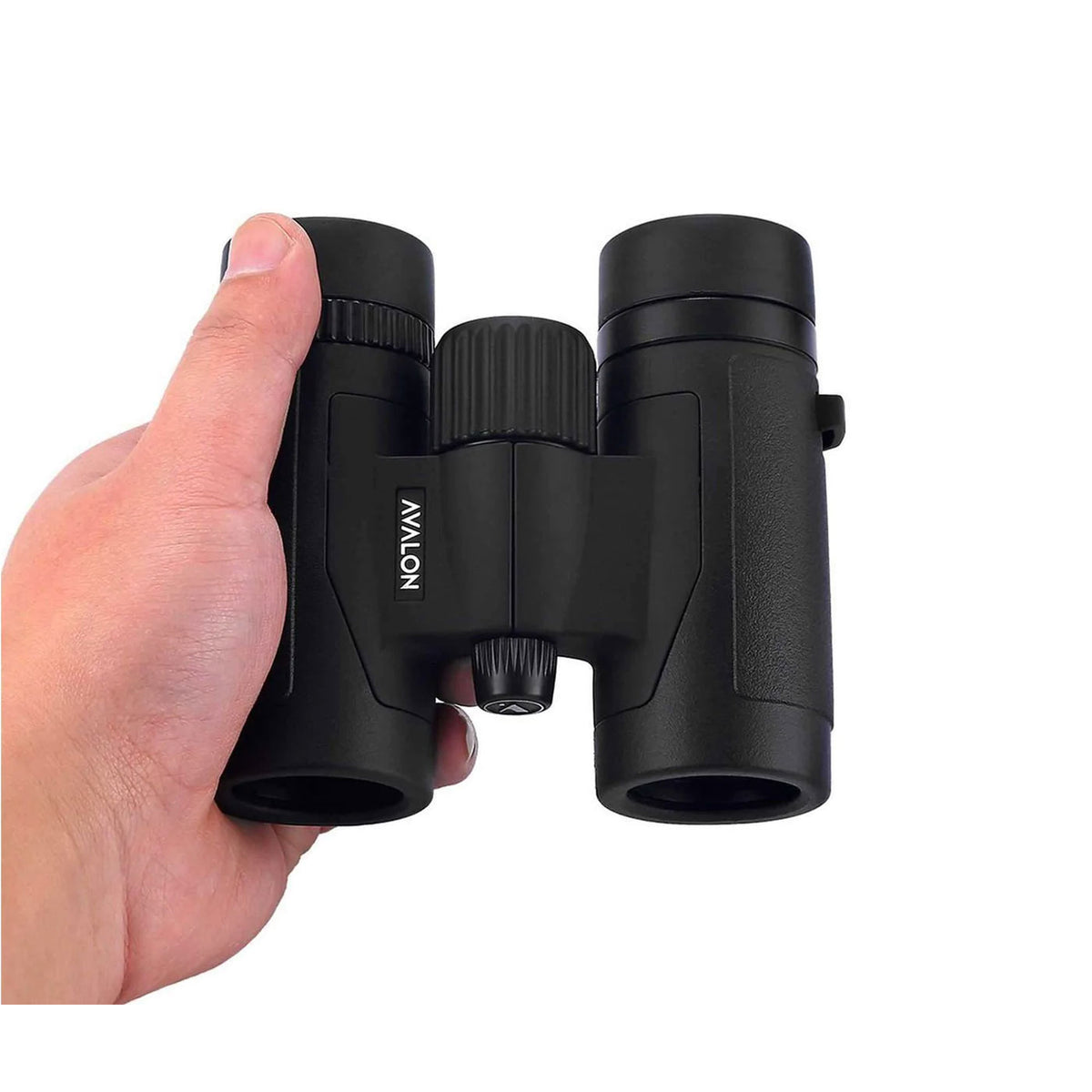
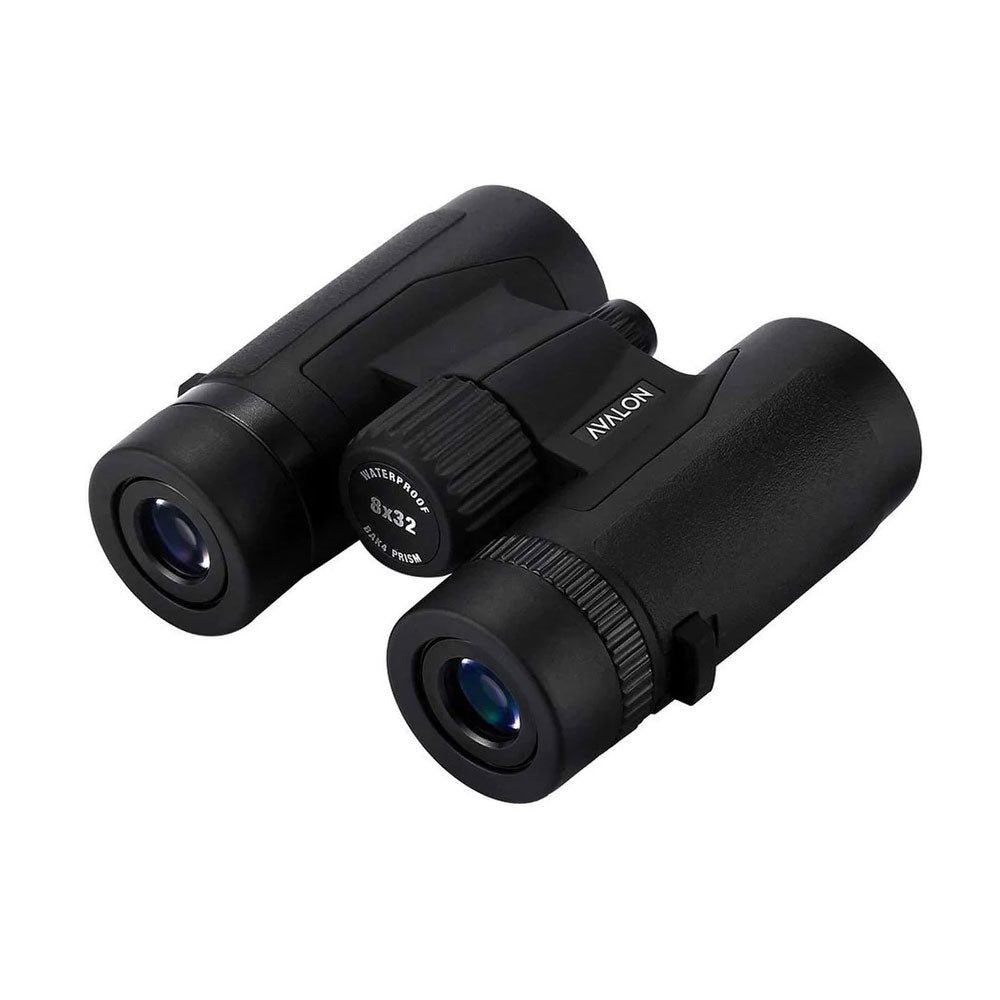
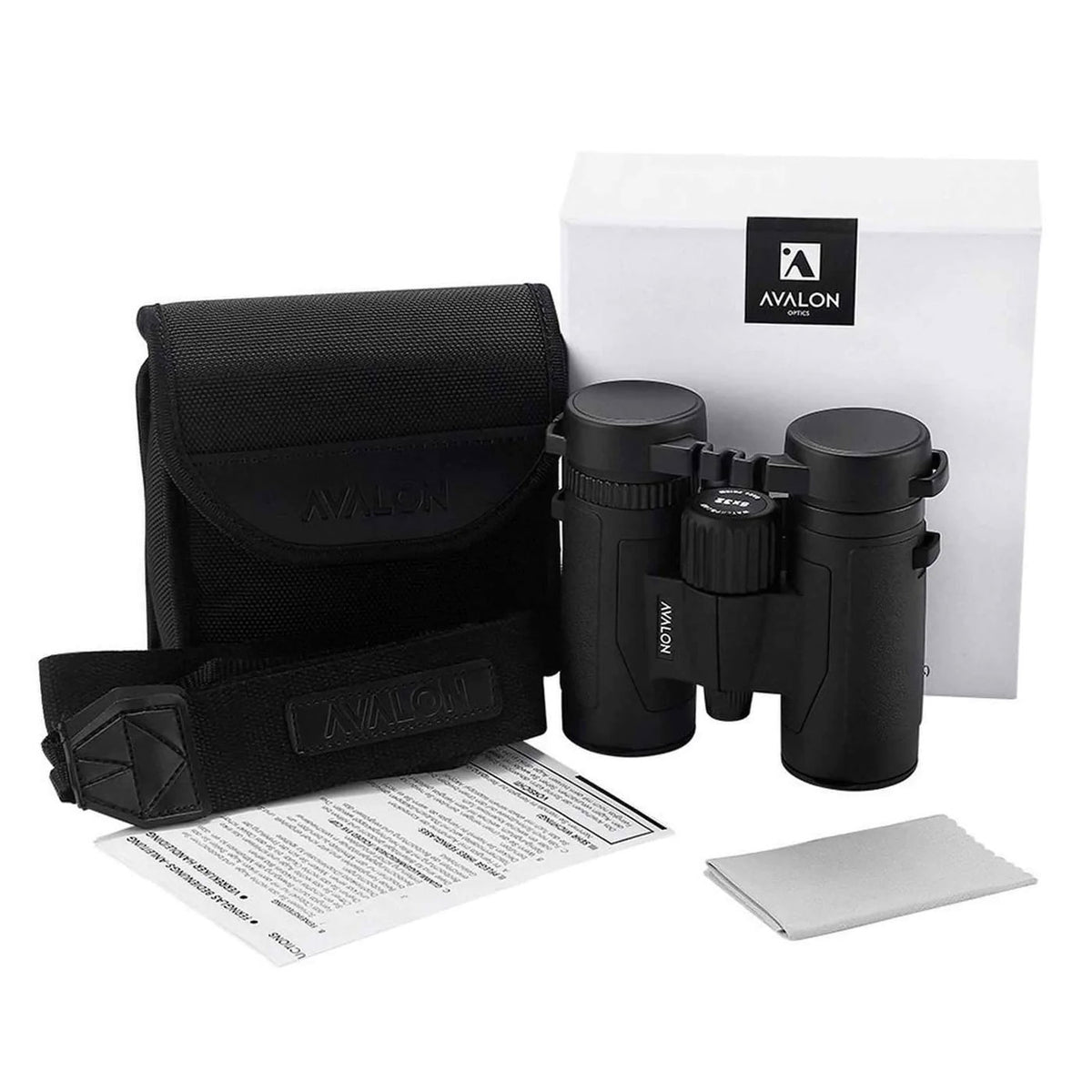
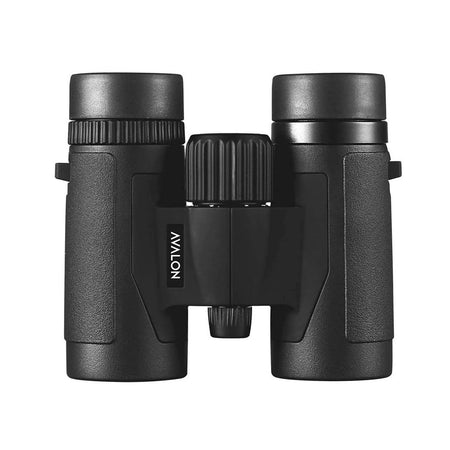
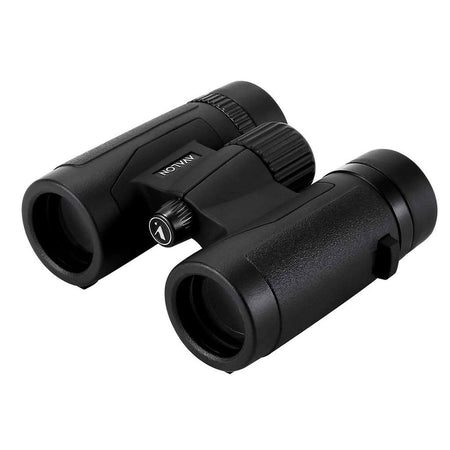
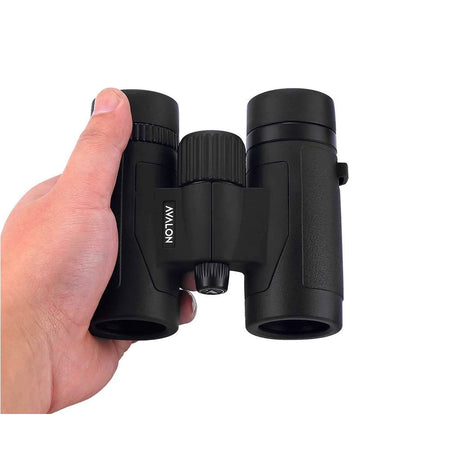
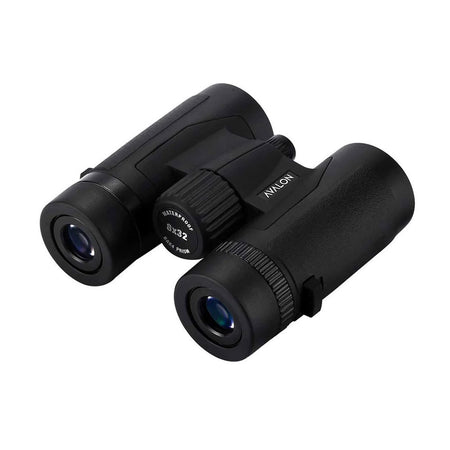
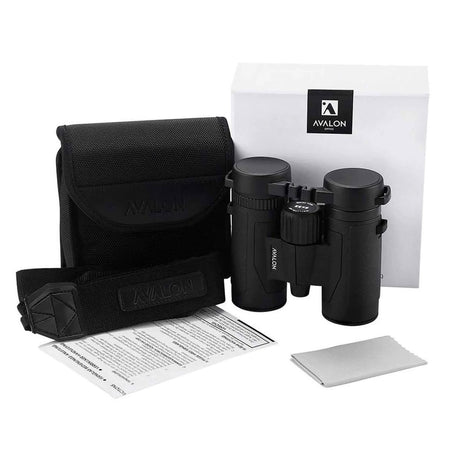
Avalon 8x32 MINI HD Binoculars (Black)
Regular price
£129.95
Regular price
£154.95
Sale price
£129.95
Our Verdict: All in all a really excellent pair of compact binoculars
- Fully Multicoated Optics
- 100% Waterproof & Fog-proof, Nitrogen Filled
- BAK-4 Prisms
A versatile and high-quality pair of compact binoculars, the Avalon Mini HD boast 8x magnification and 32mm objective lens so are a solid choice if you'd prefer something smaller than full-size bins that still handles low-light well. Avalon have done well to keep the size and weight of the Mini HD down - at well under 500g they are far lighter than a pair of full-size binoculars and comparable with some of the other compact binoculars. They are nitrogen-filled so 100% waterproof and fog proof and equipped with high-quality BAK-4 prisms. The optical quality seriously impressed us and handled lower light conditions exceptionally well. All in all a really excellent pair of compact binoculars!





